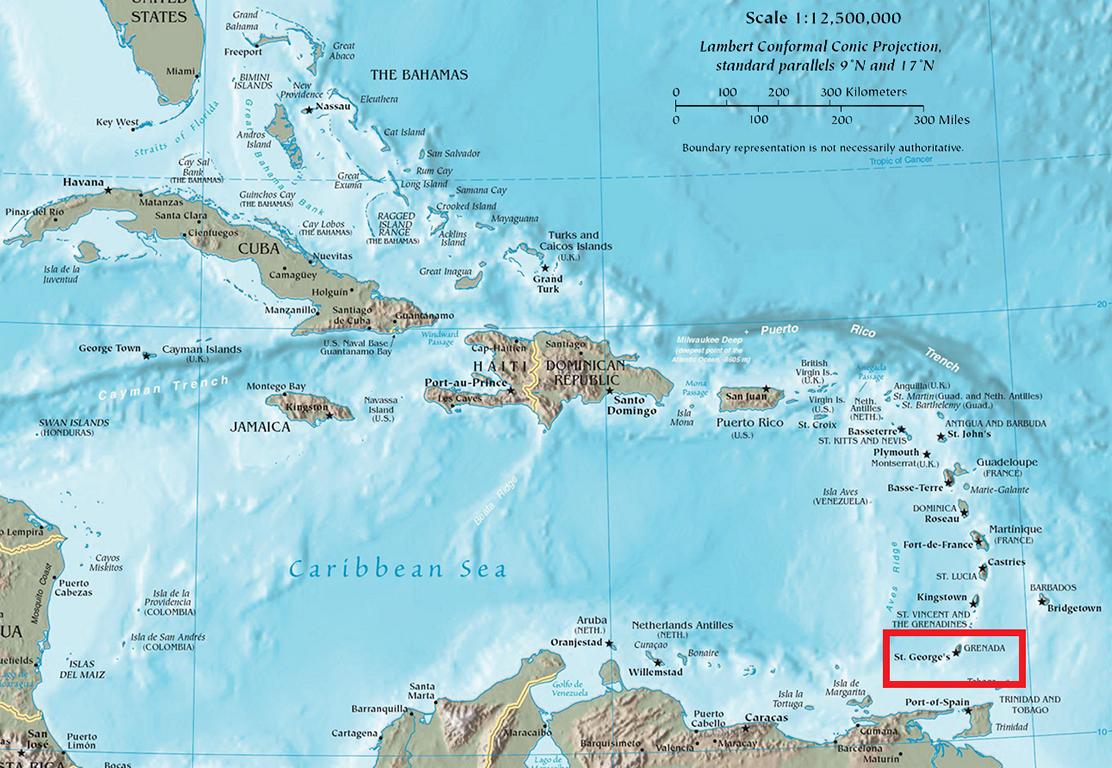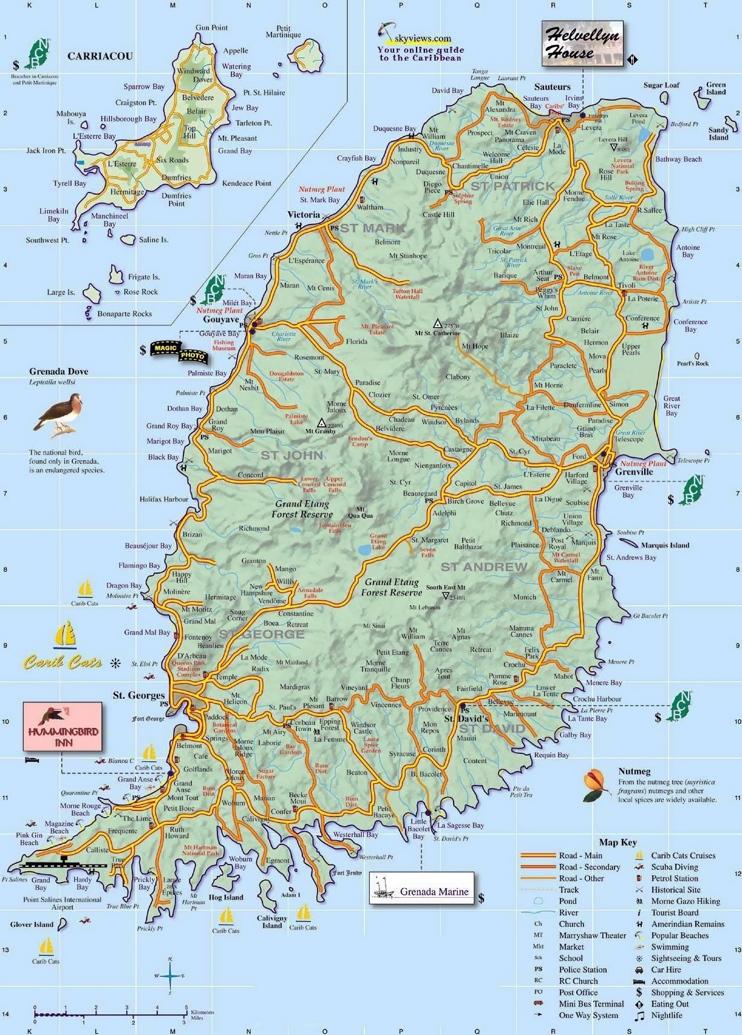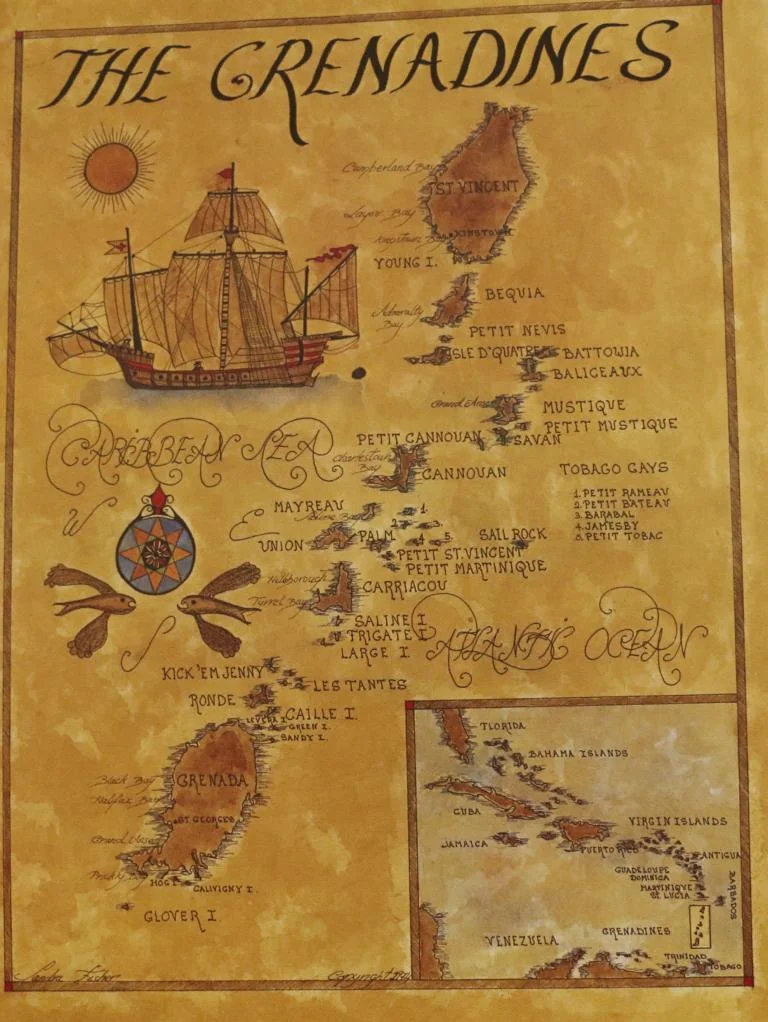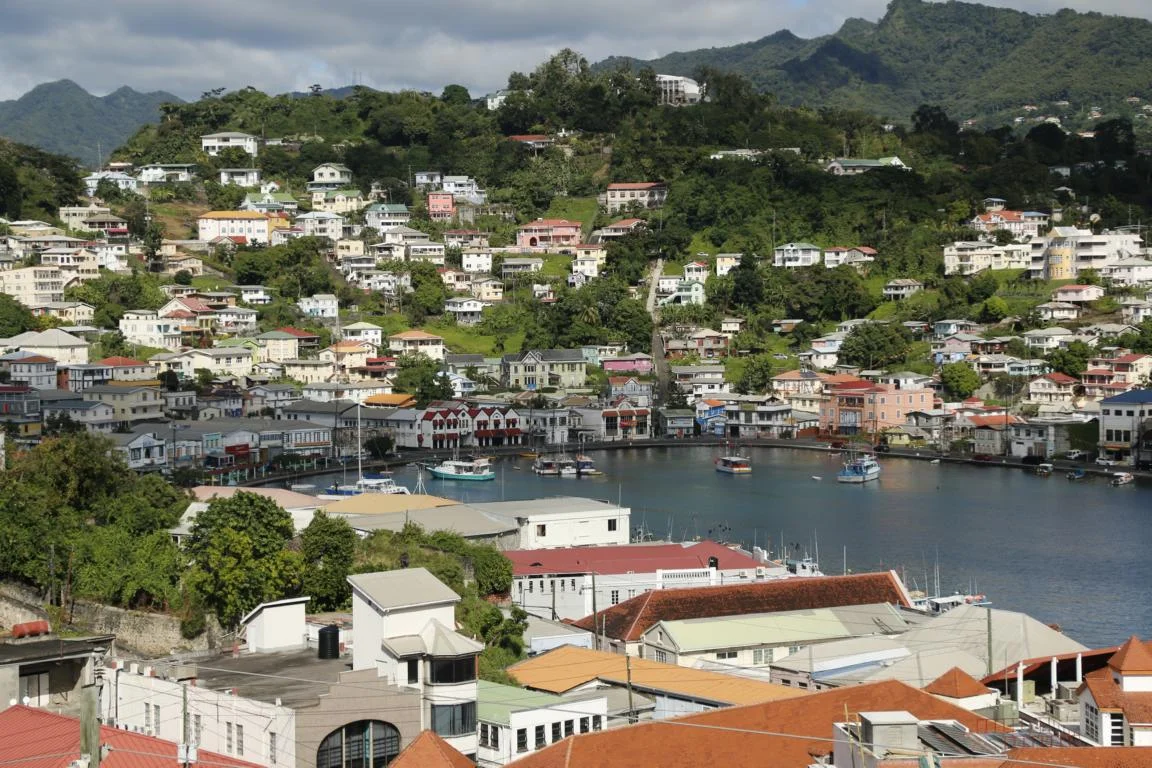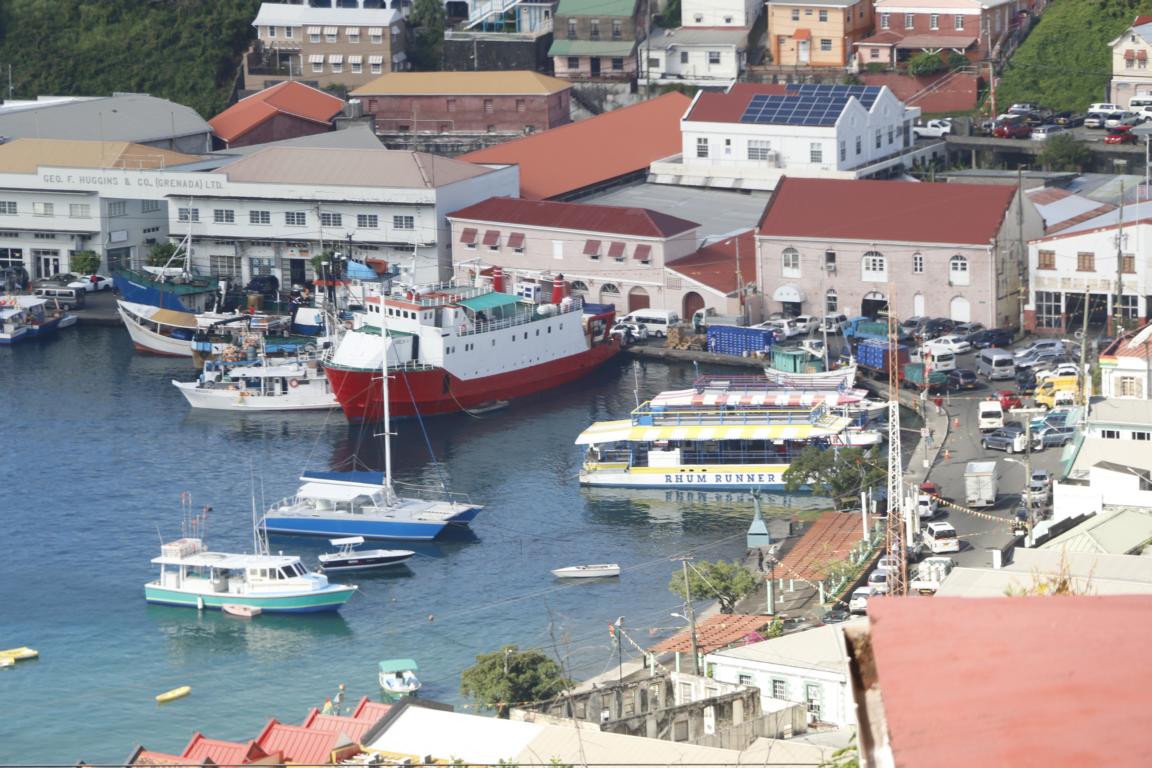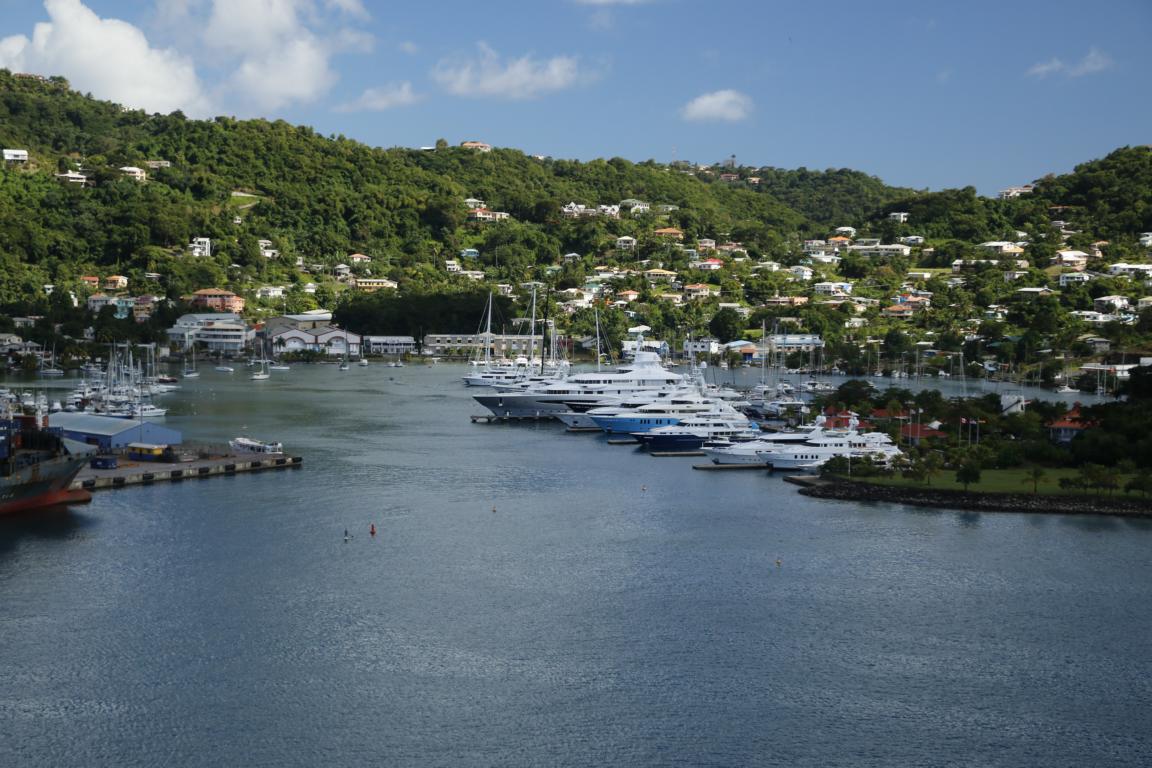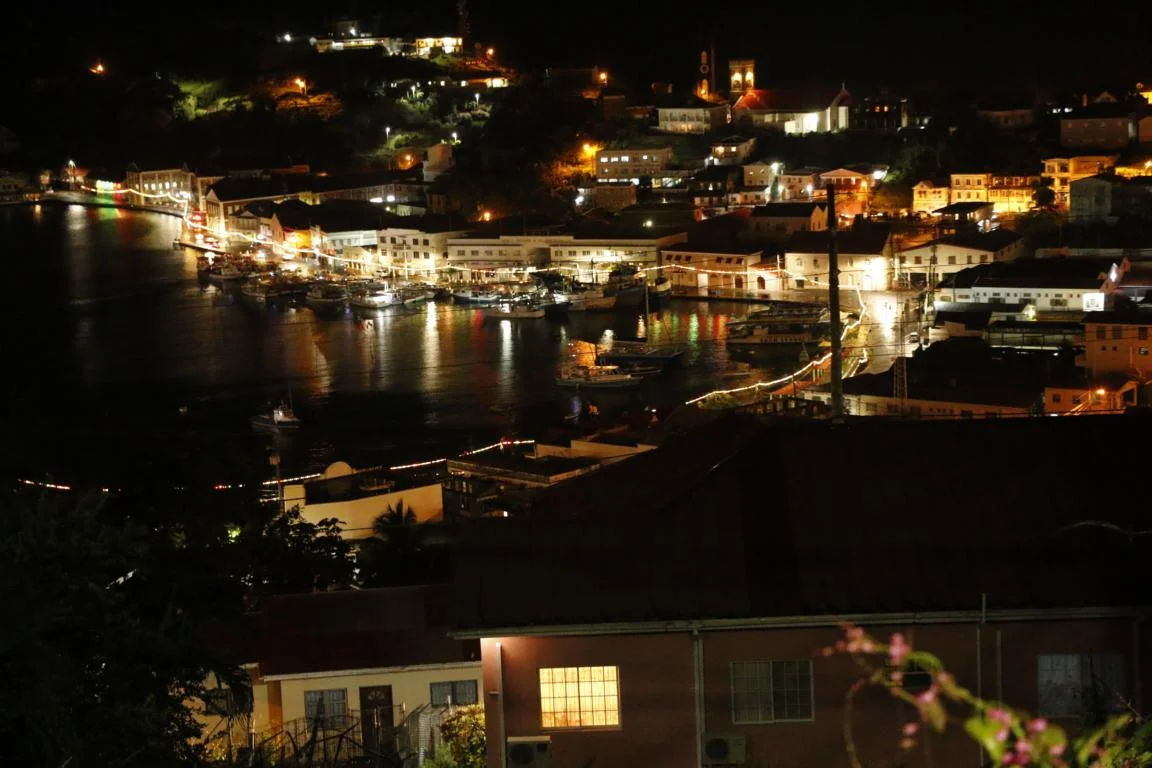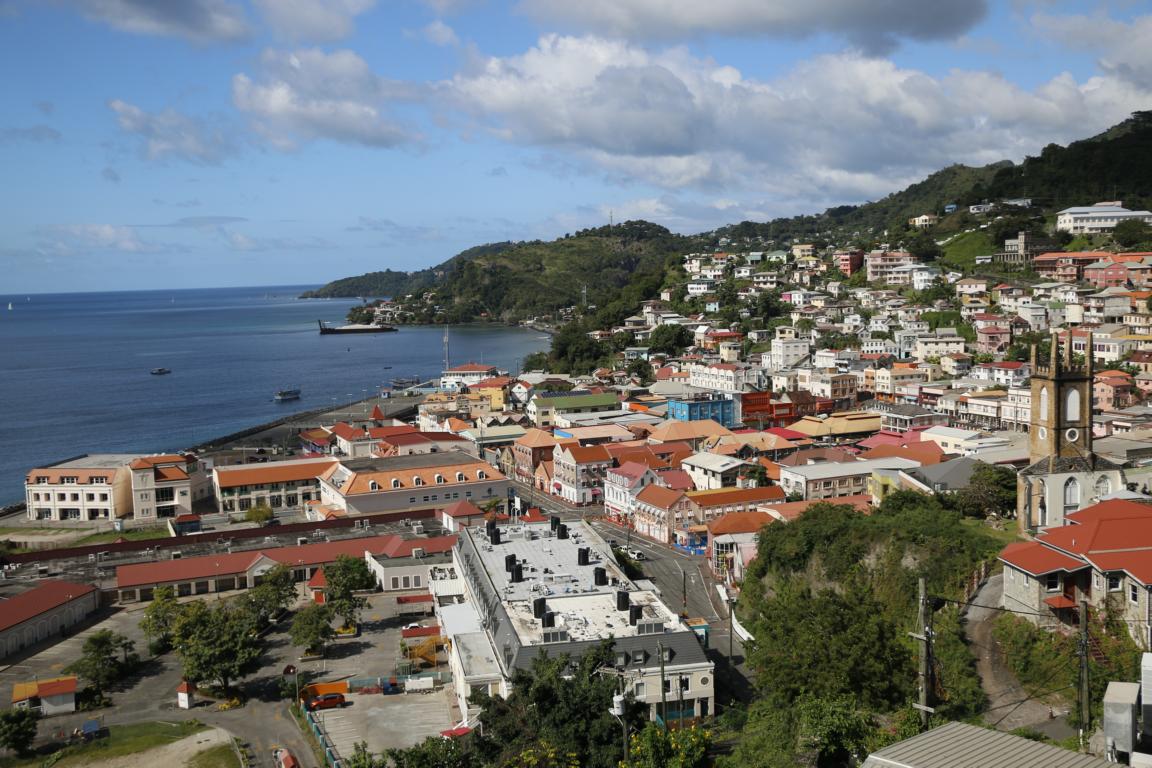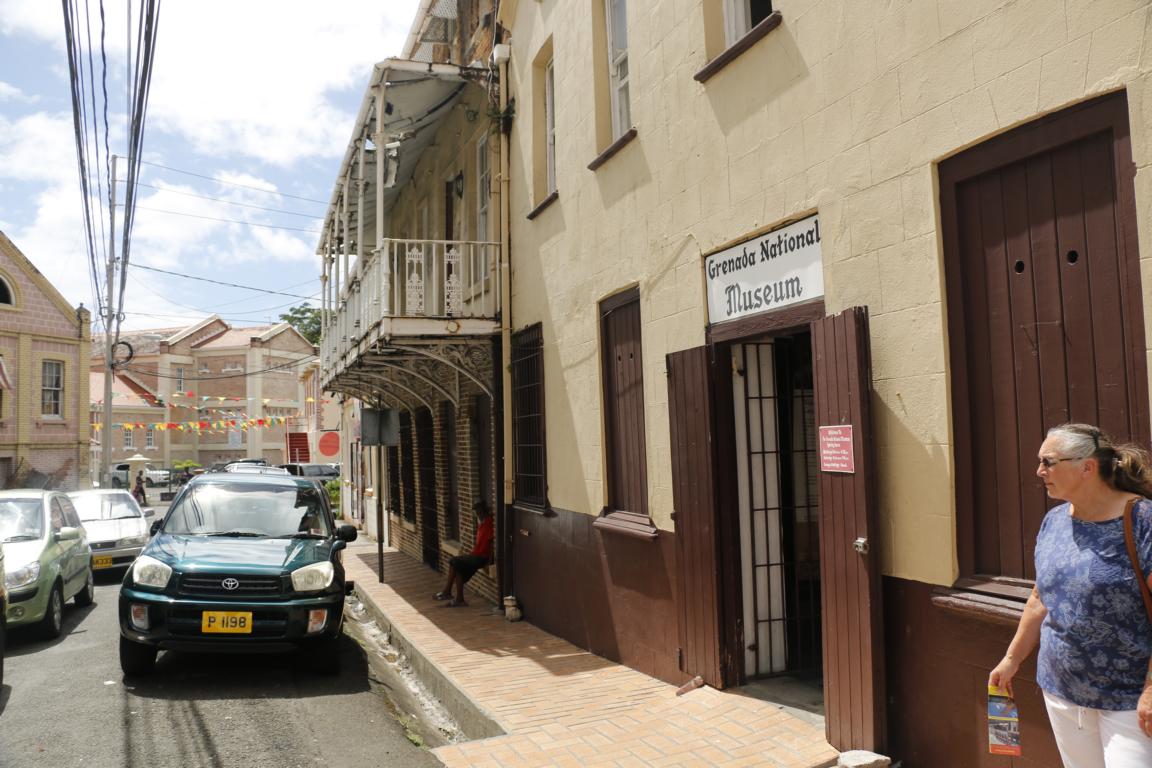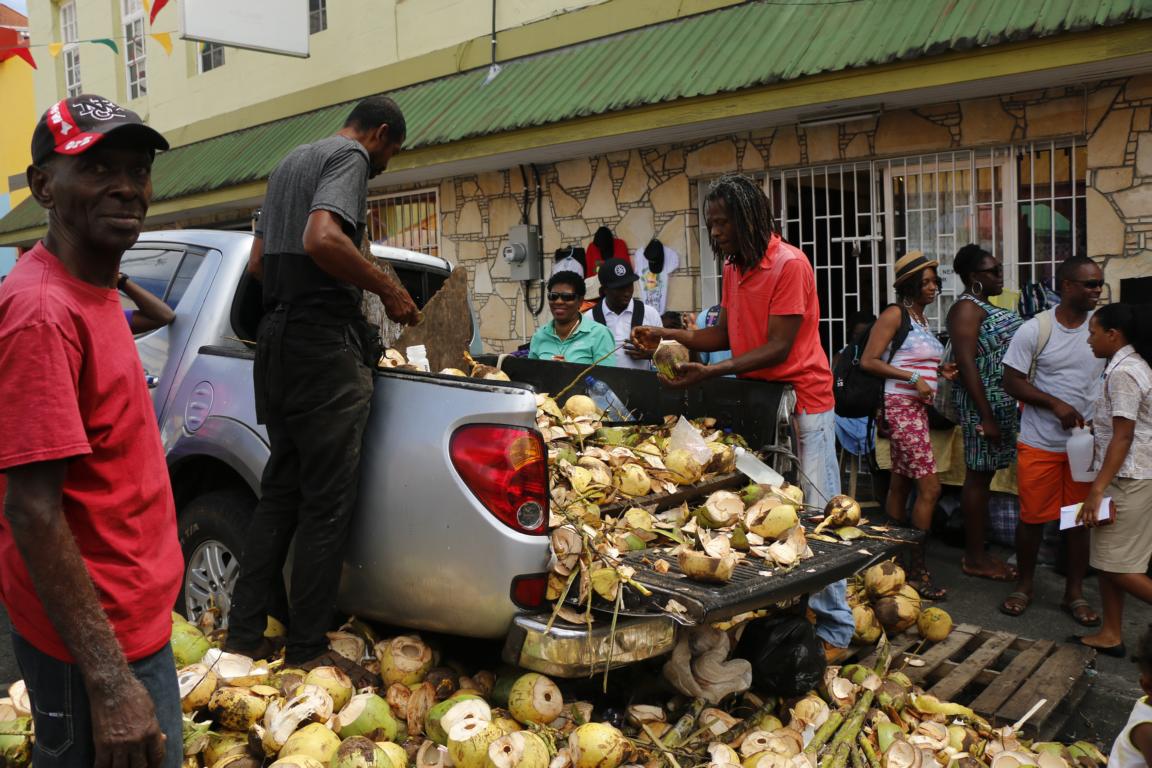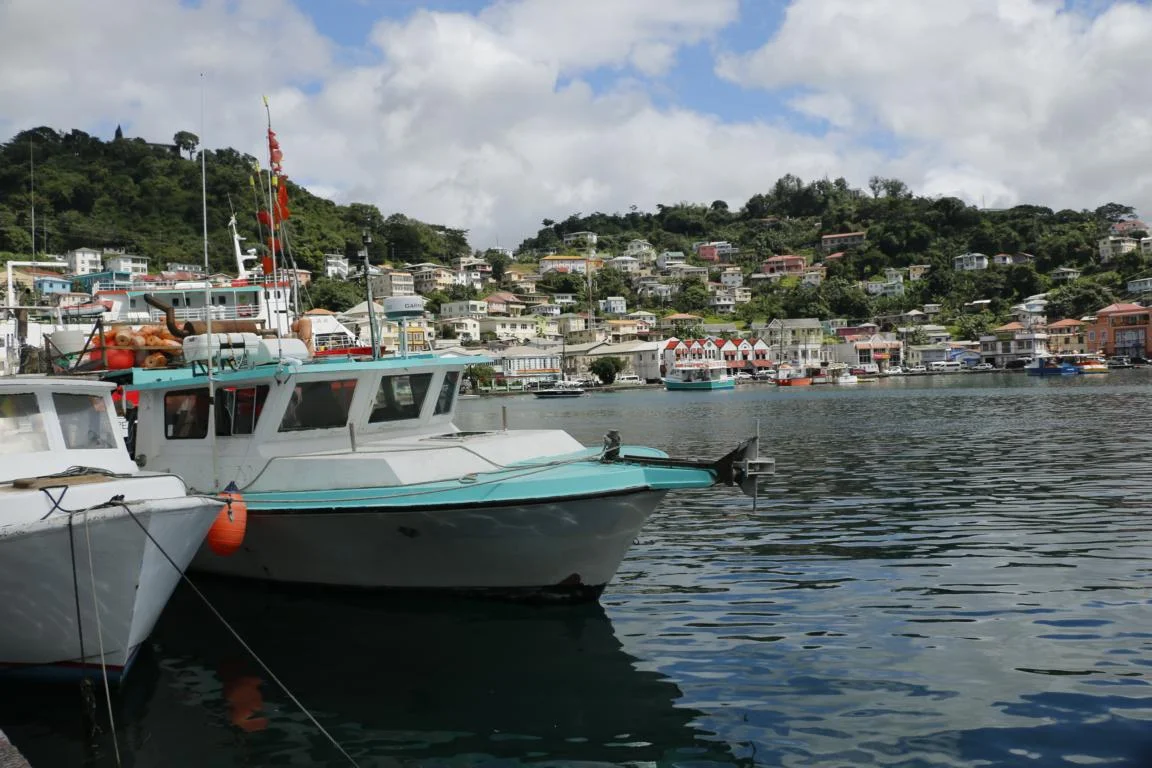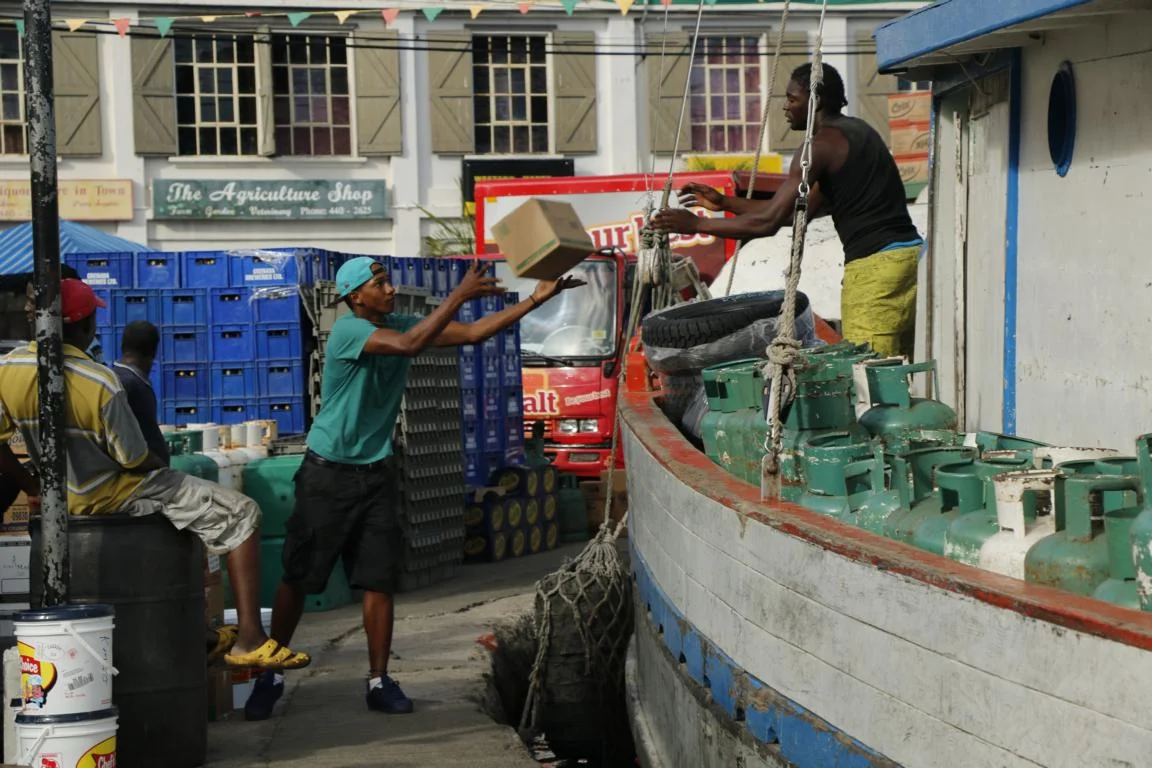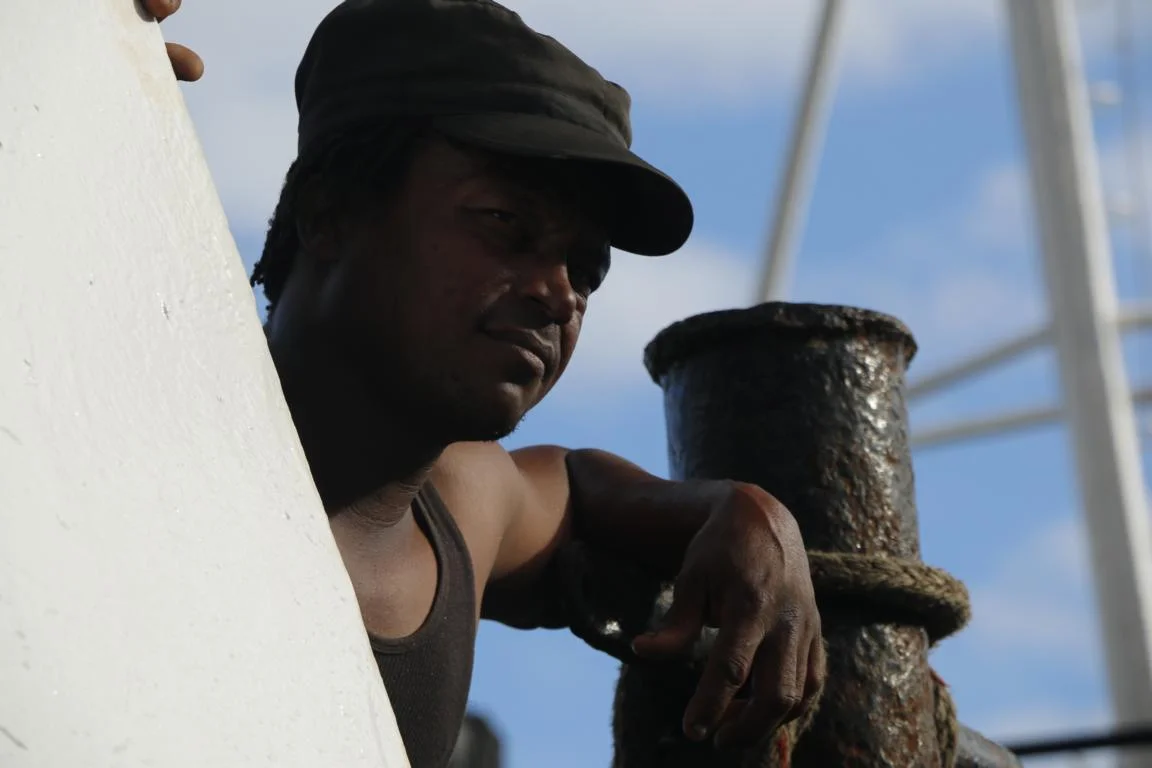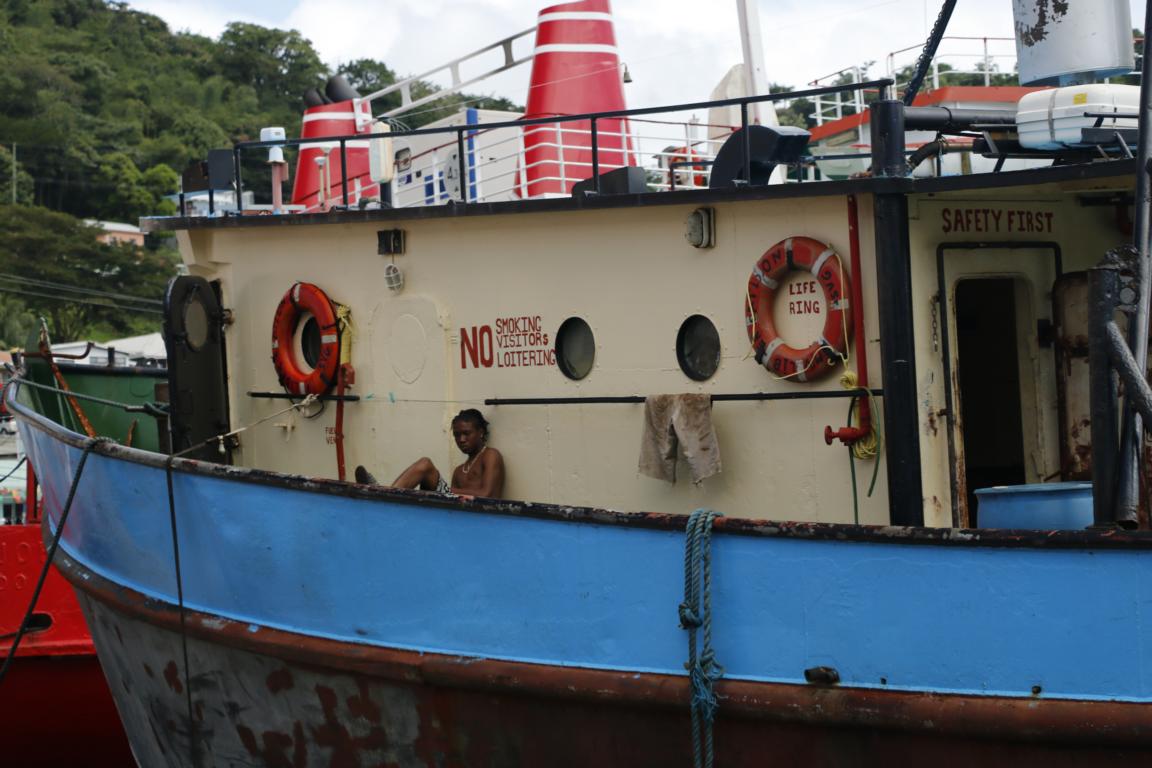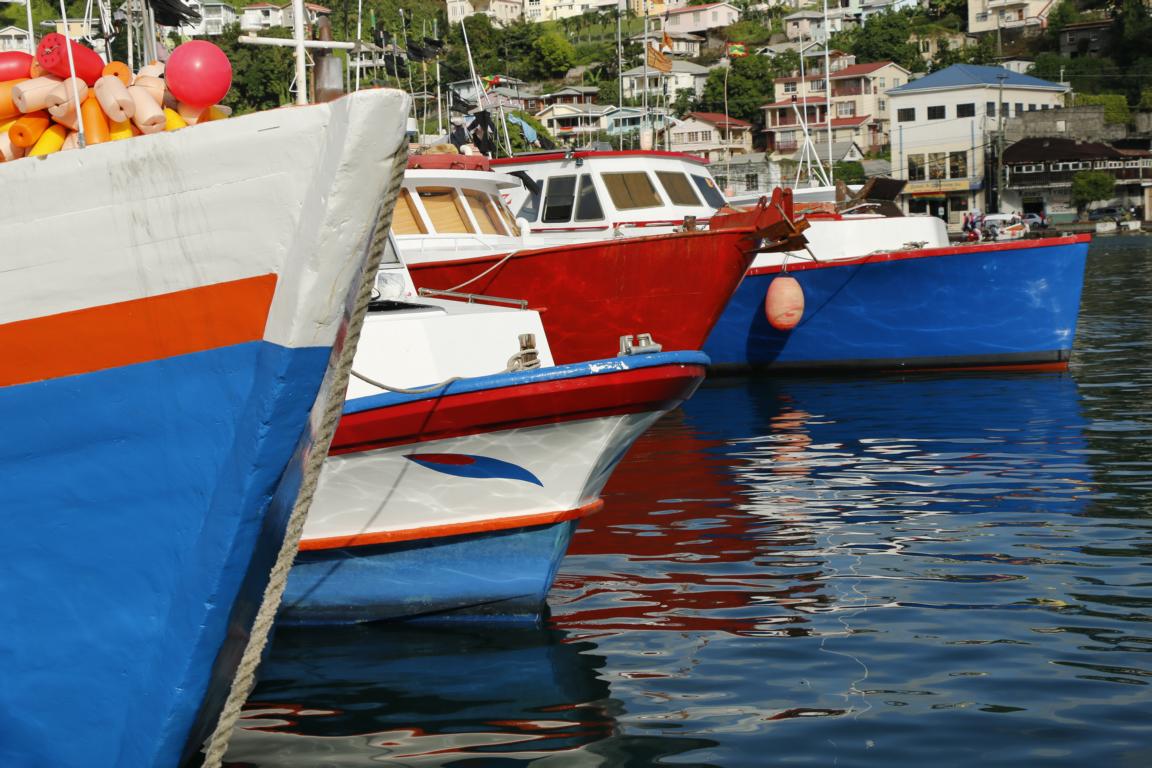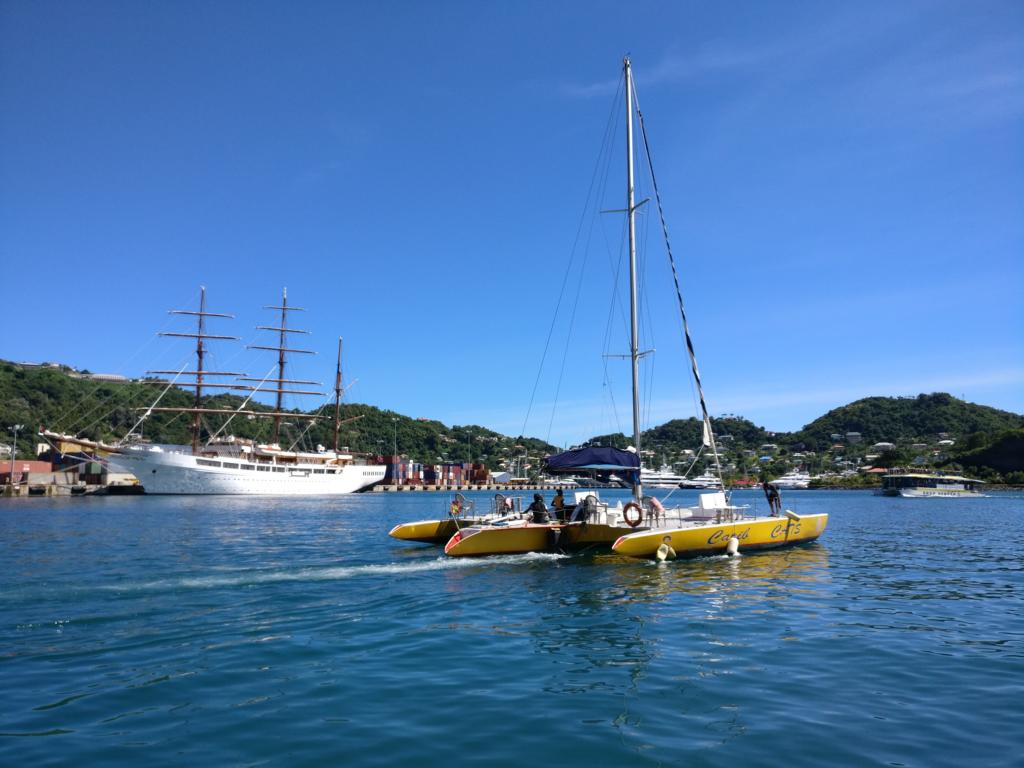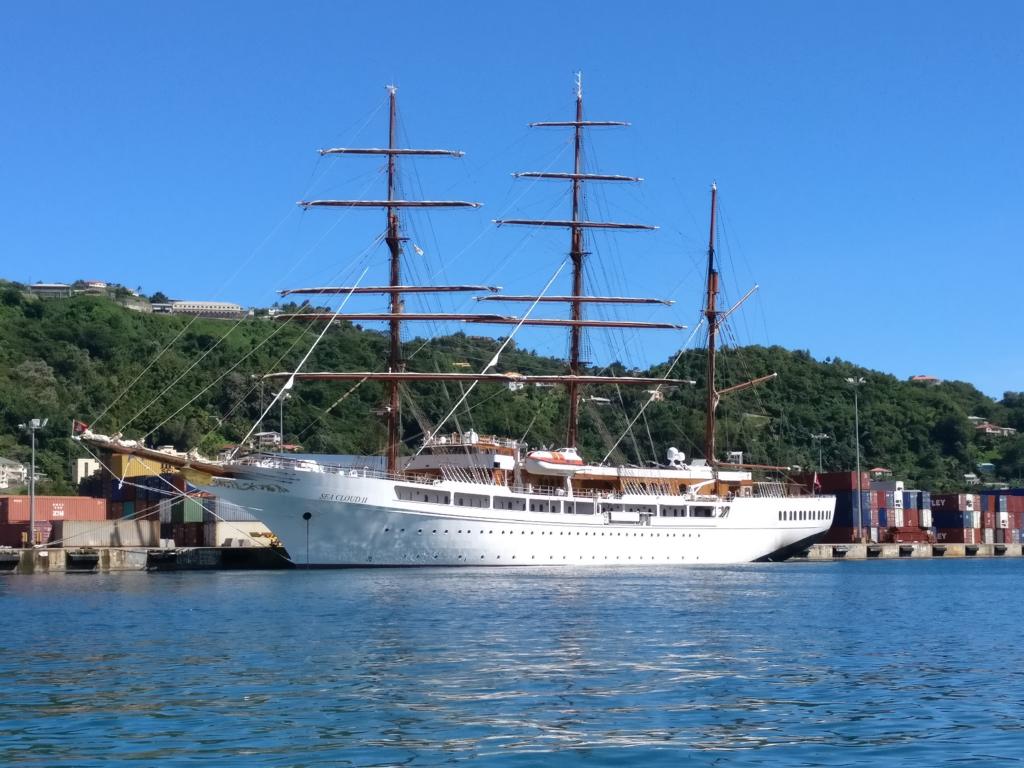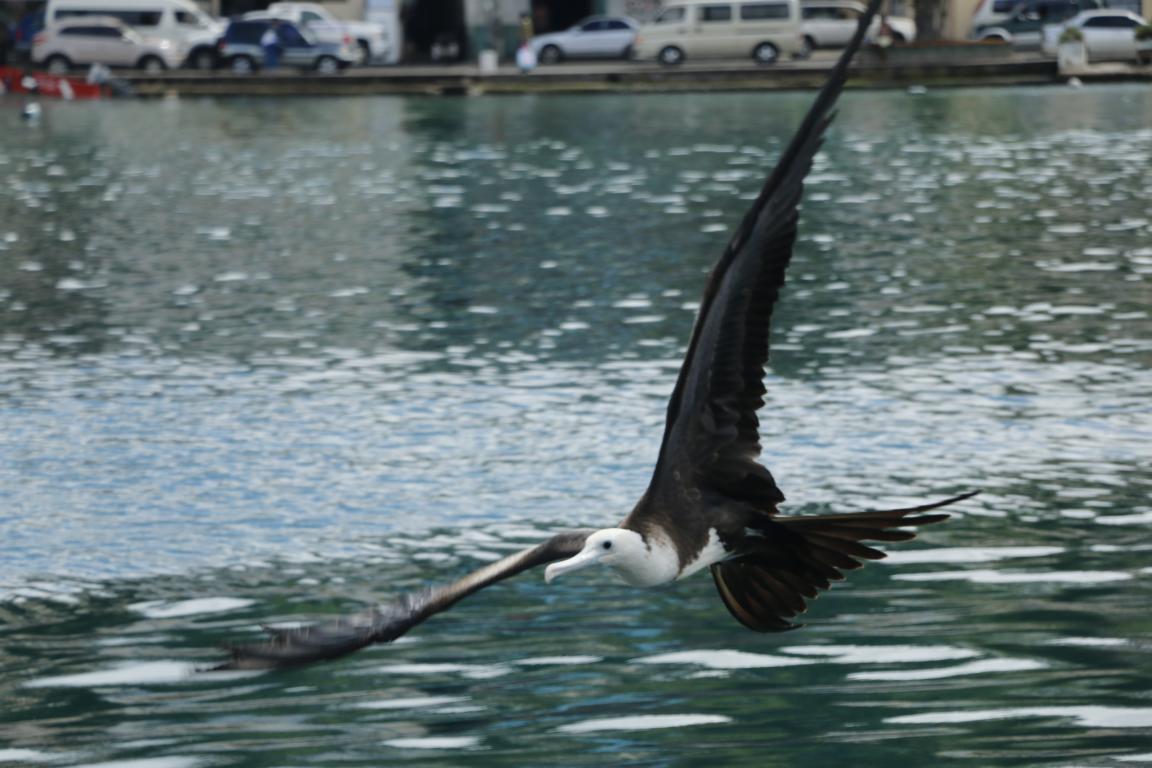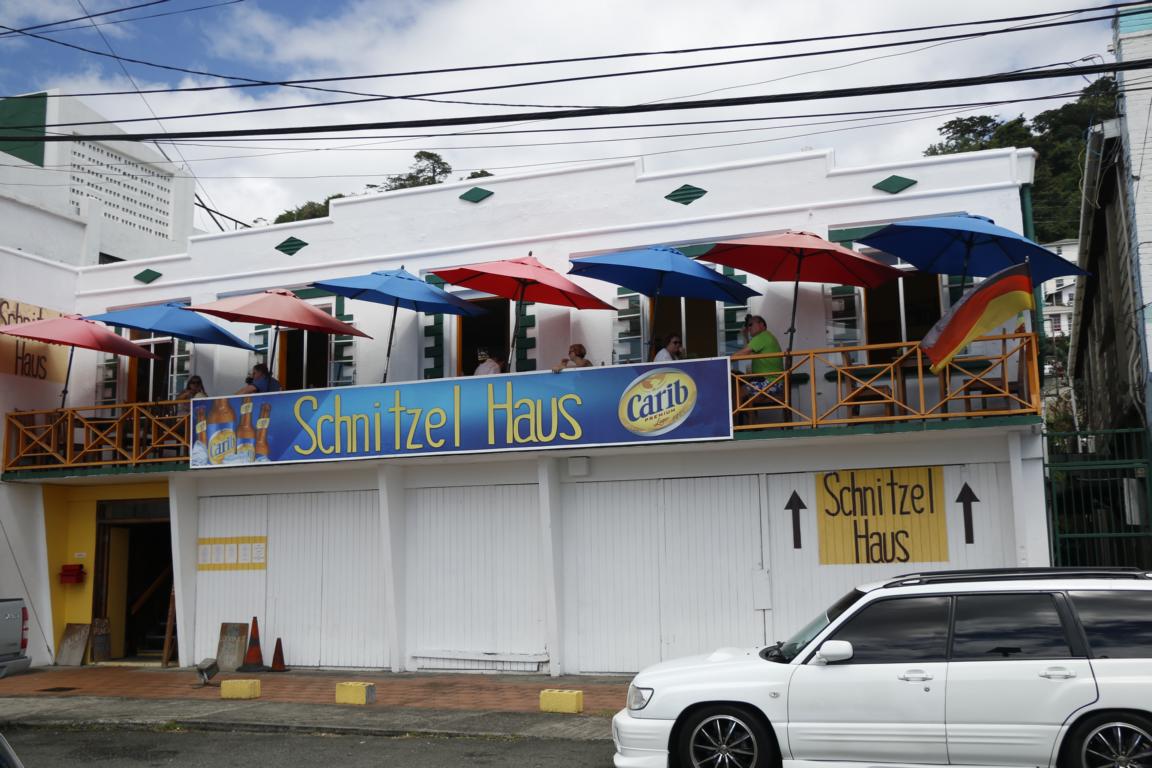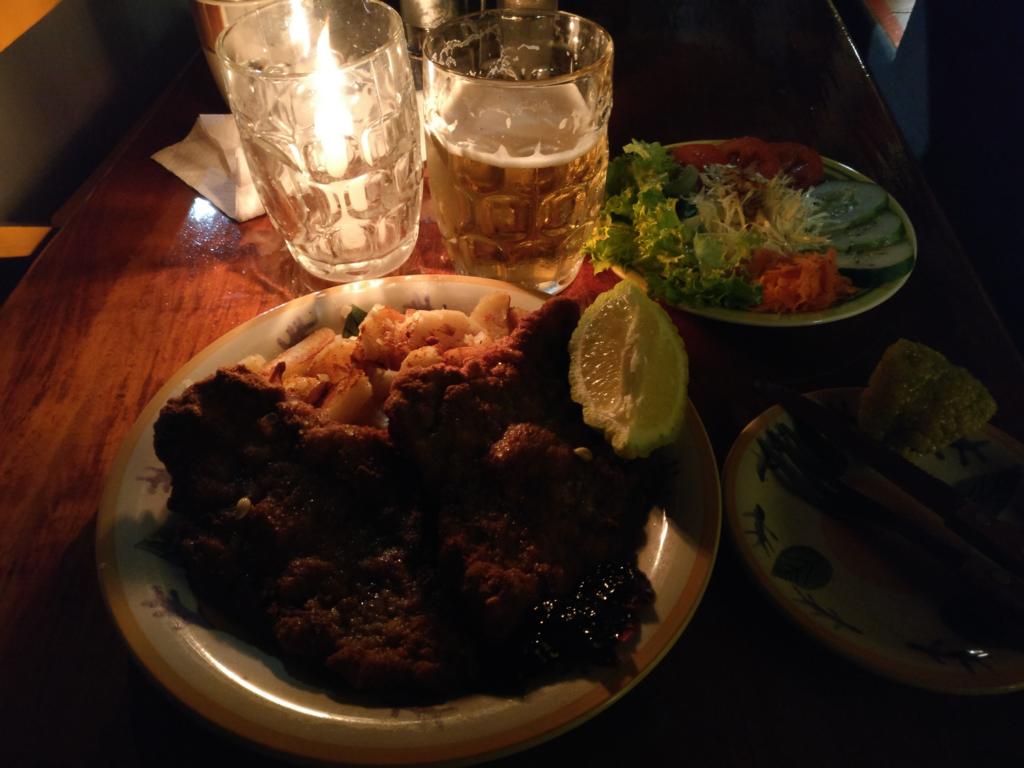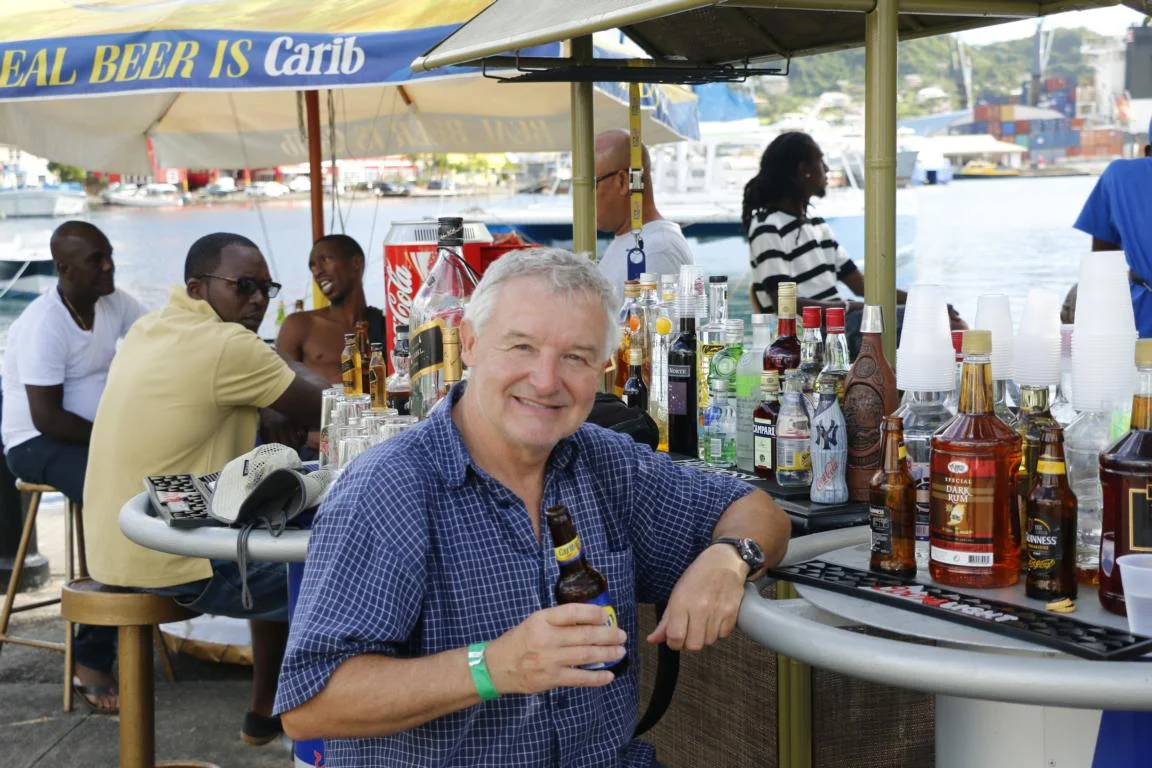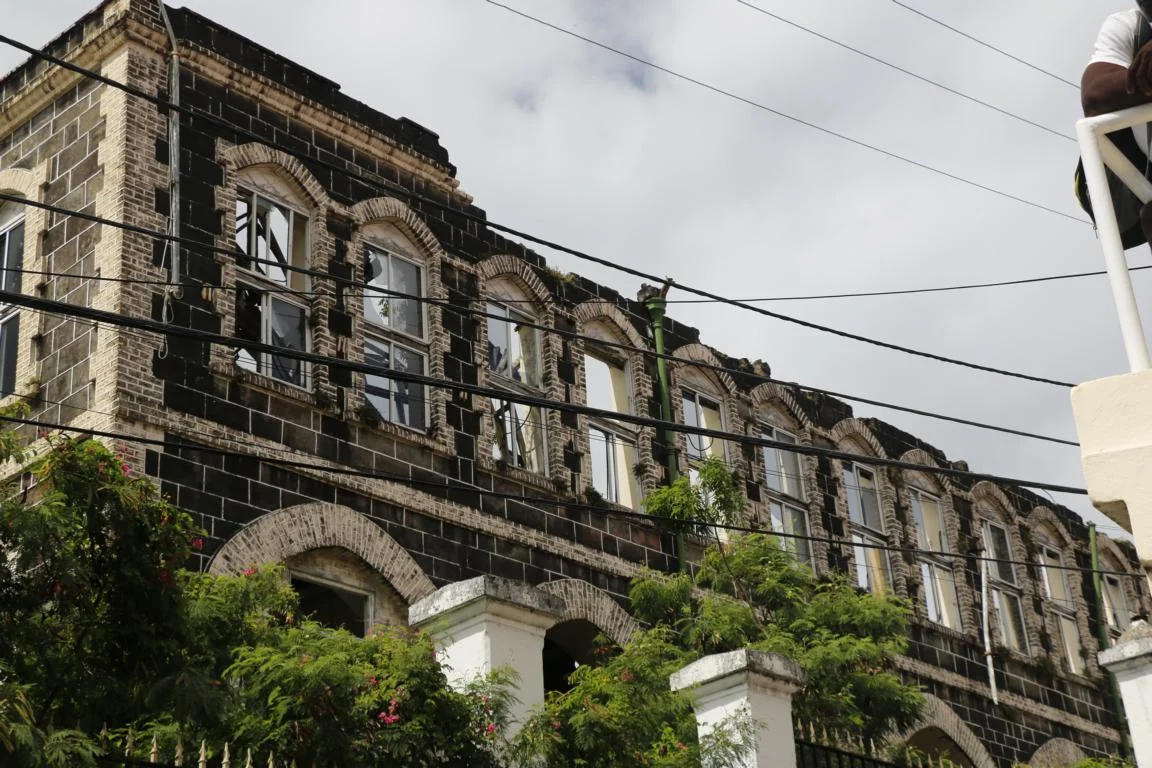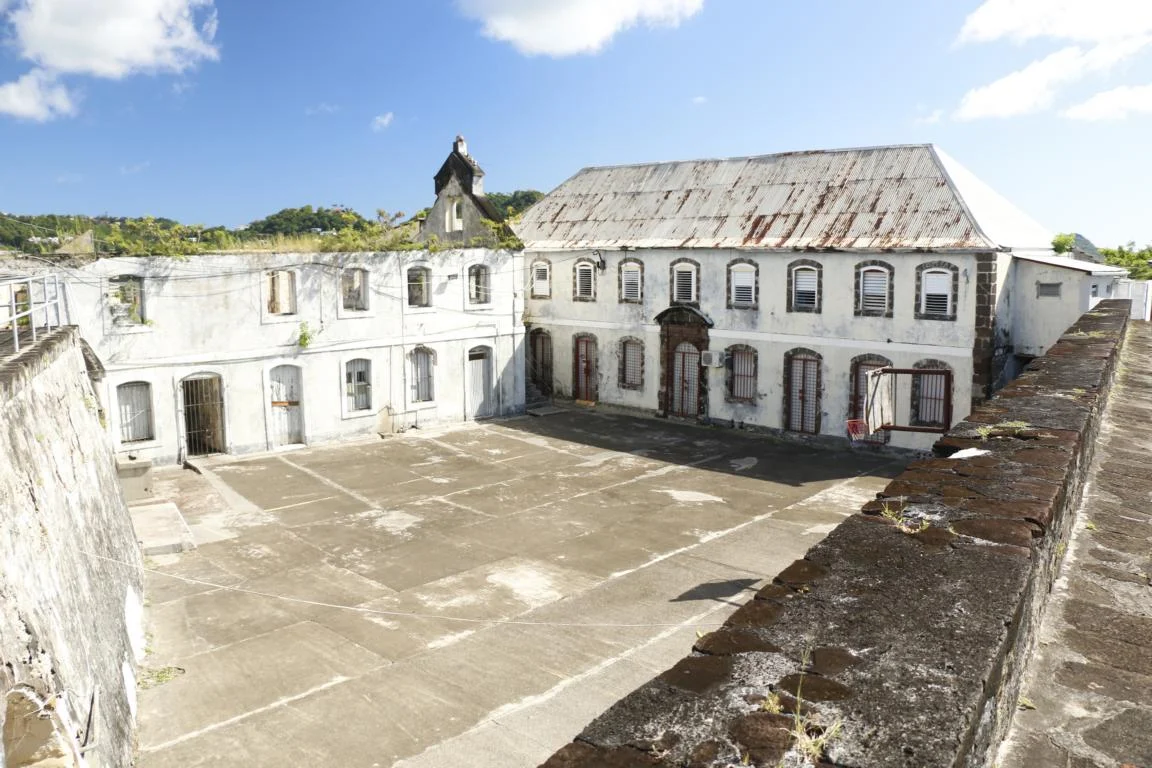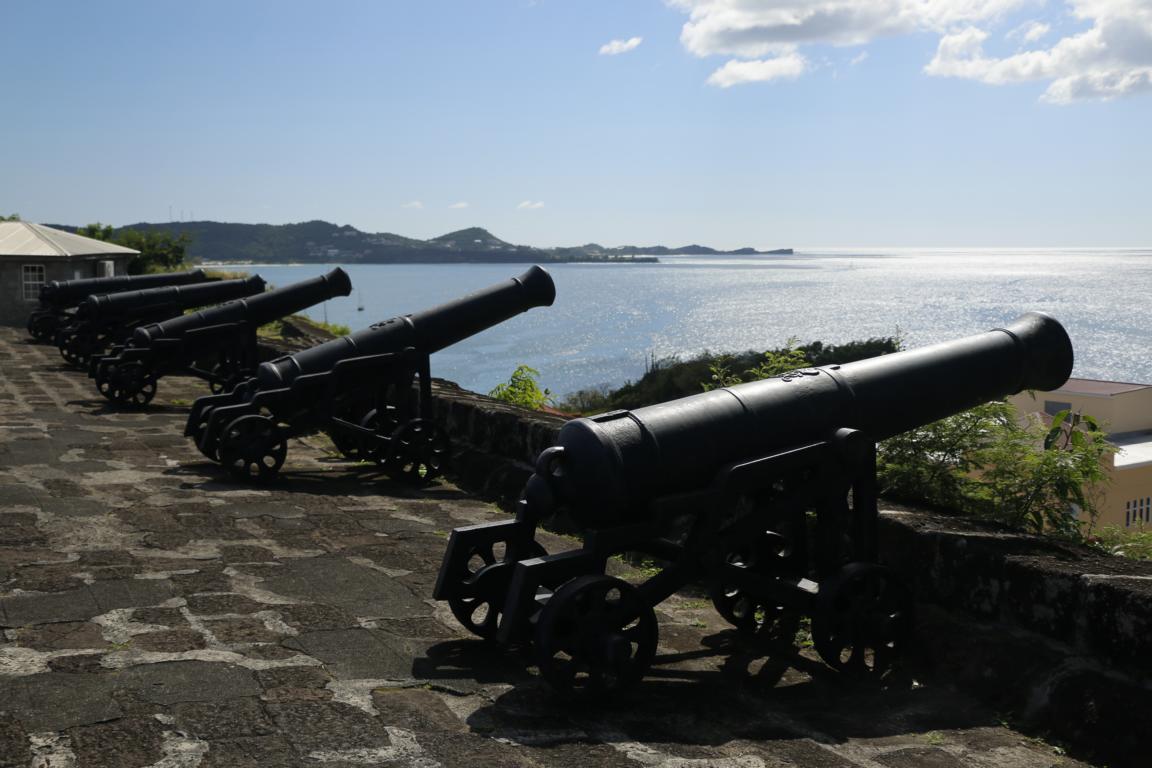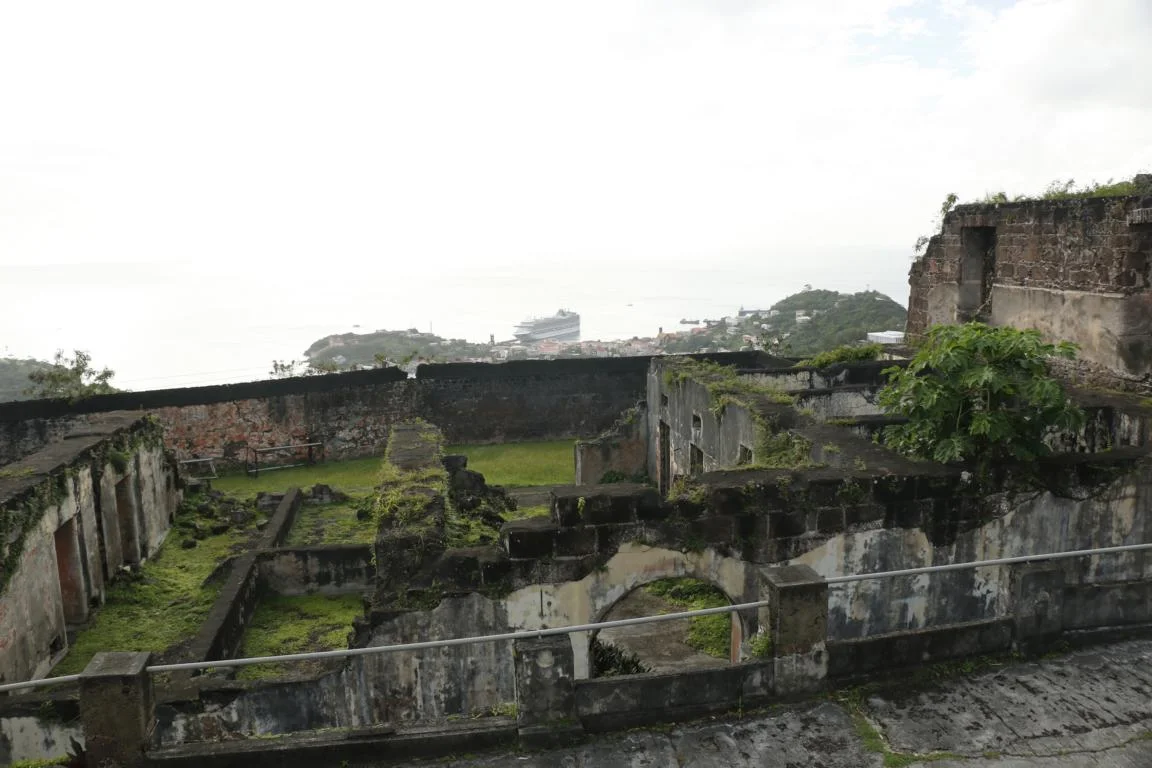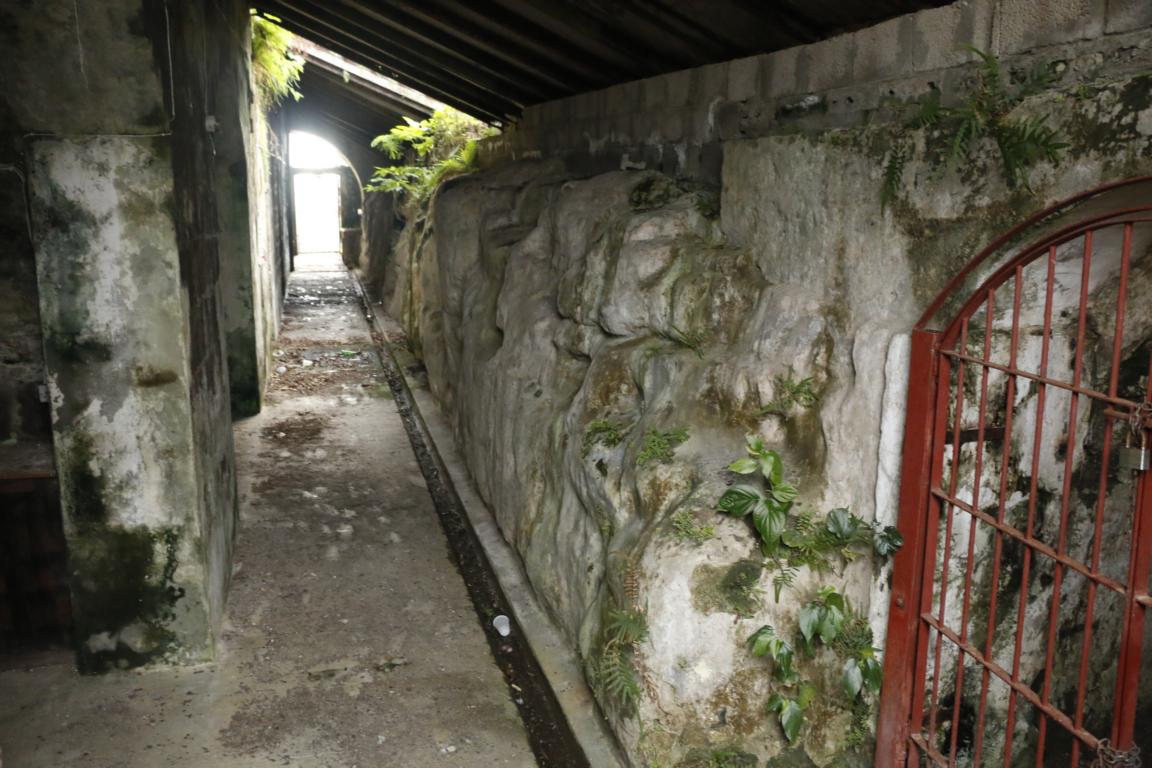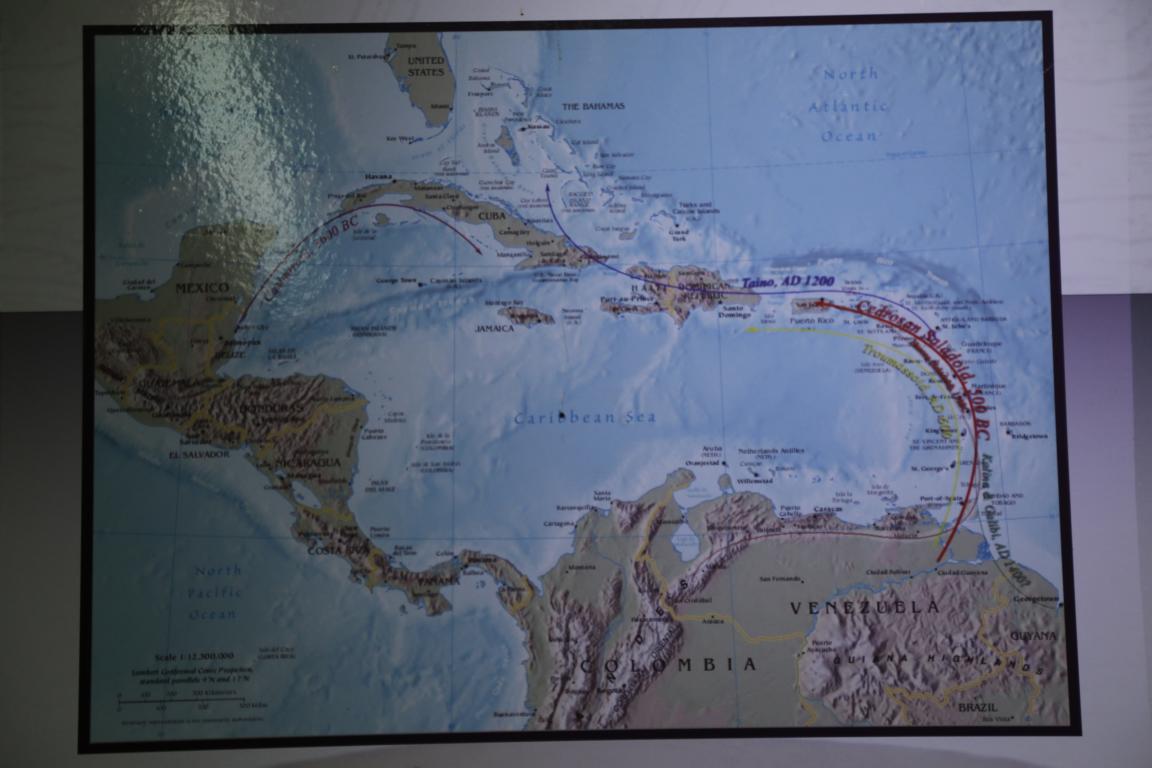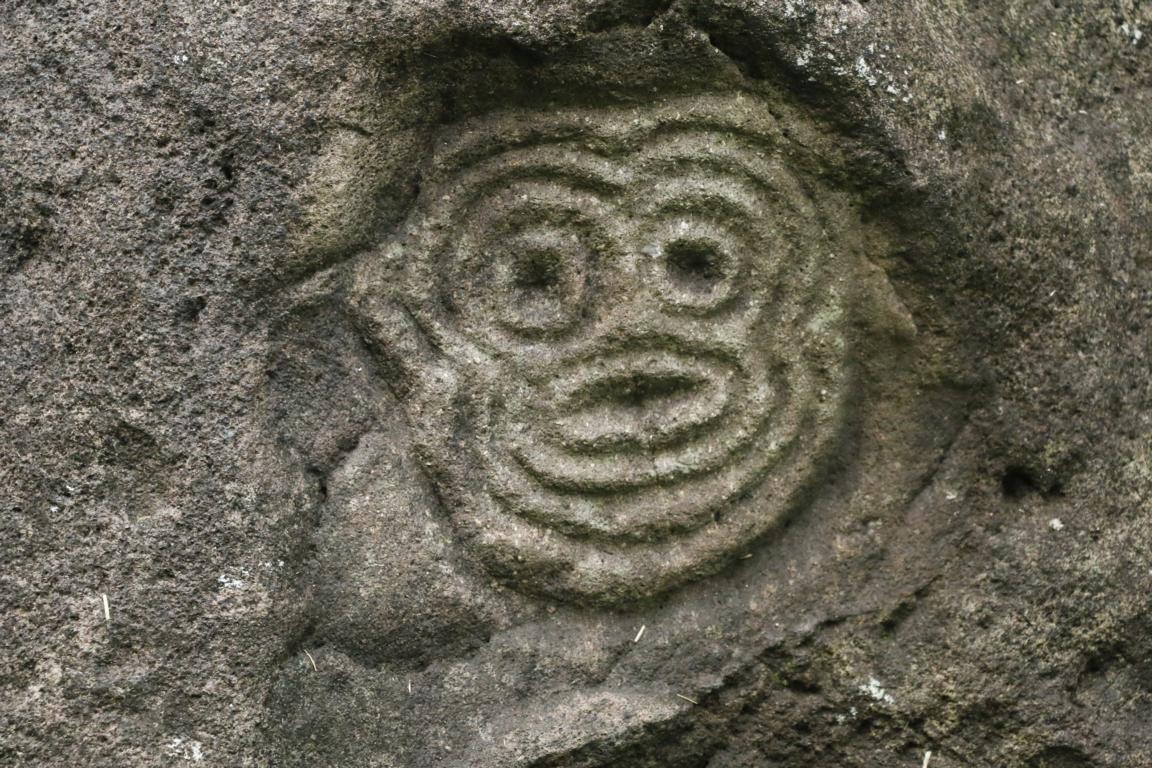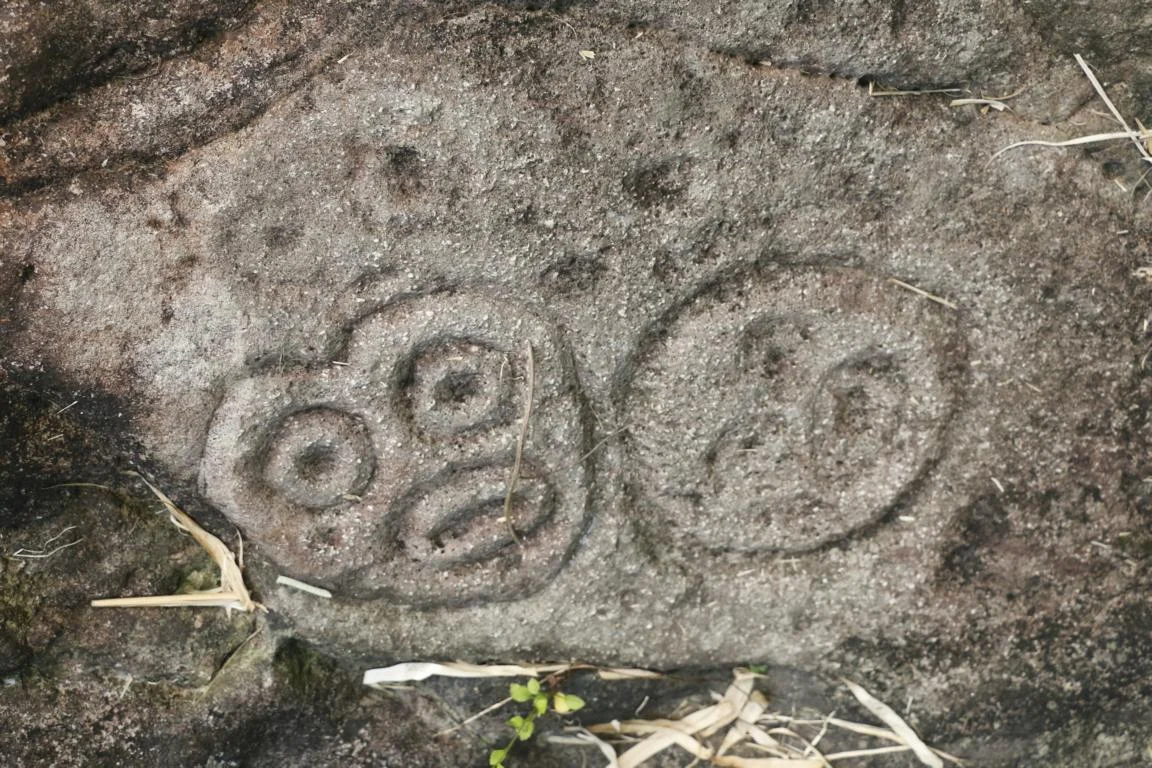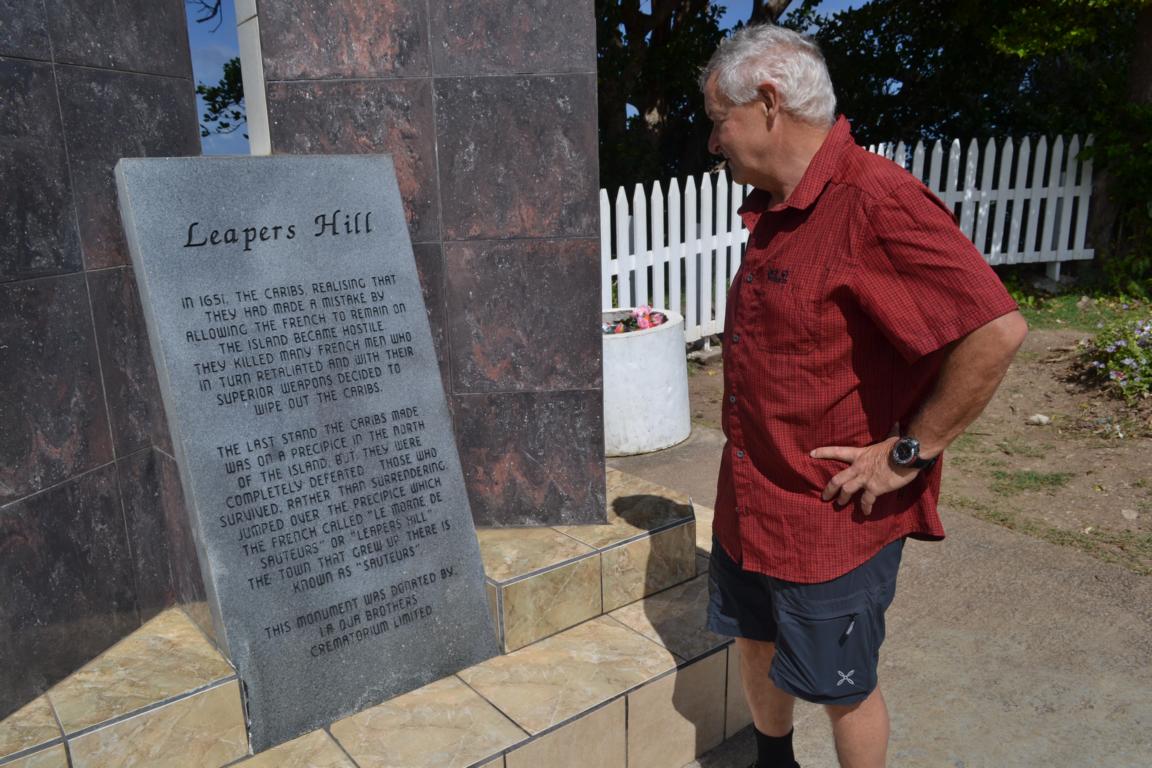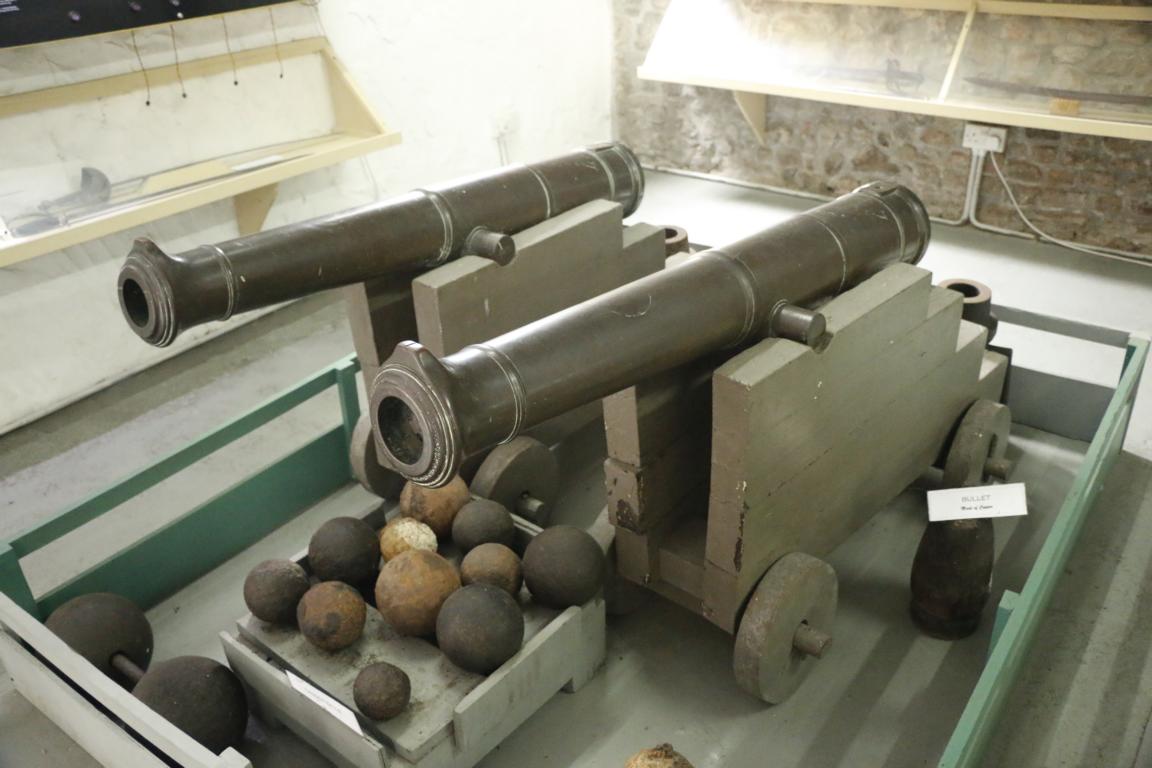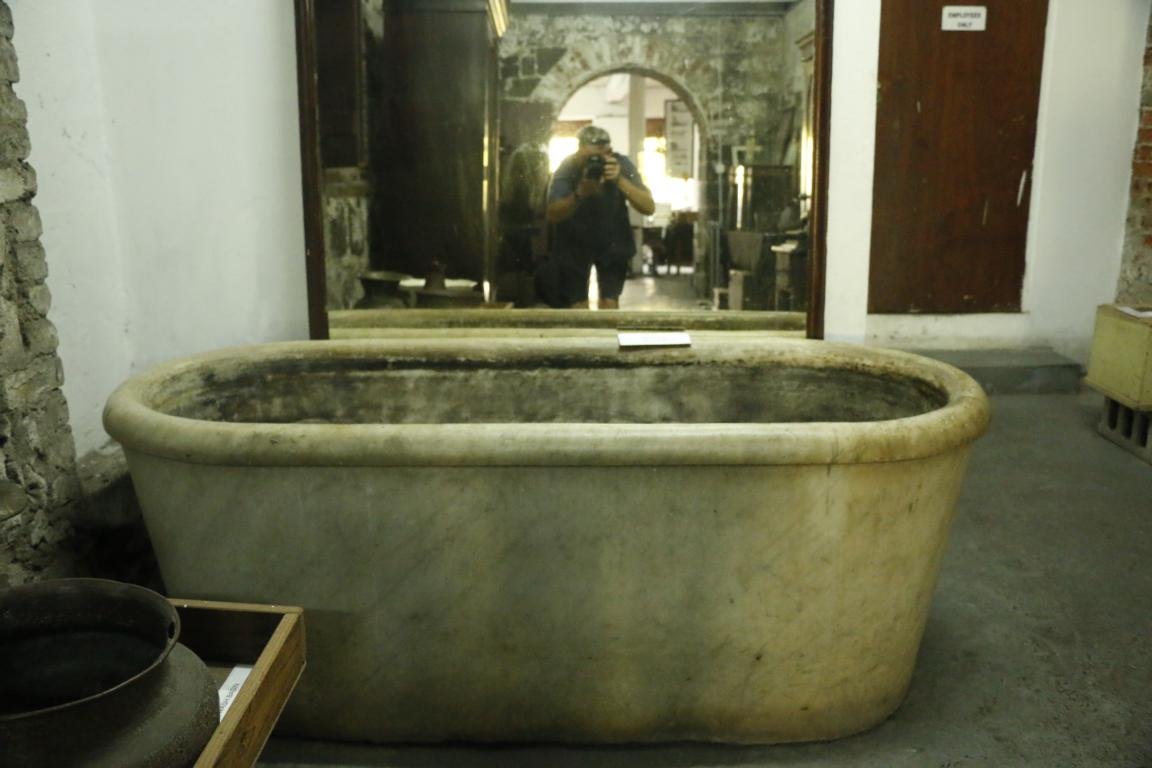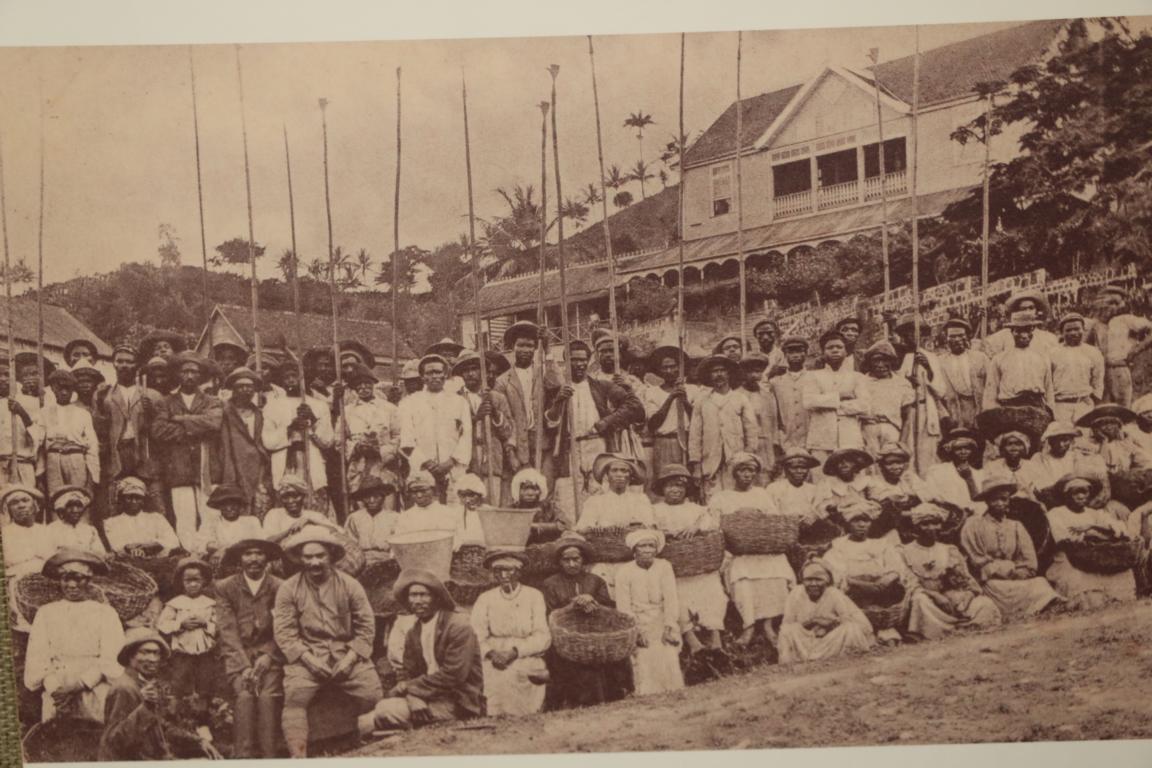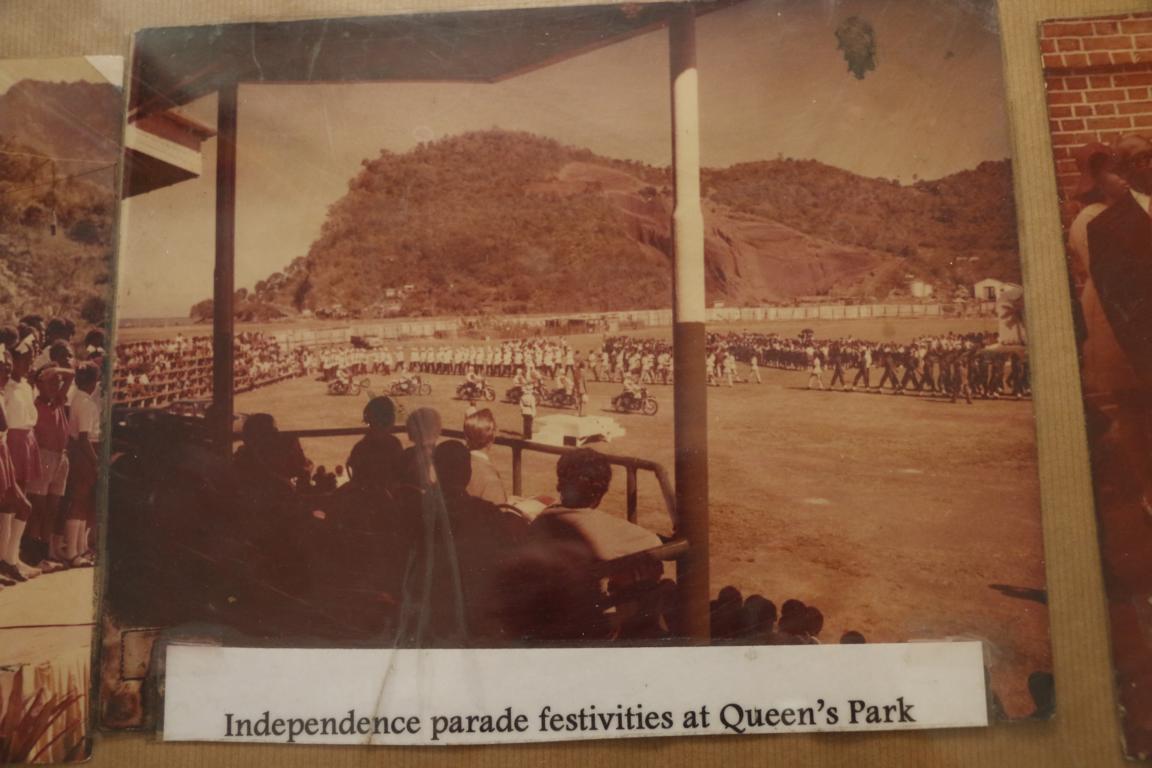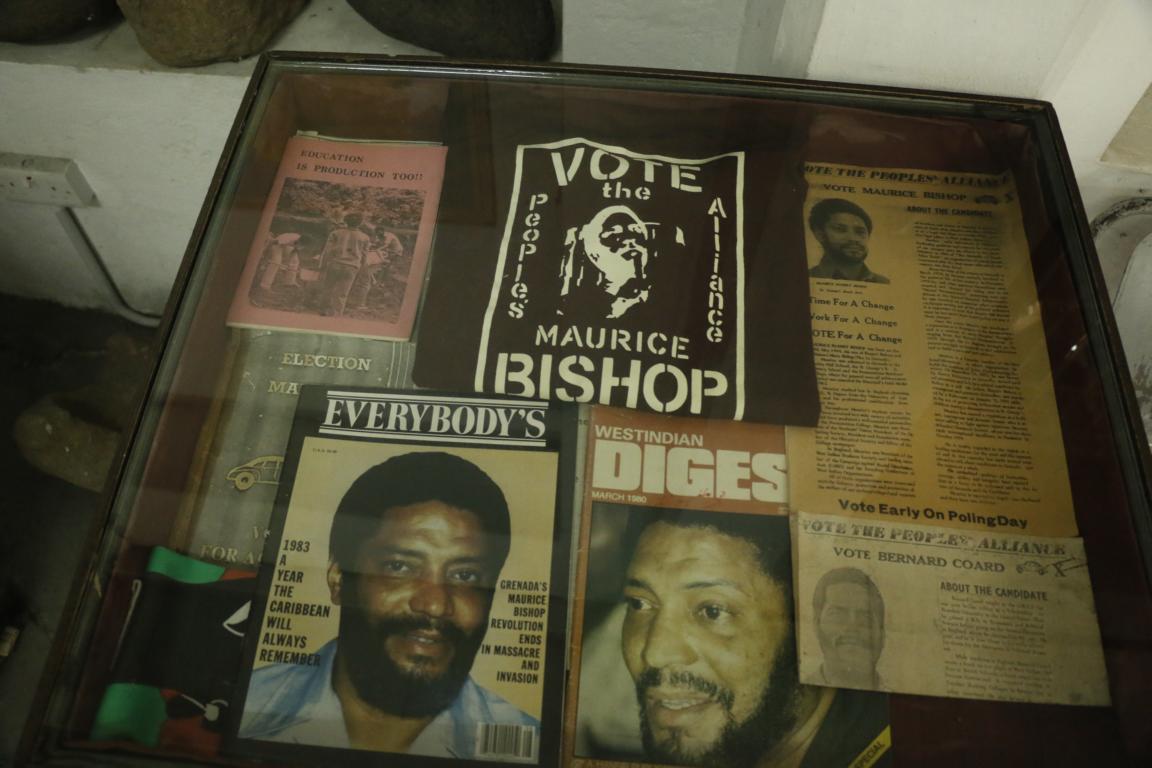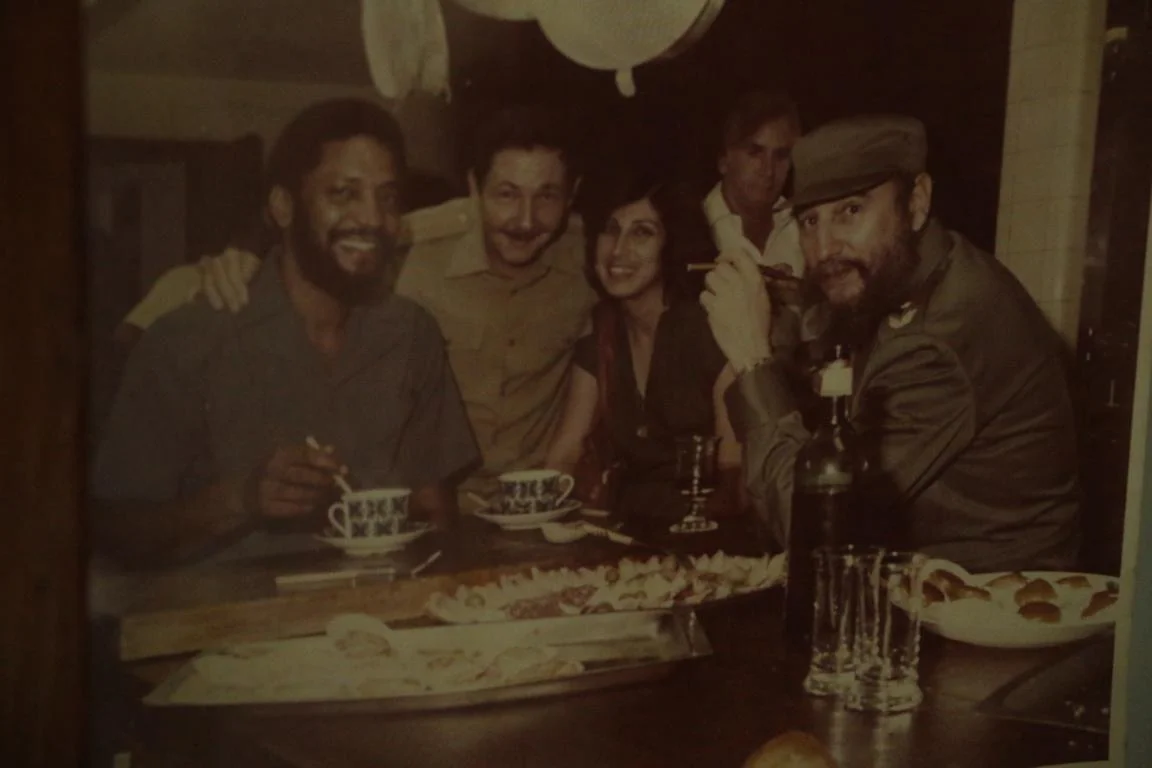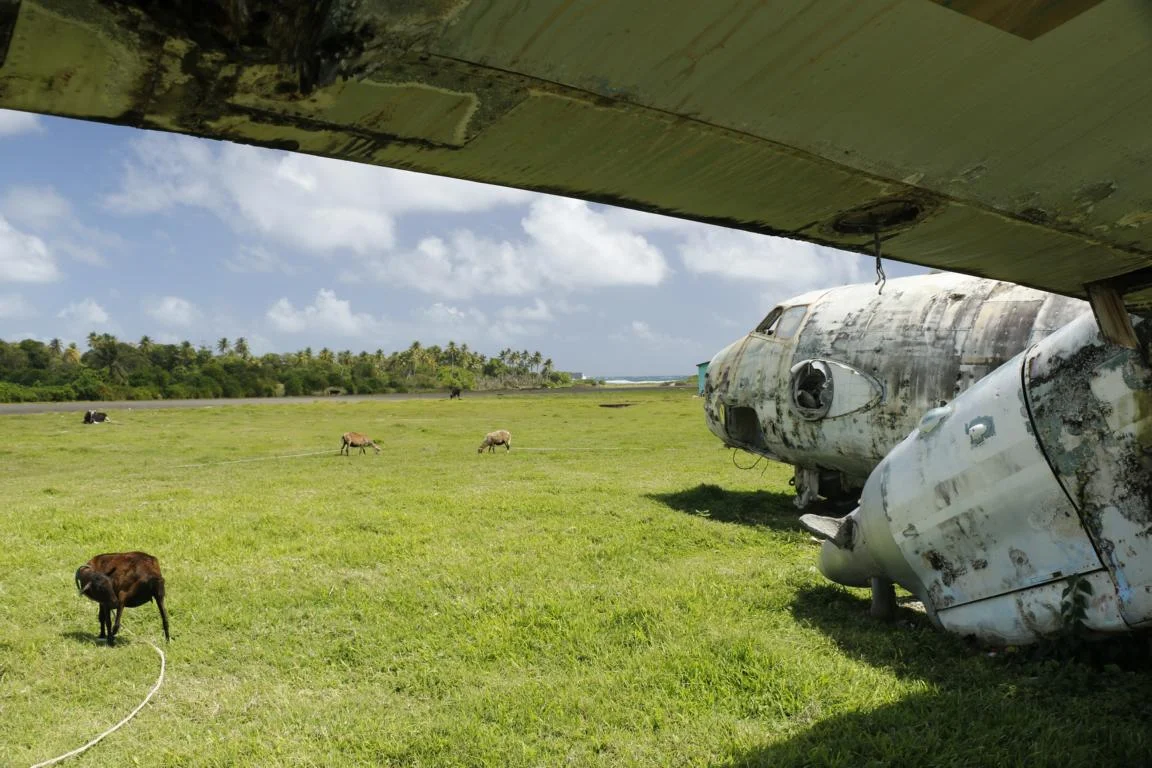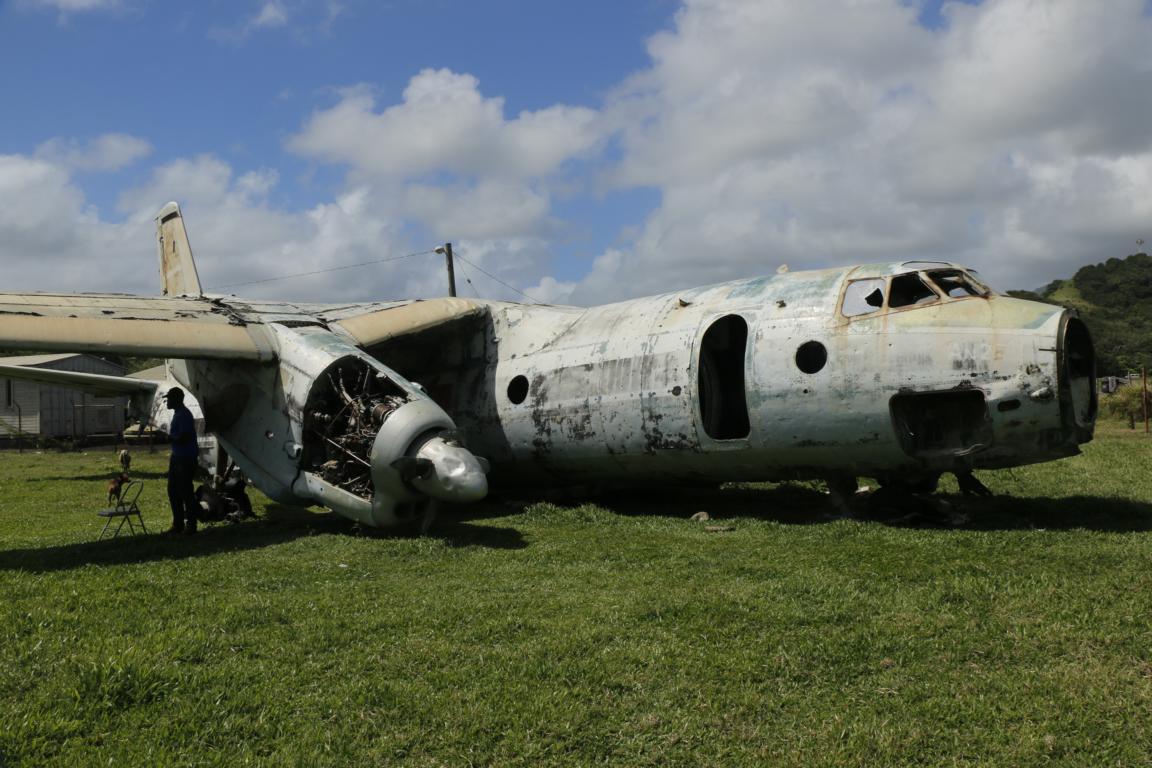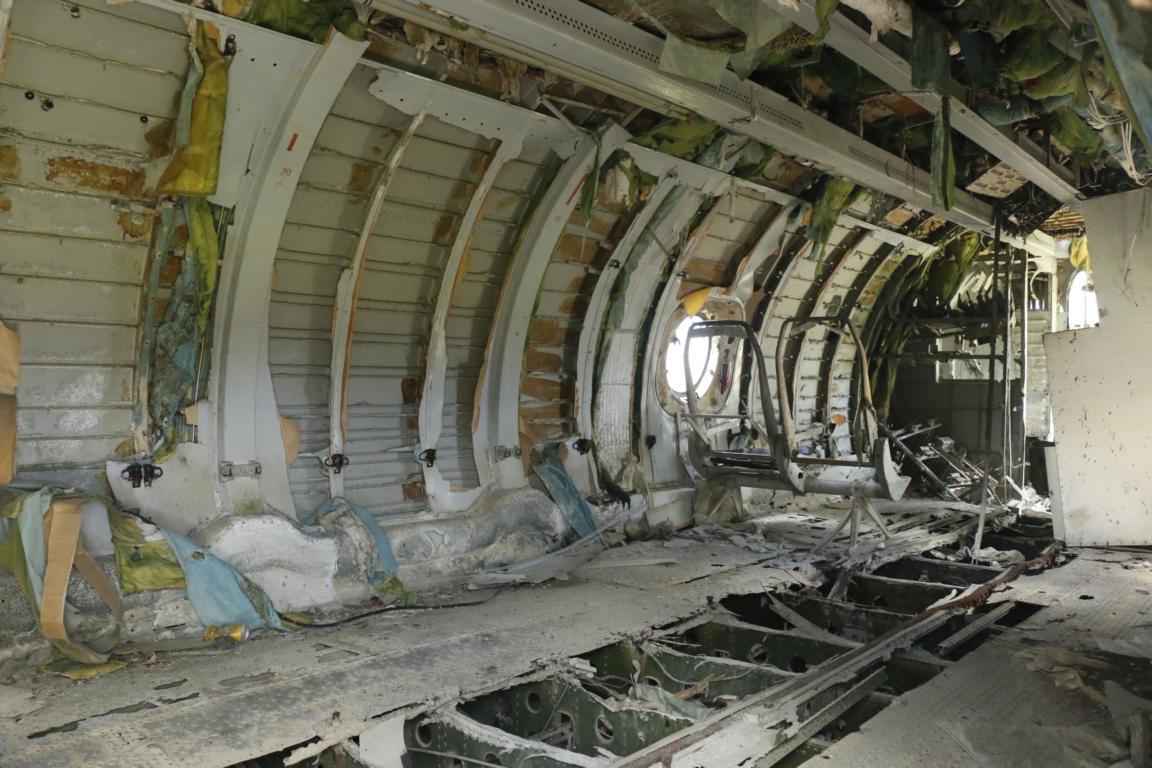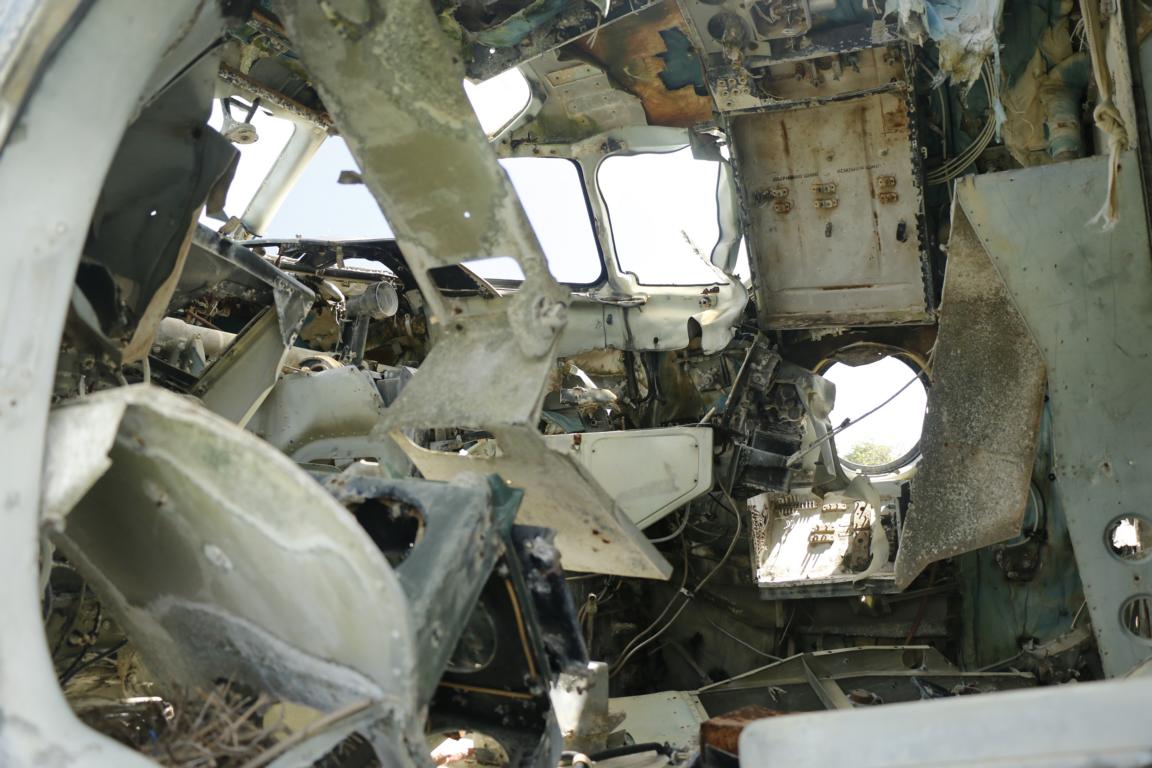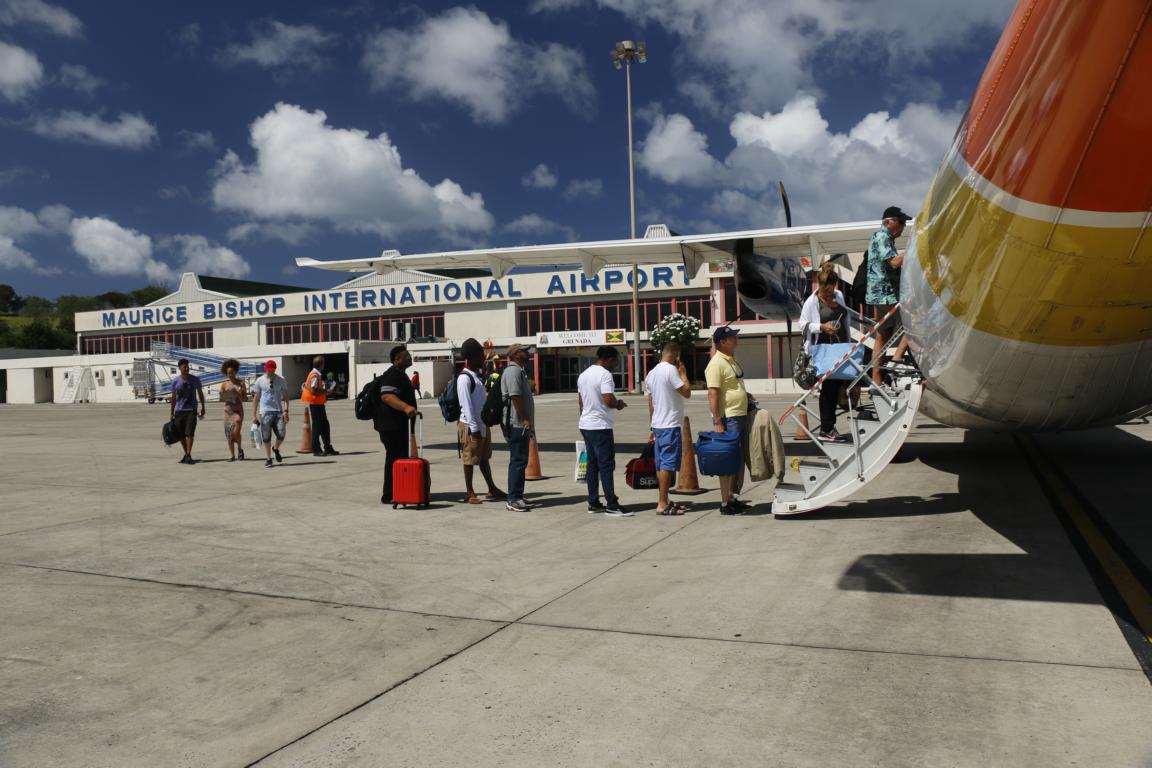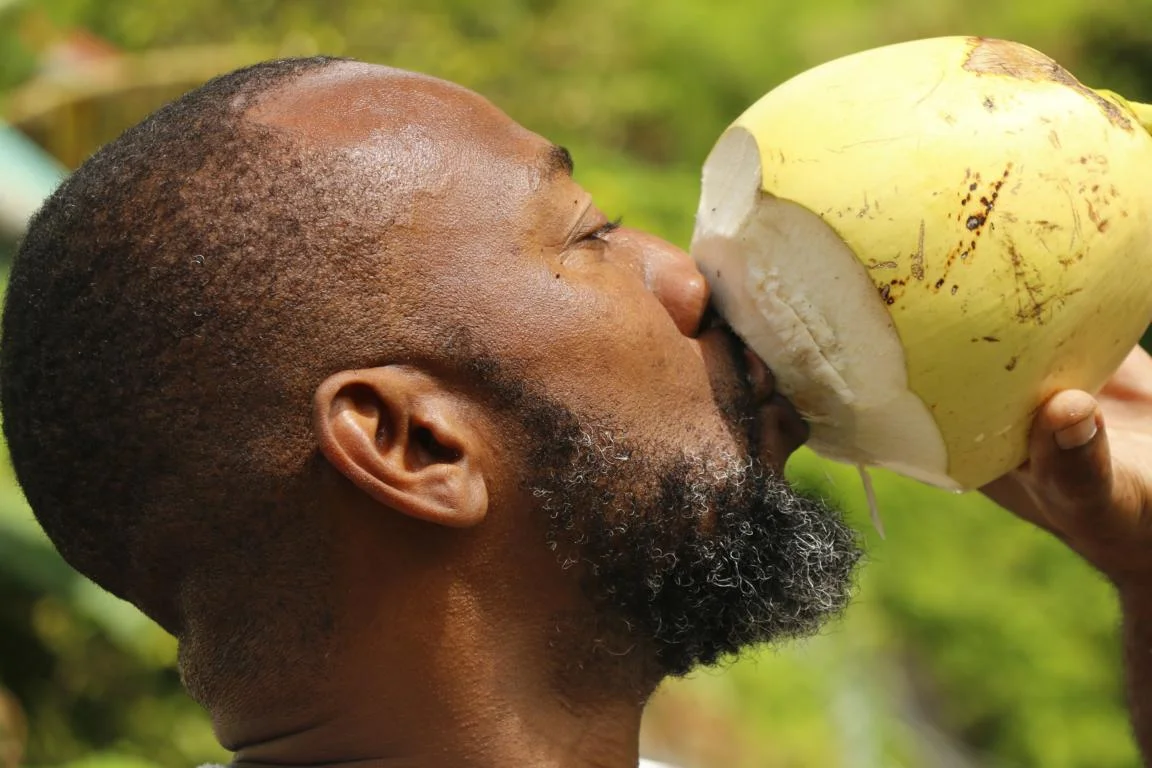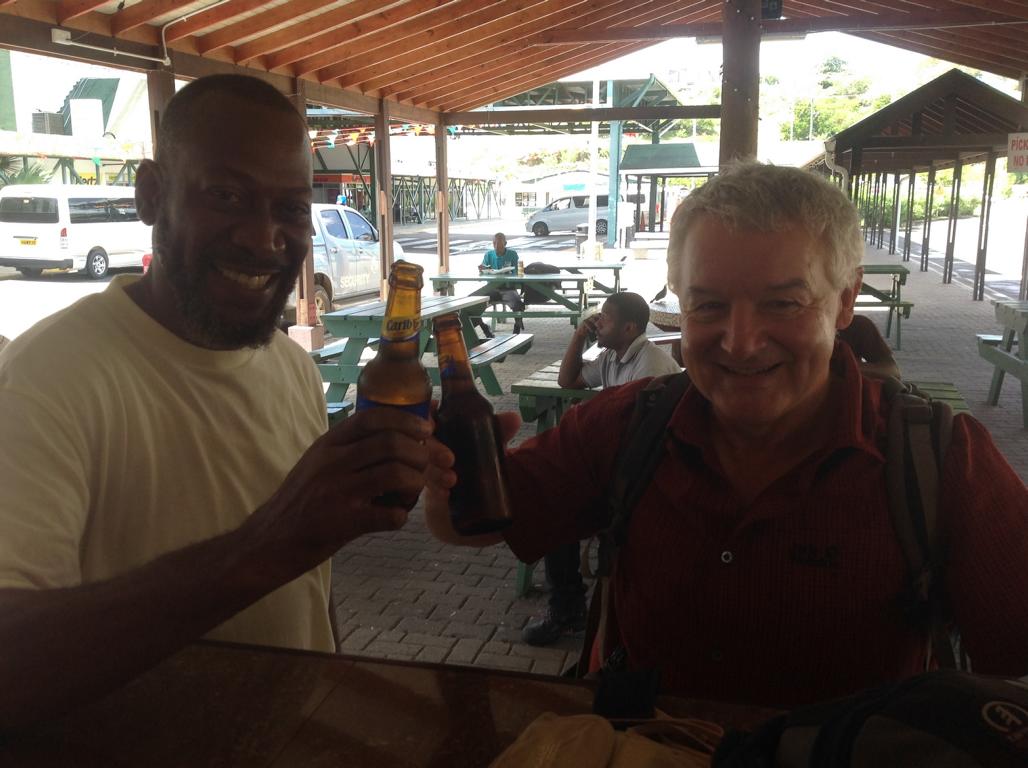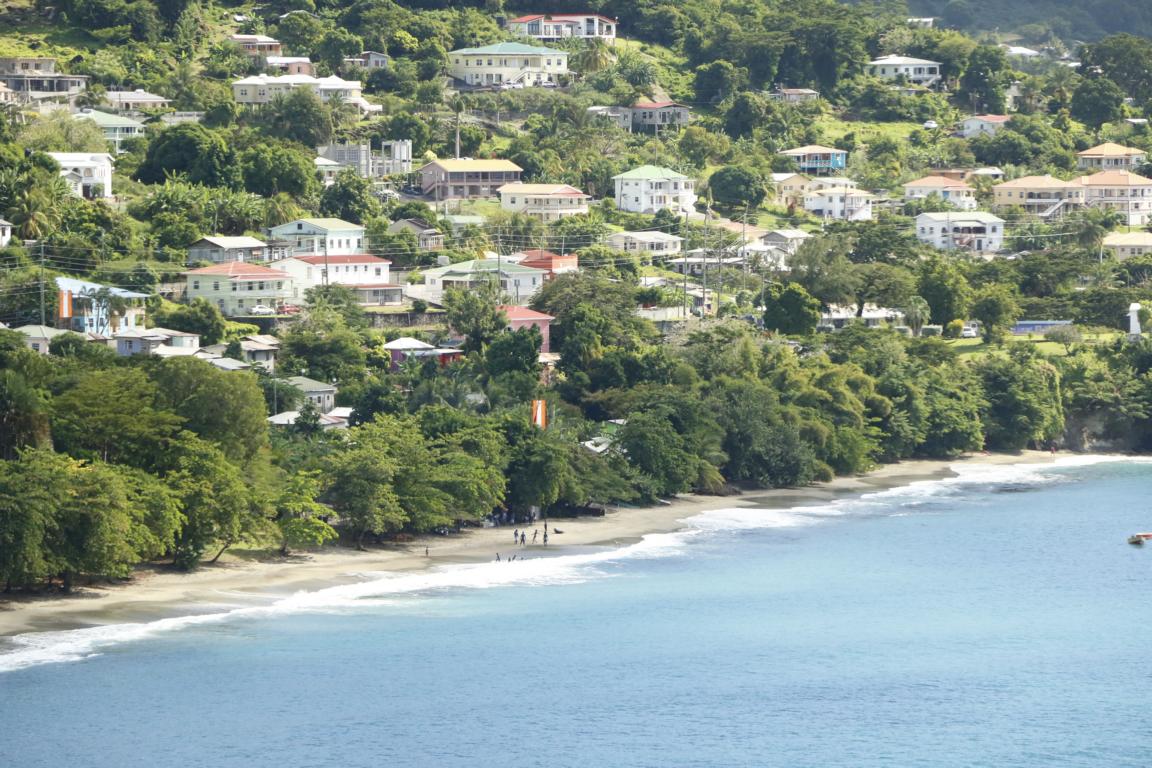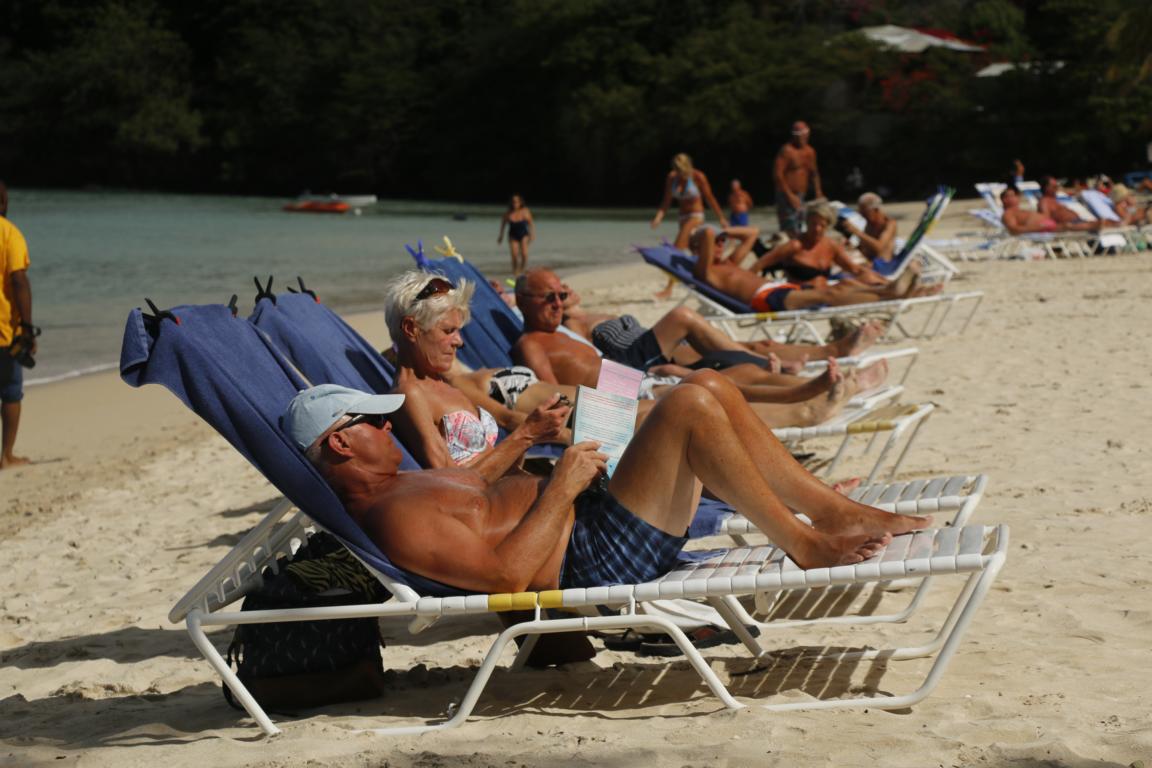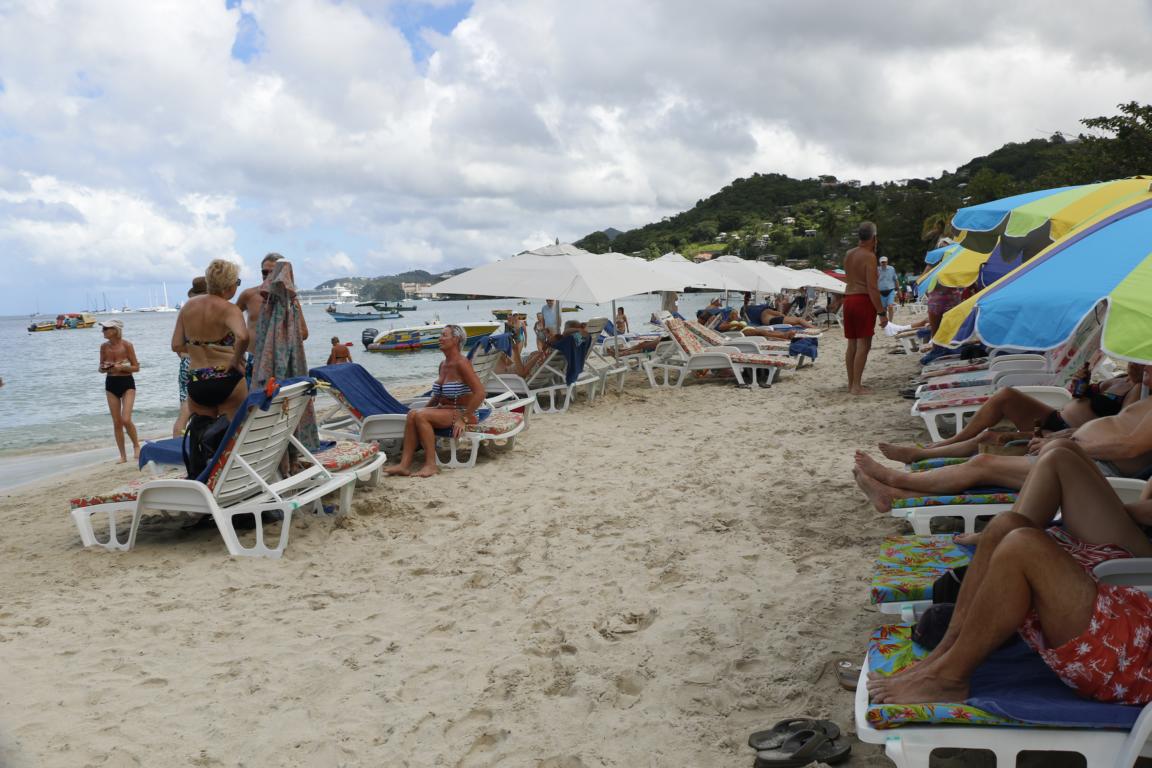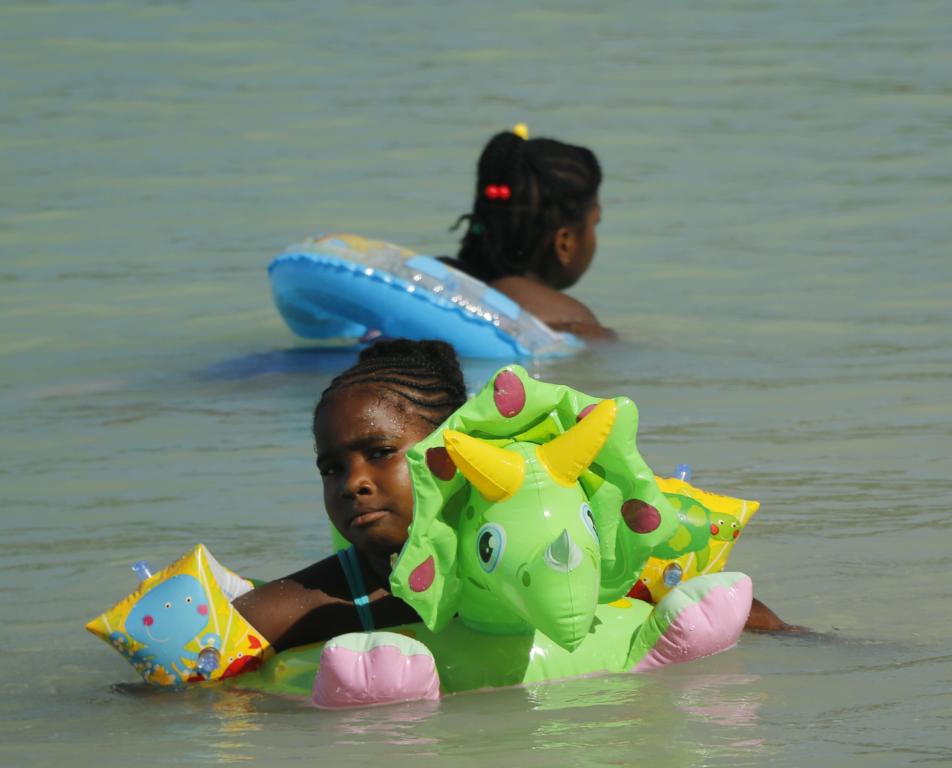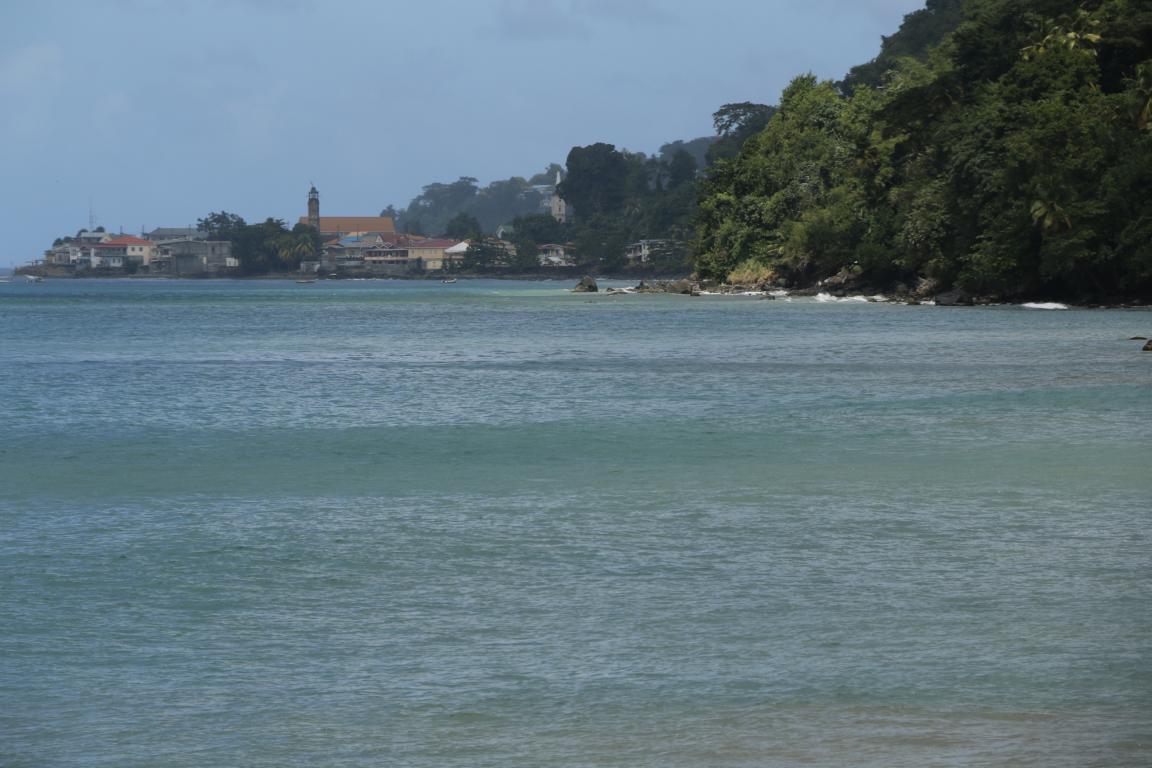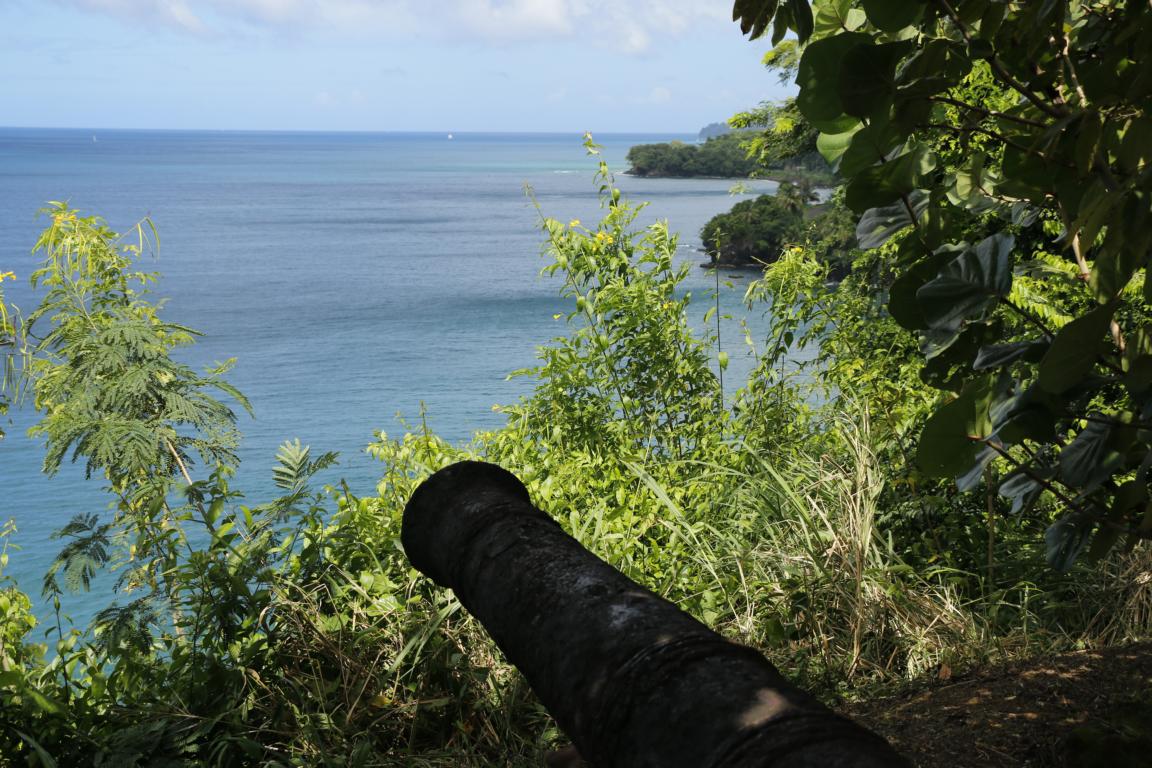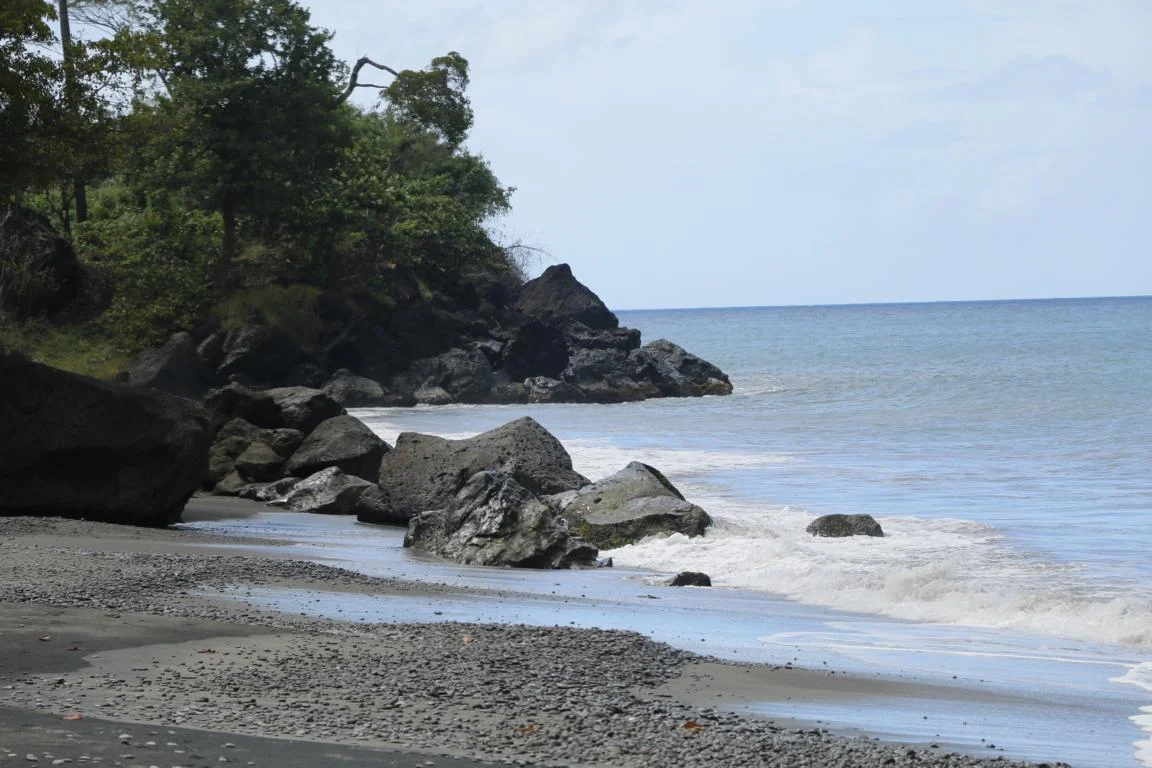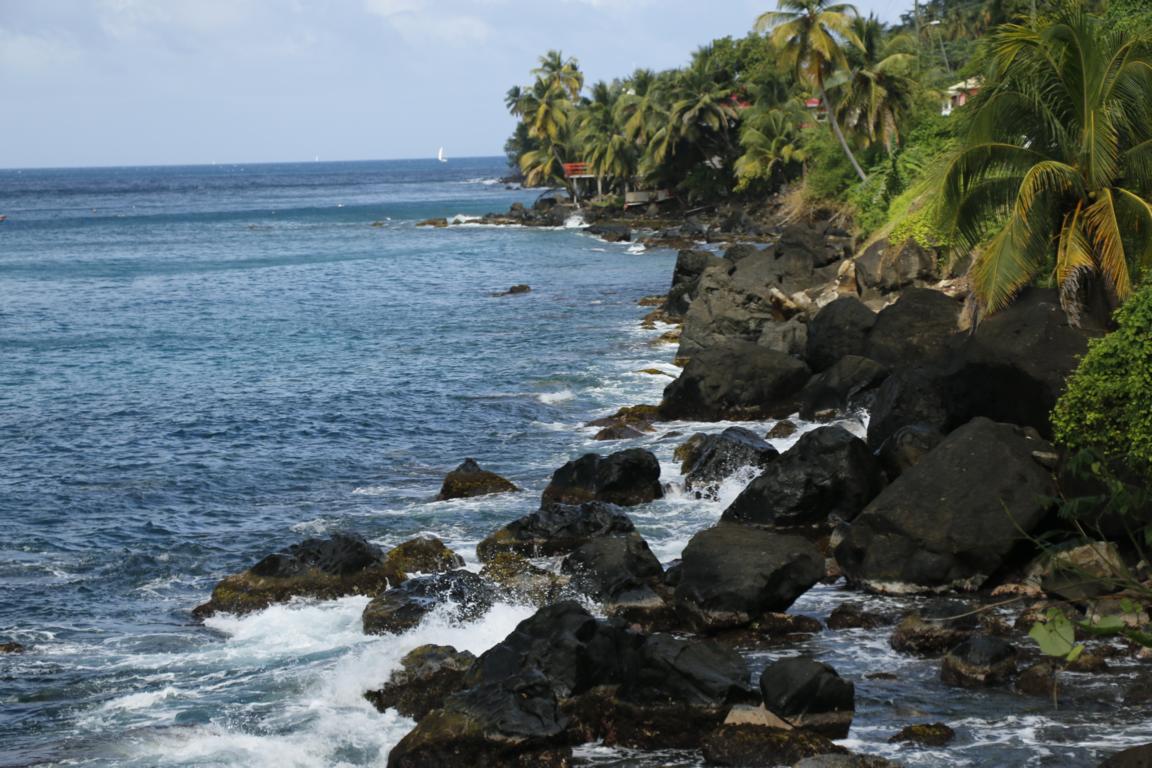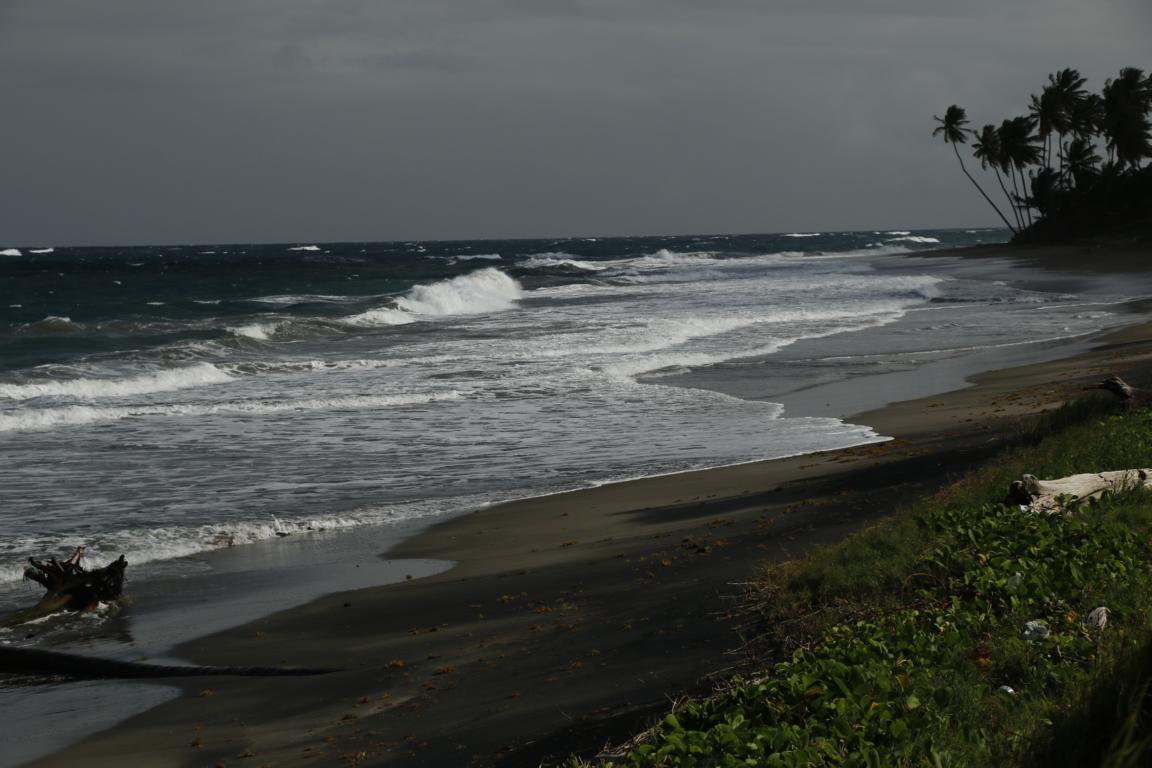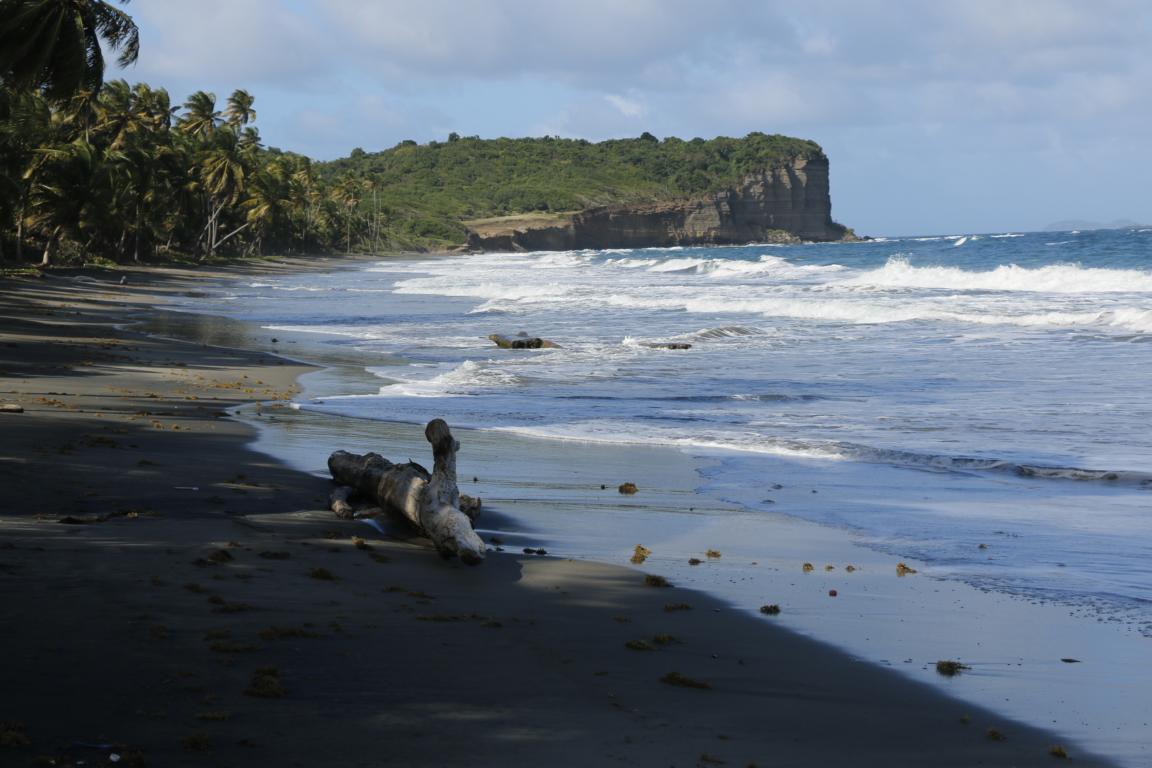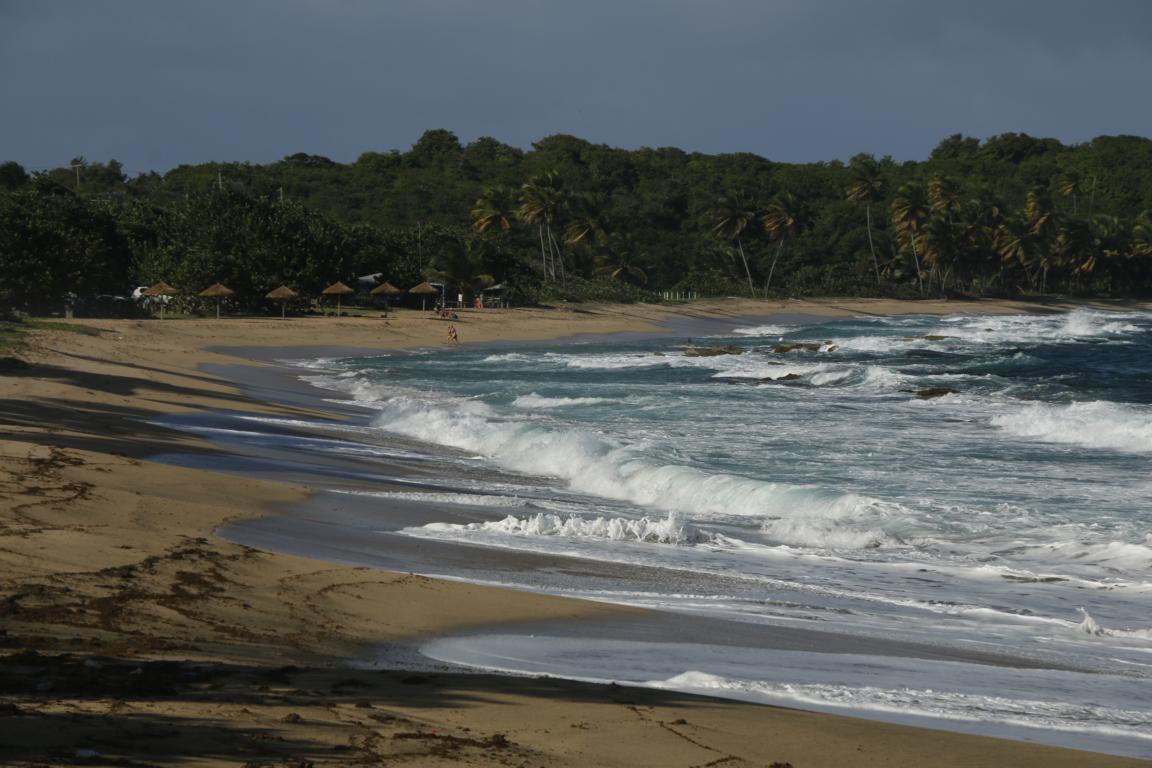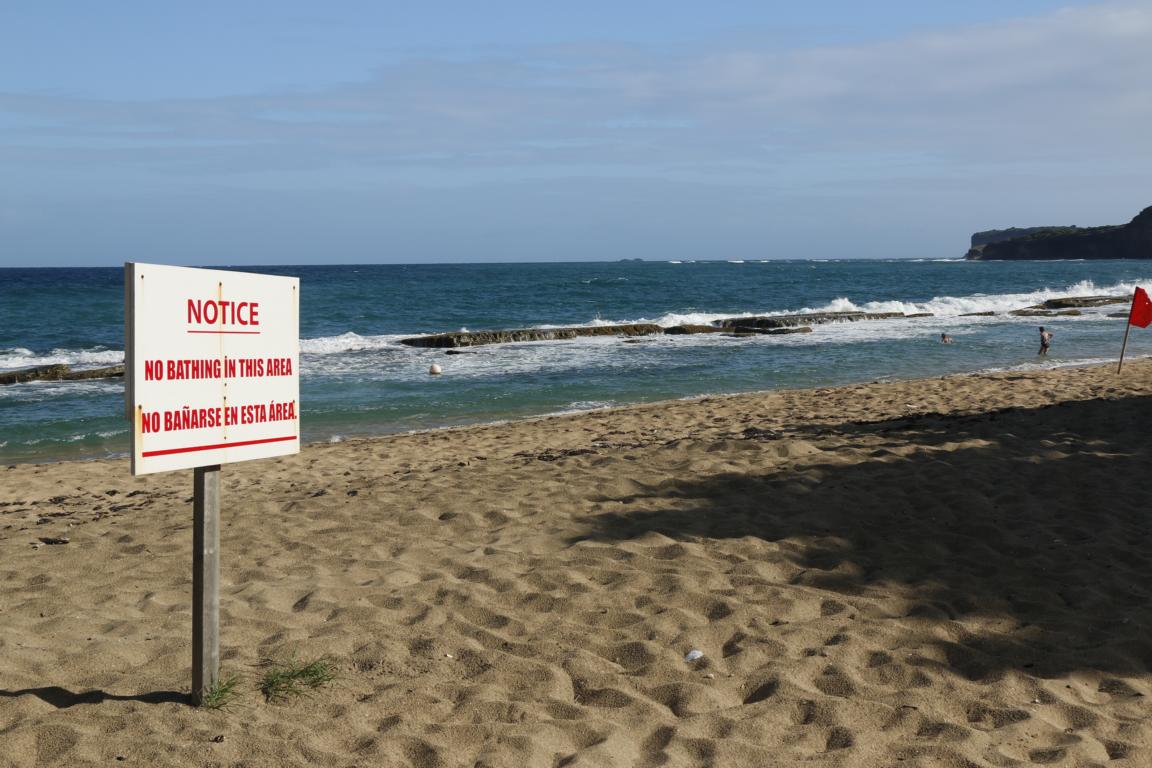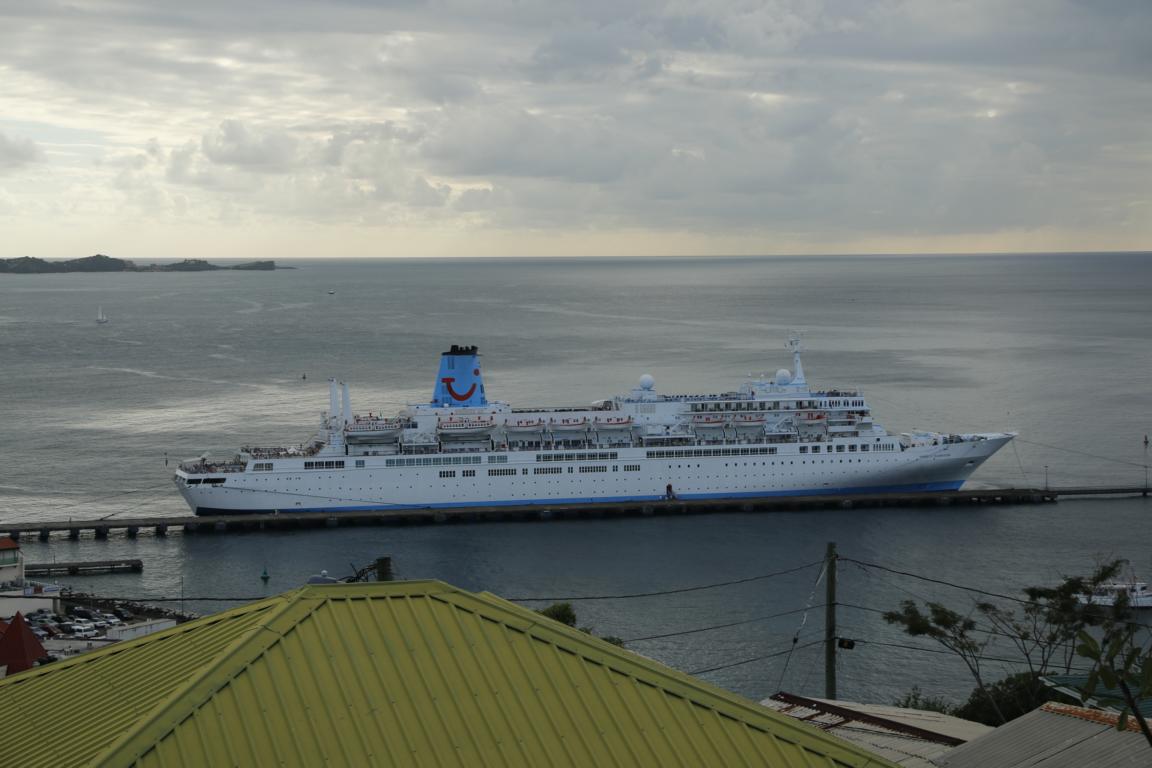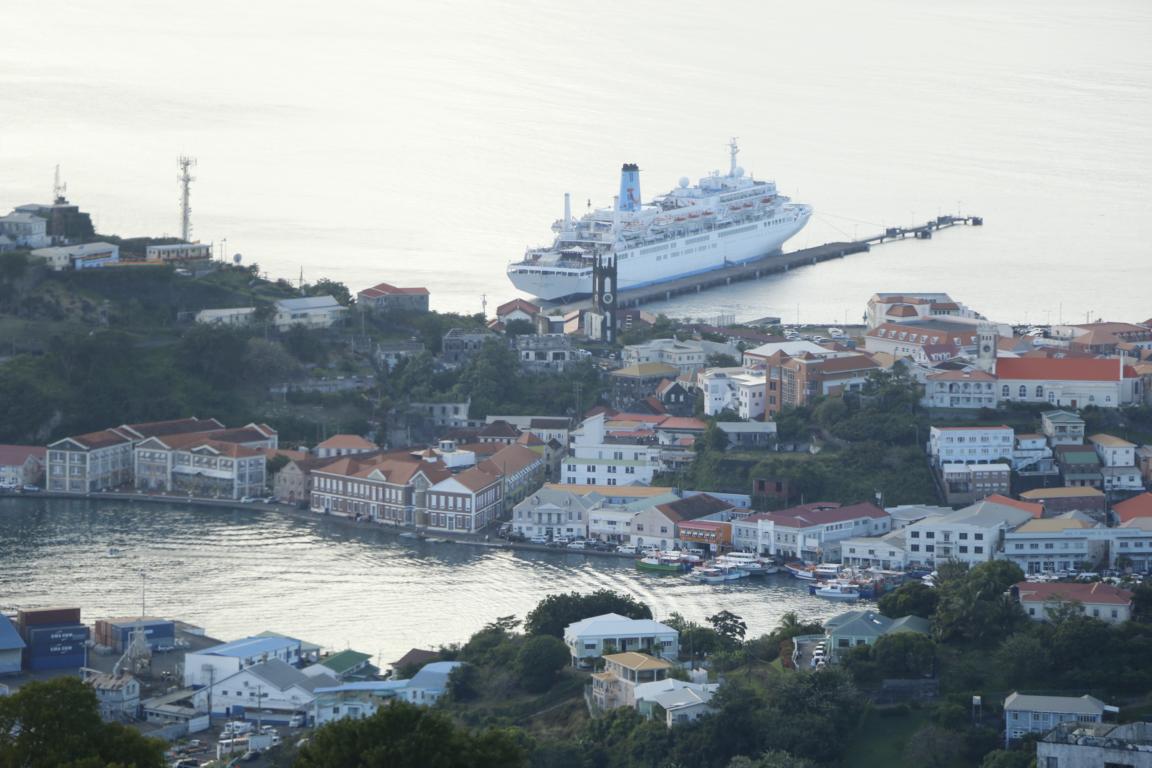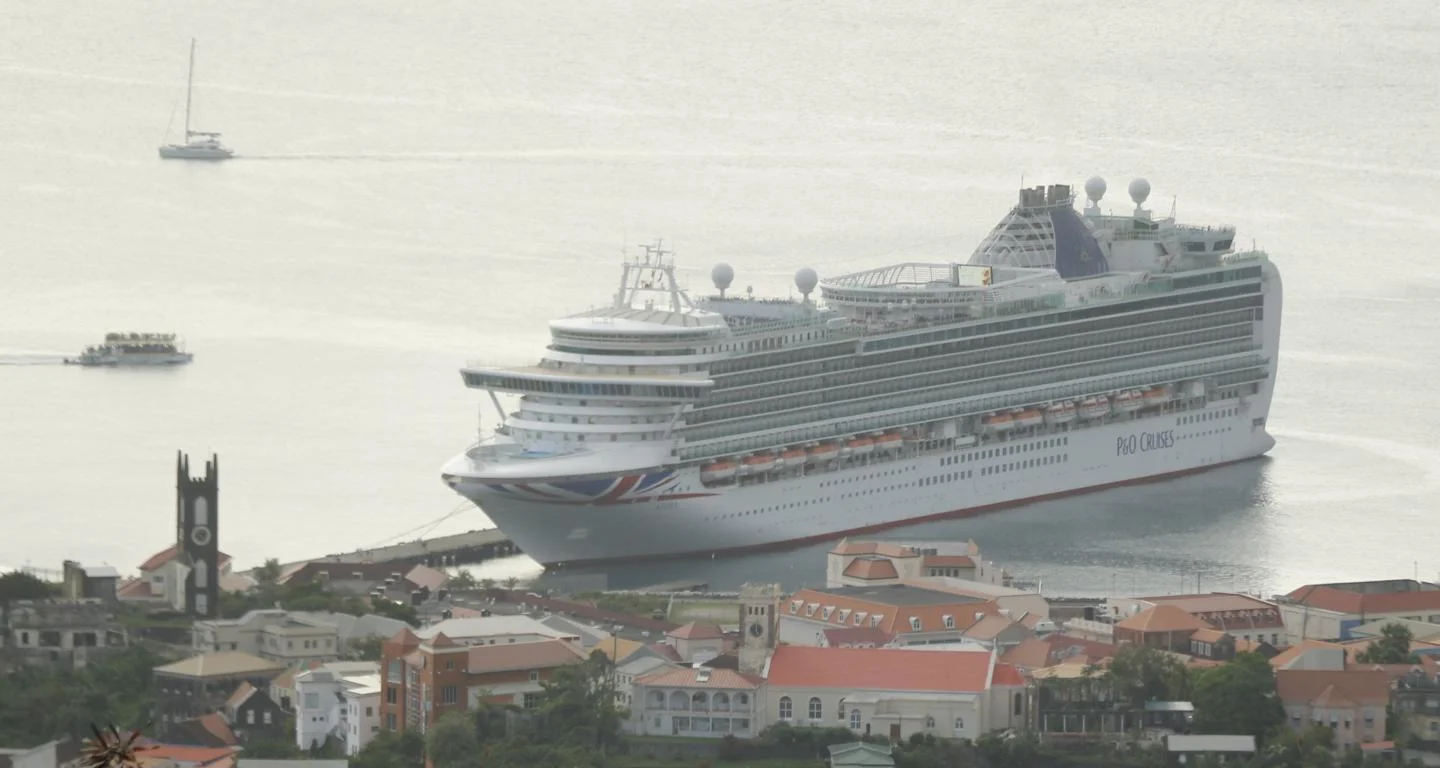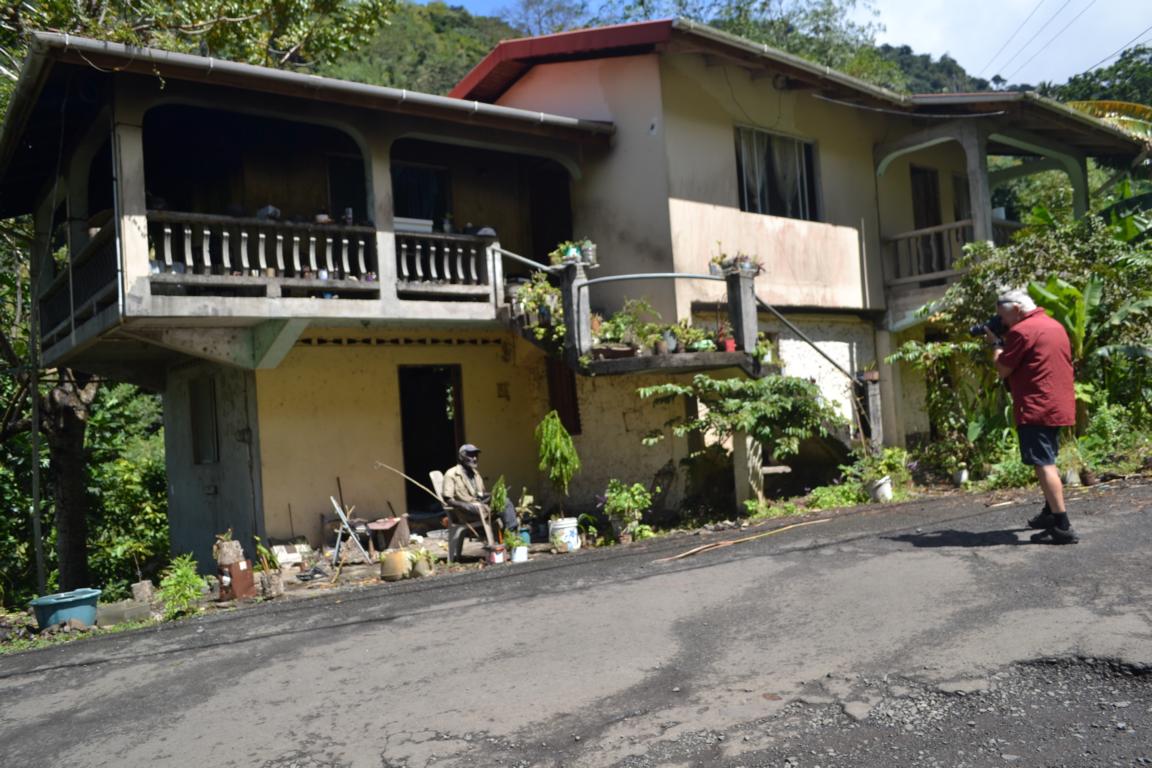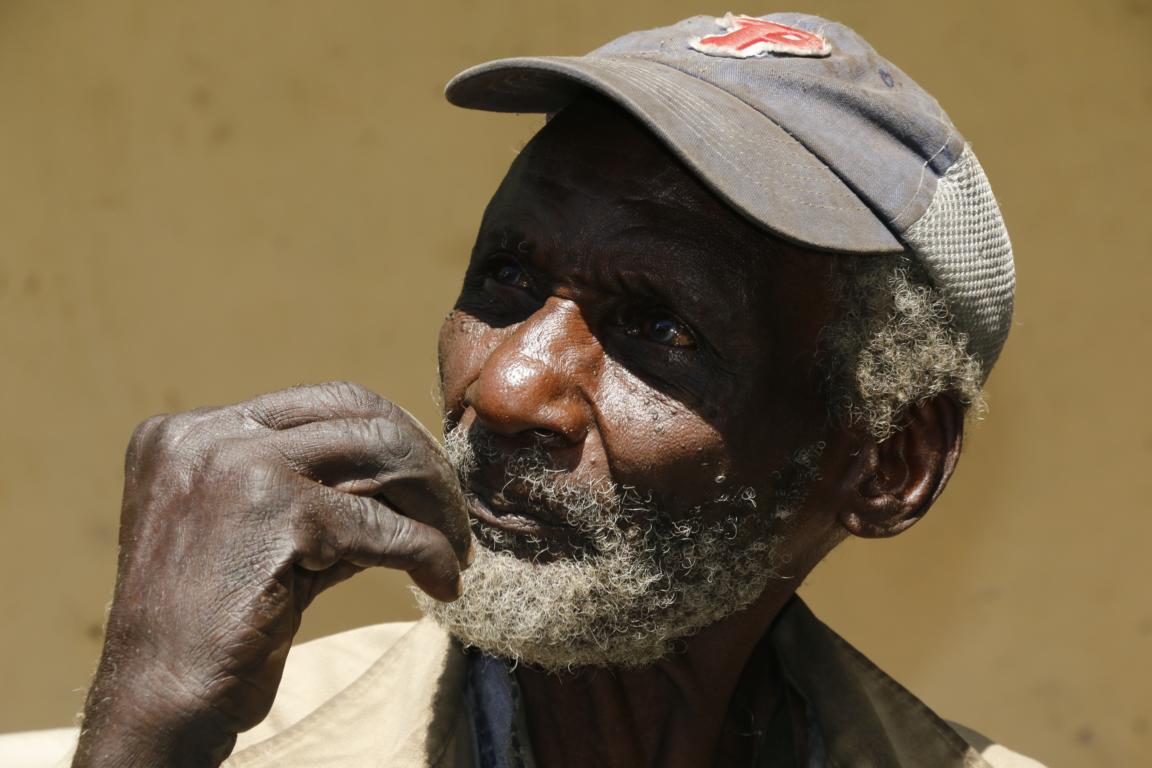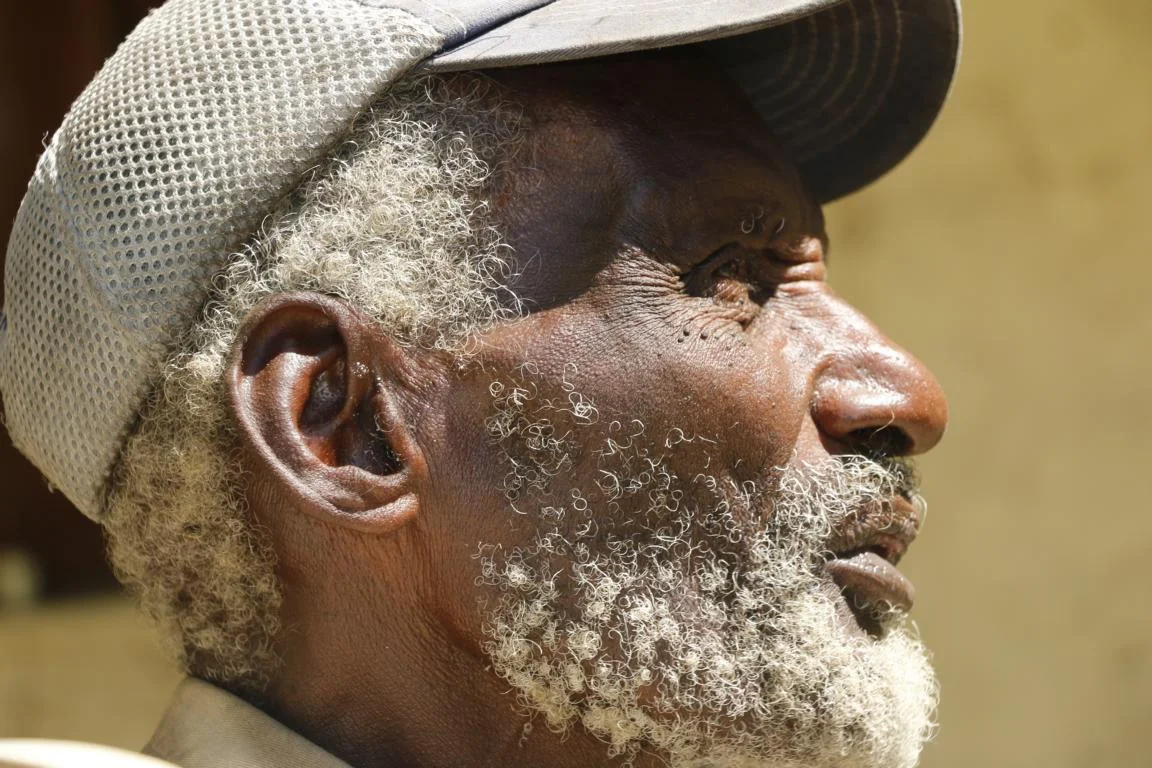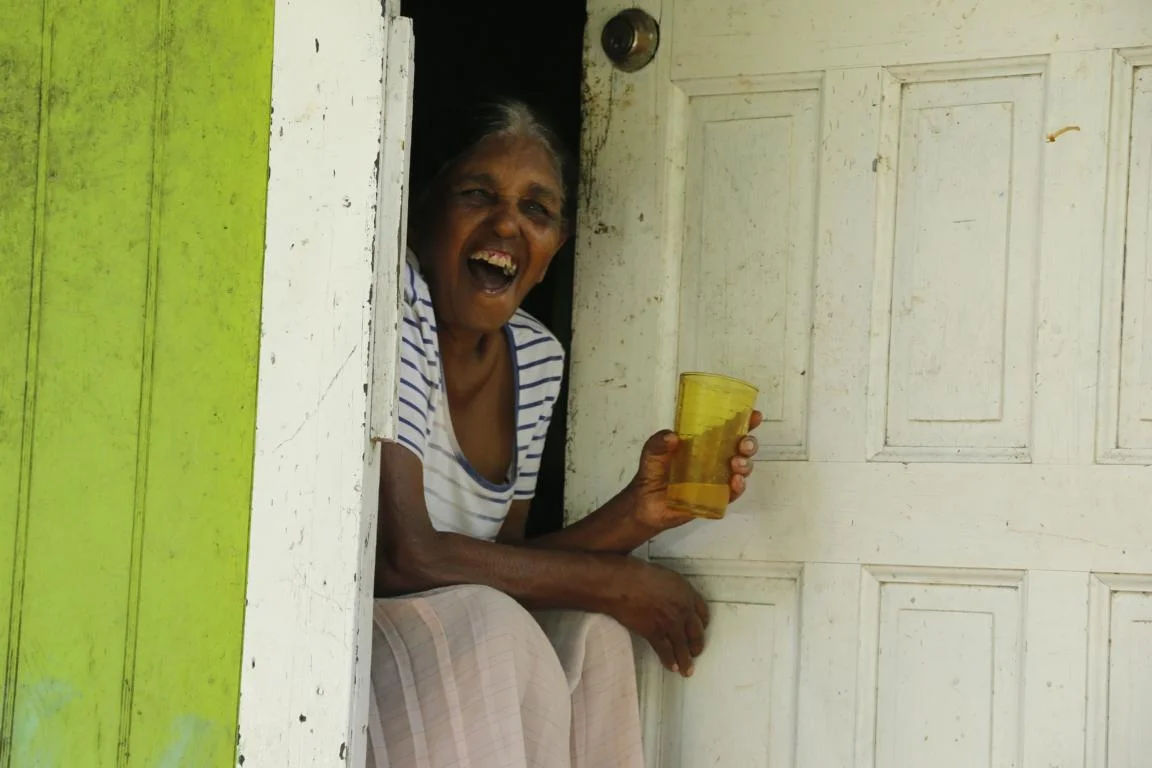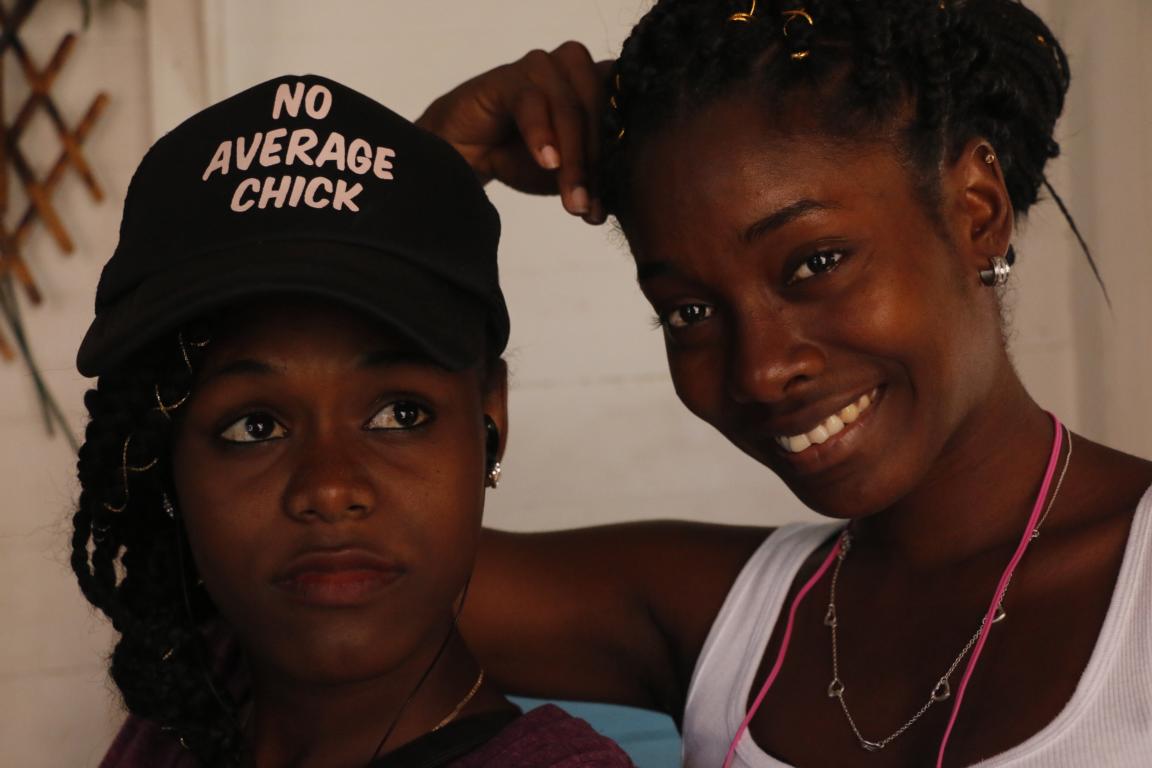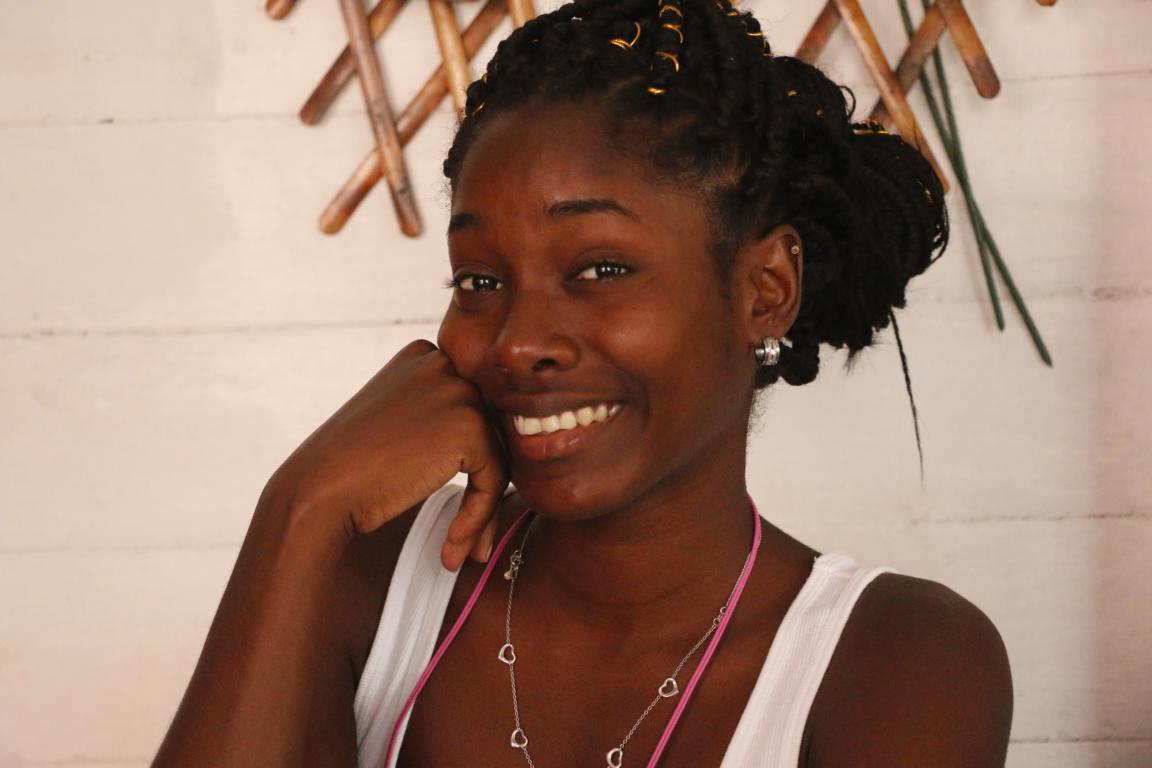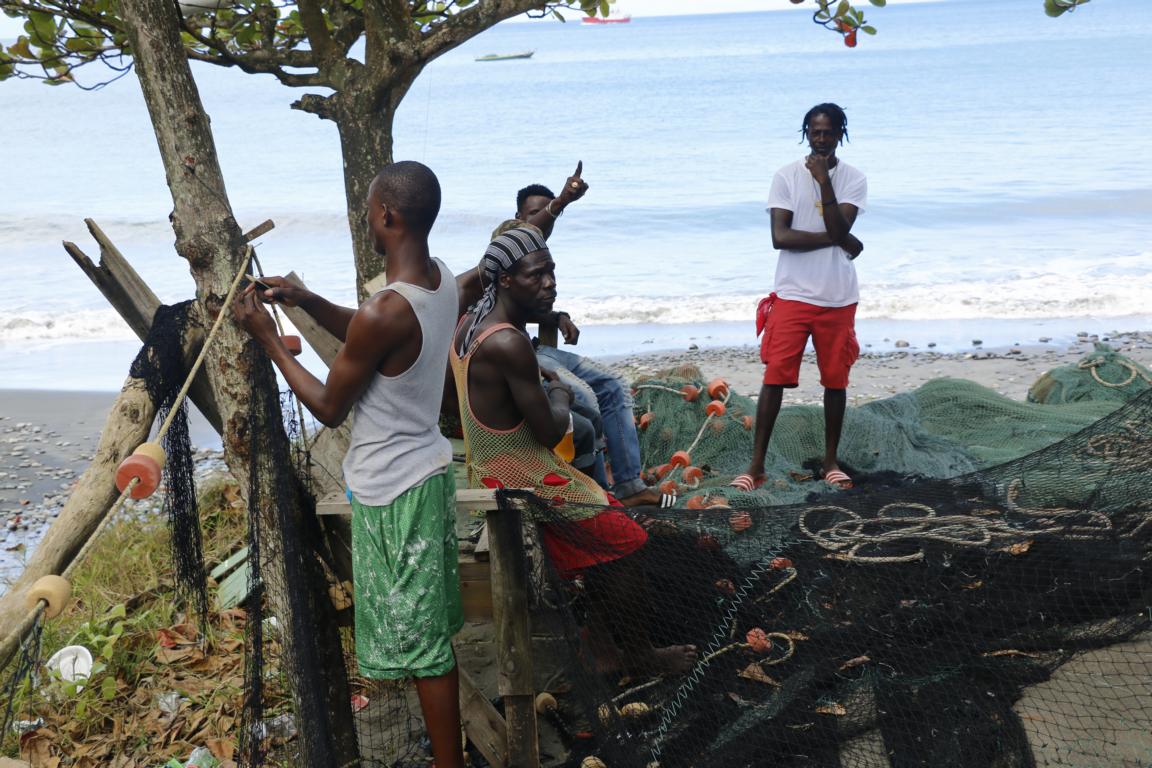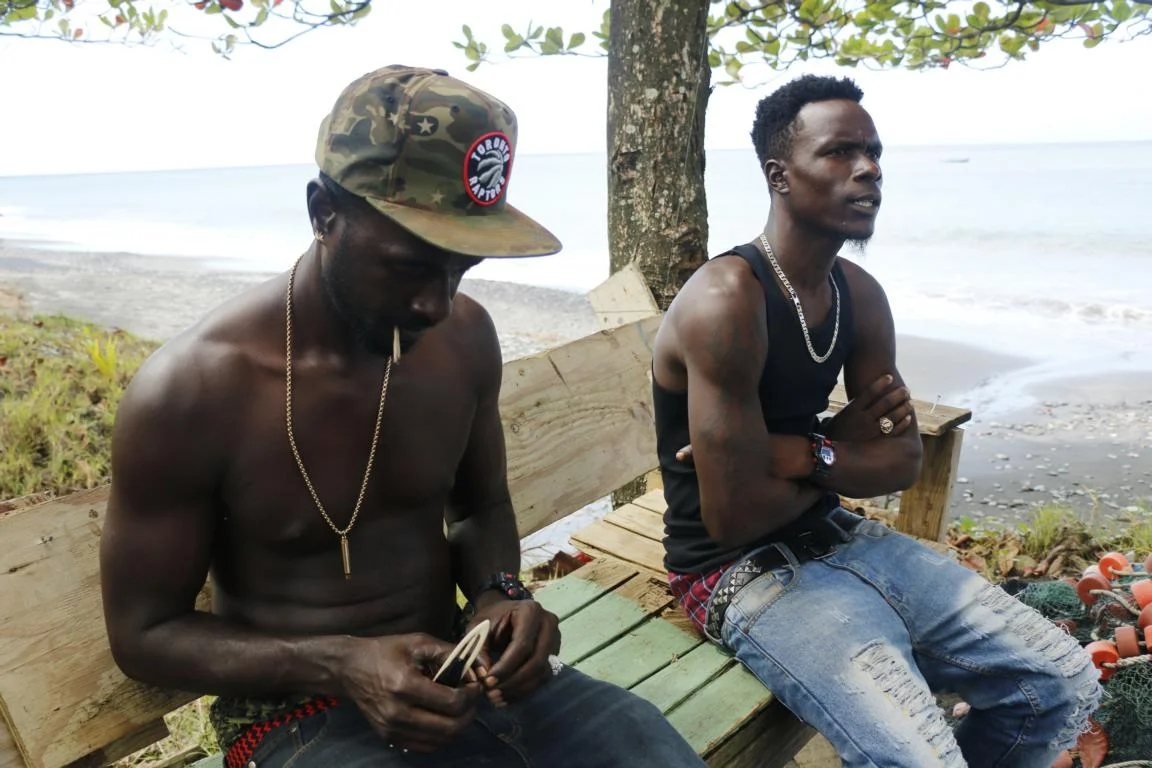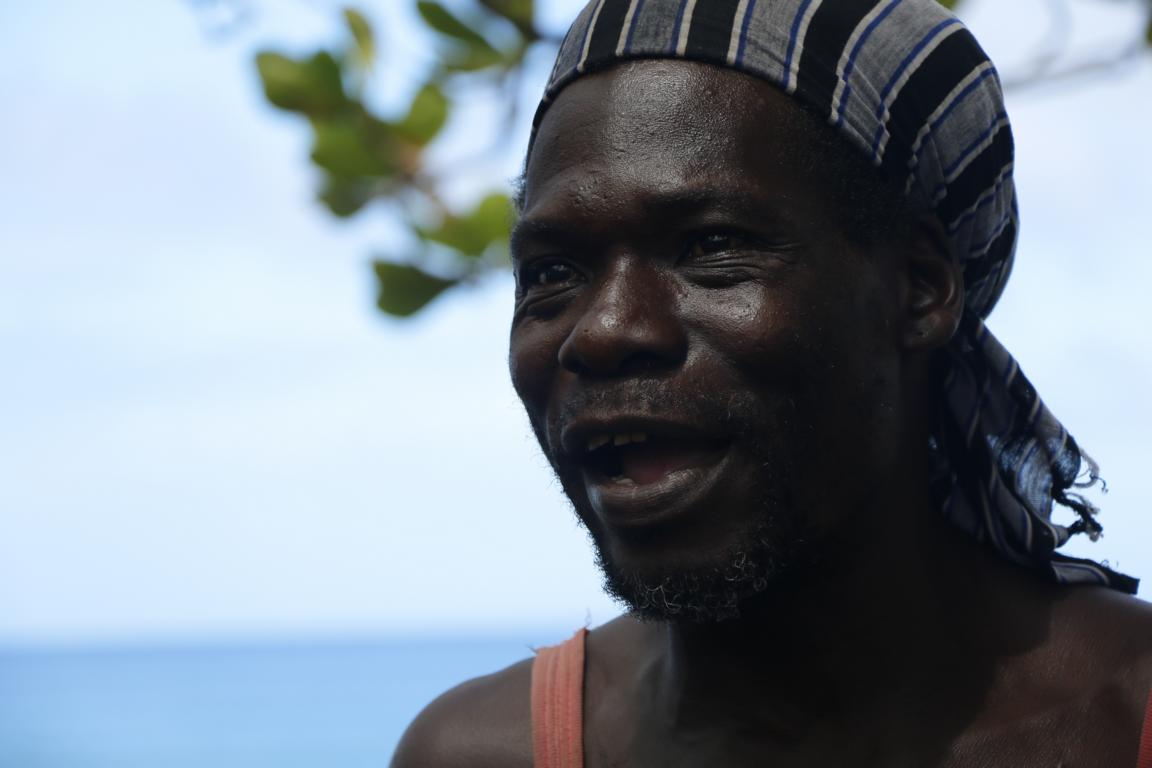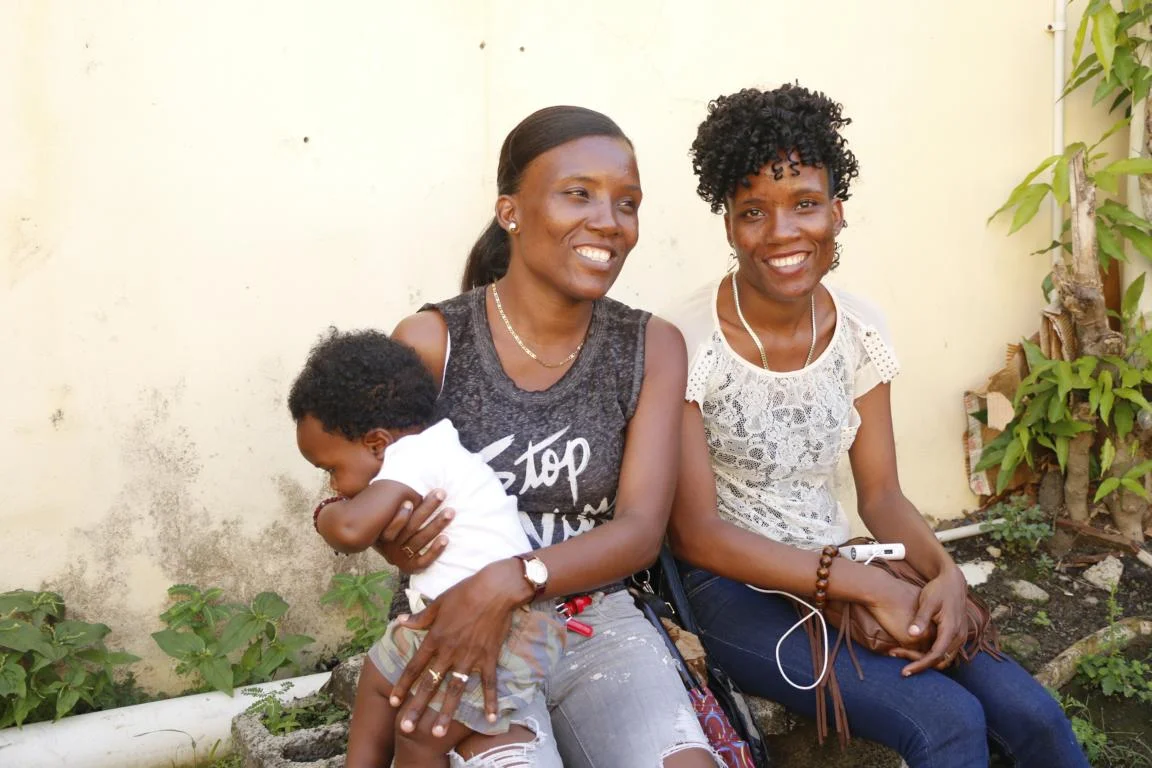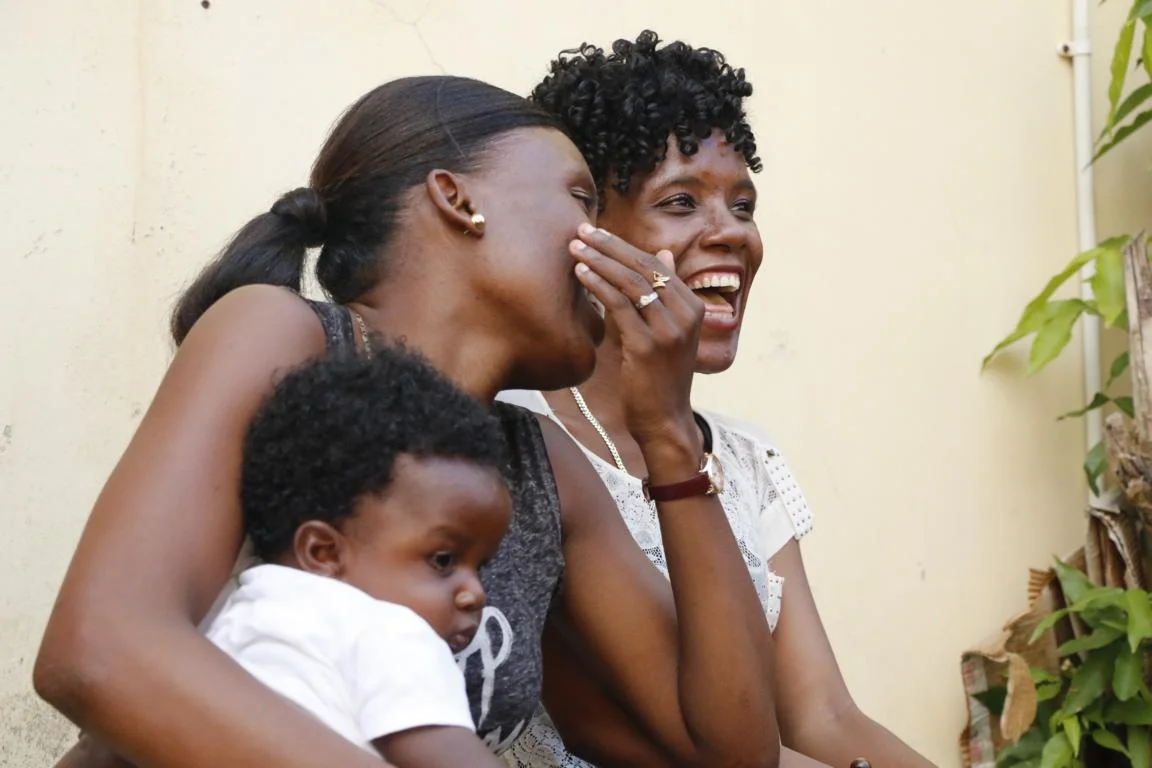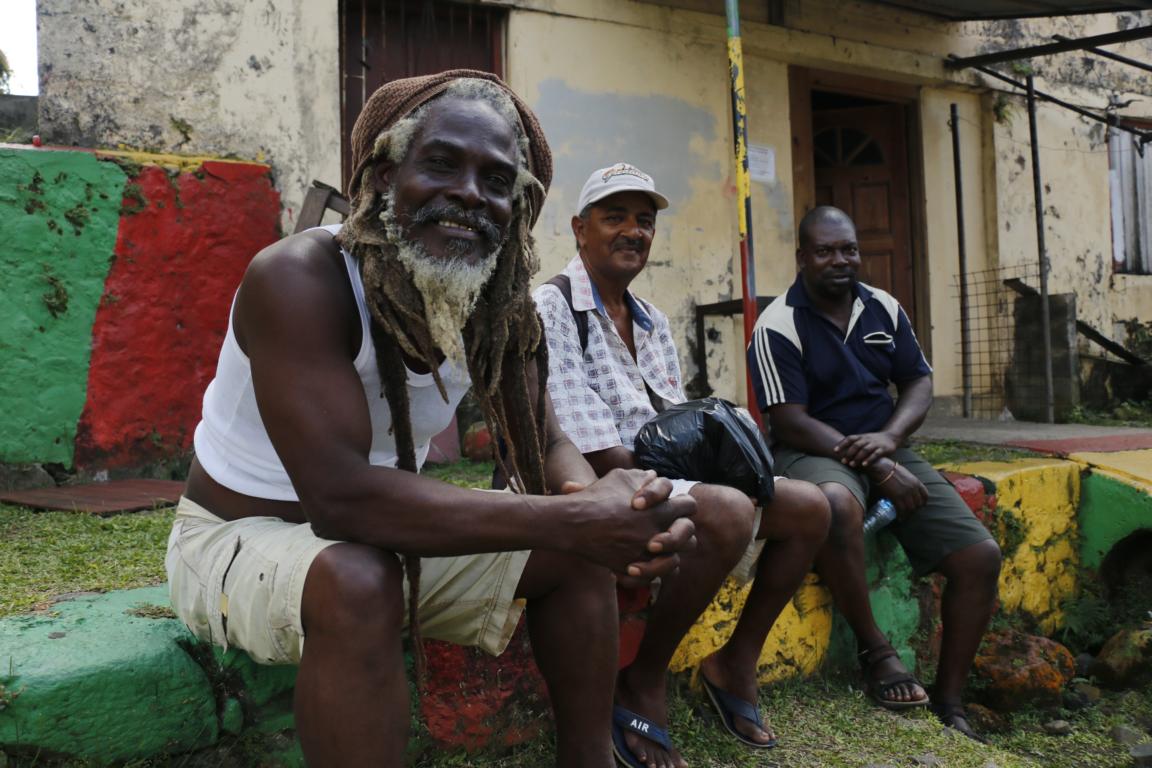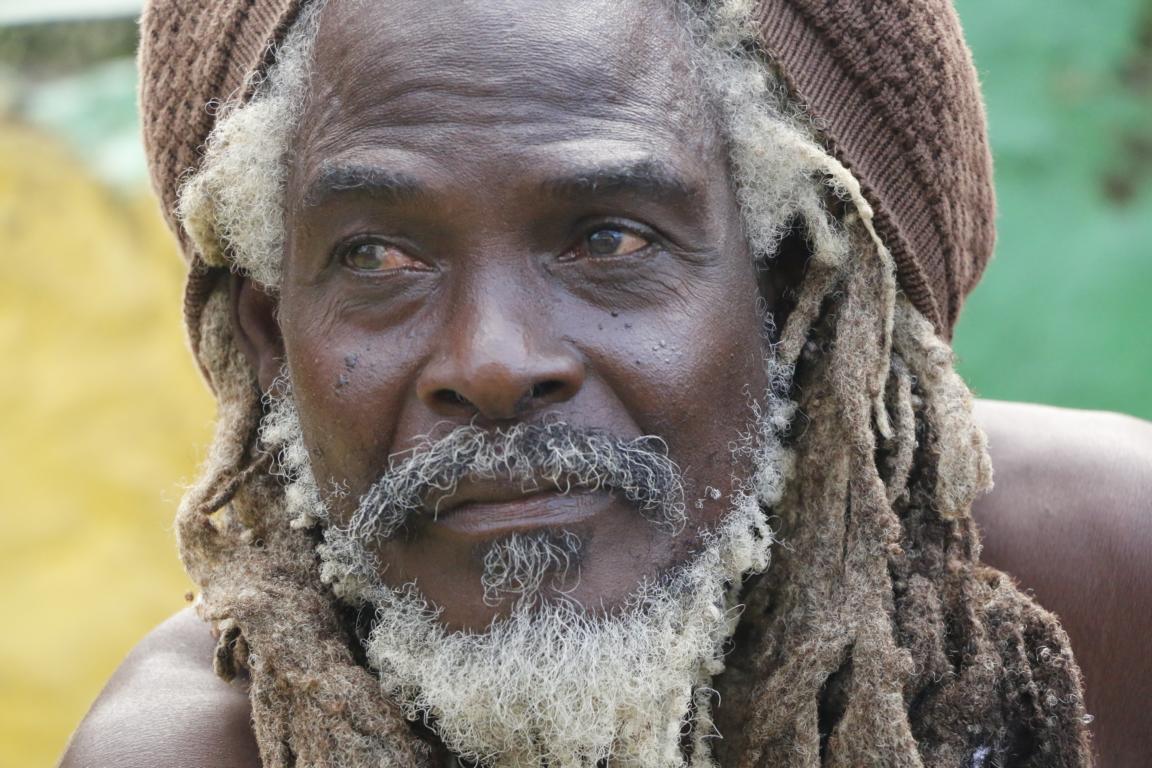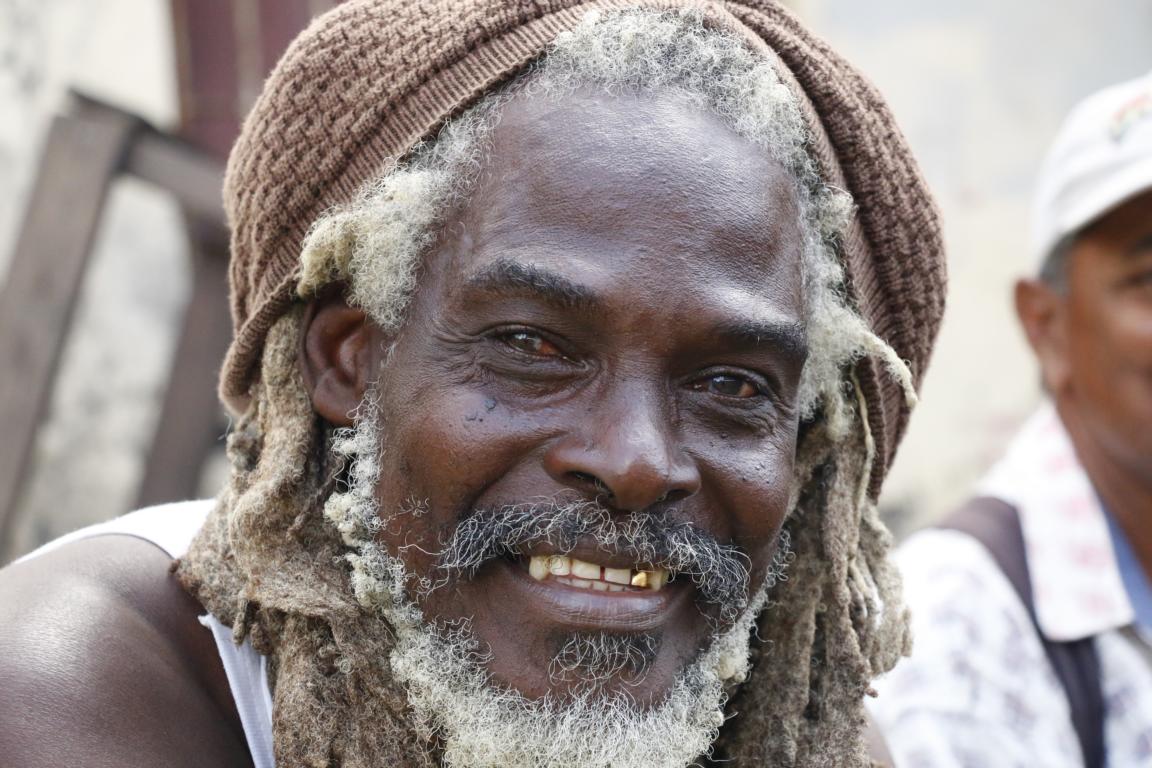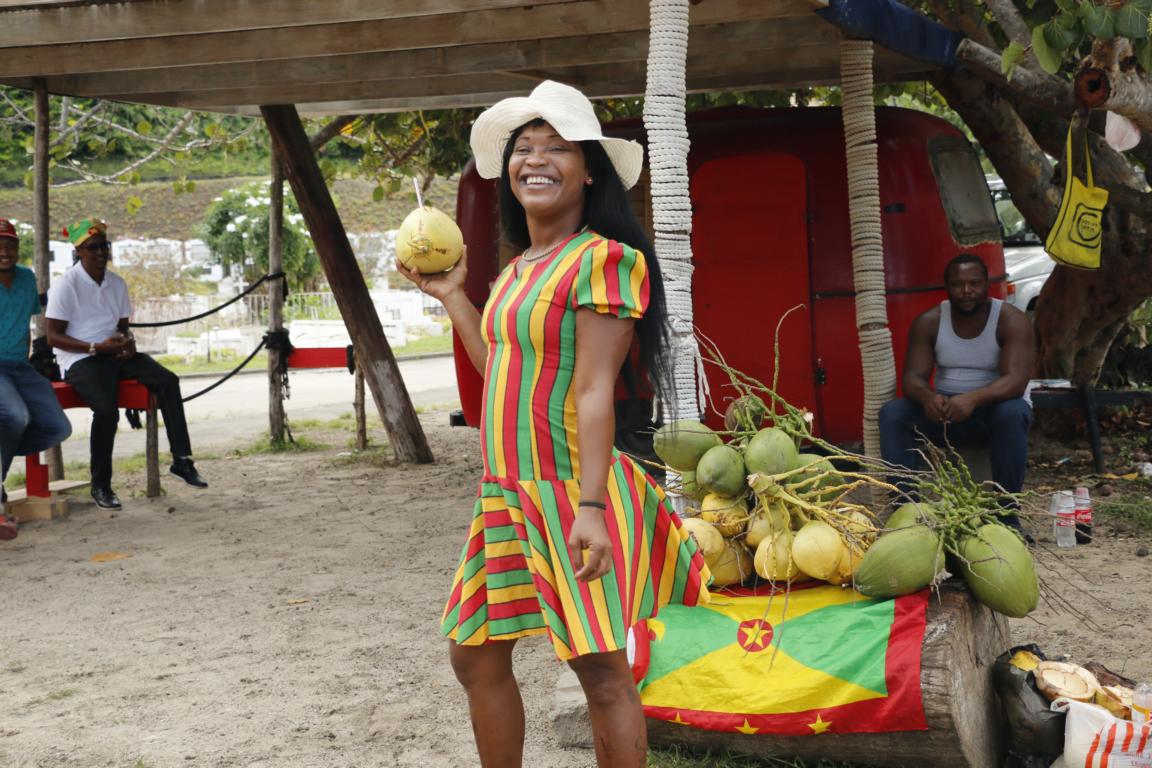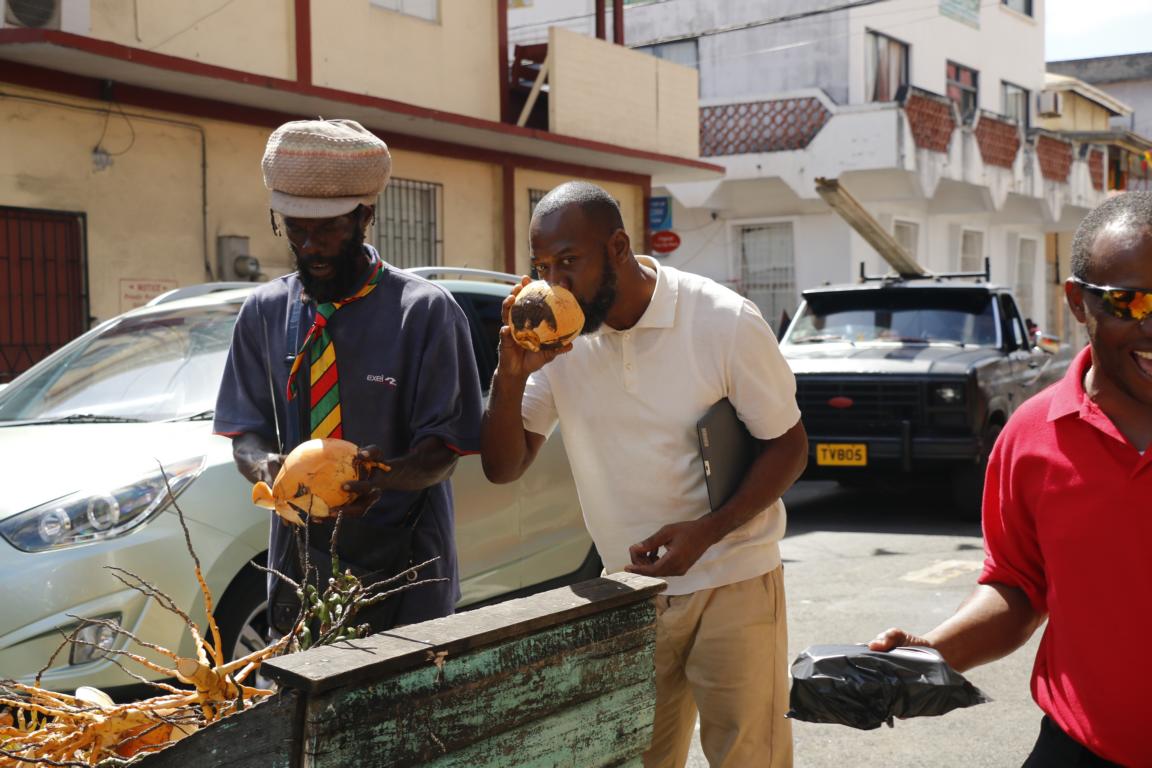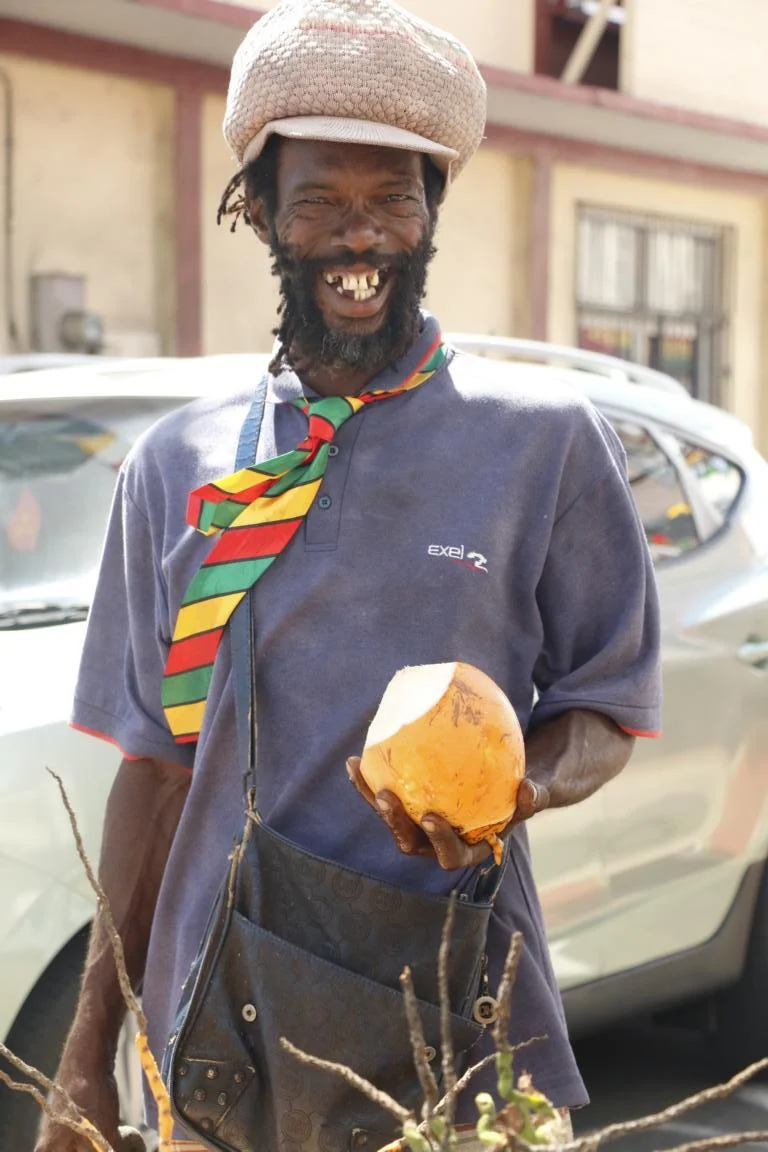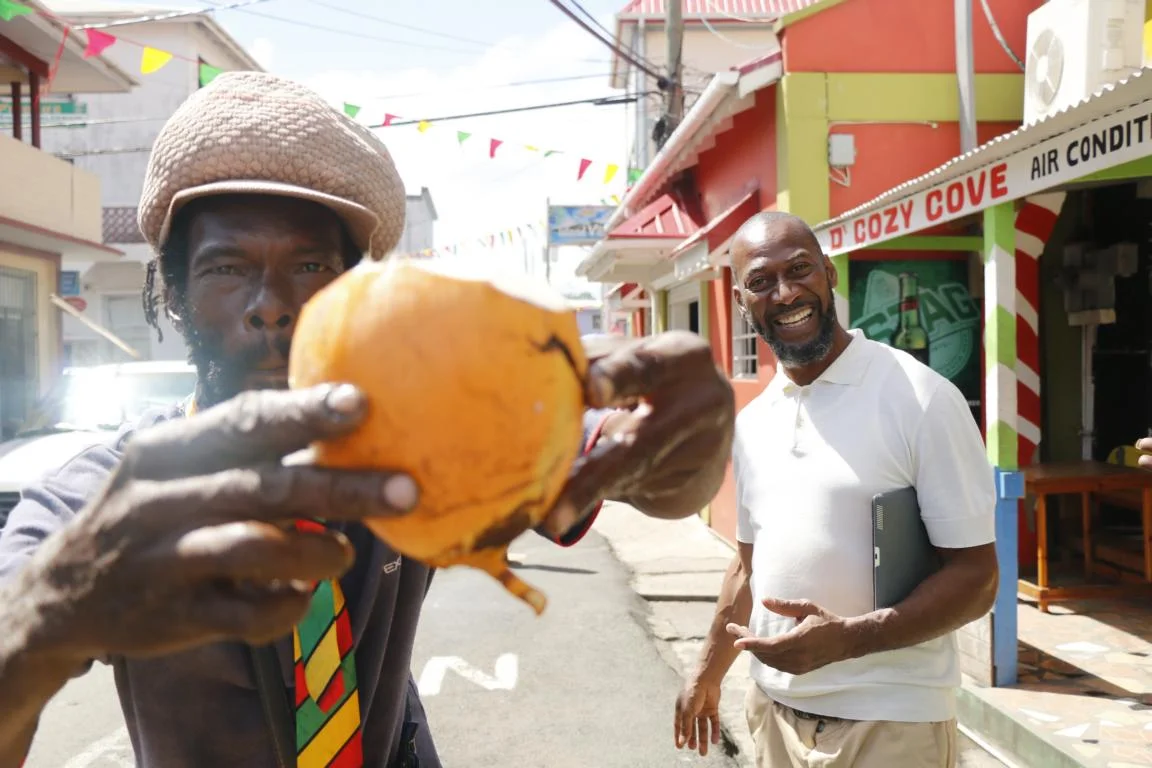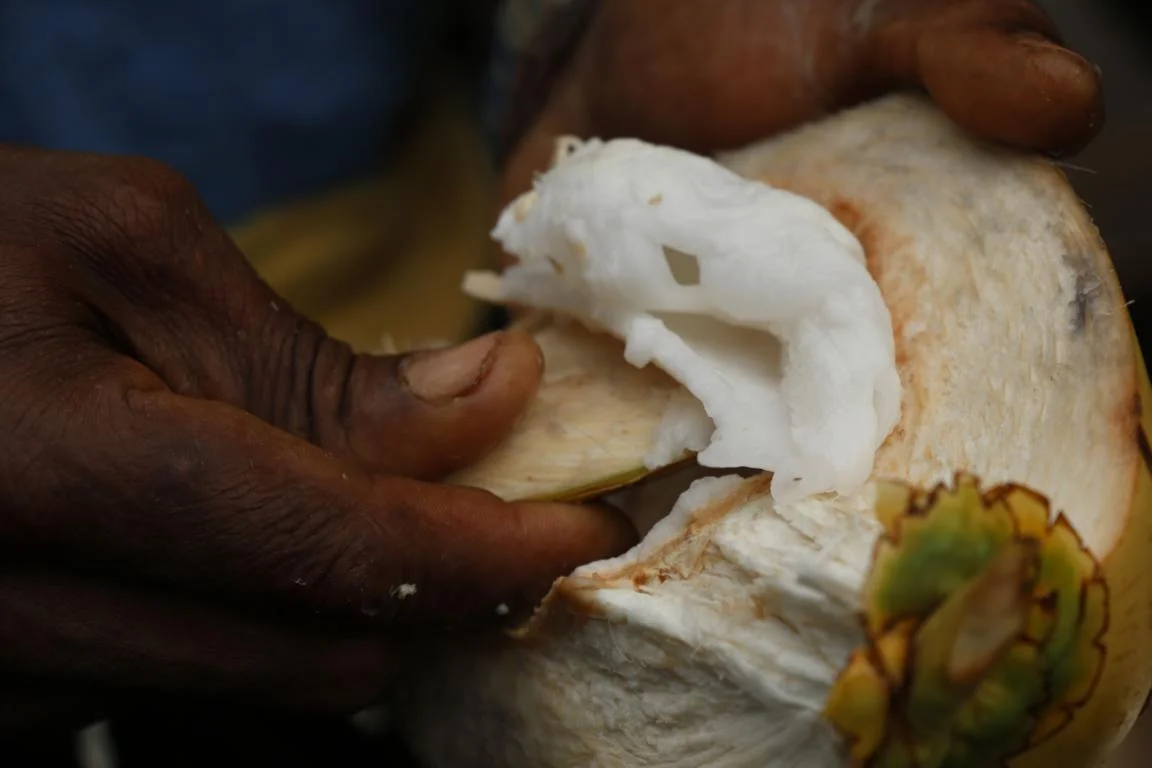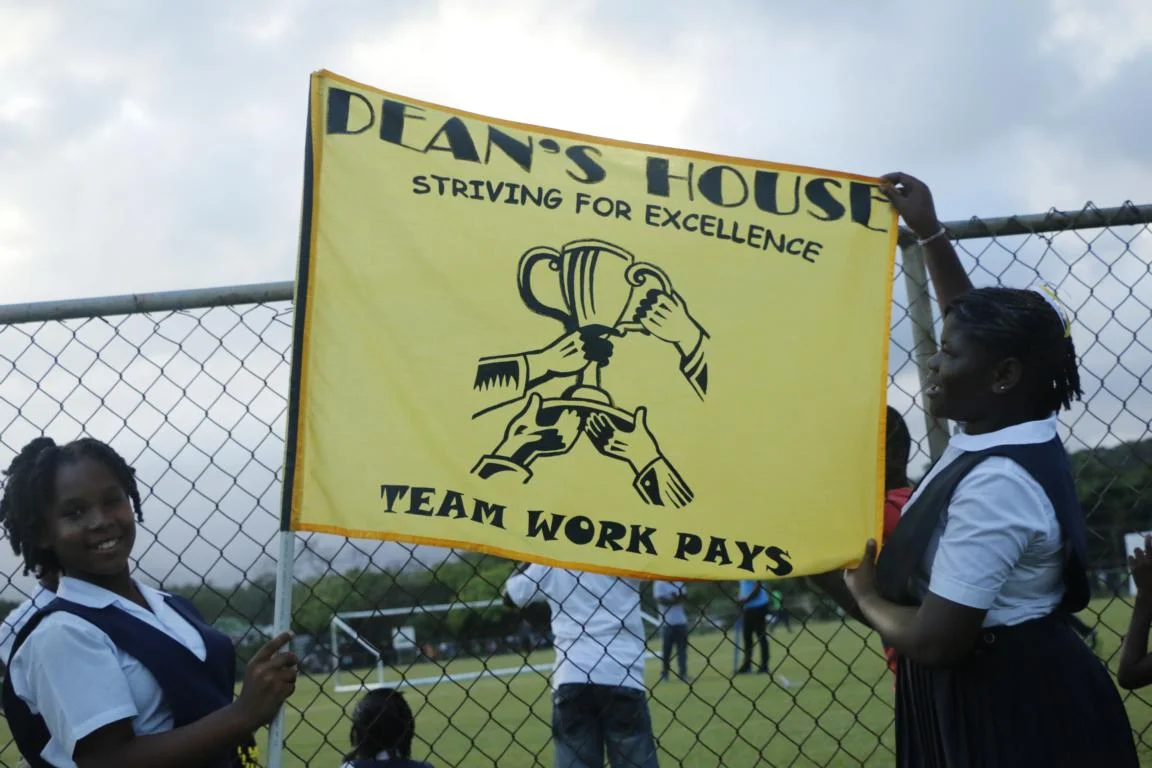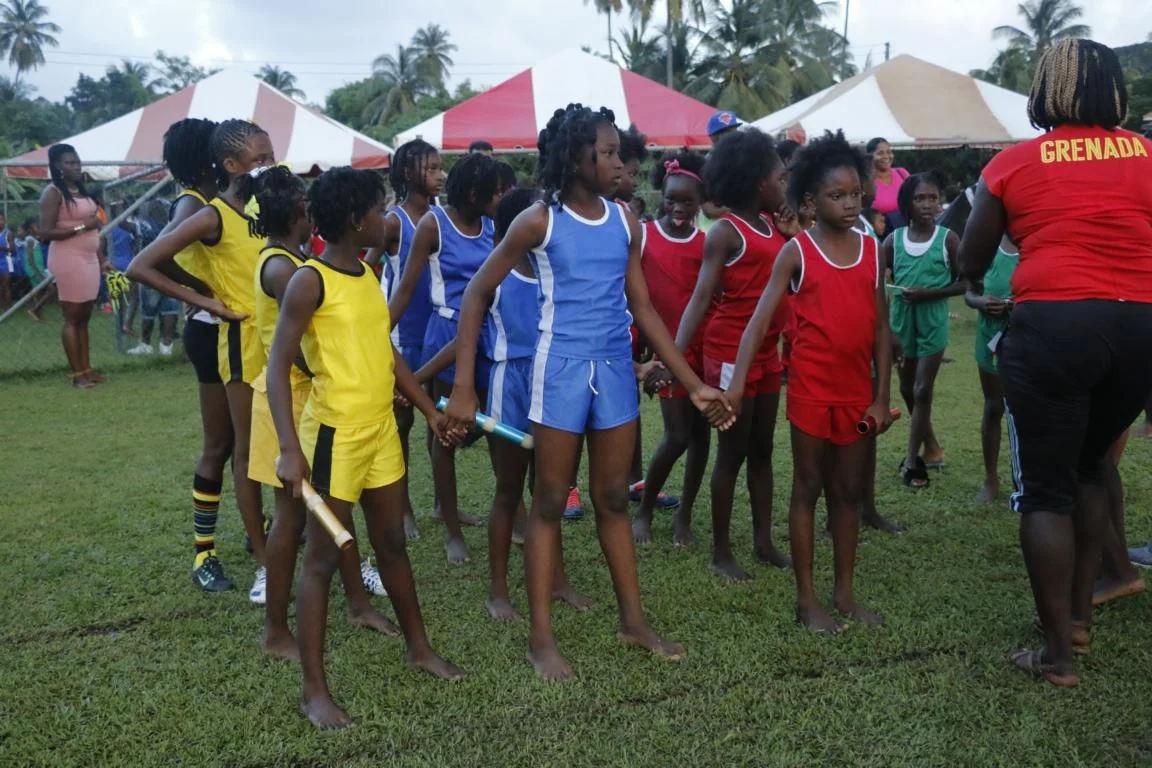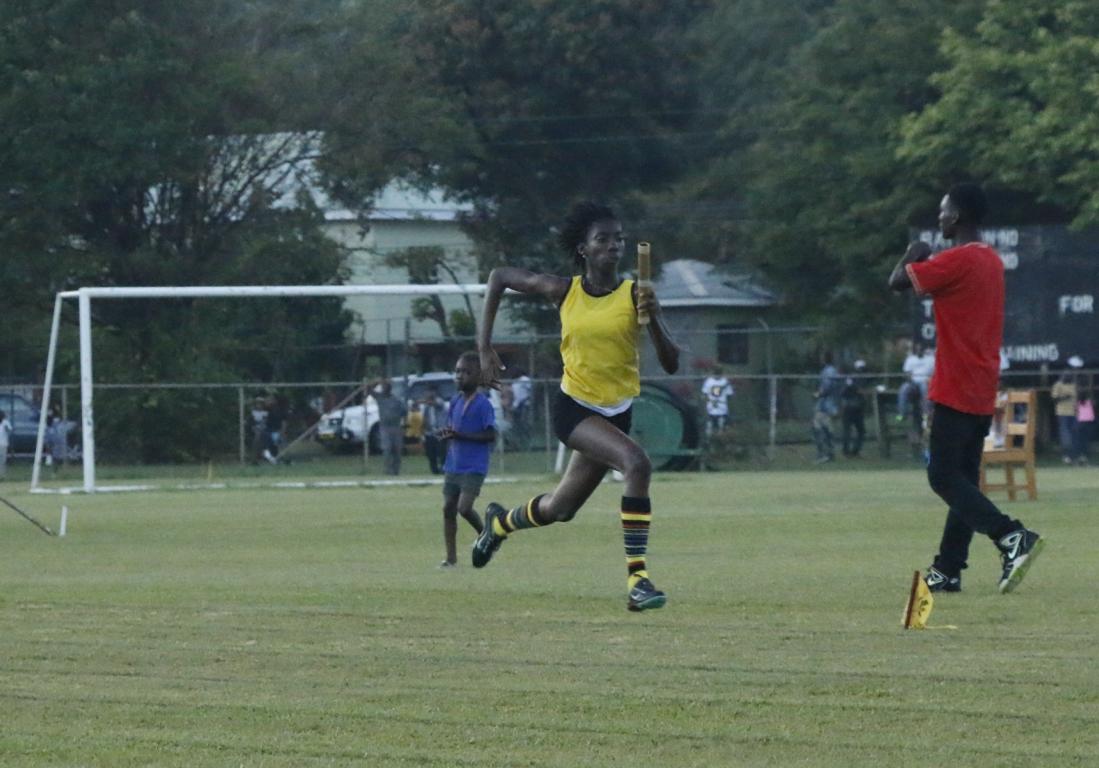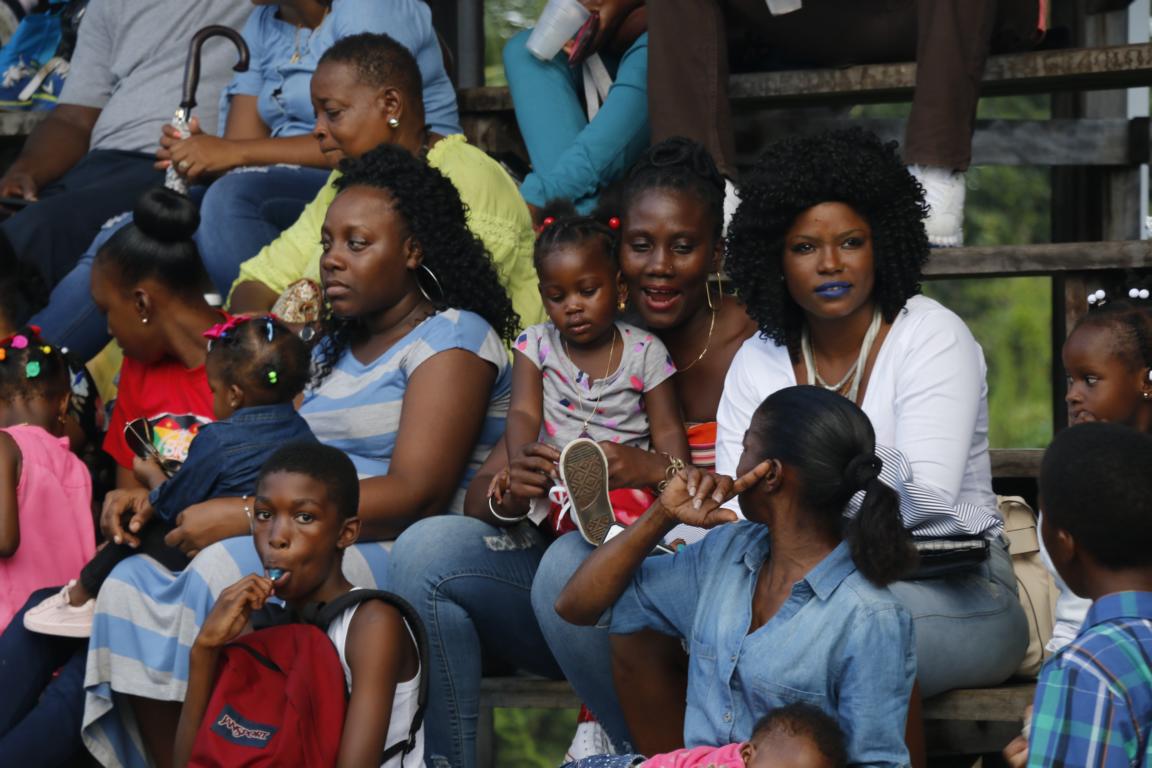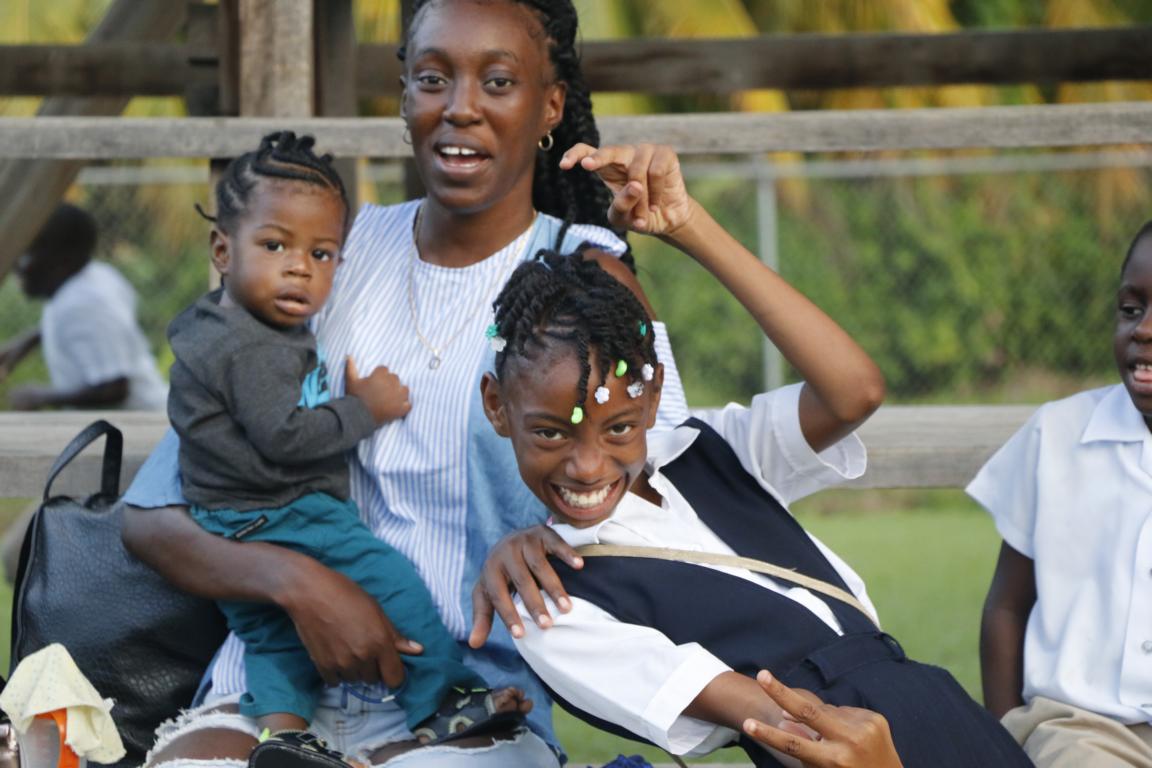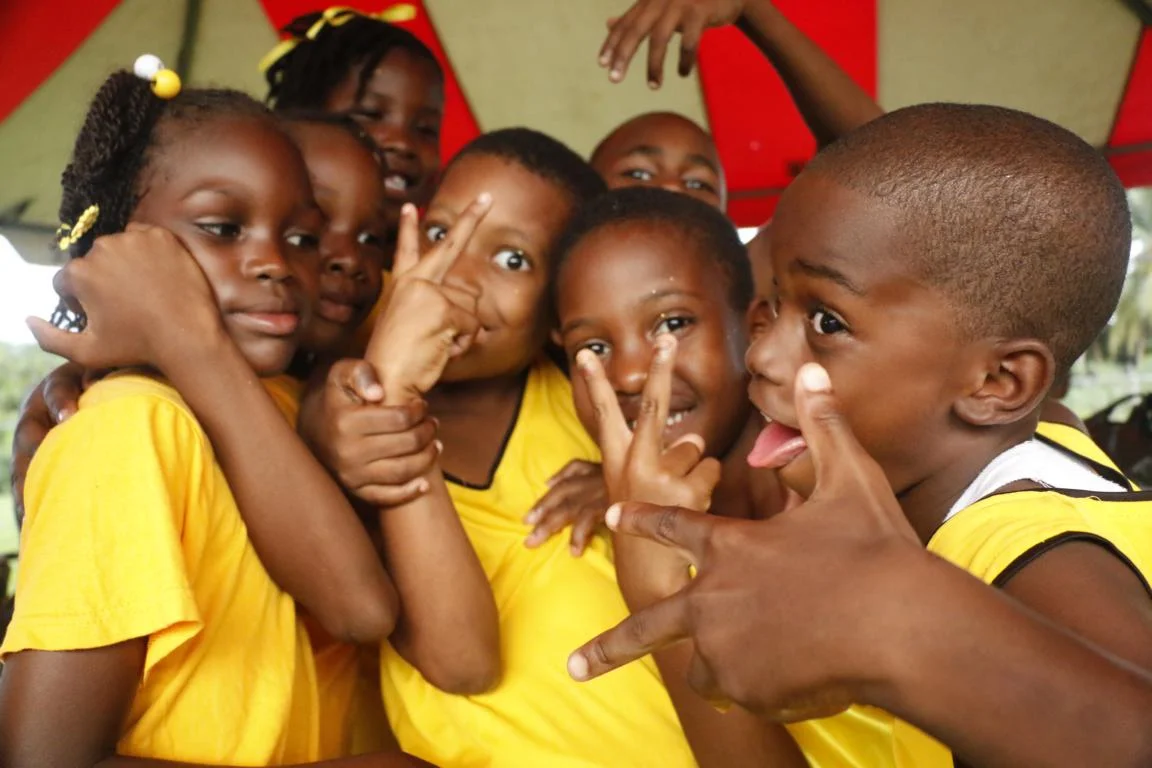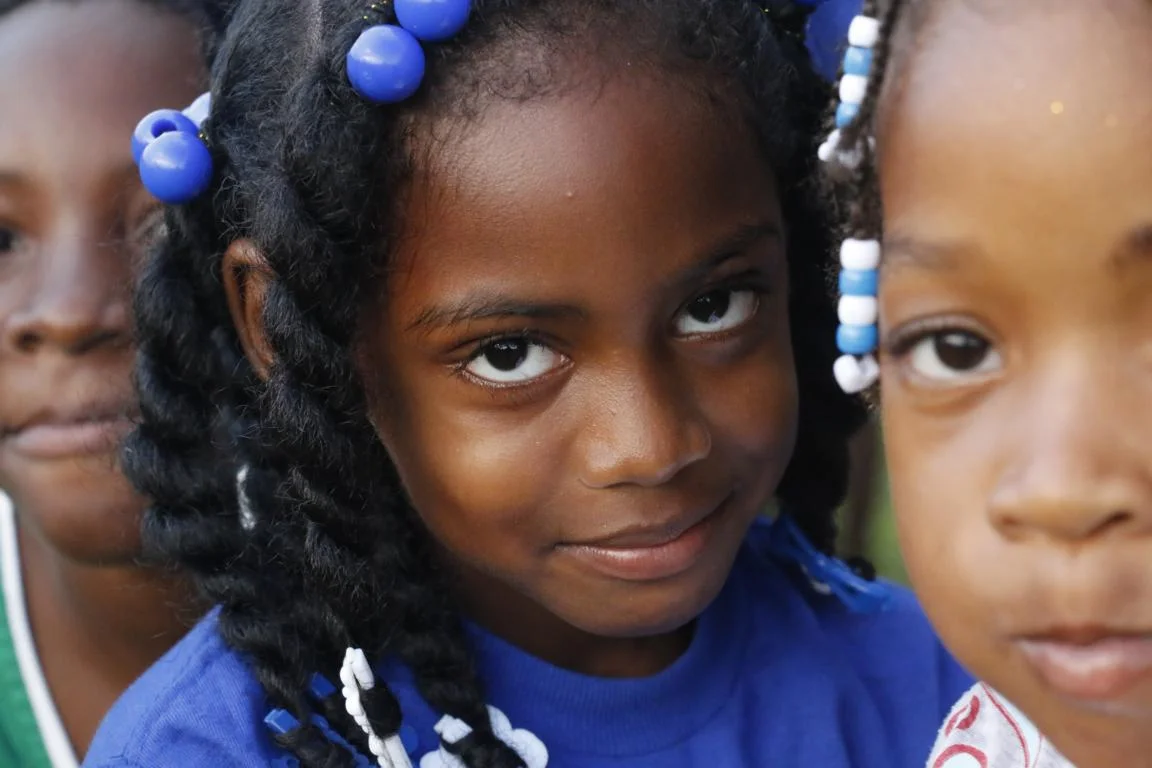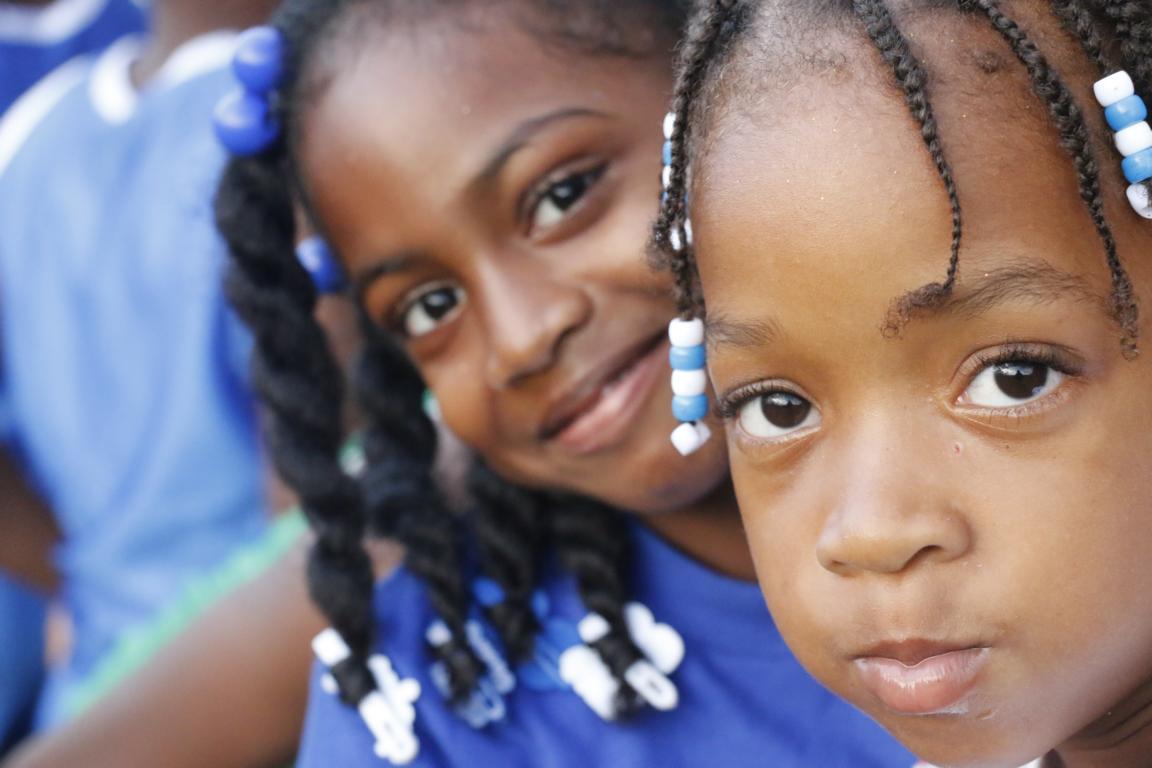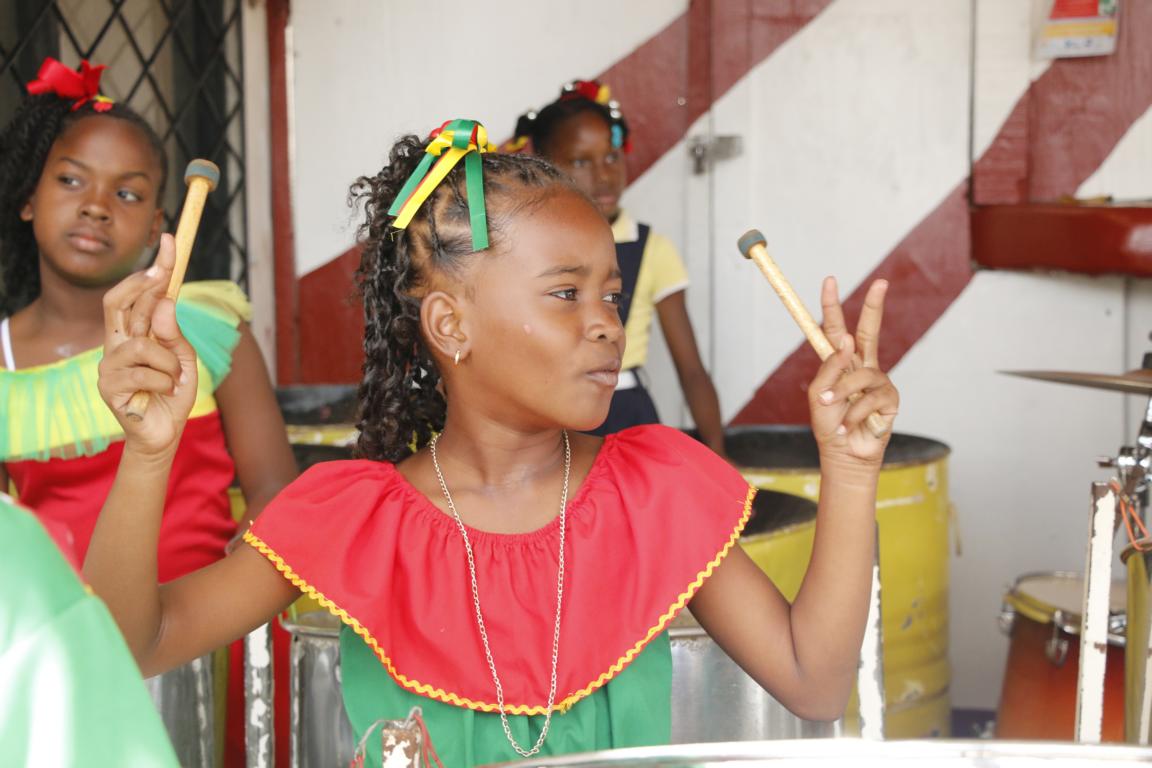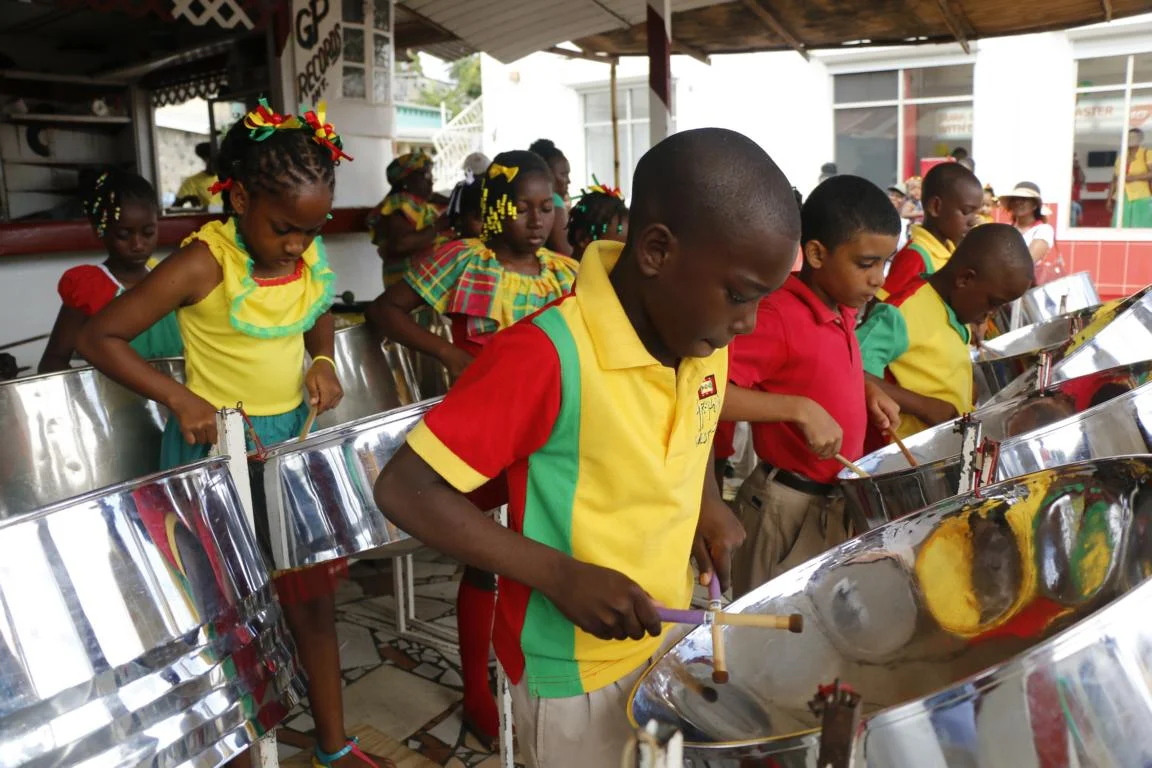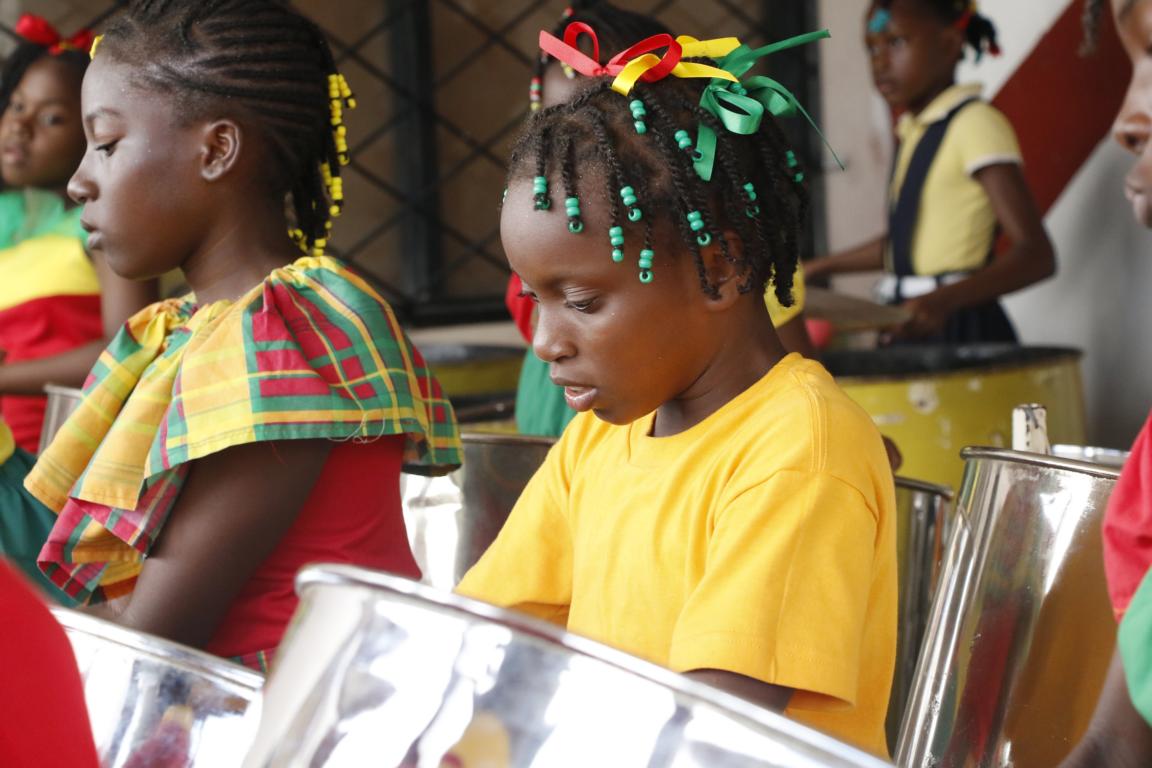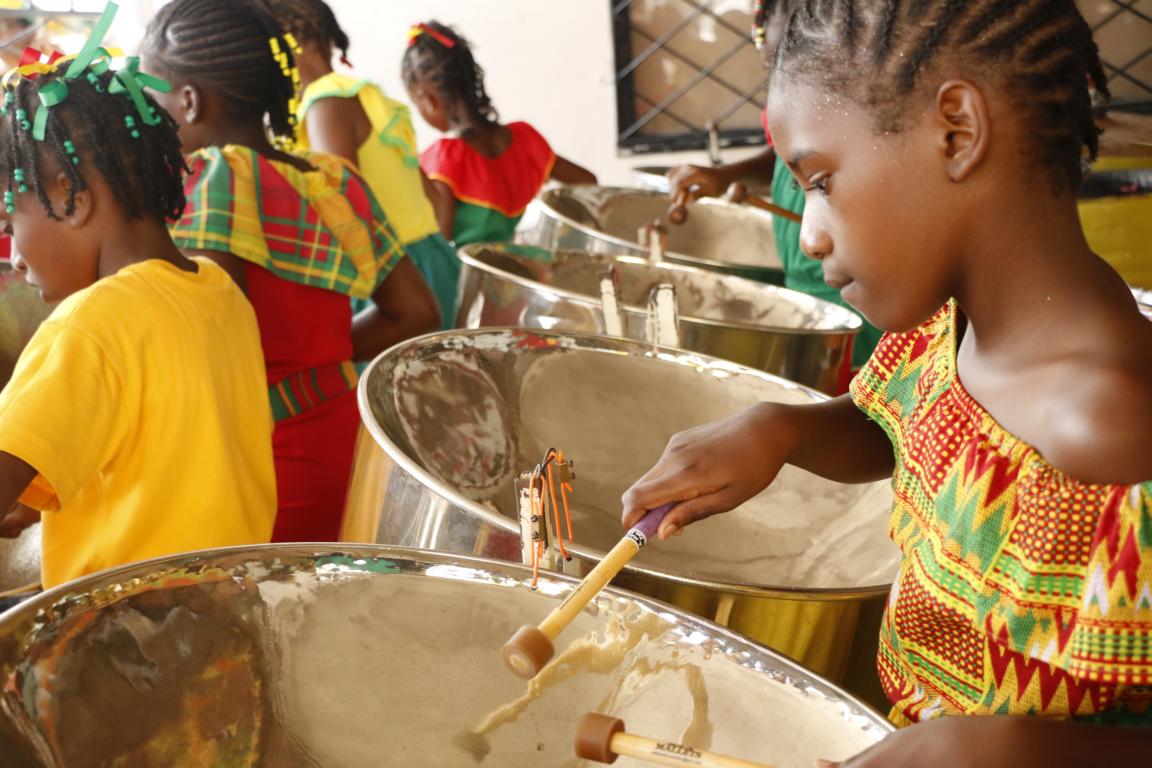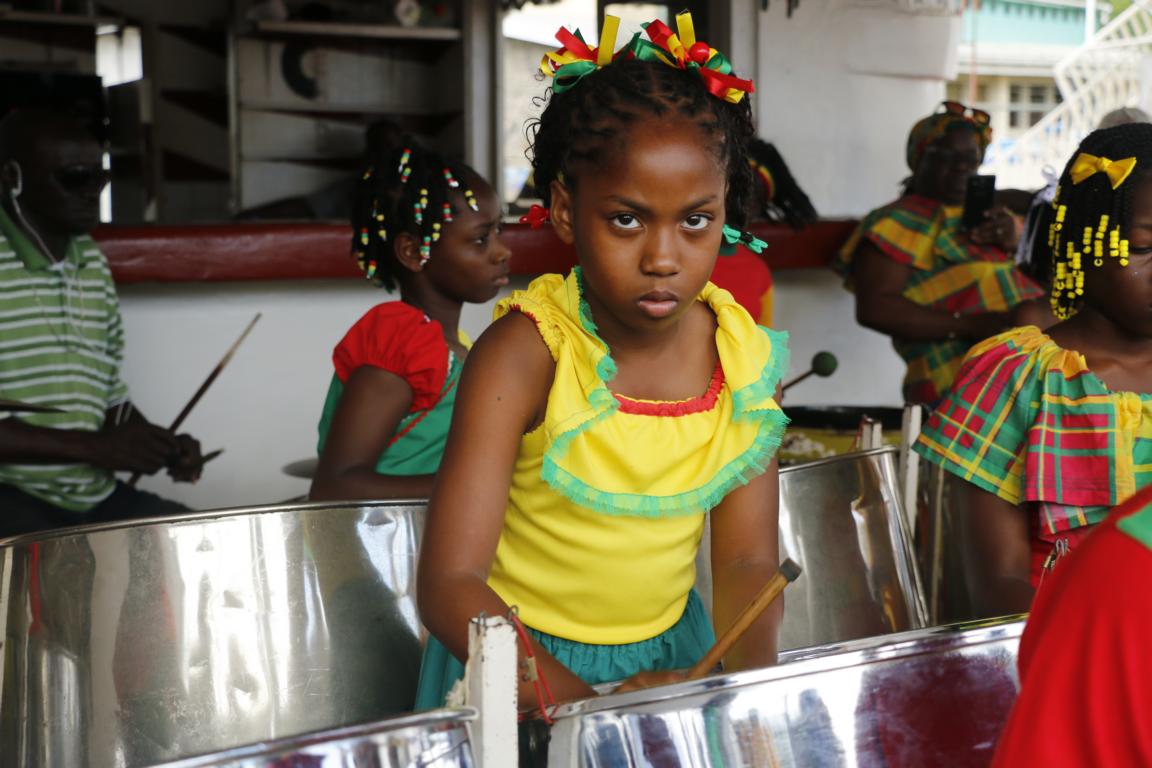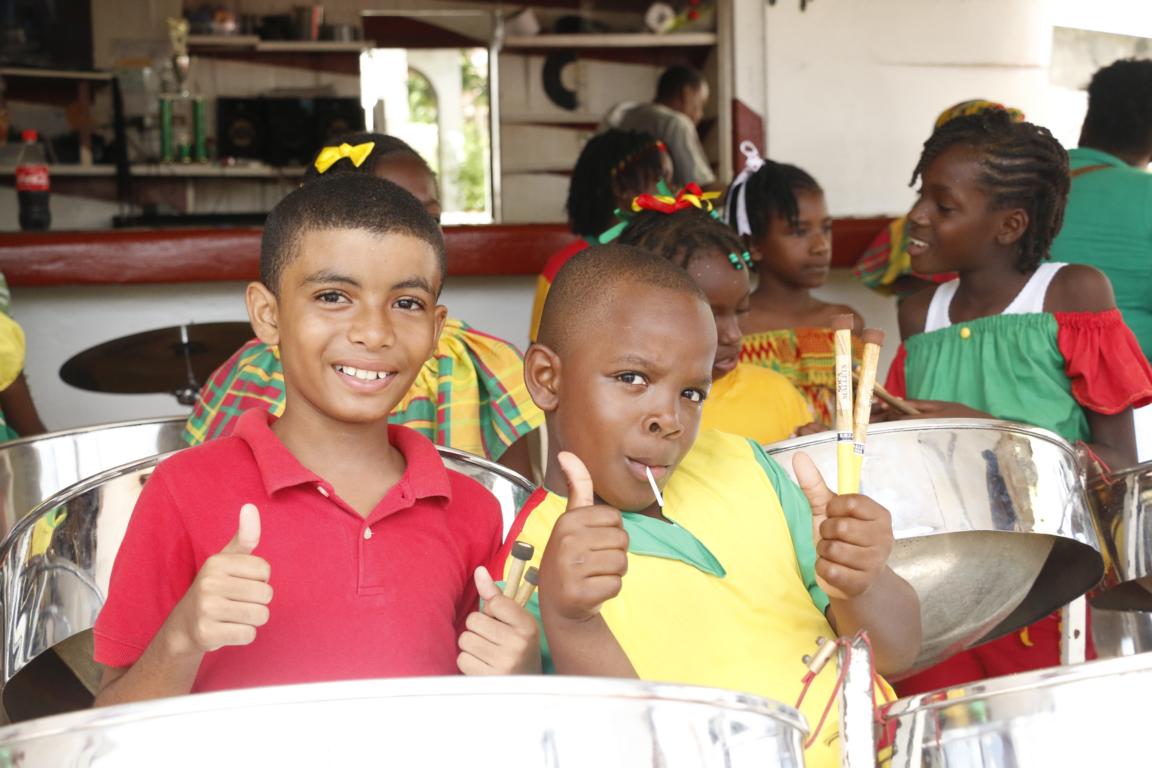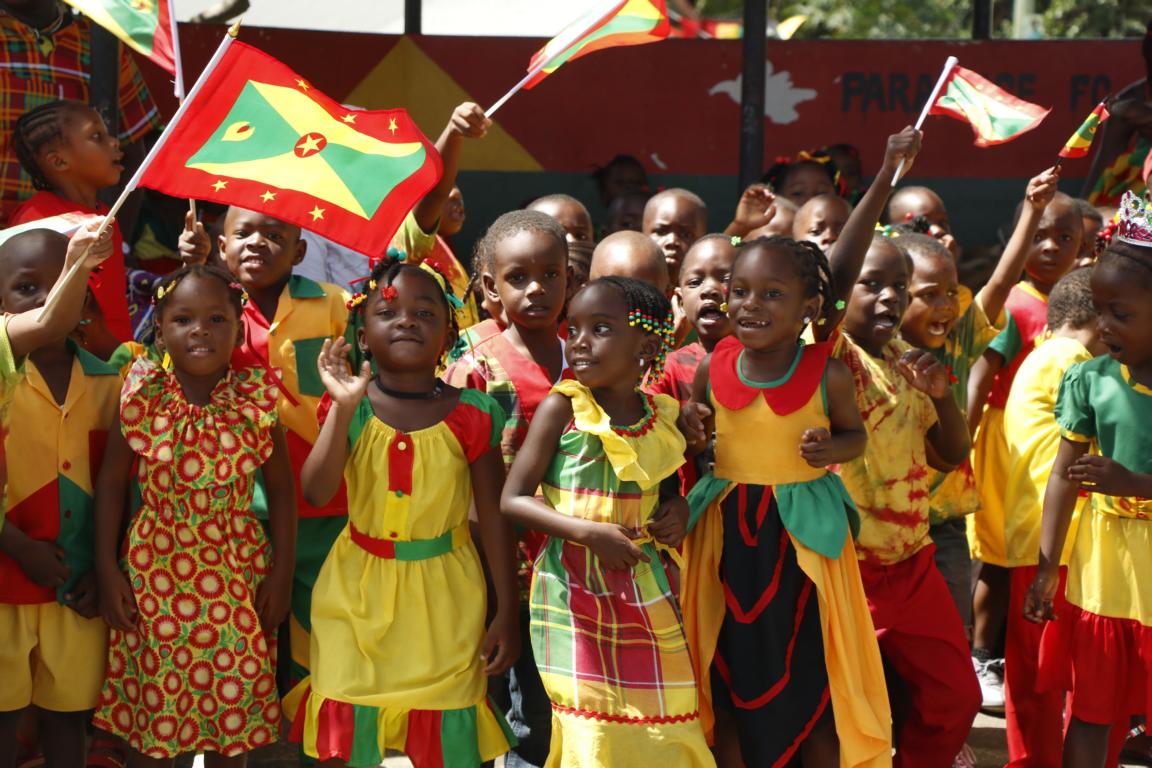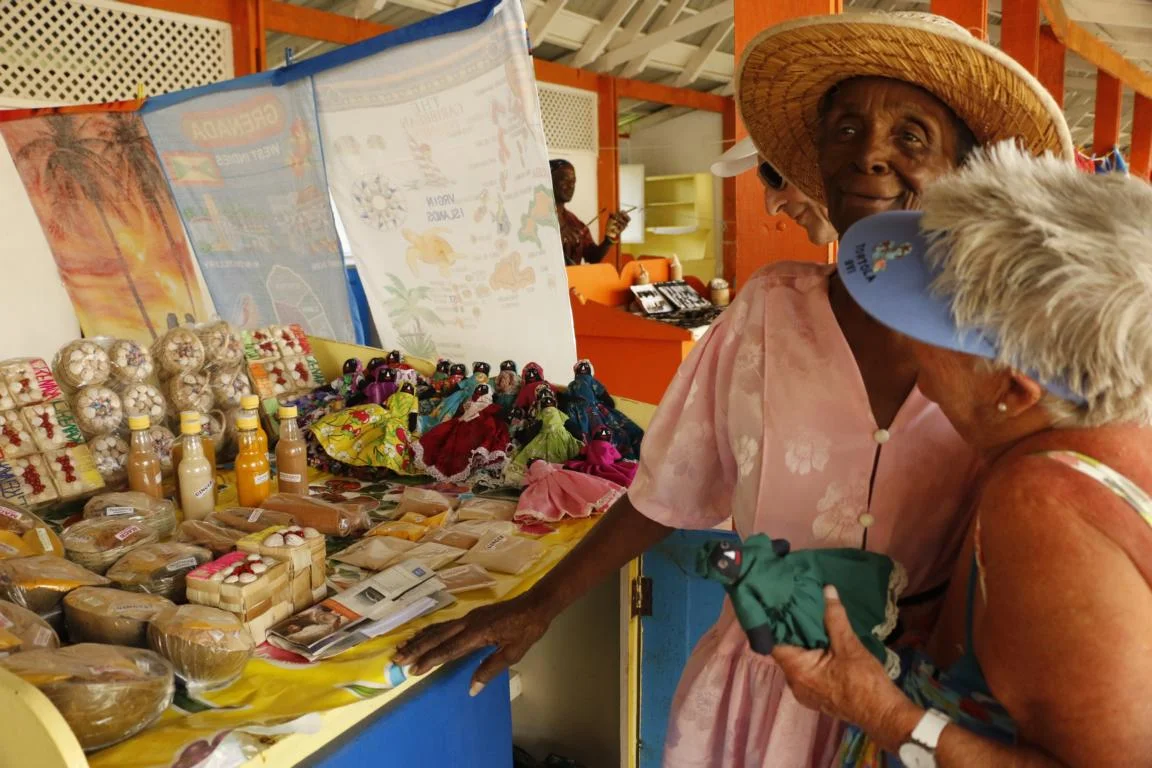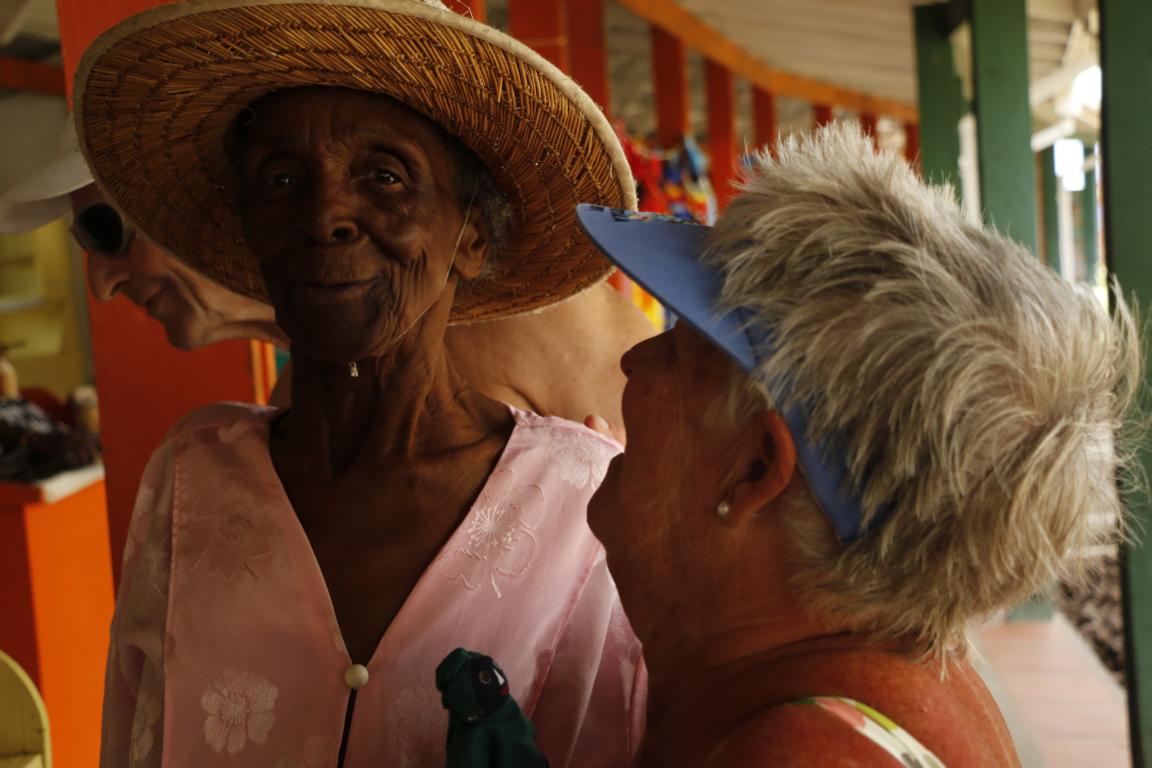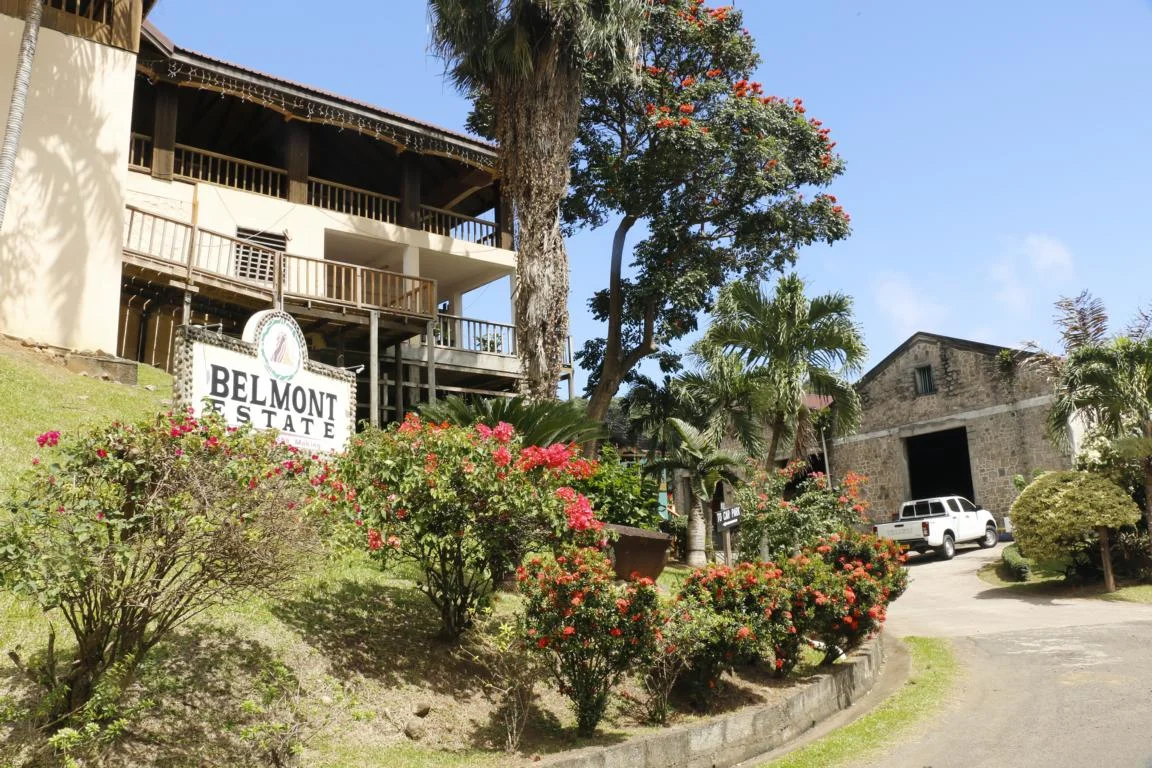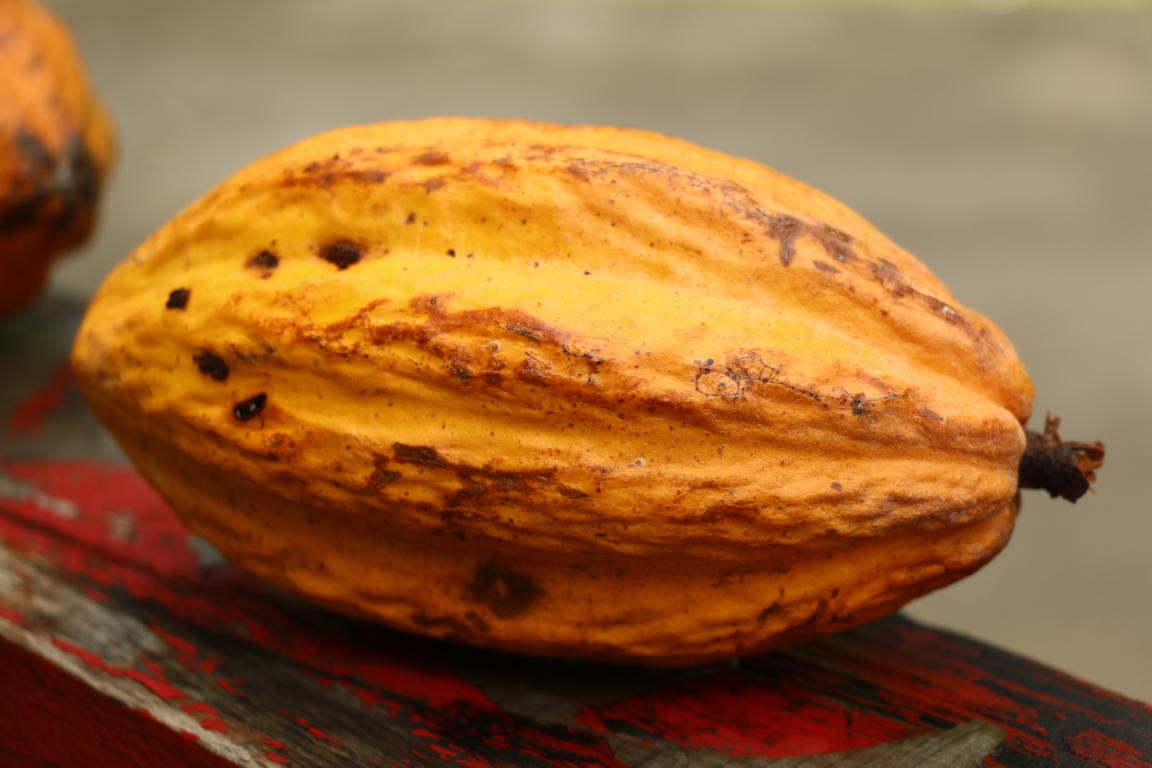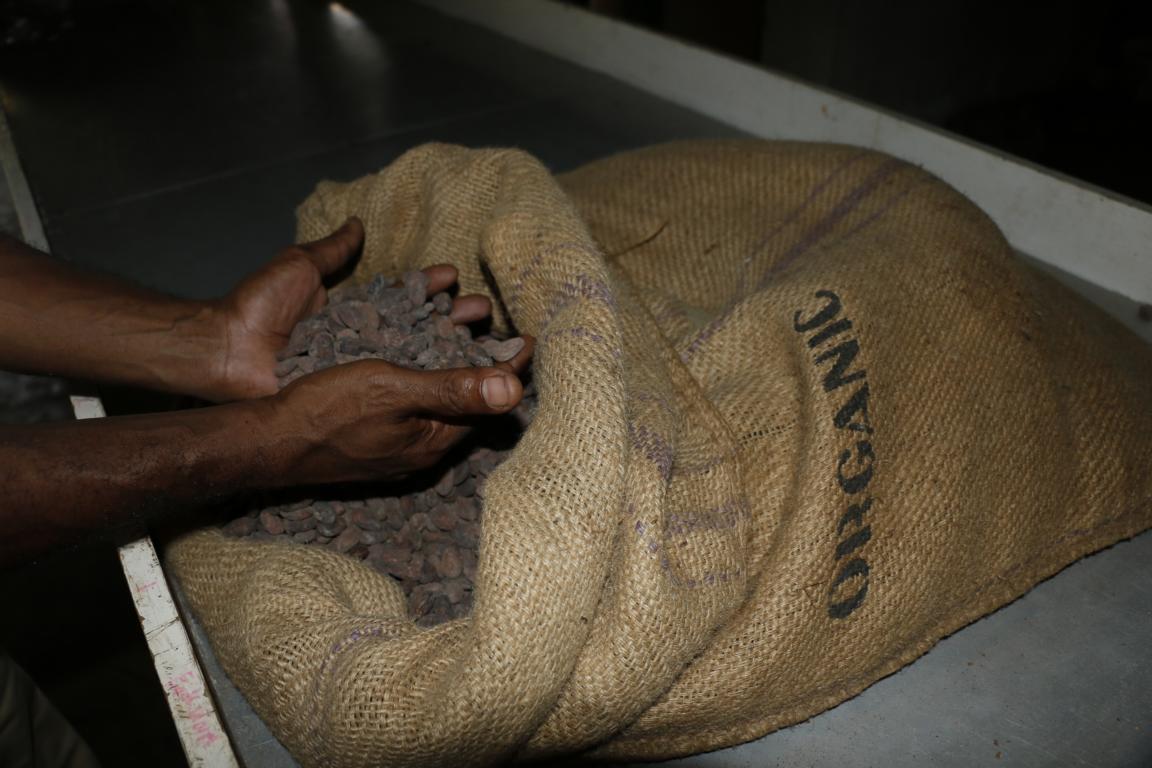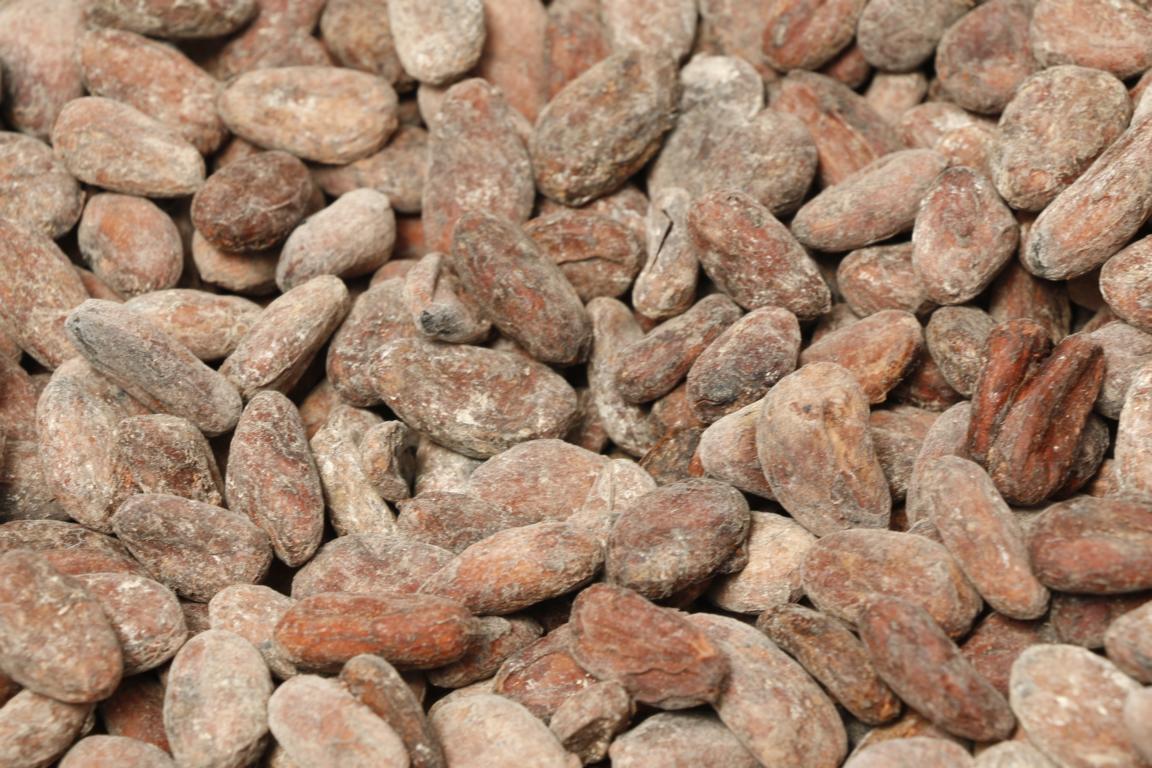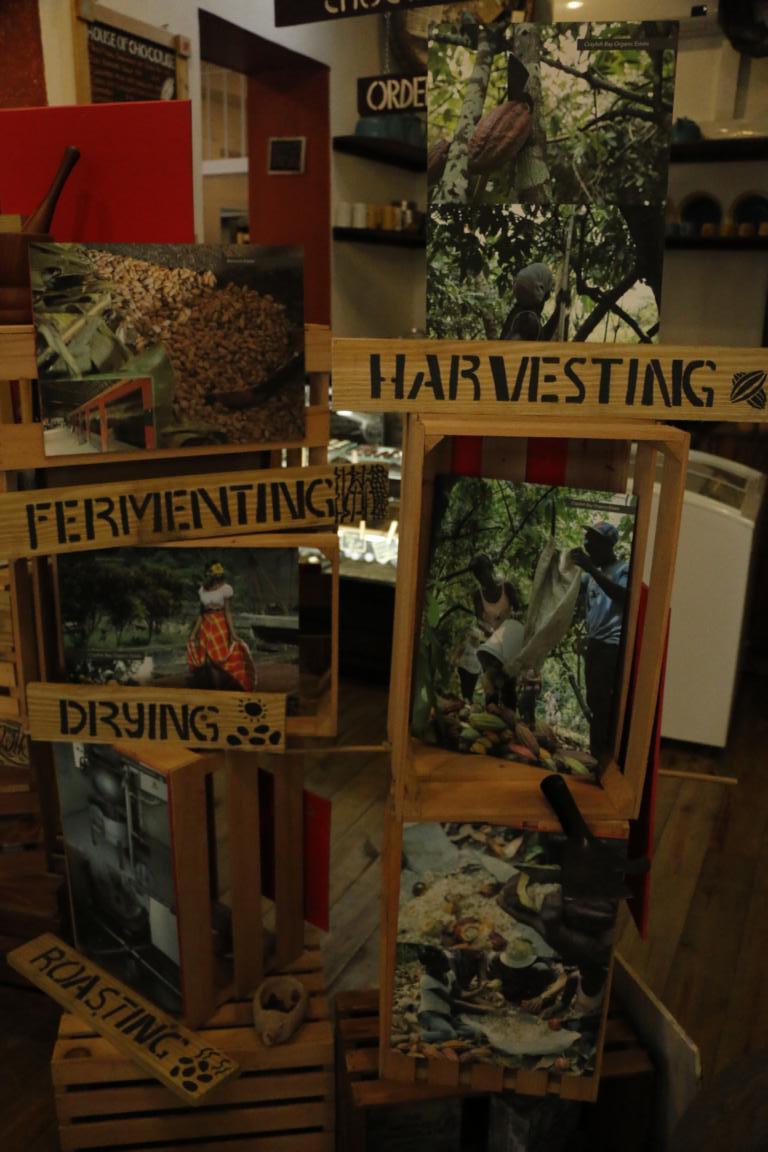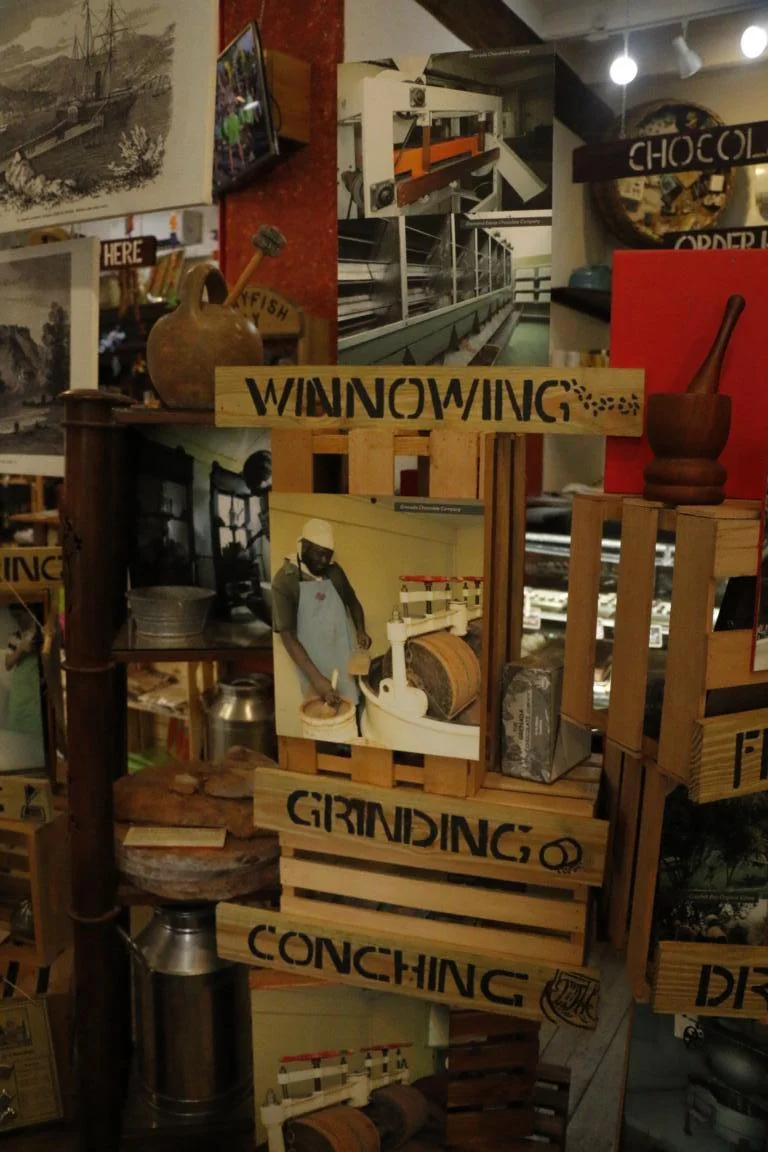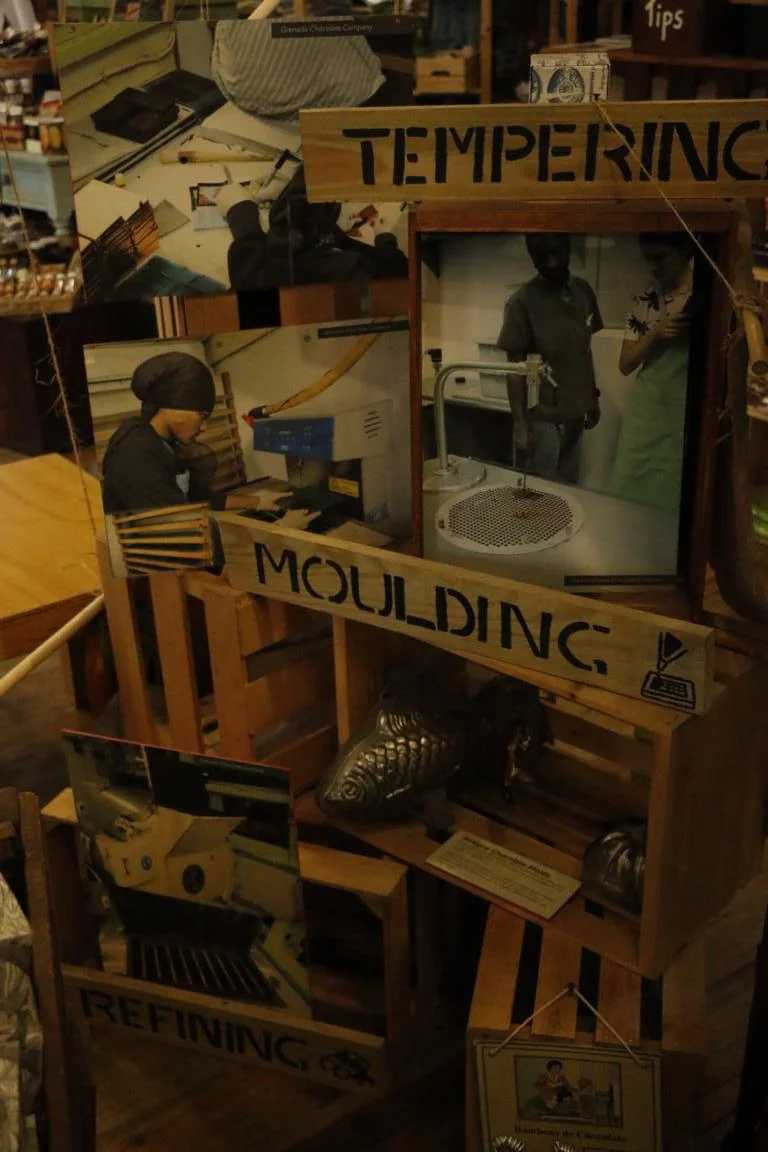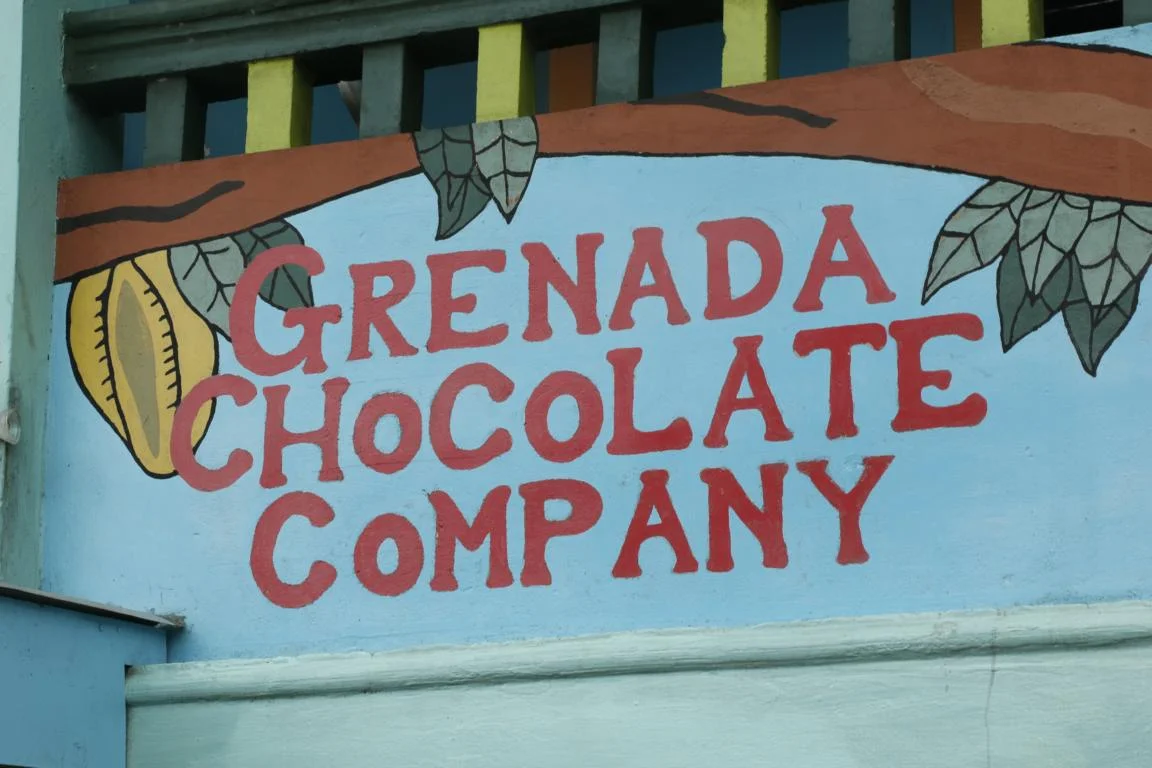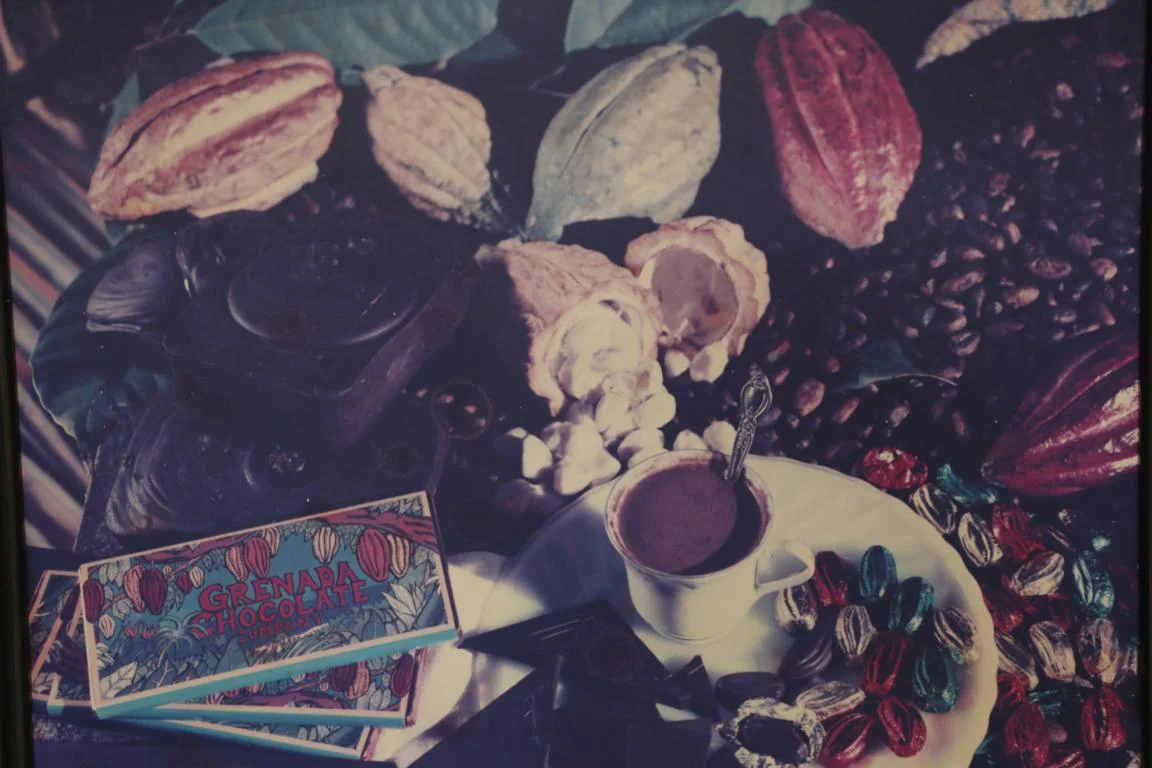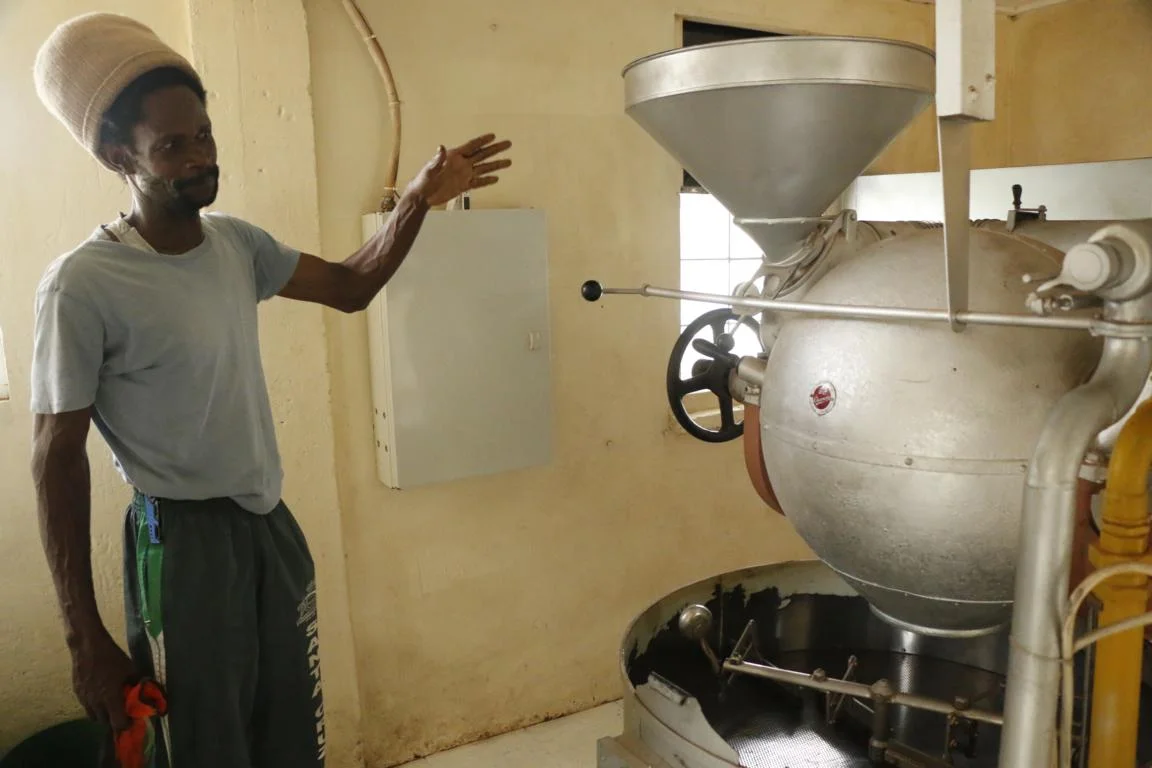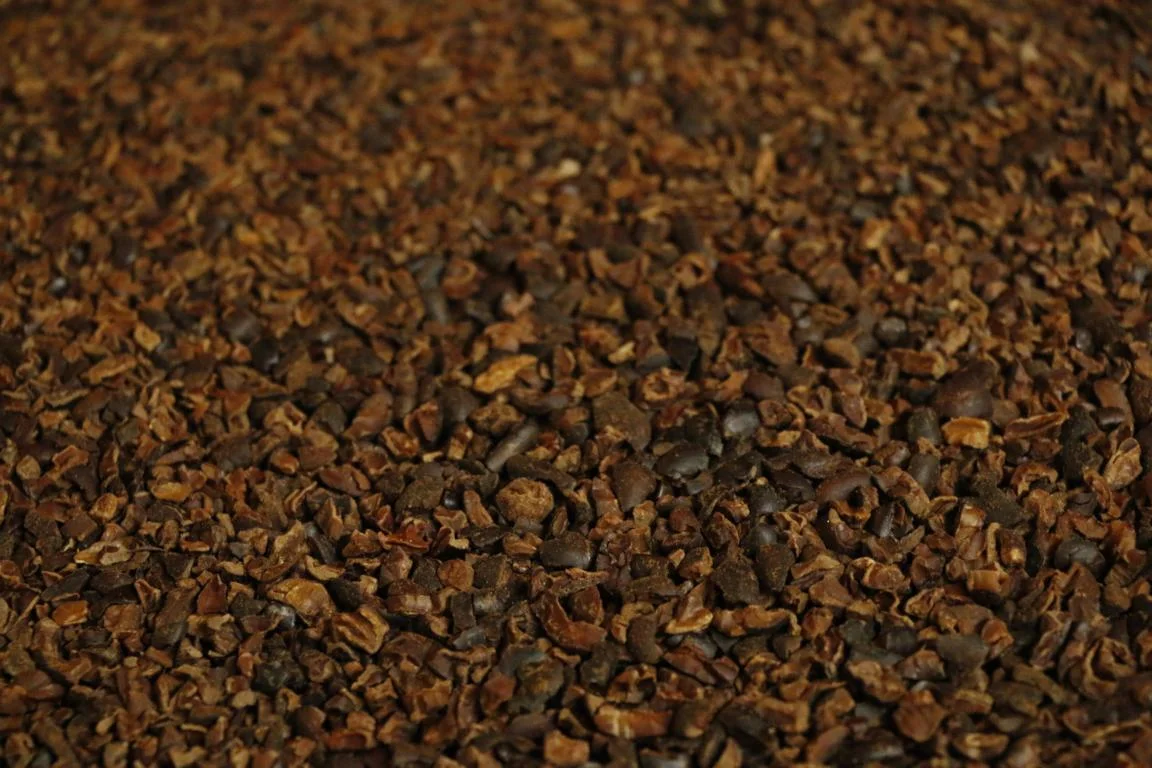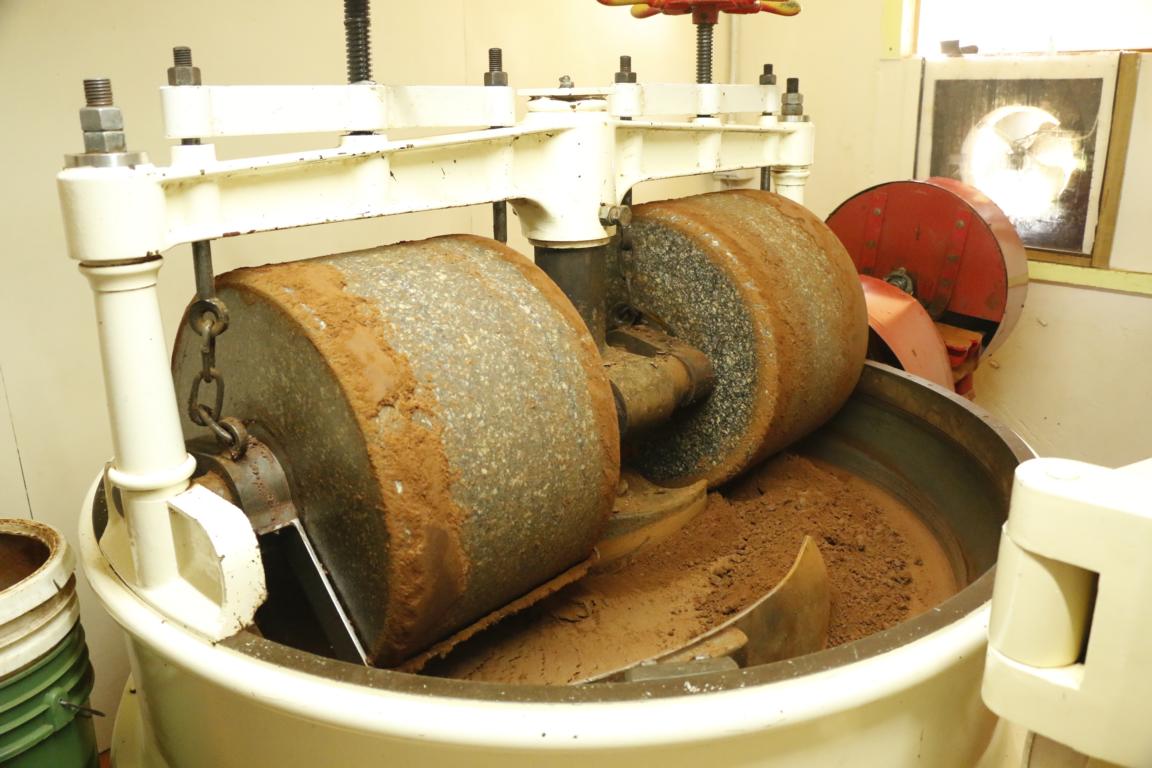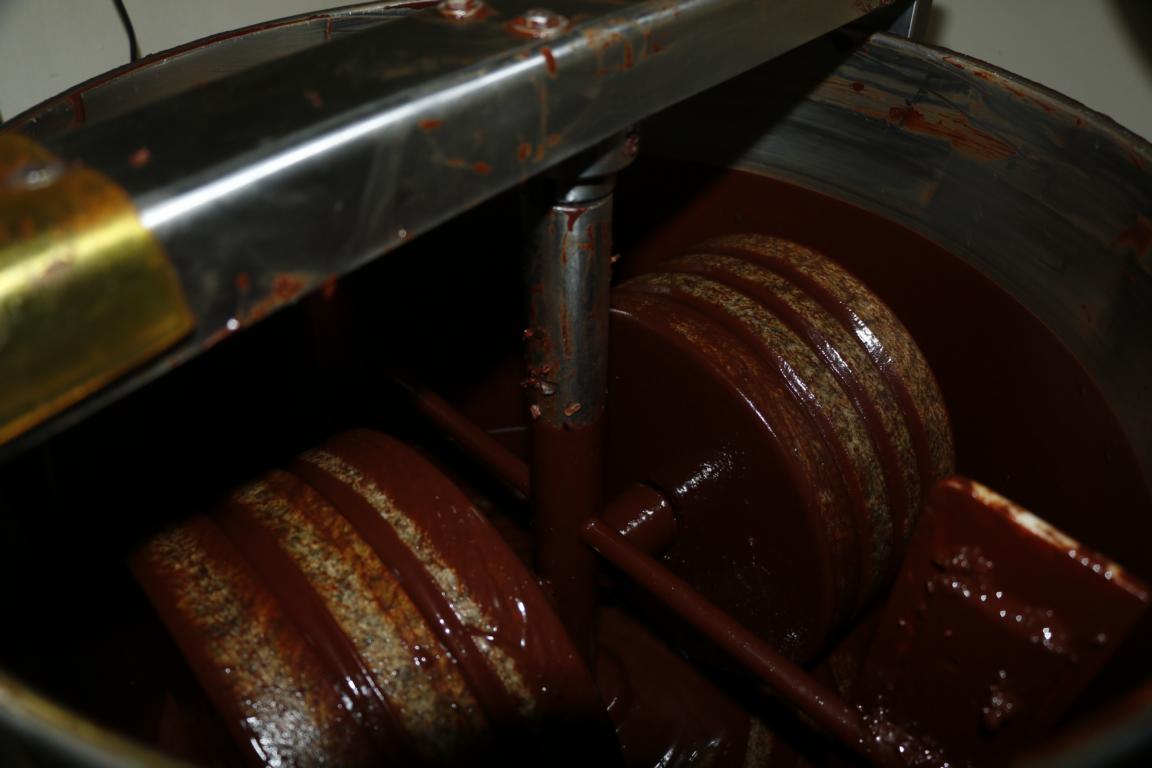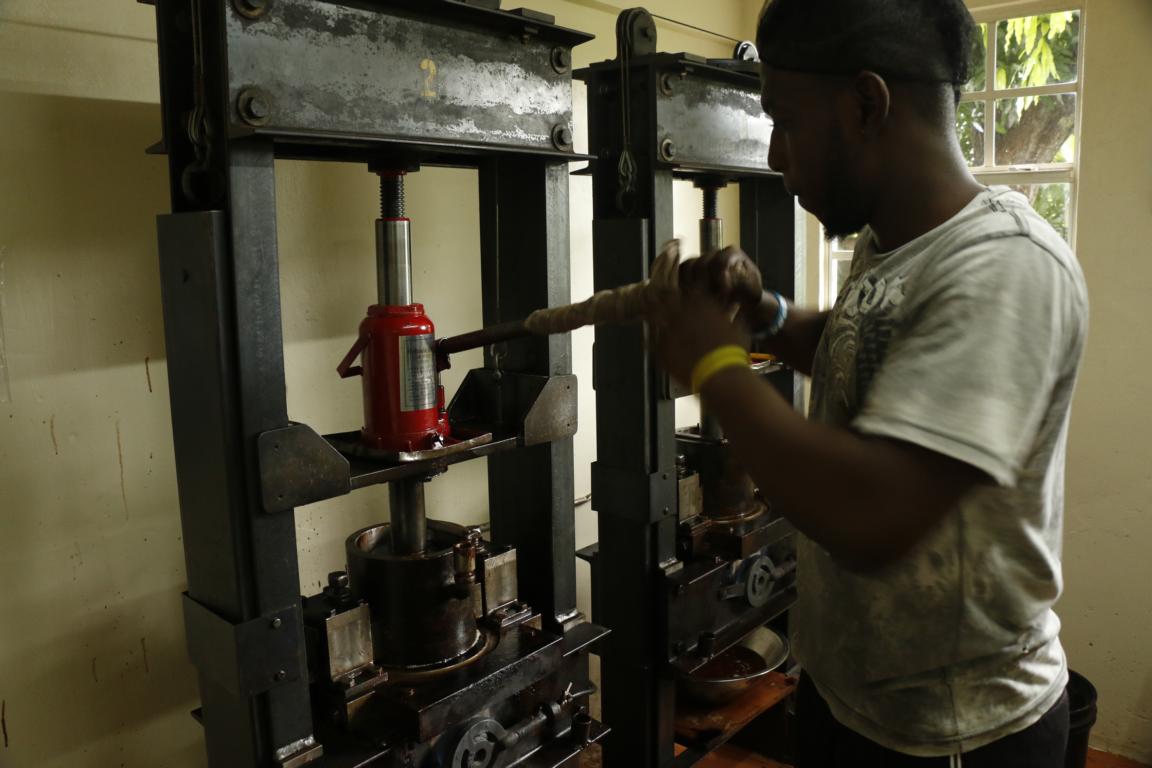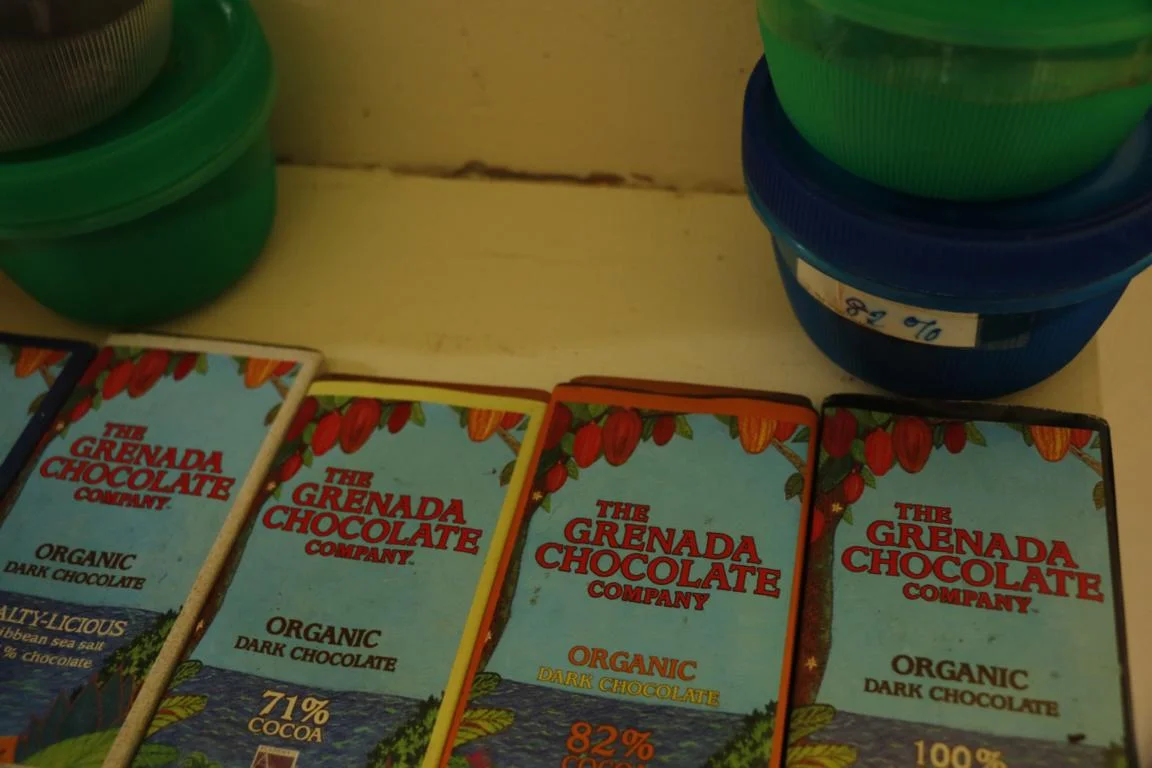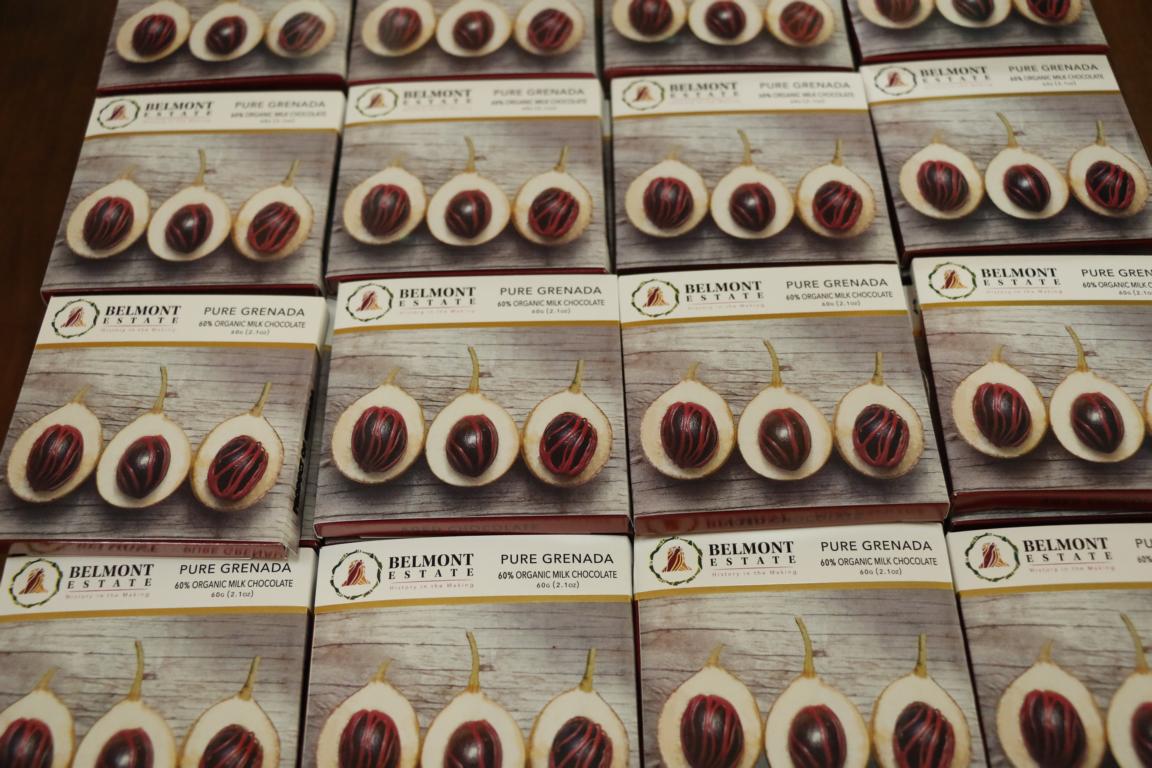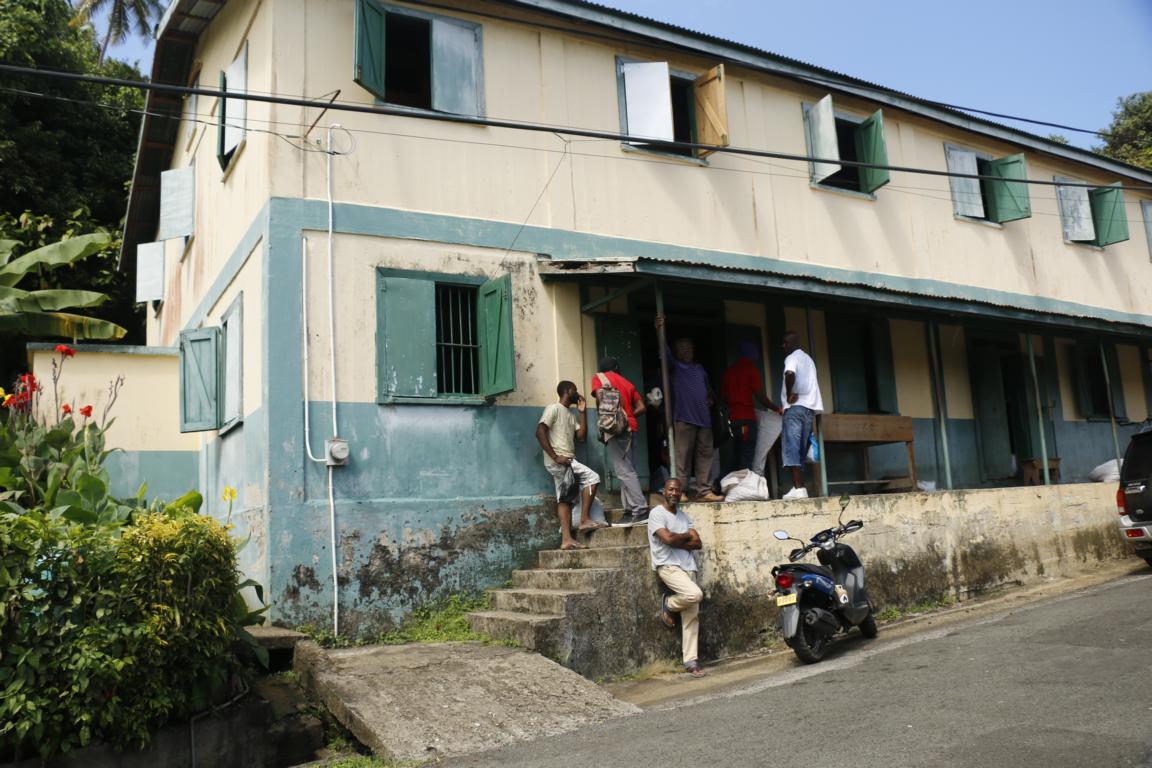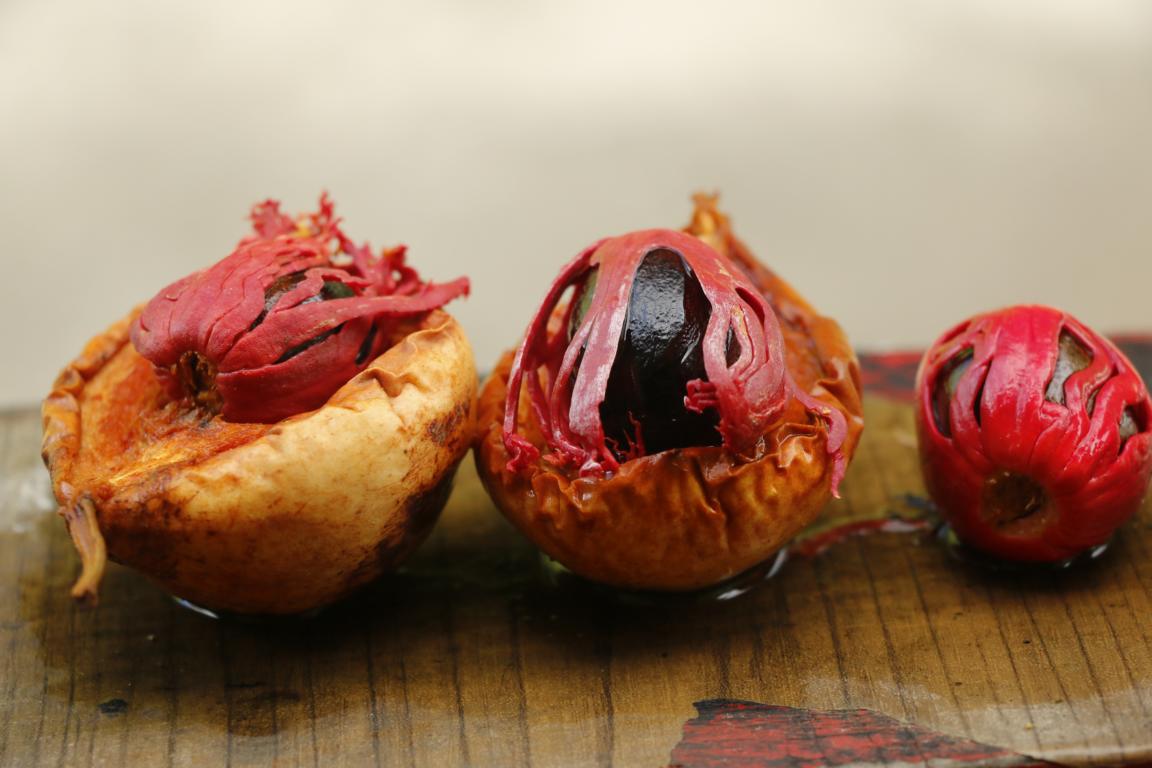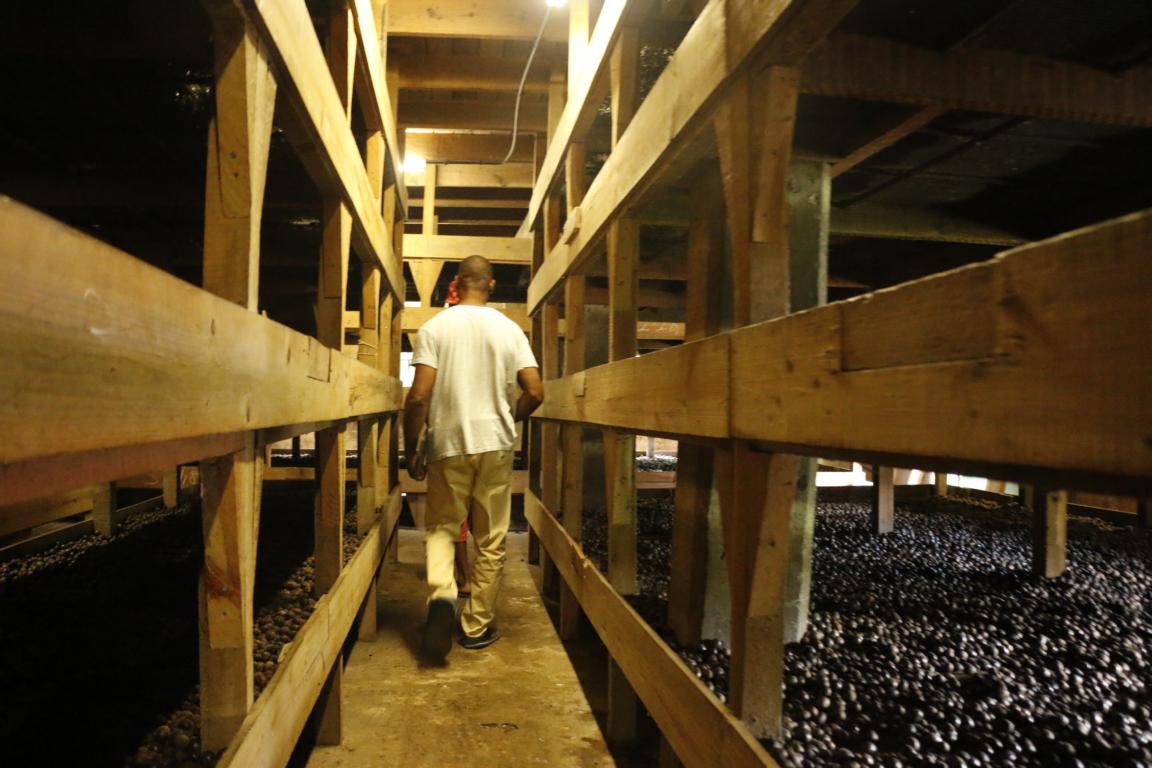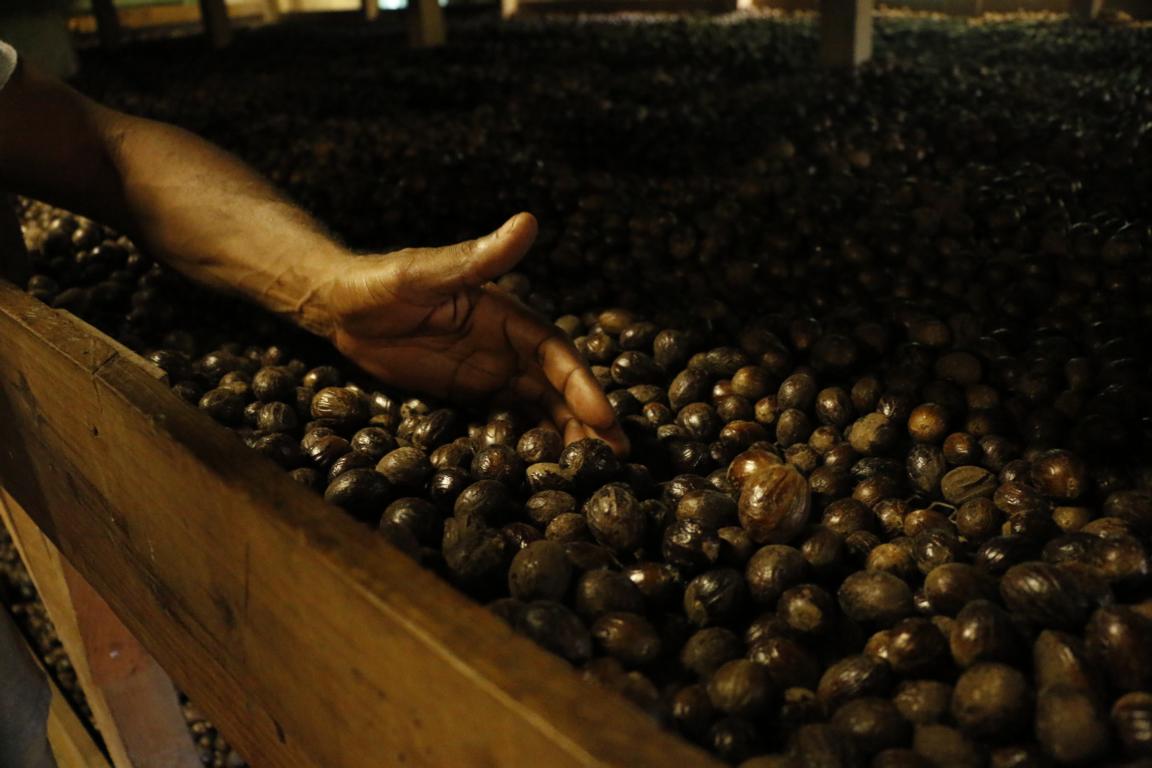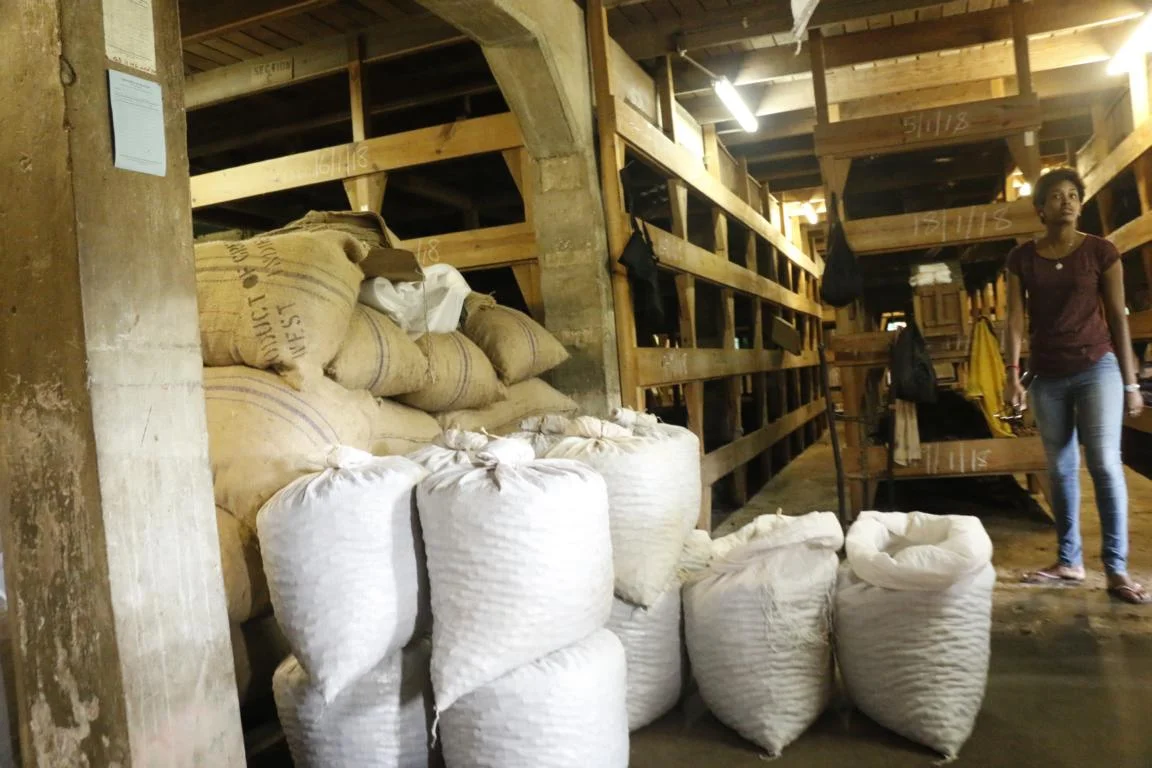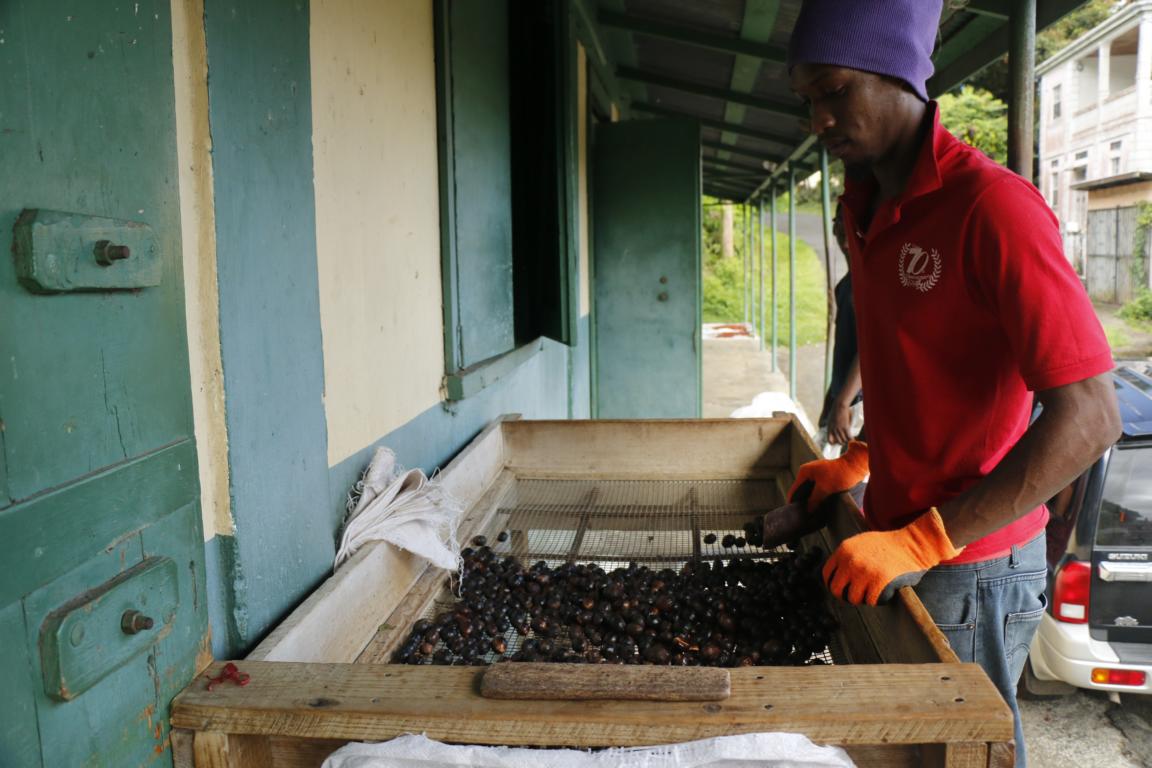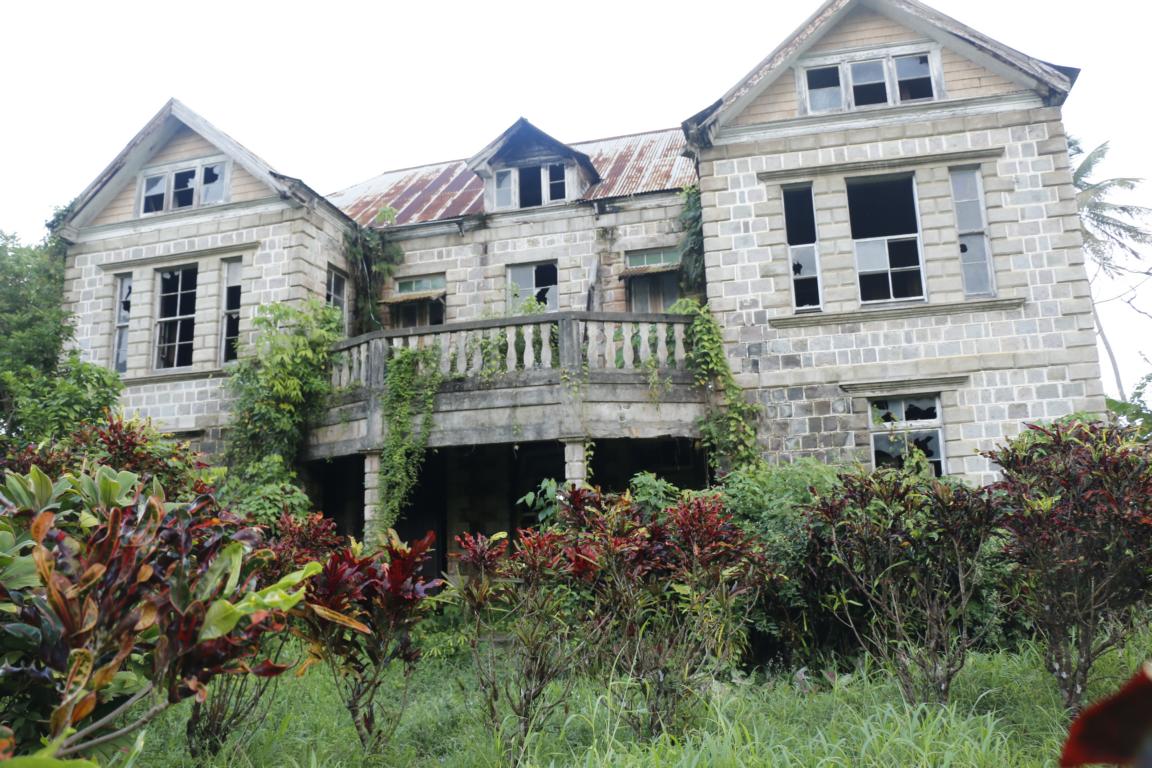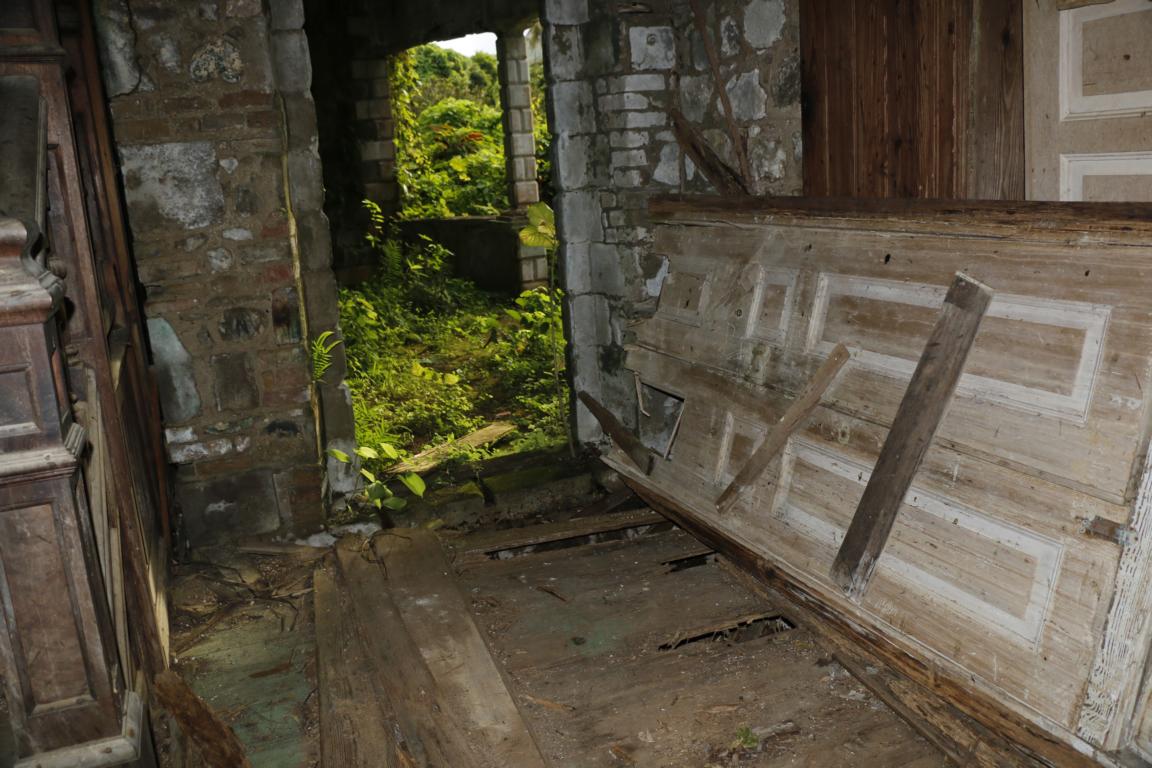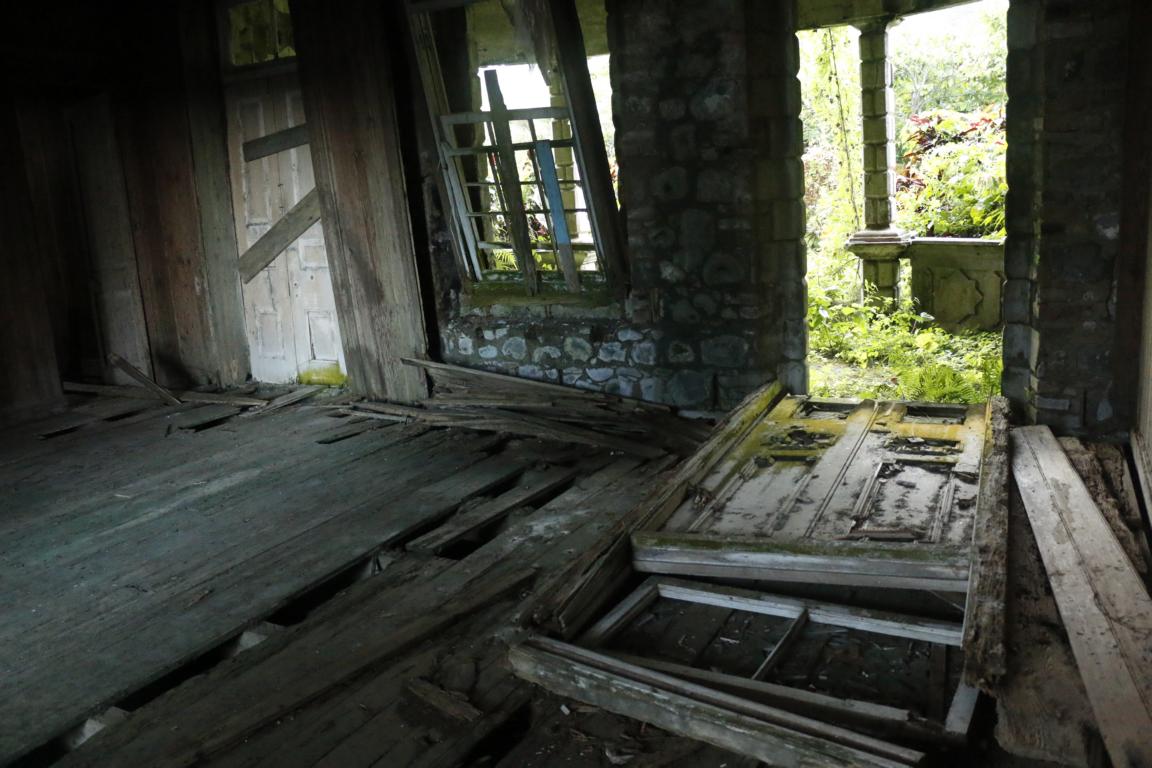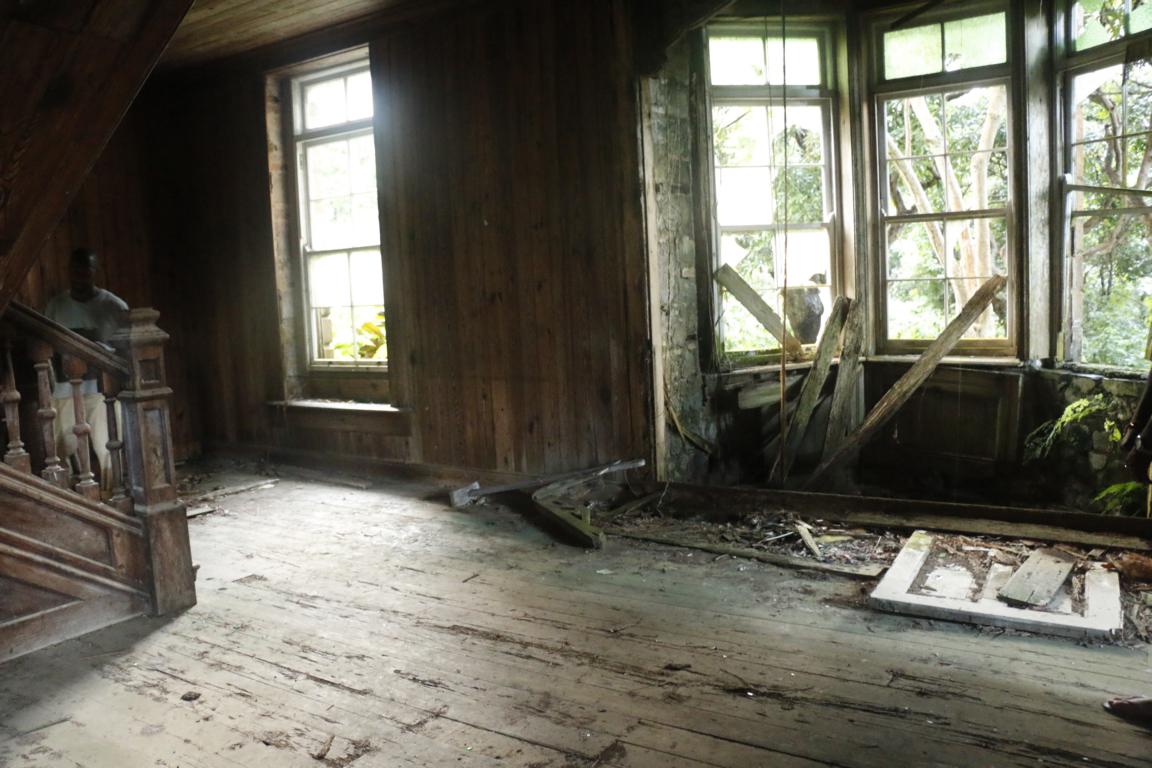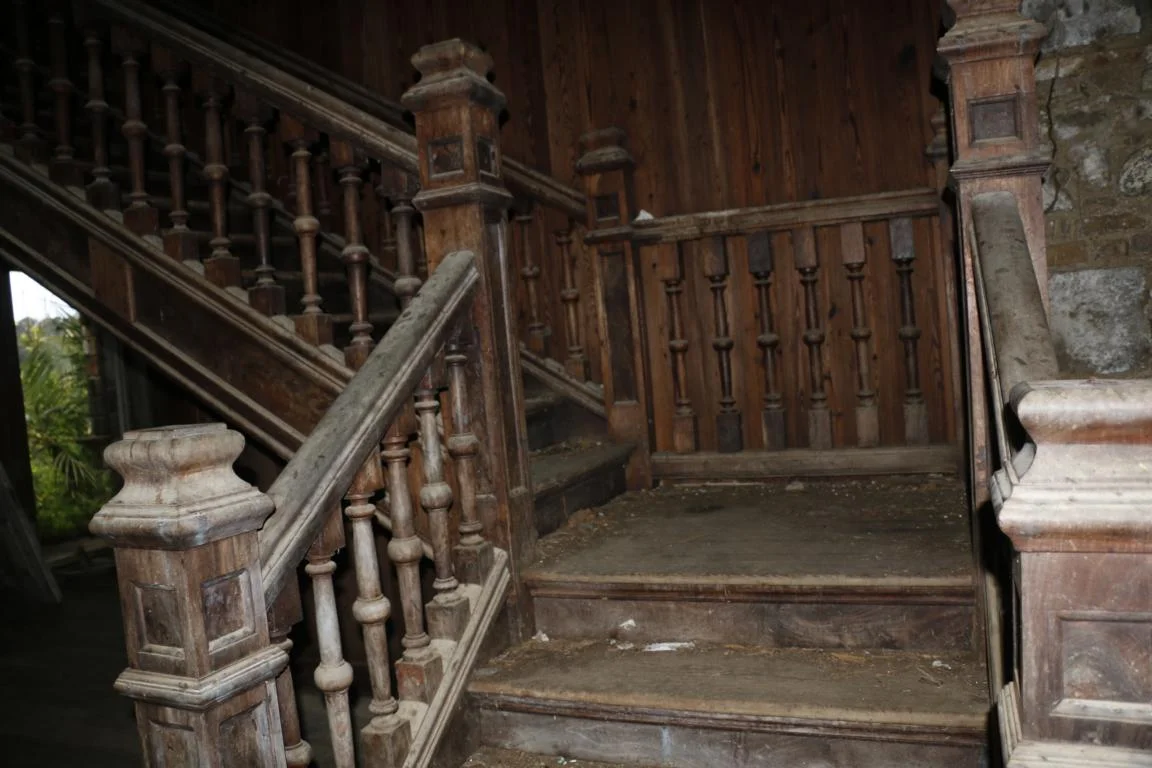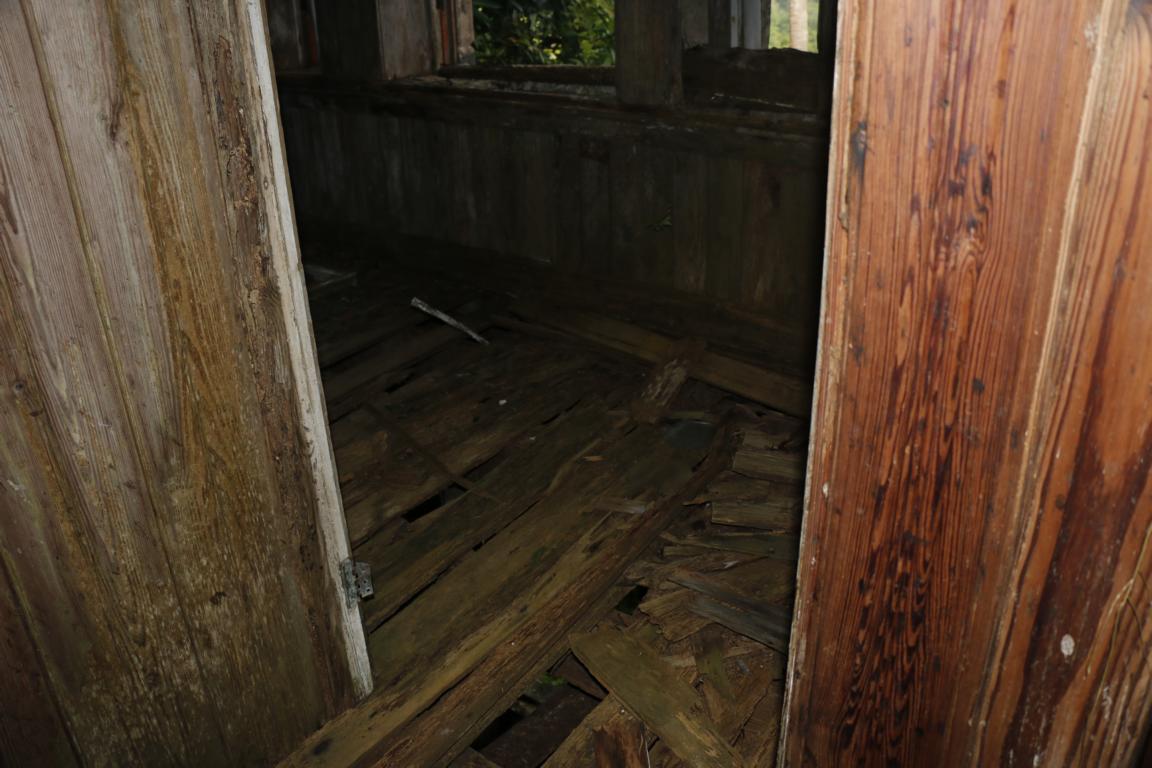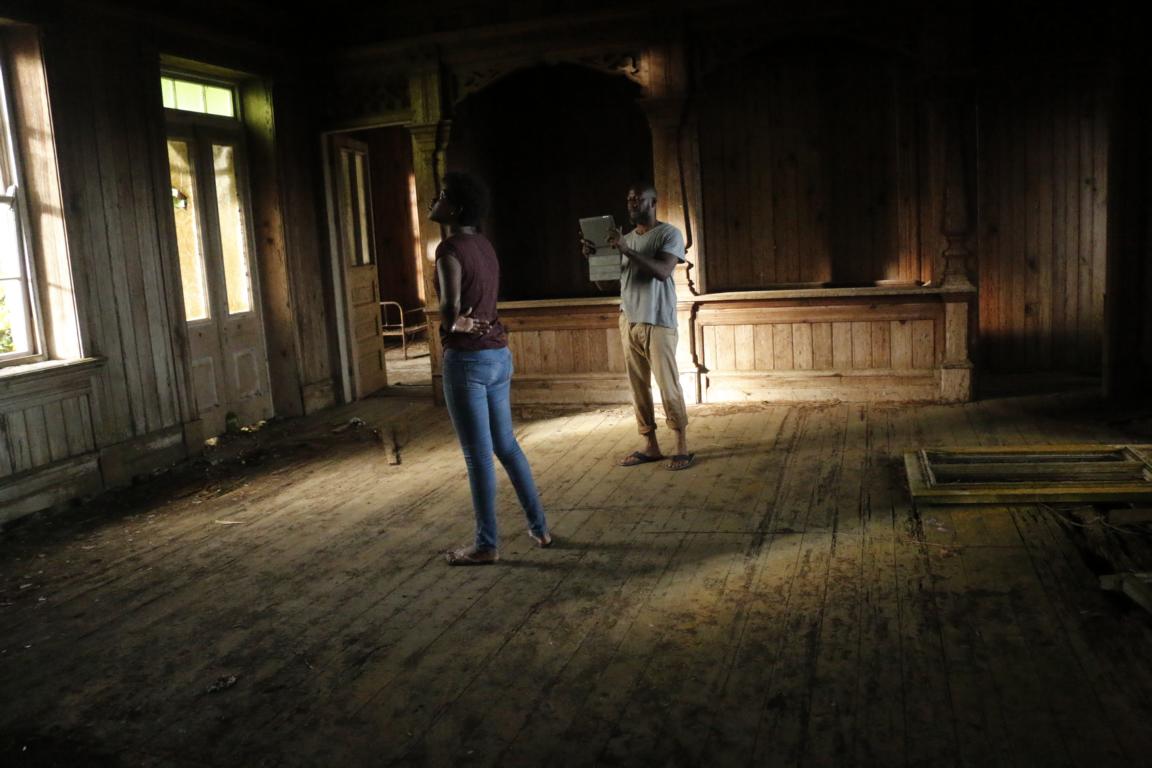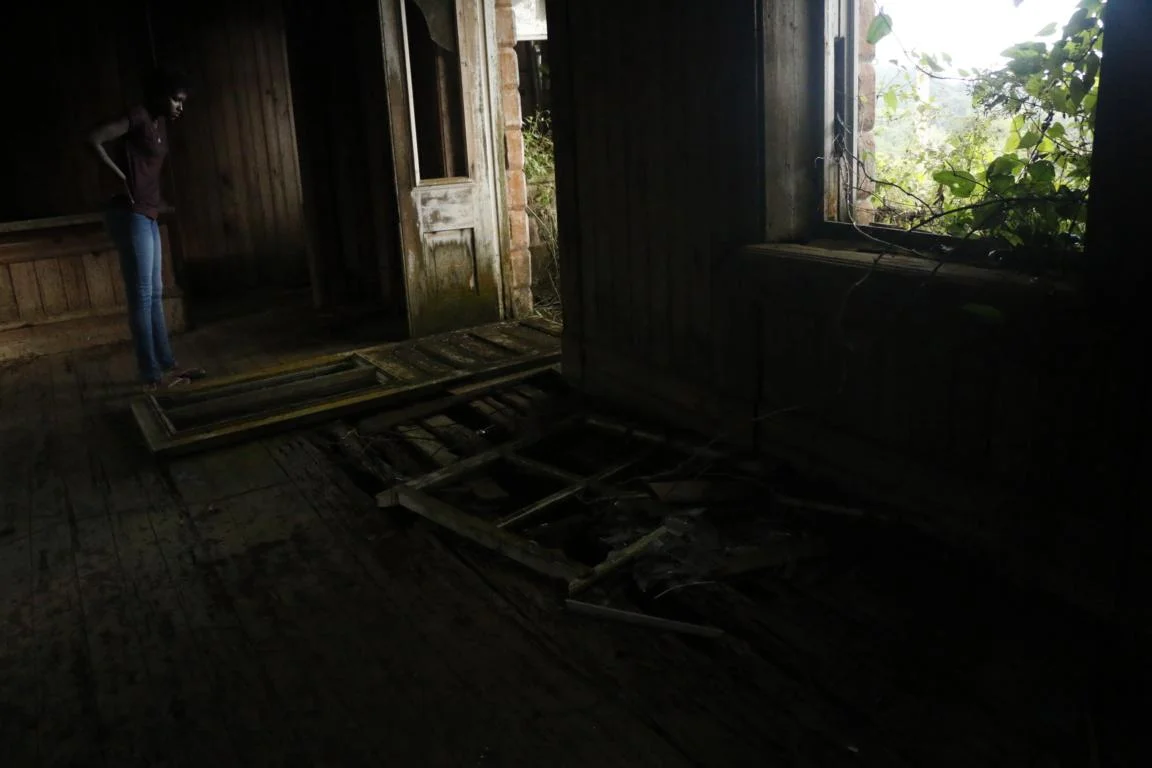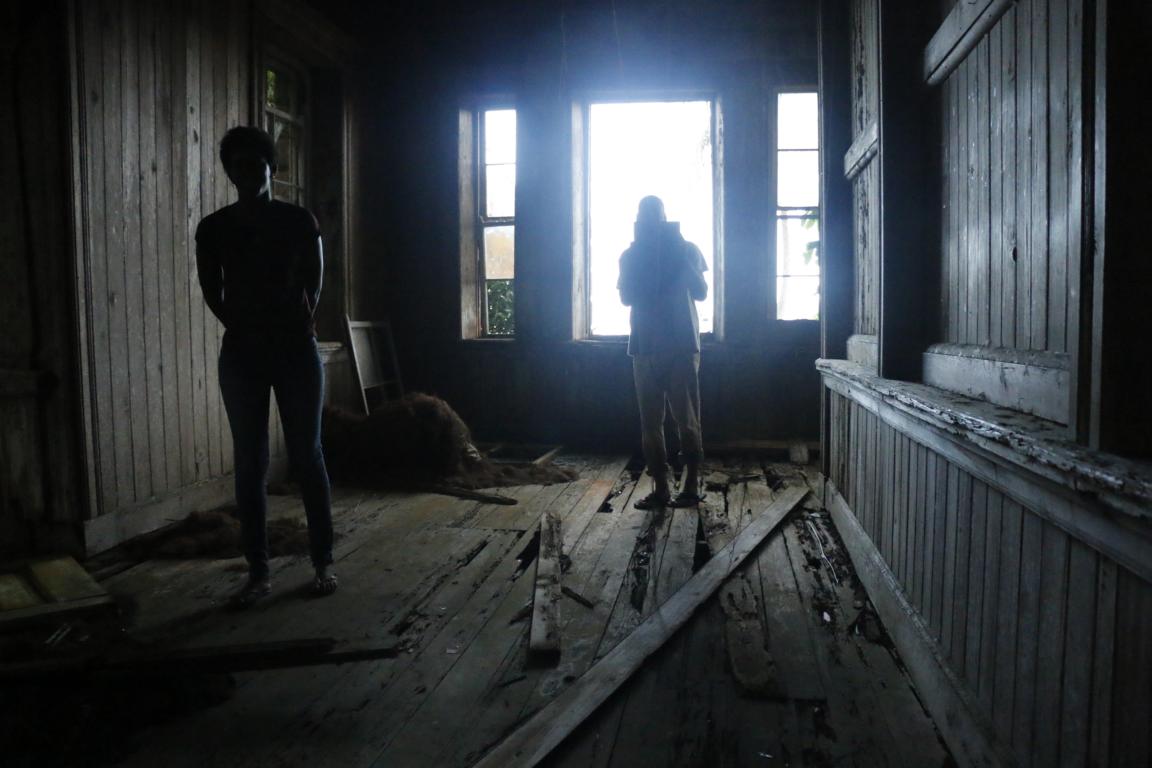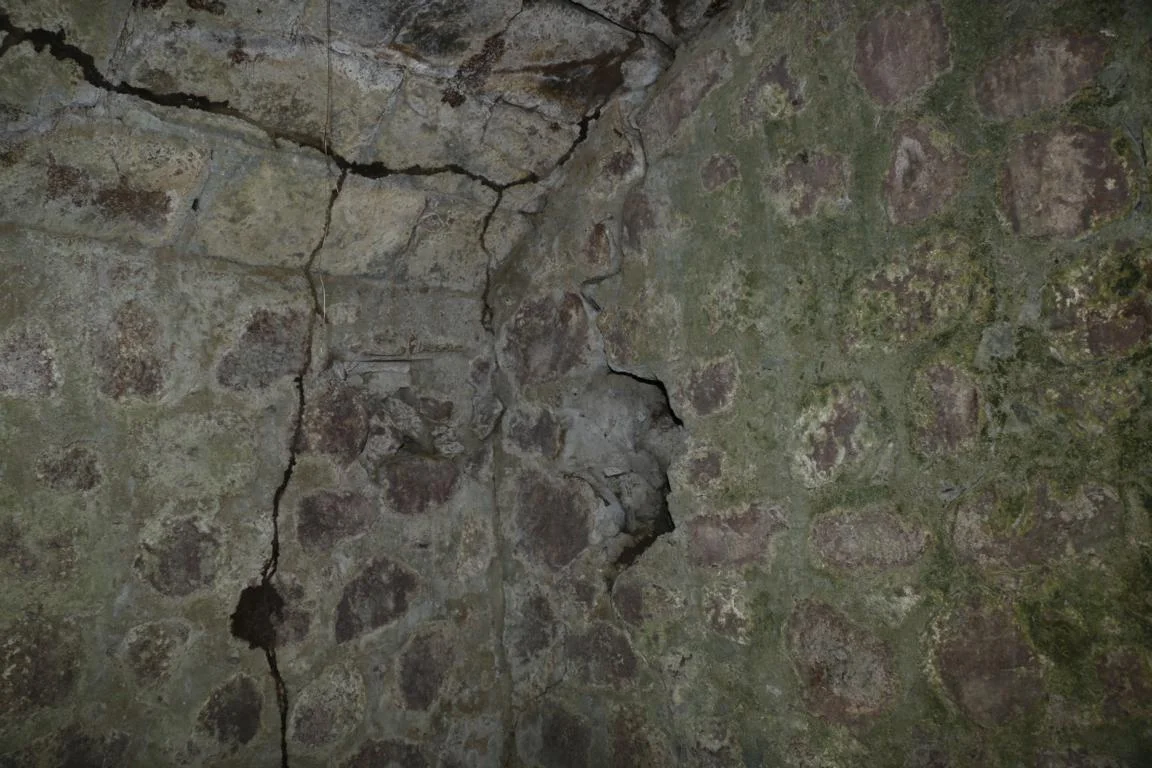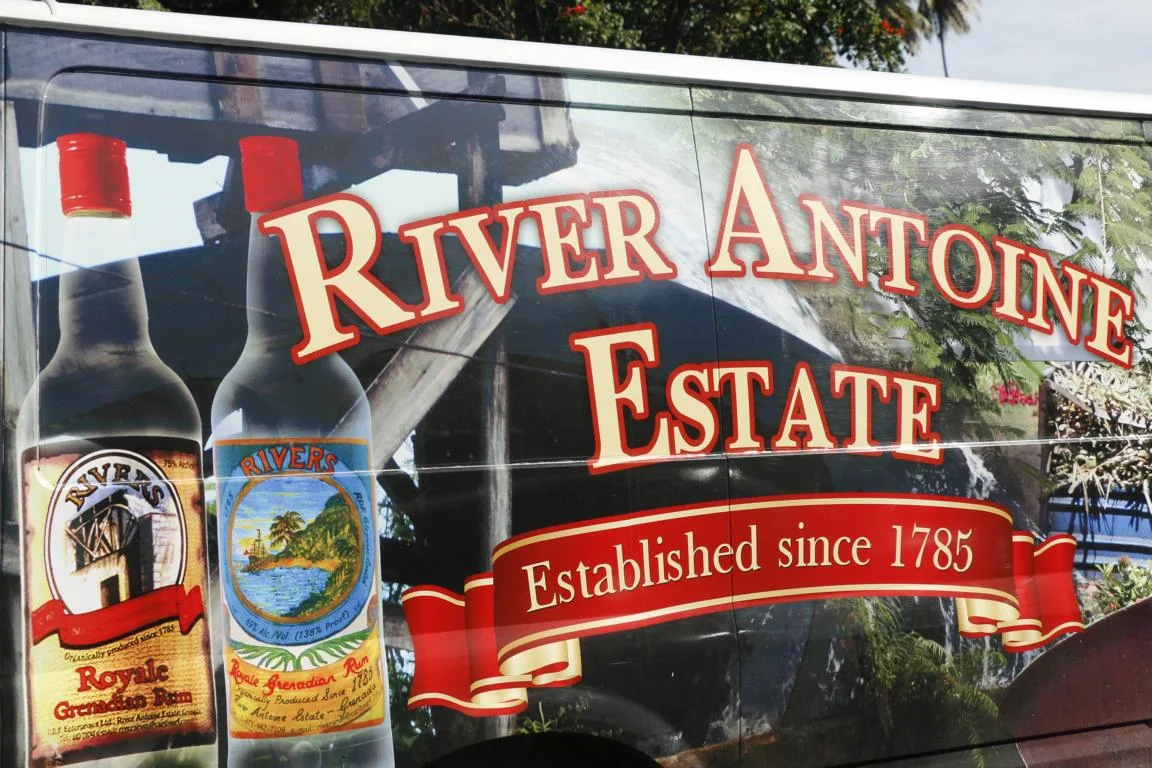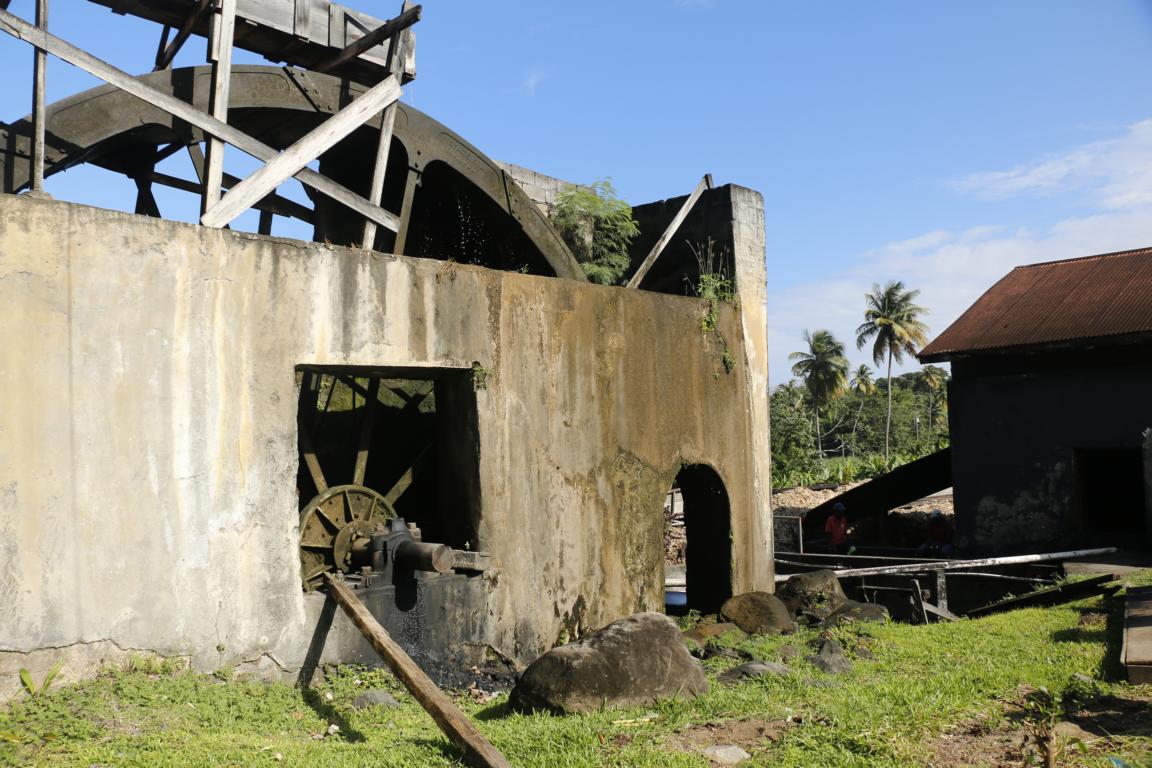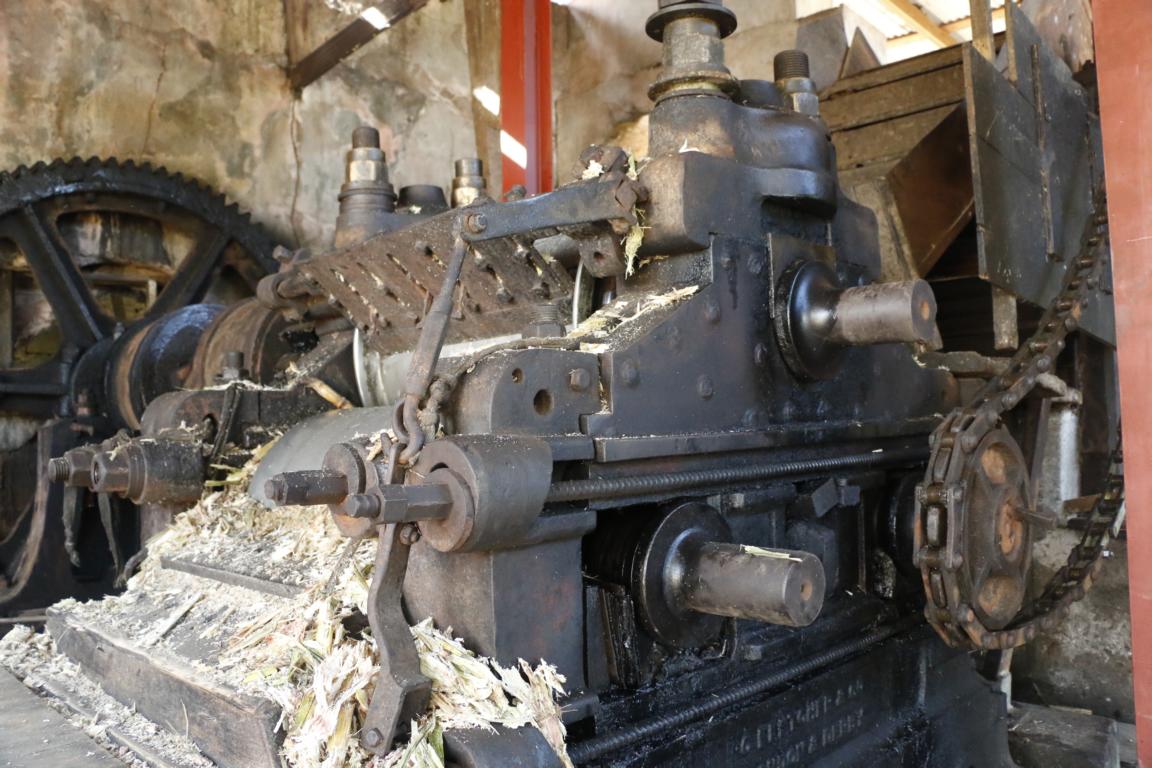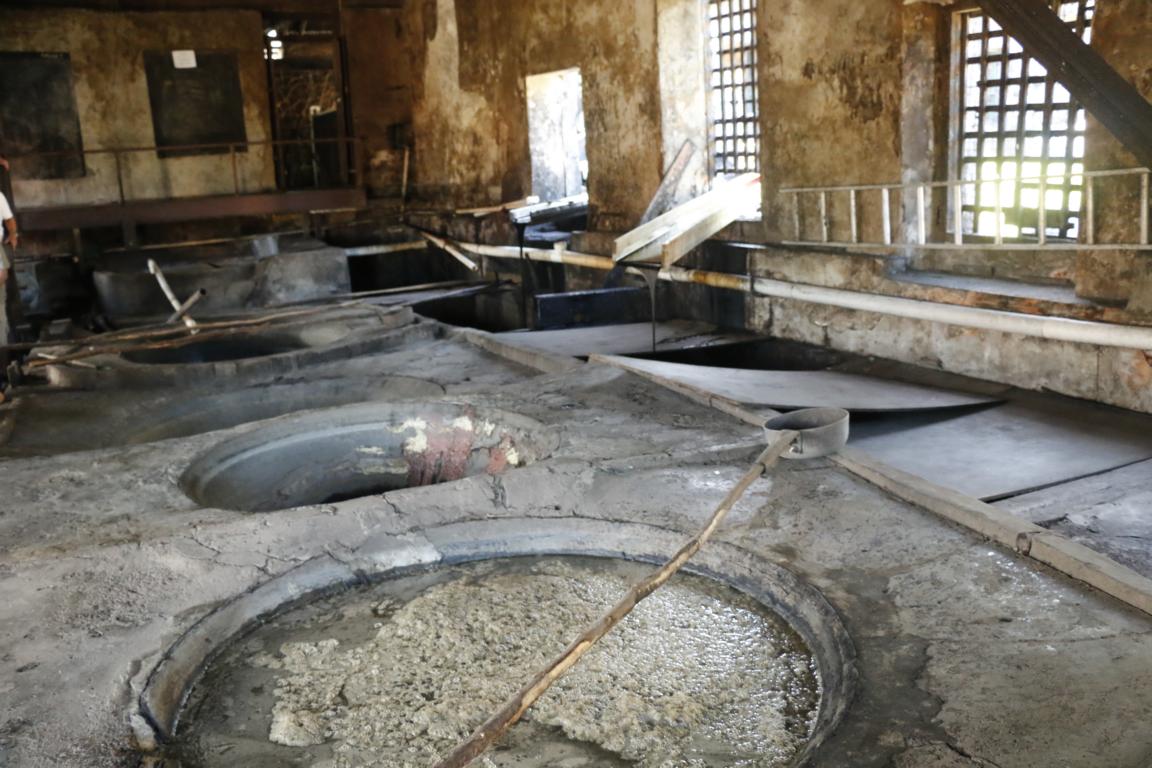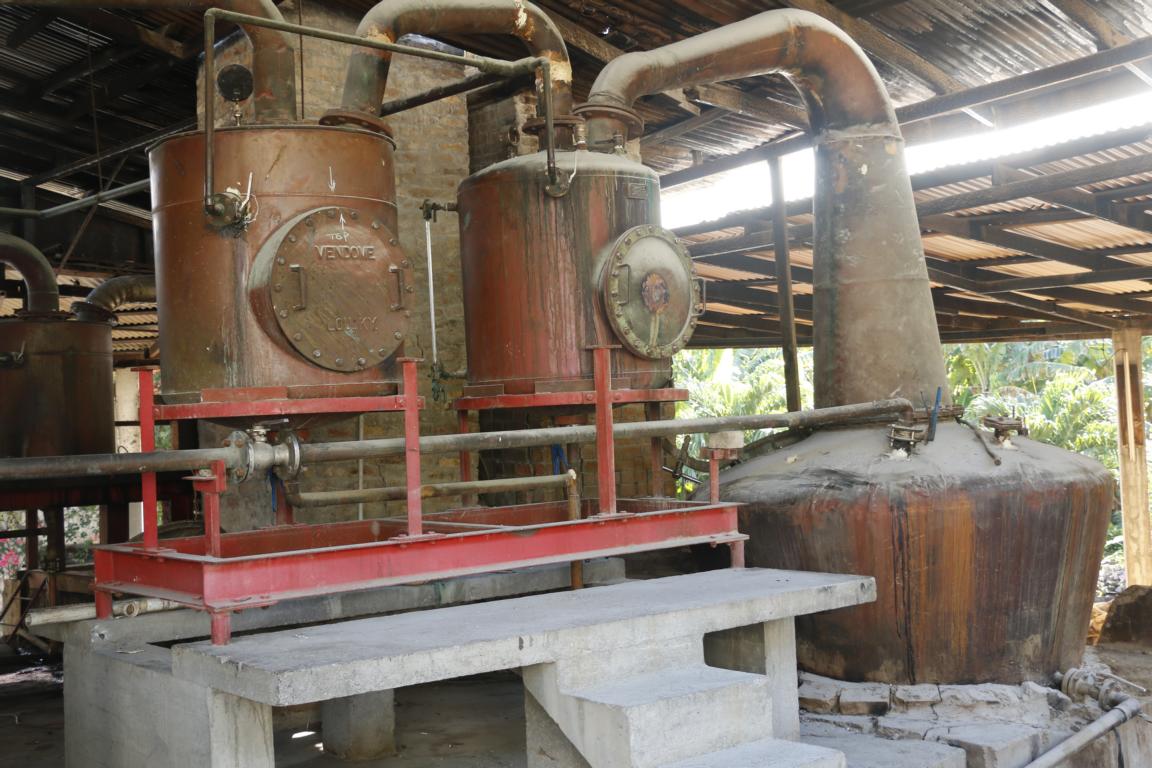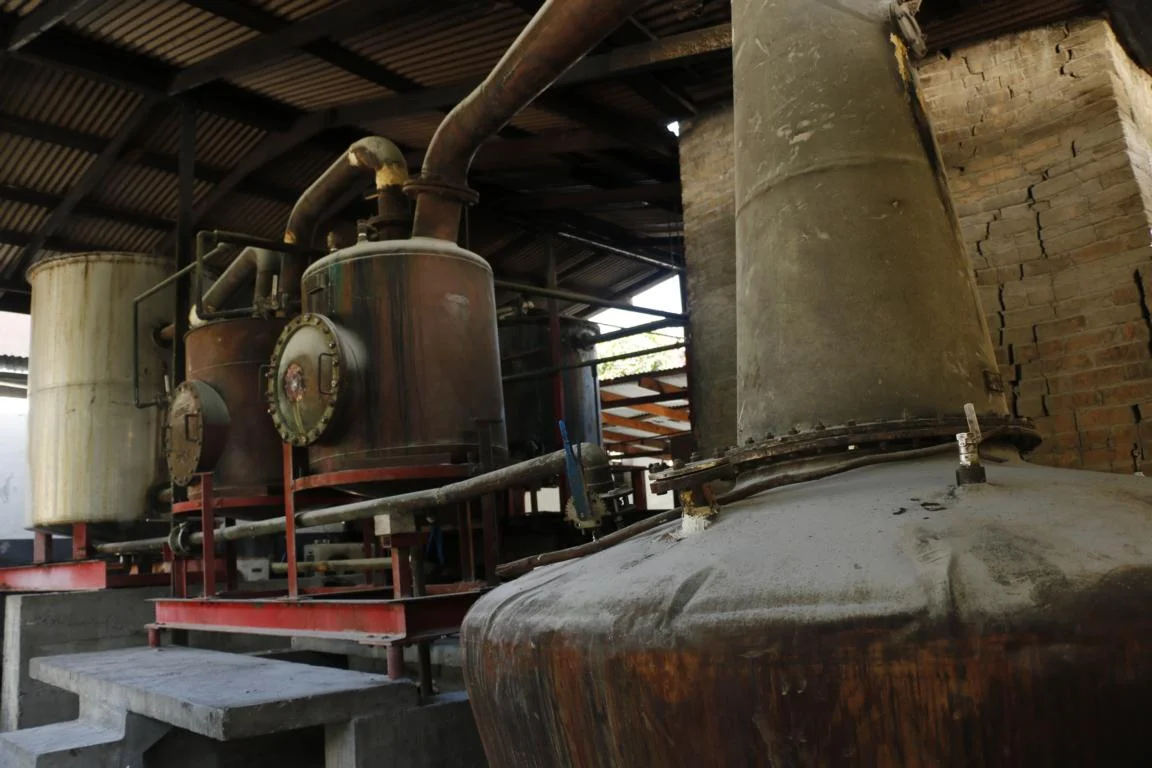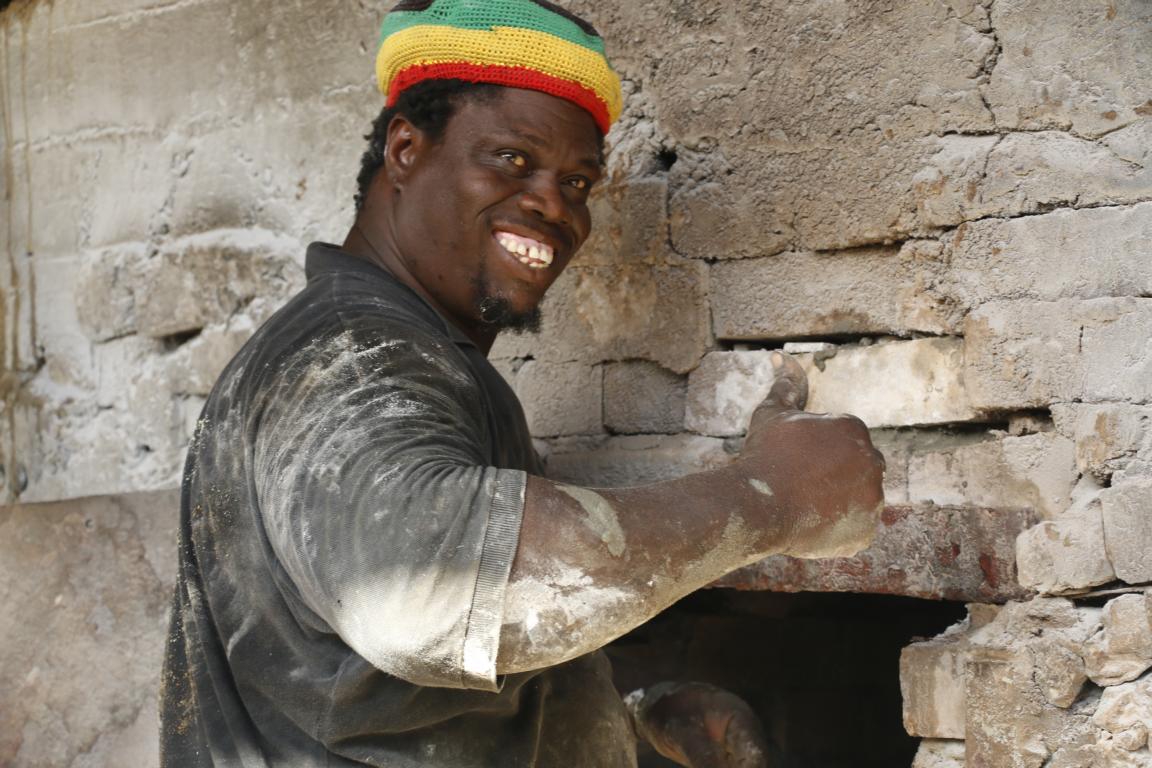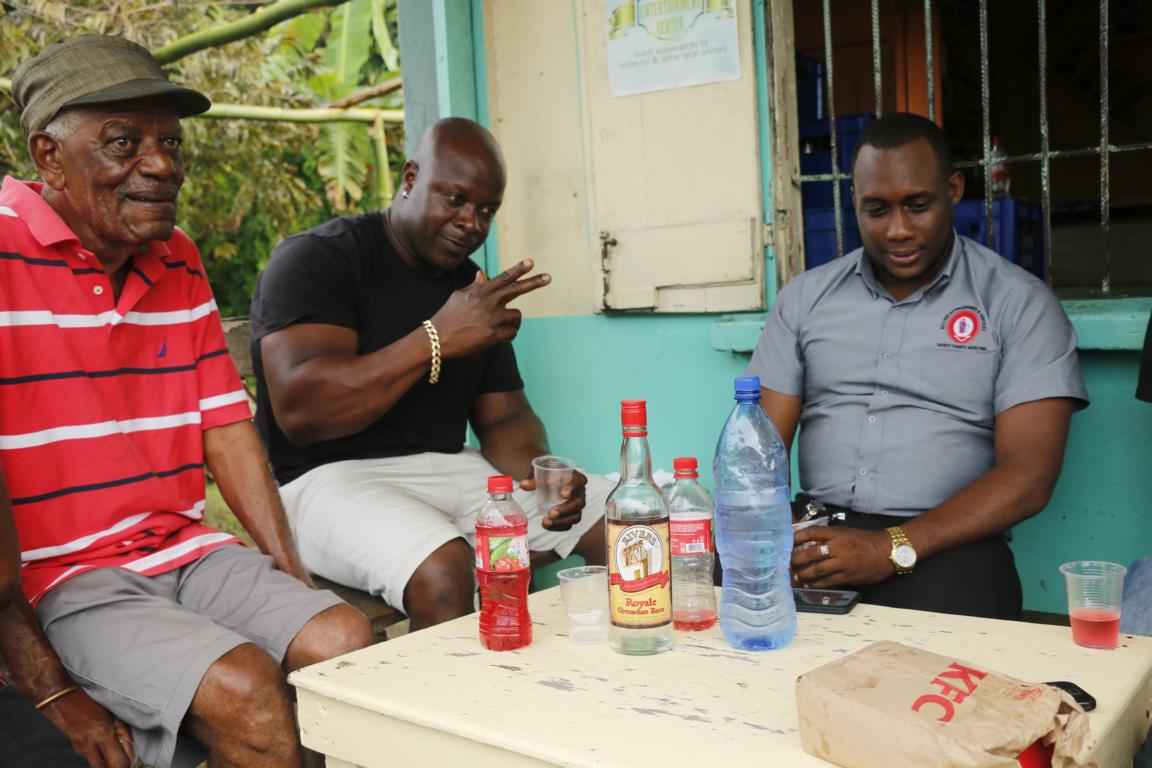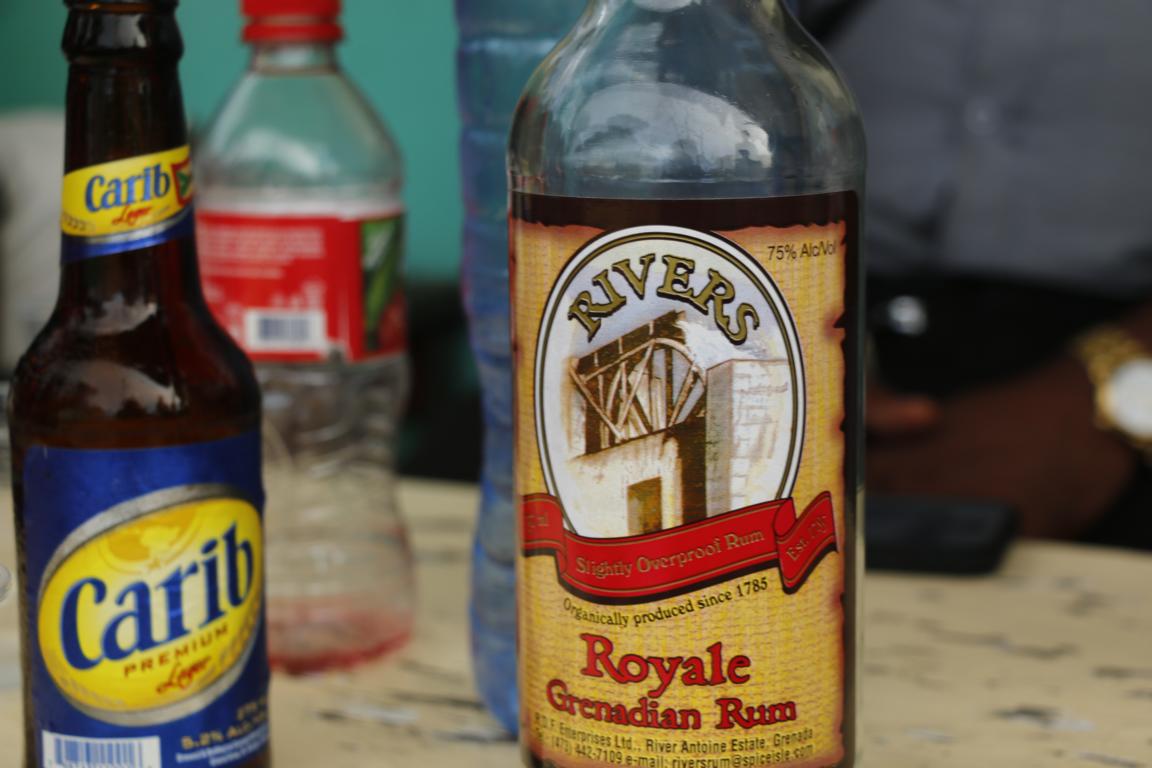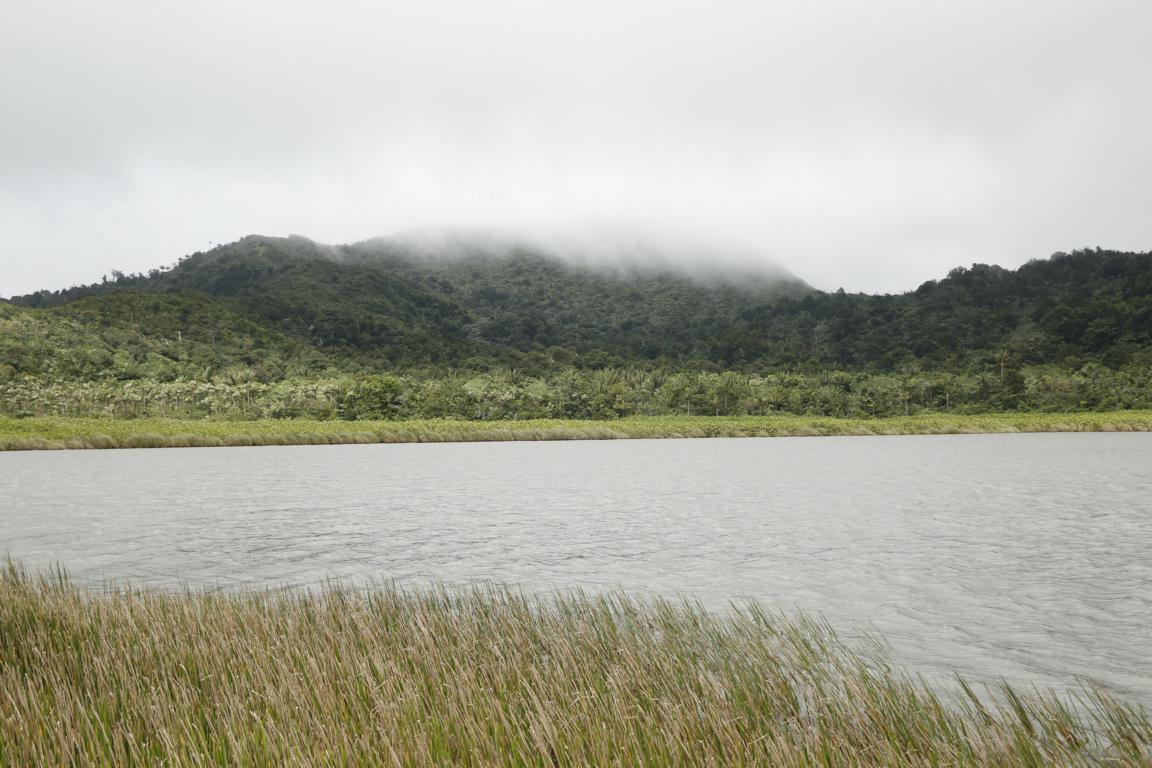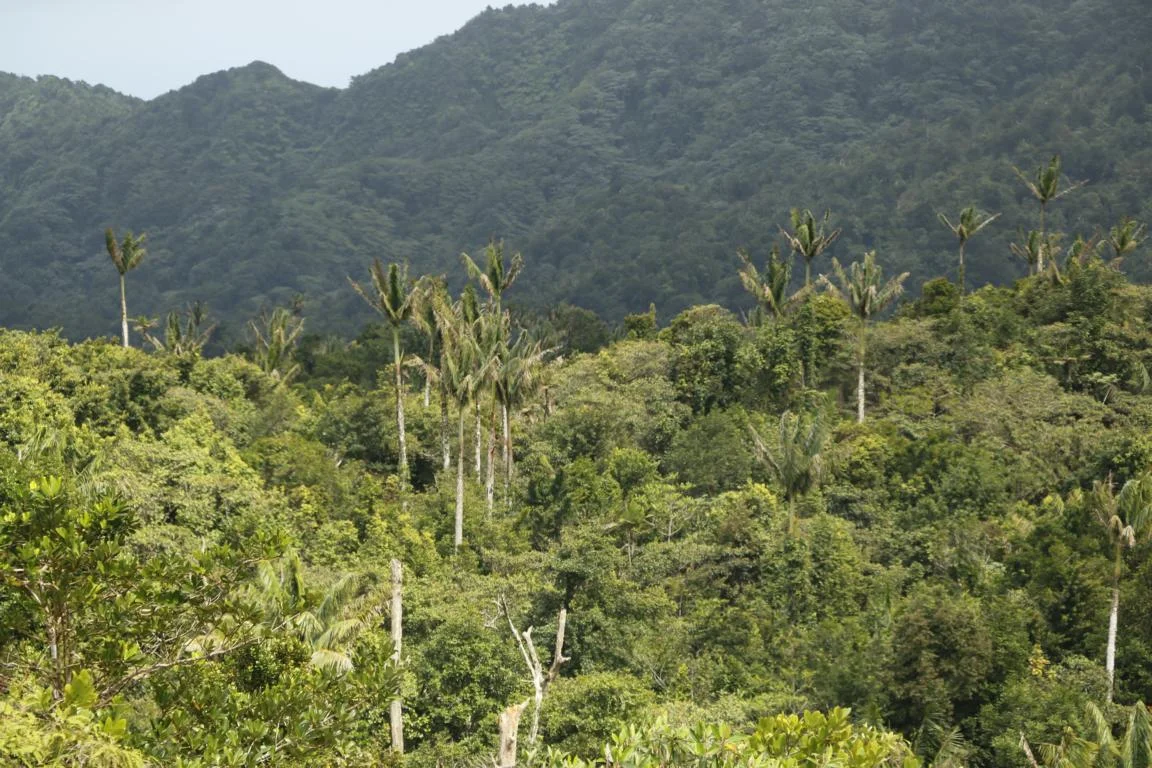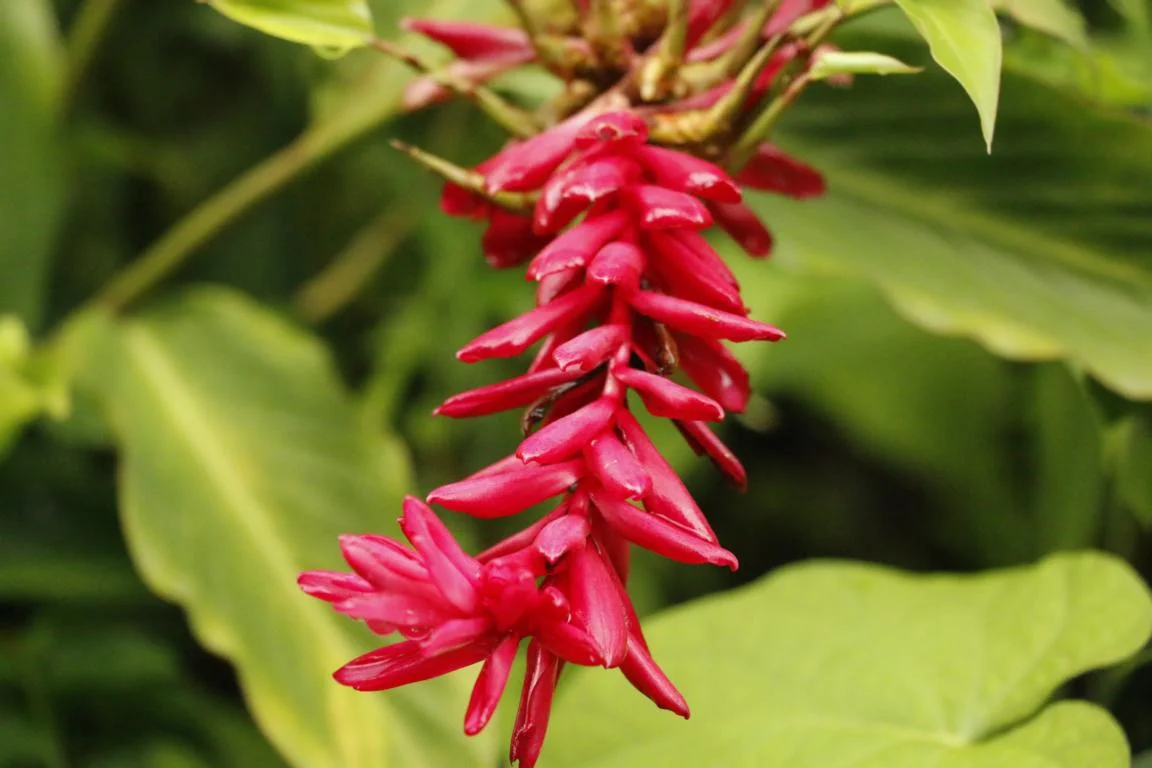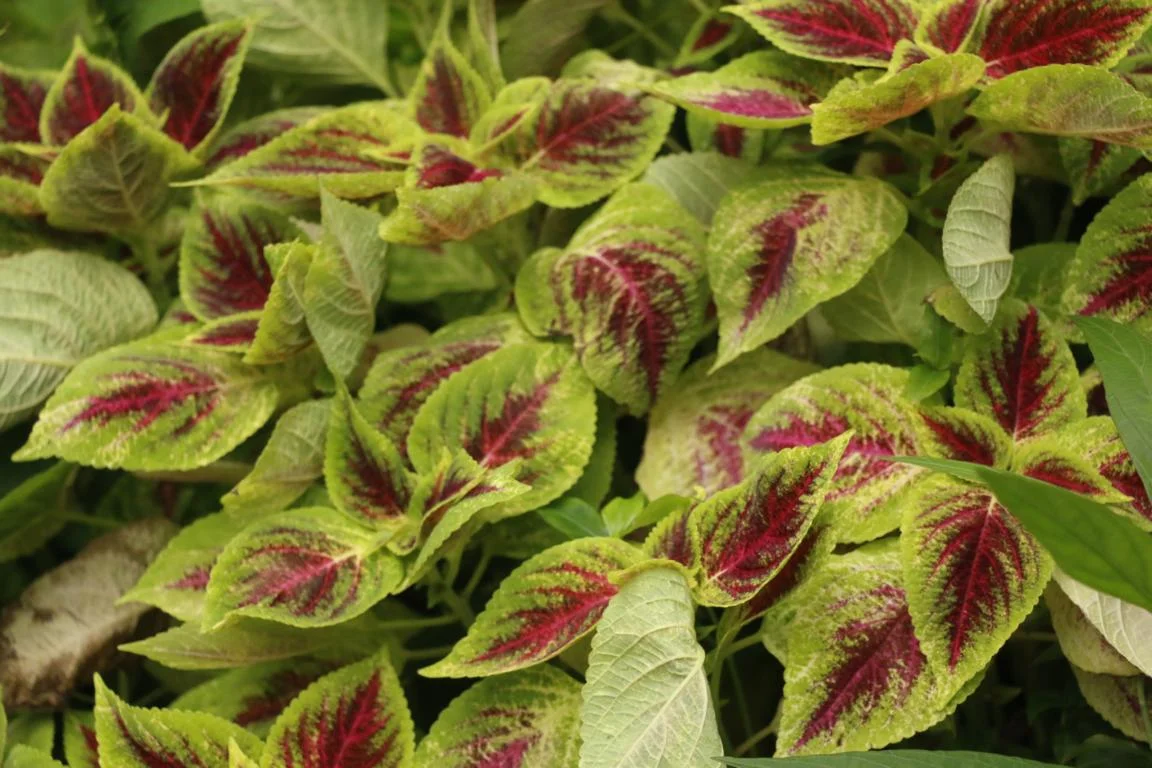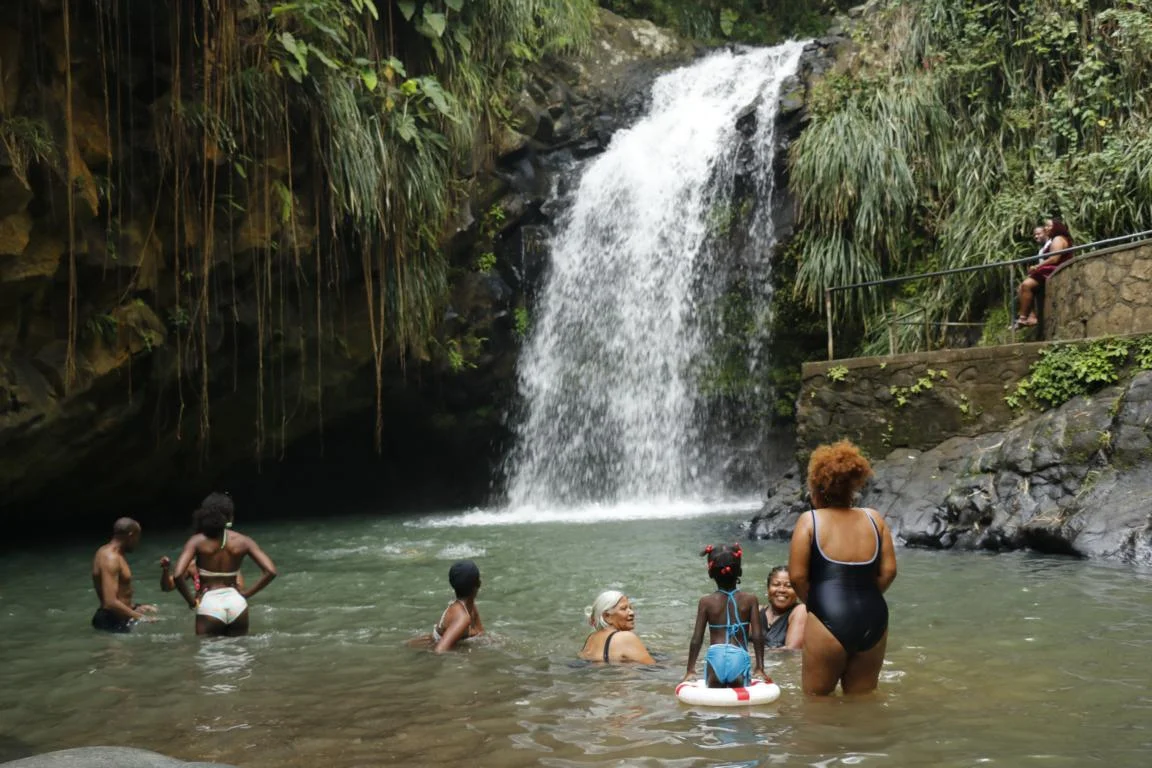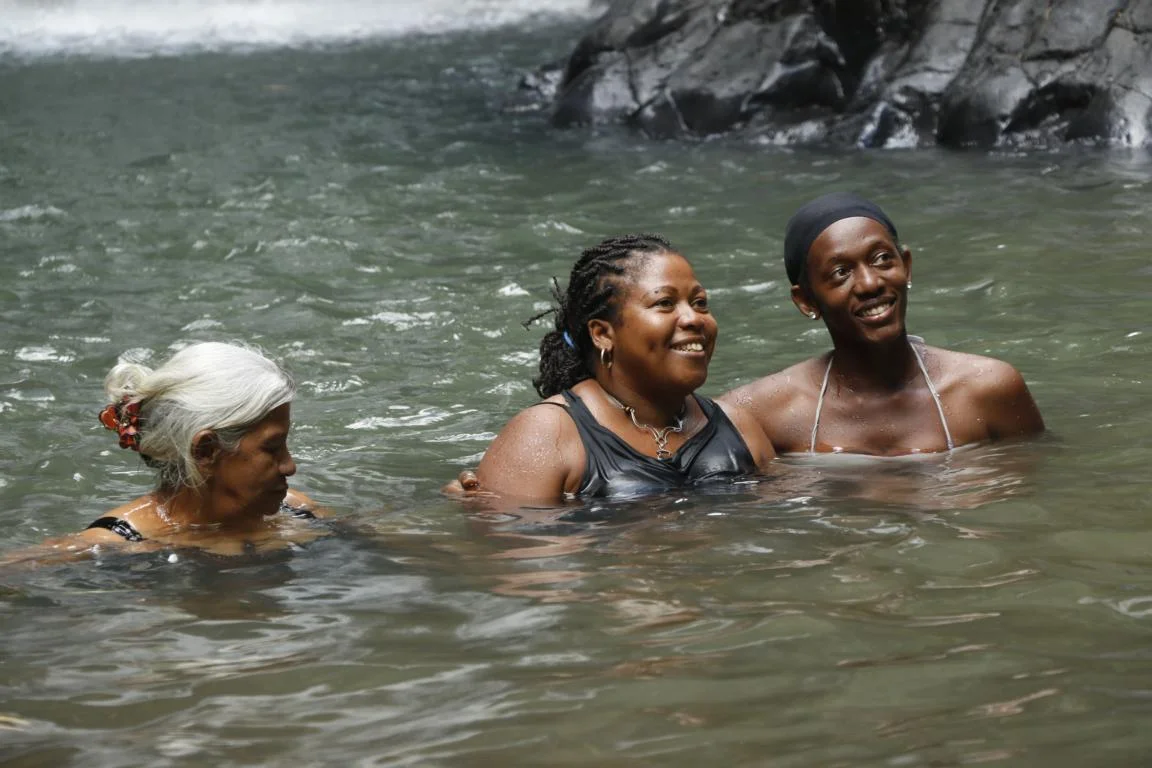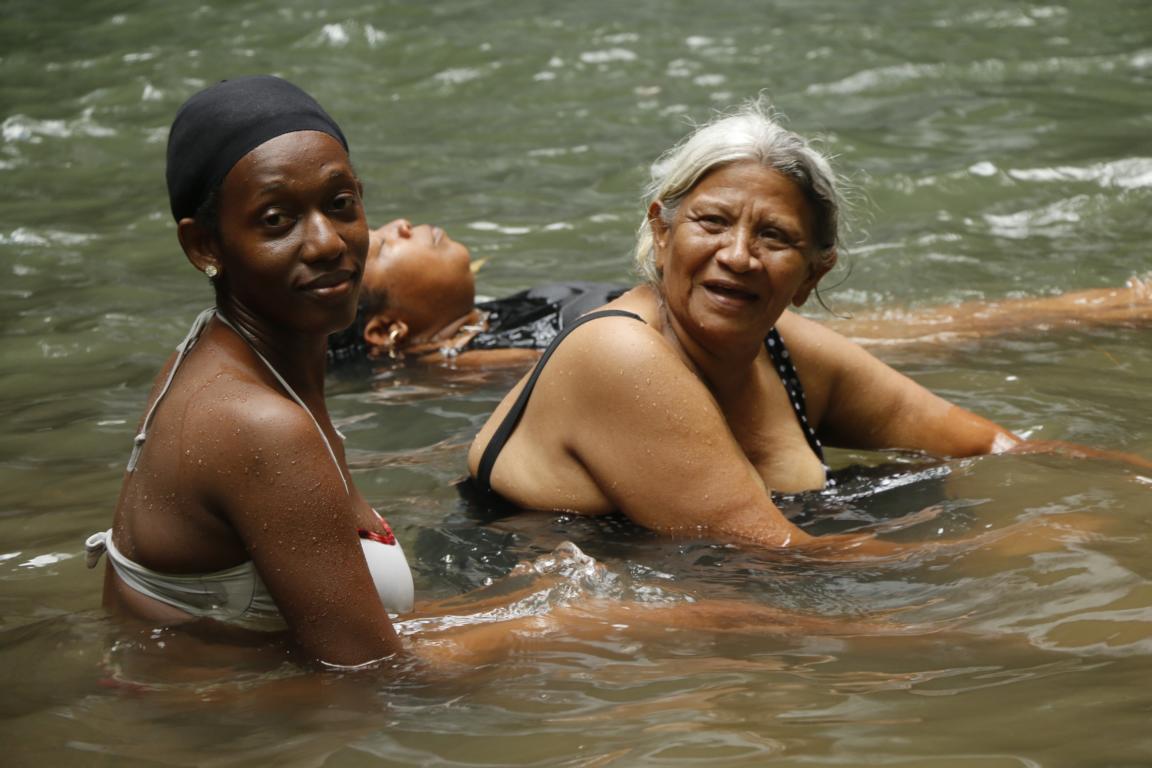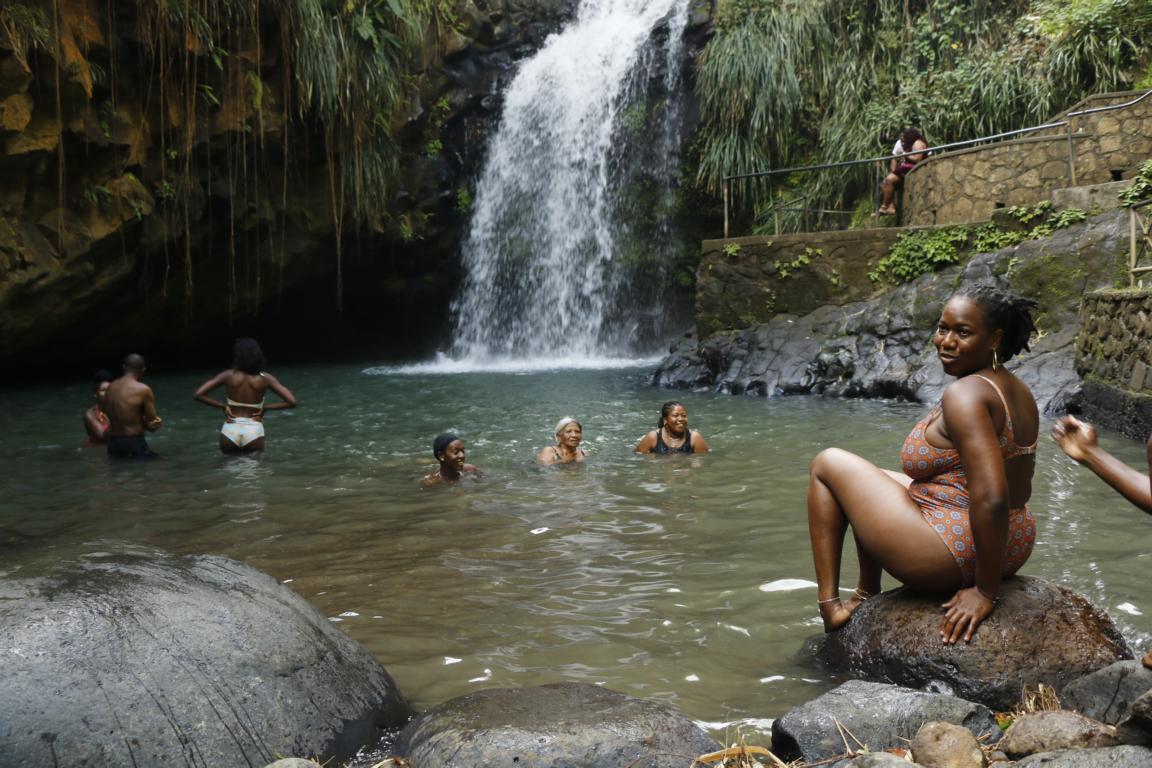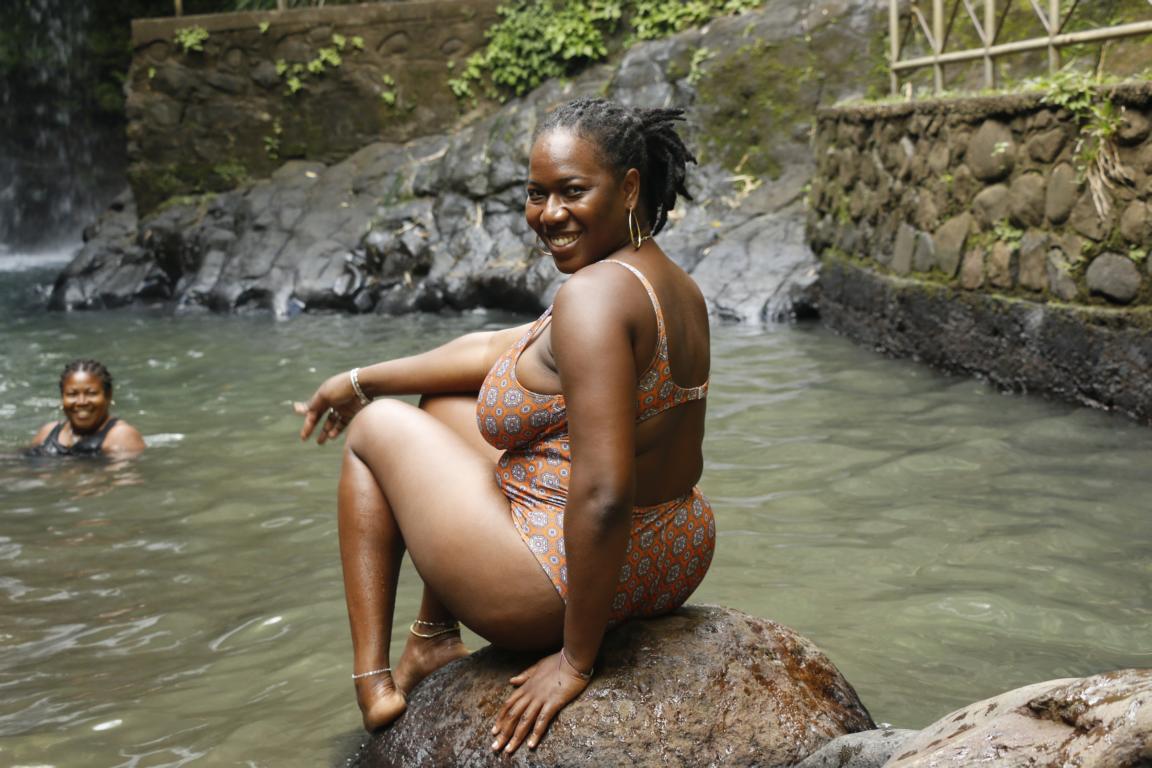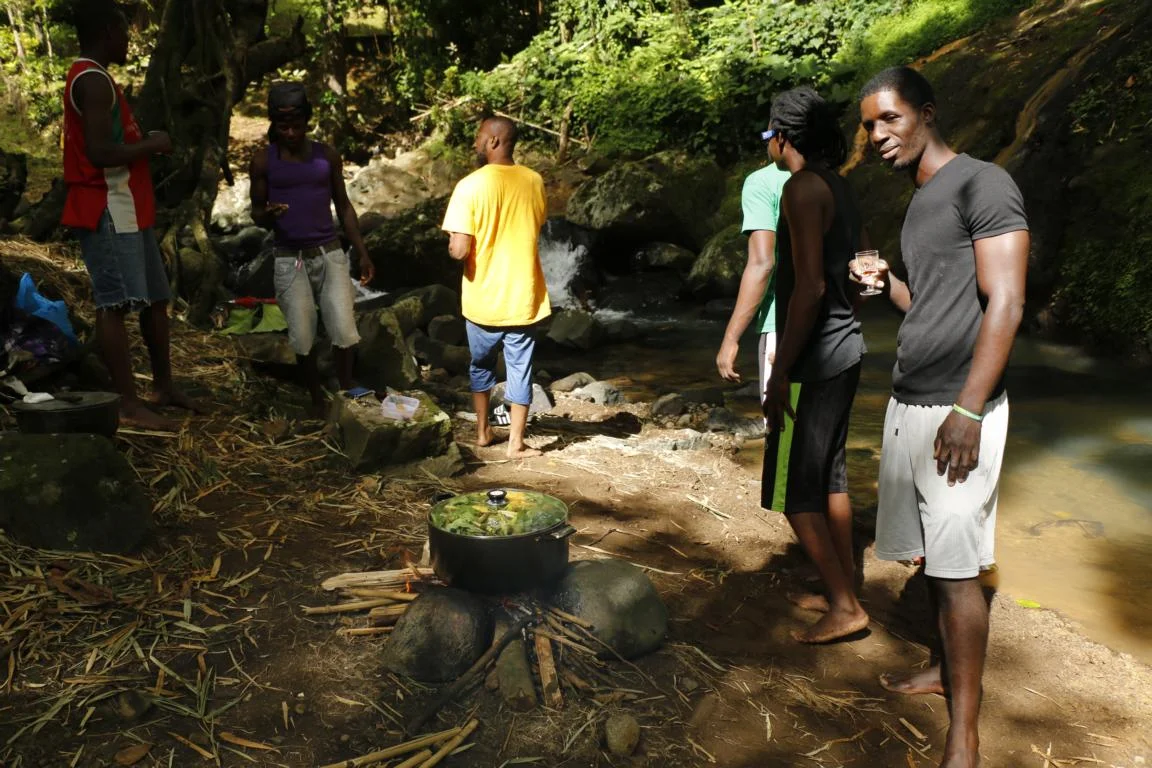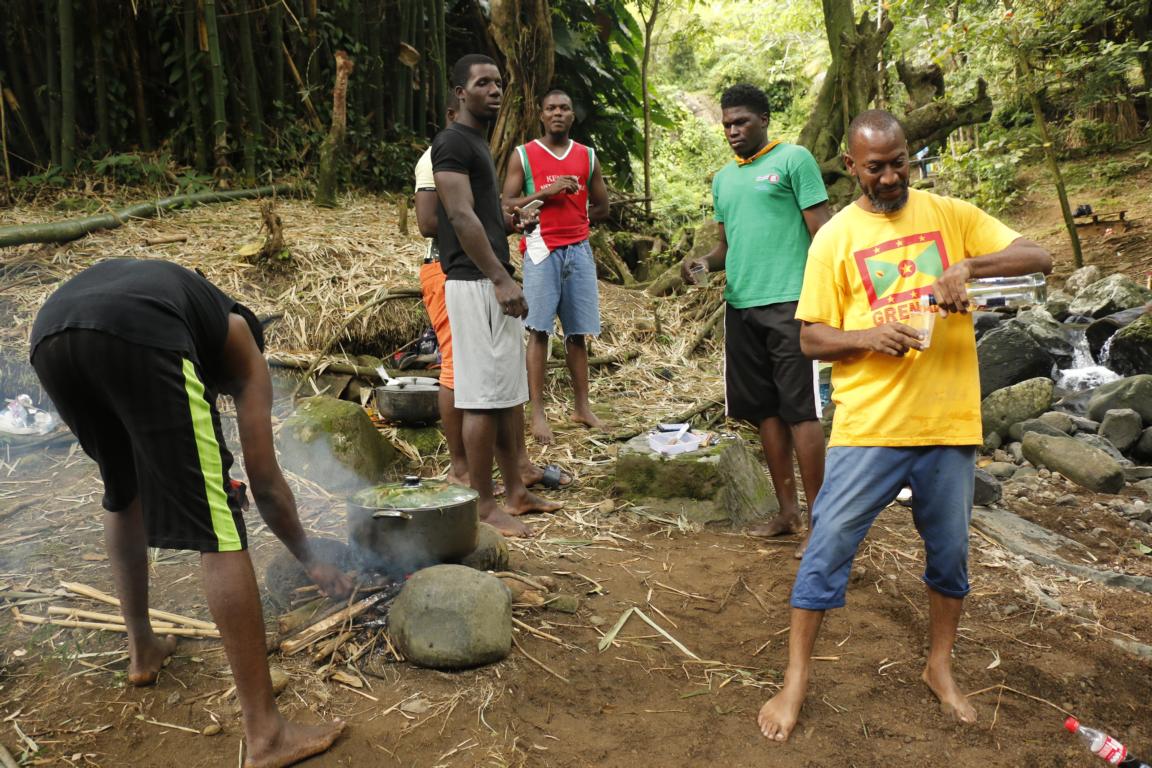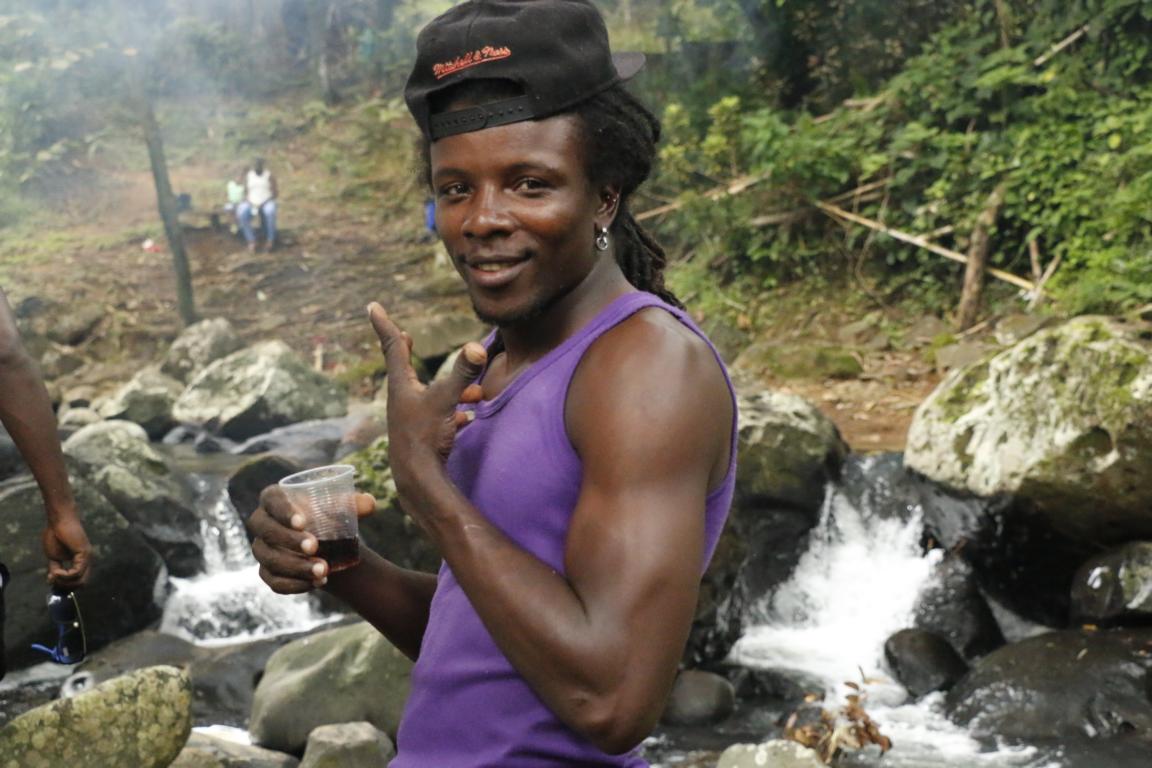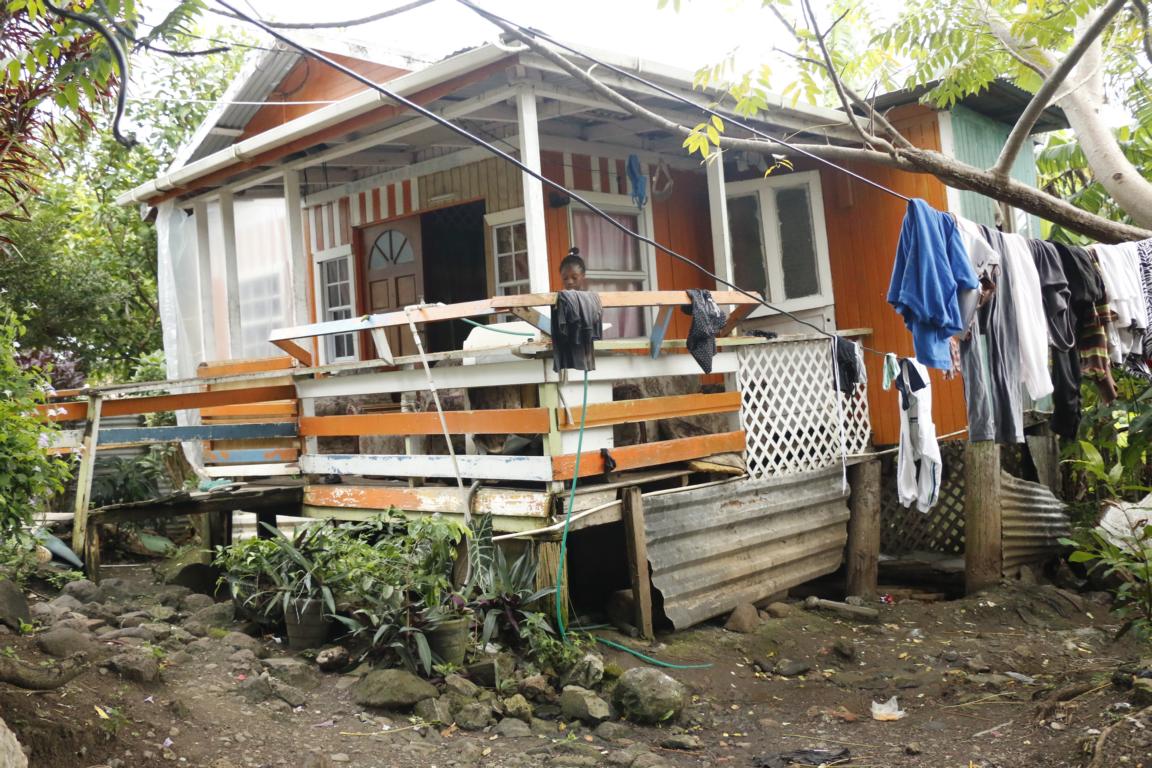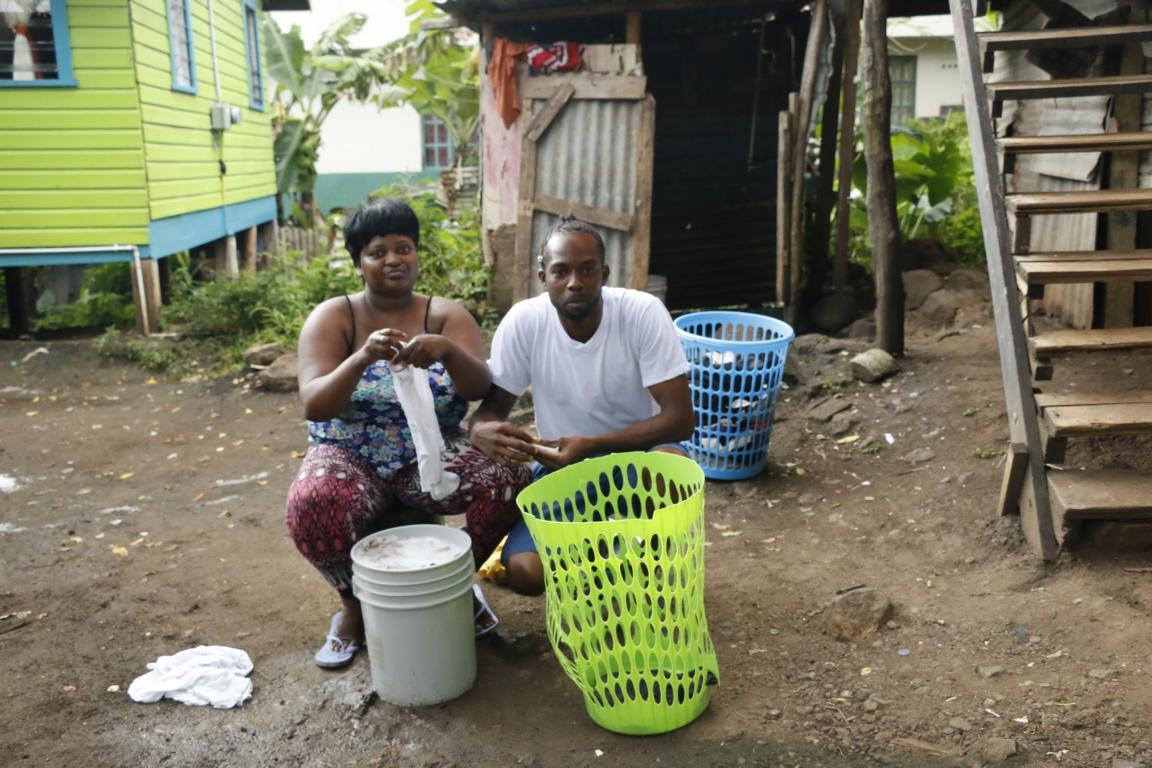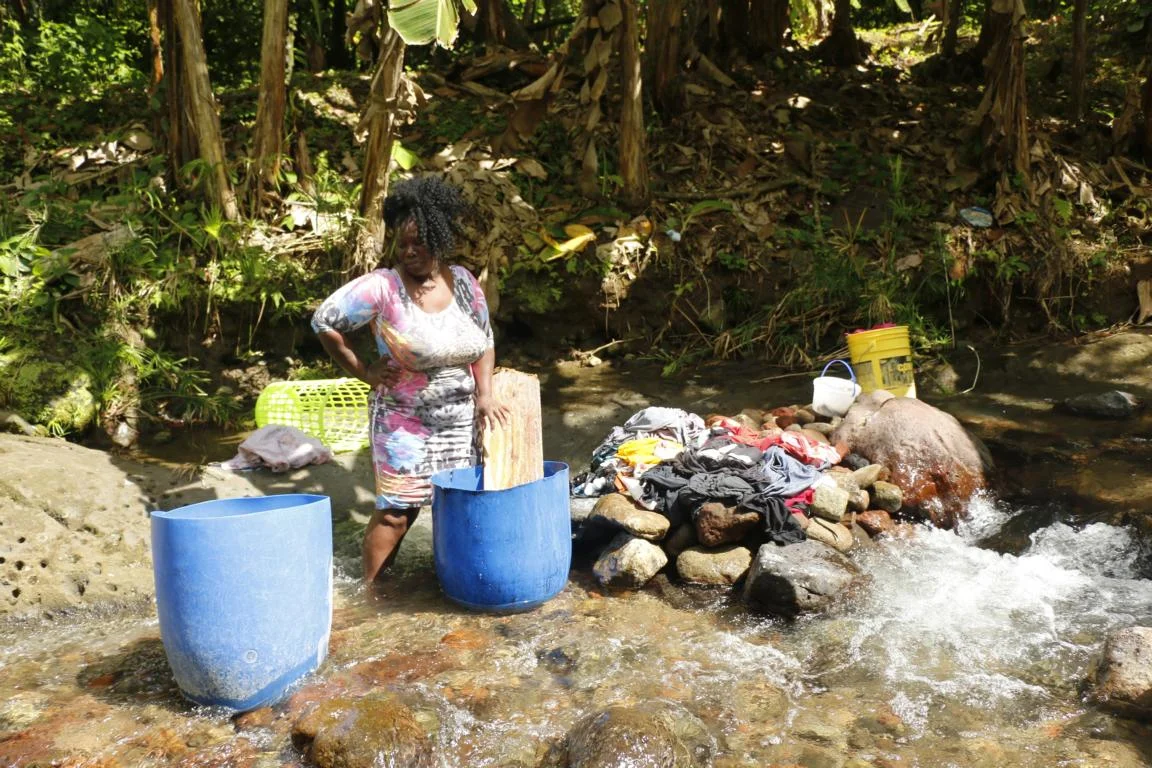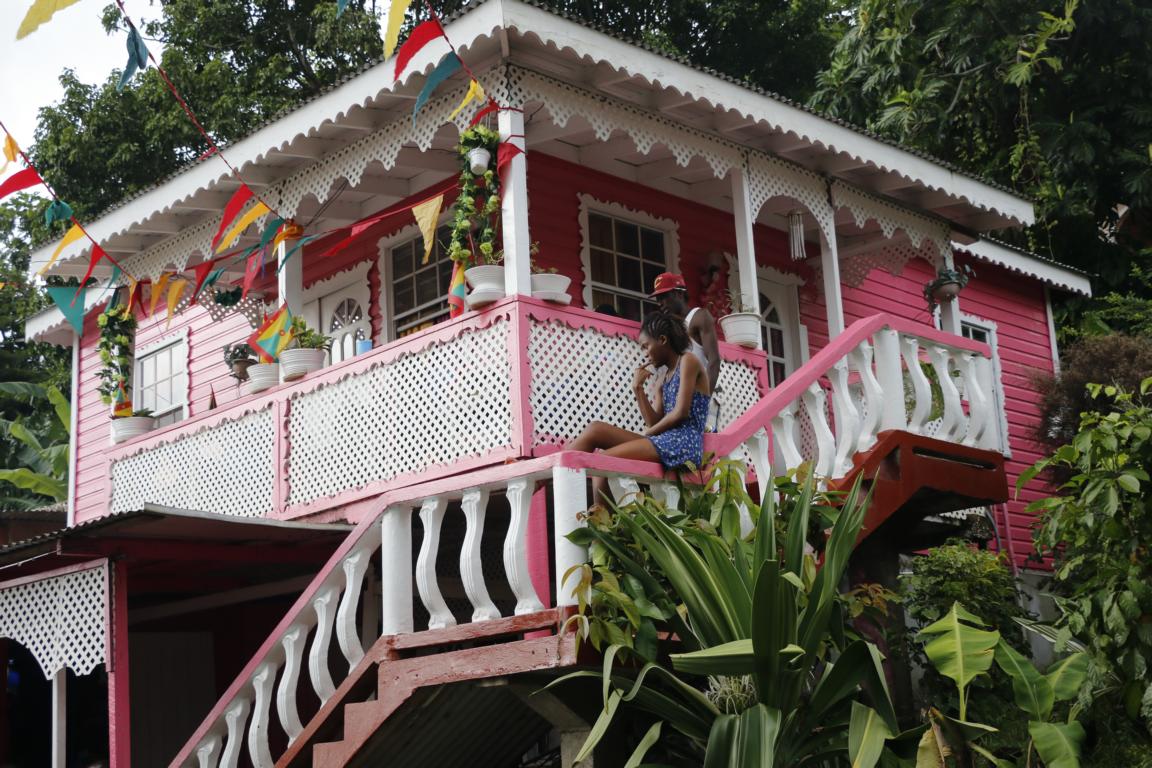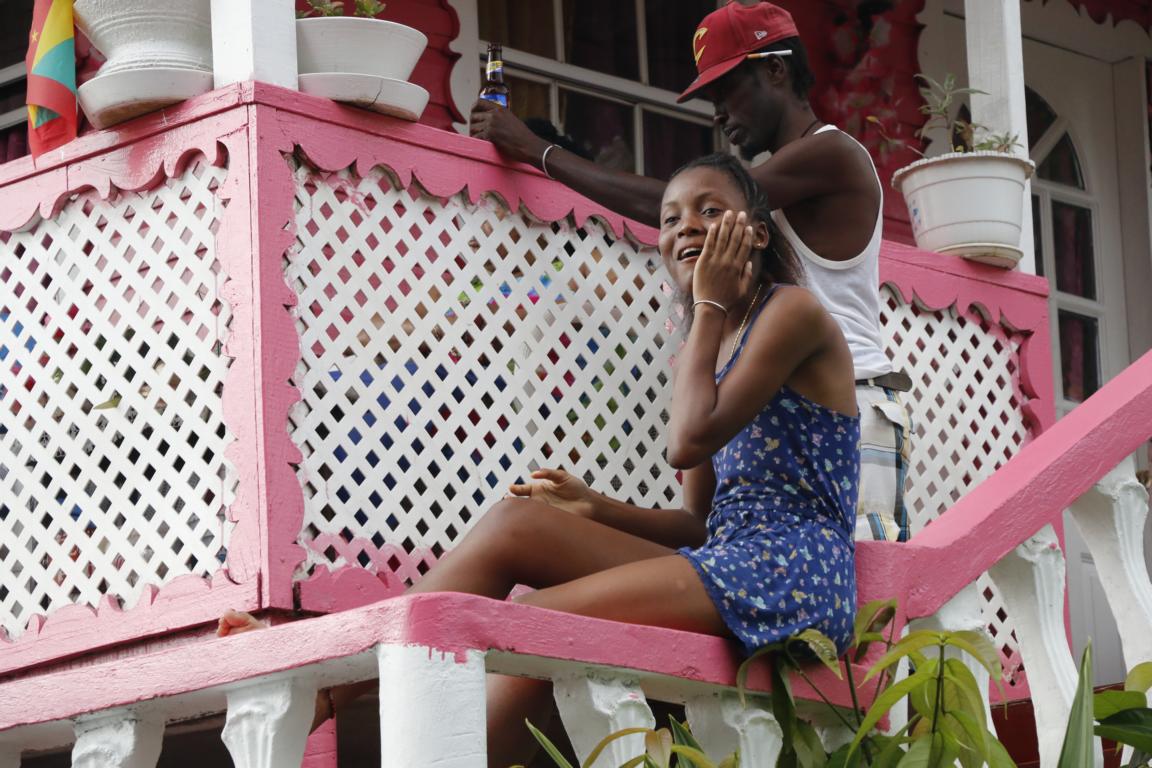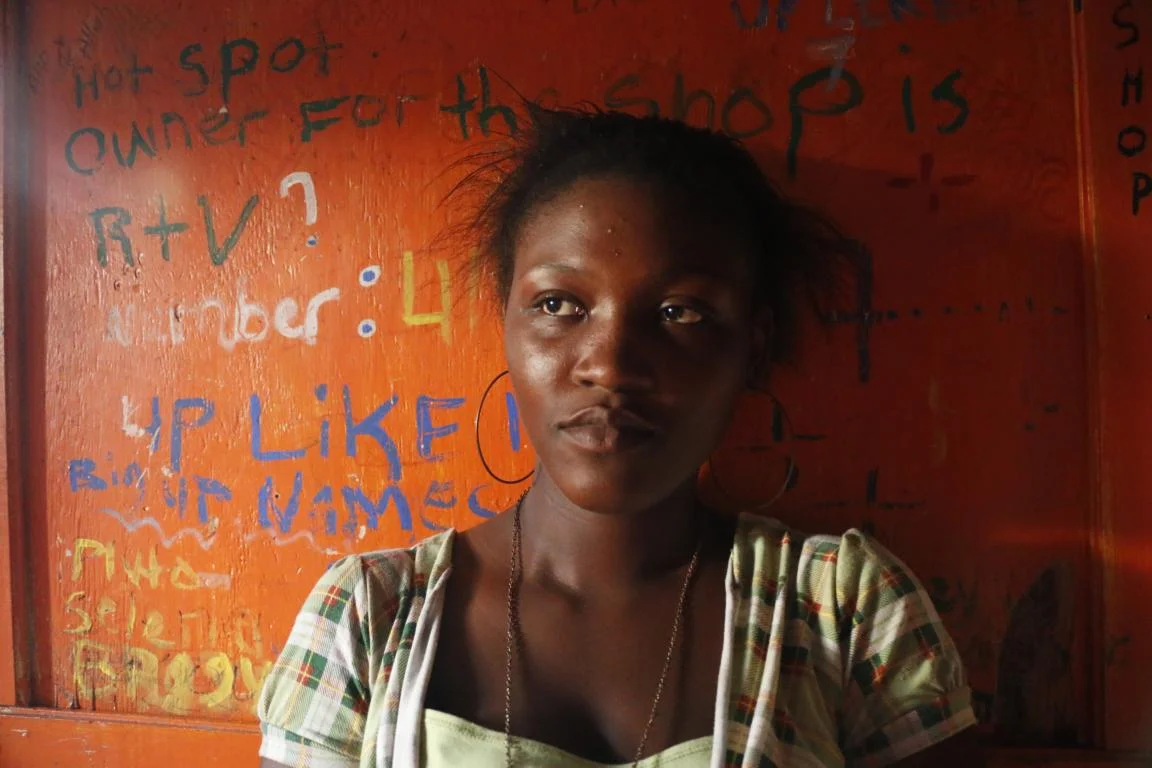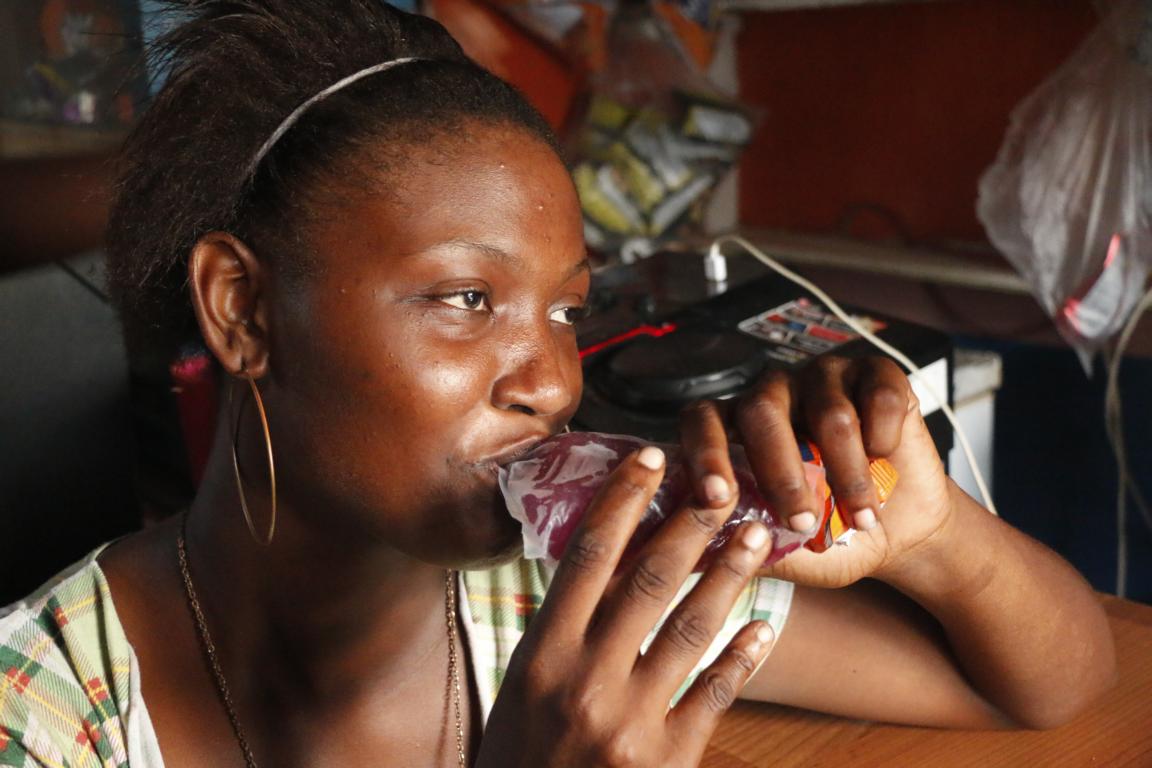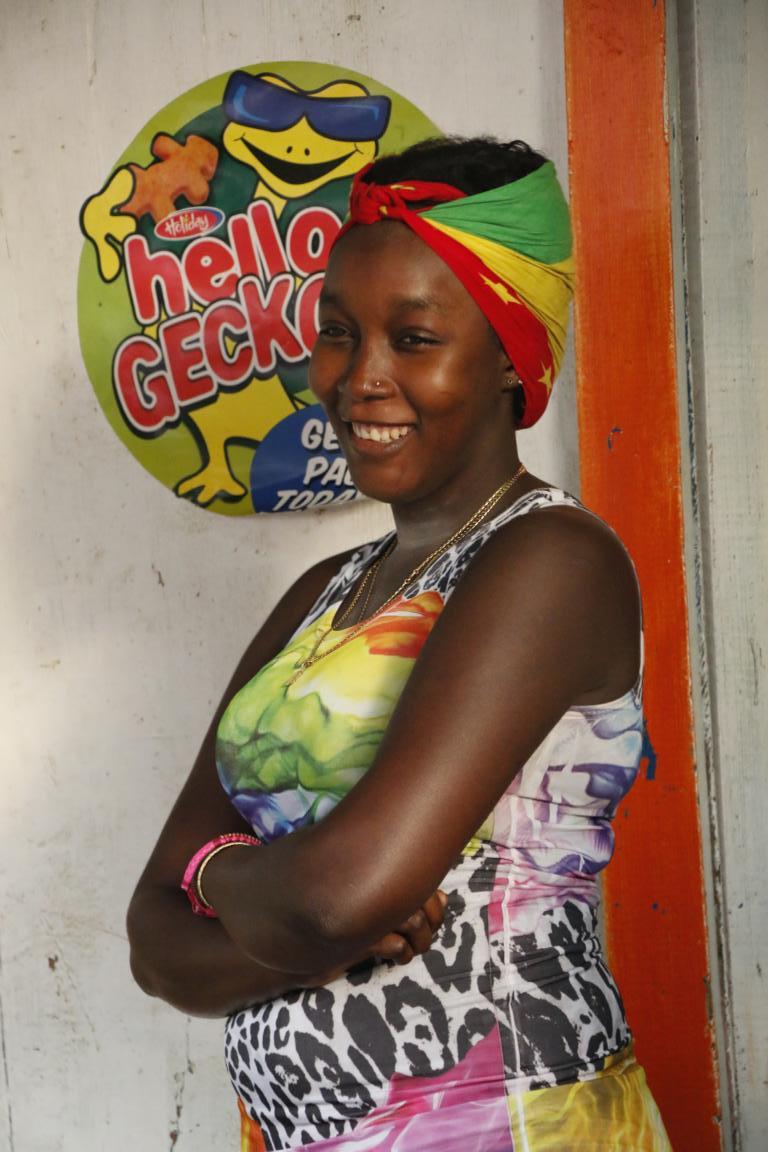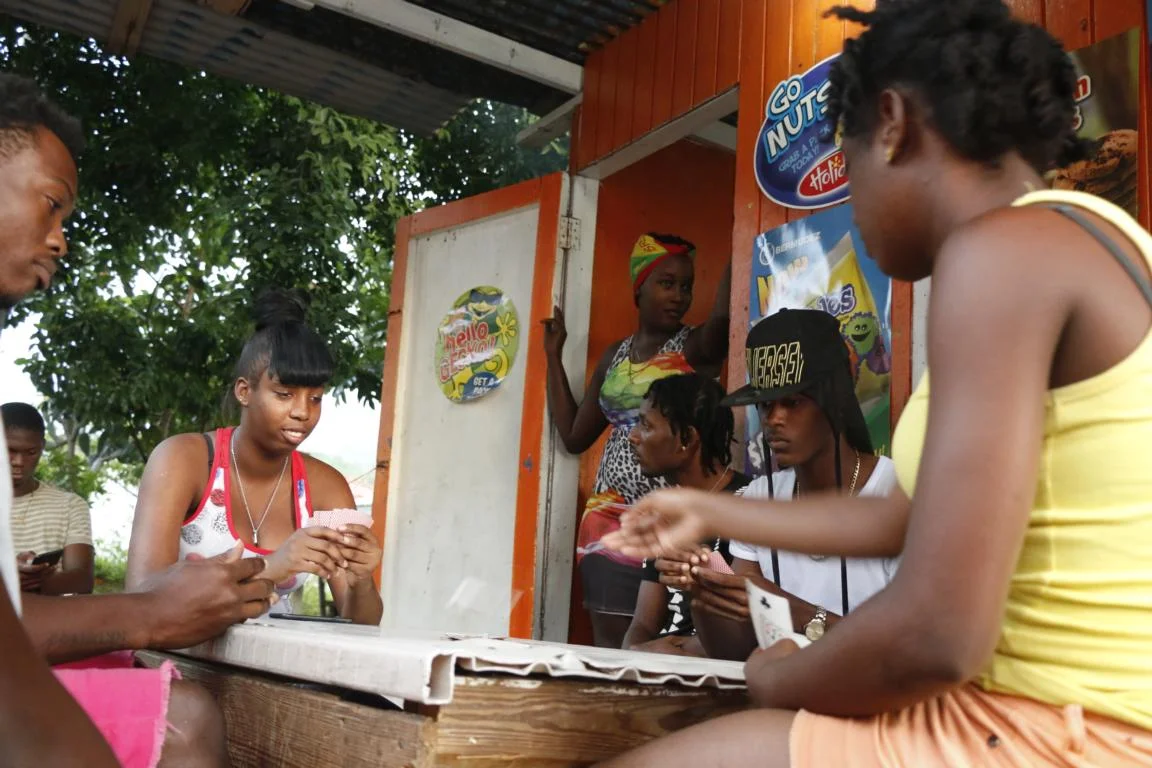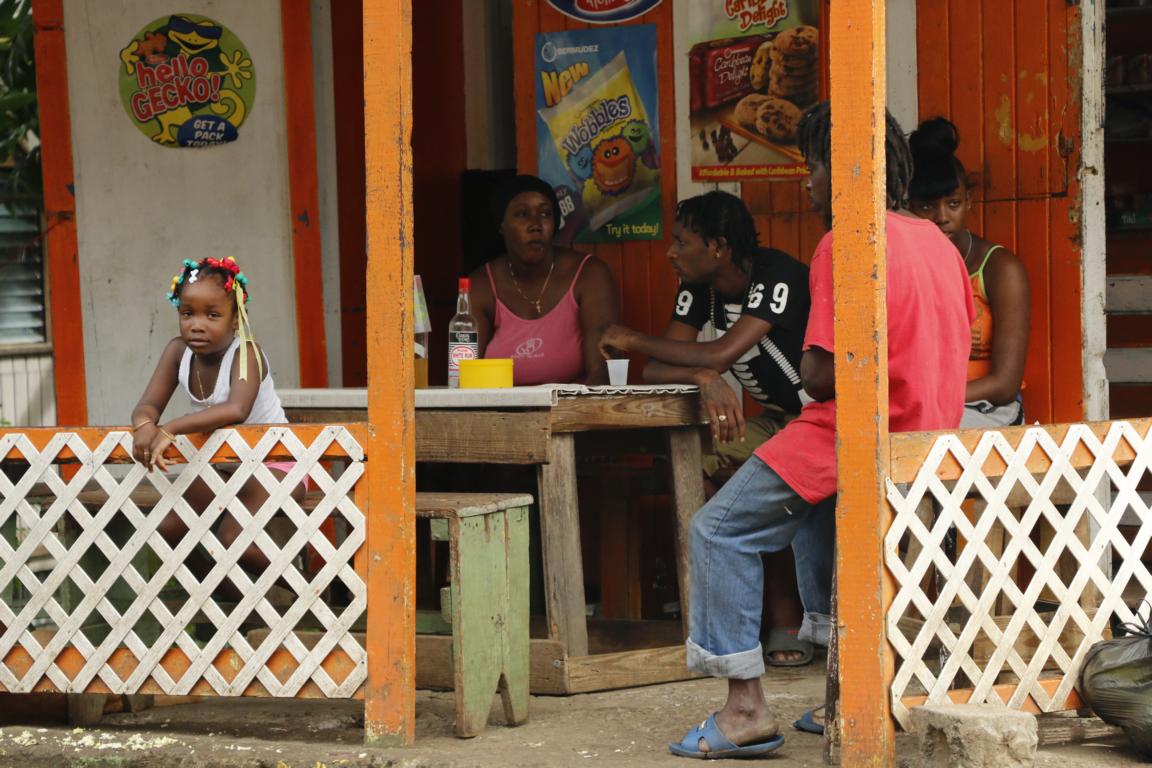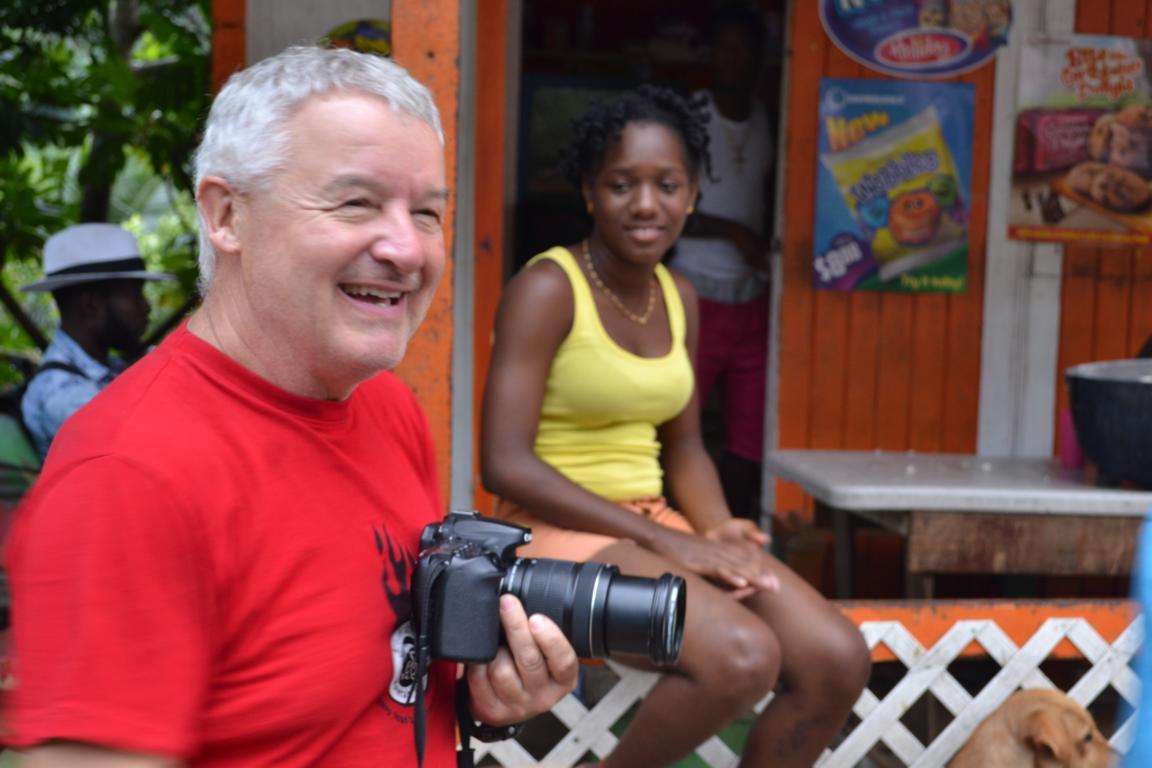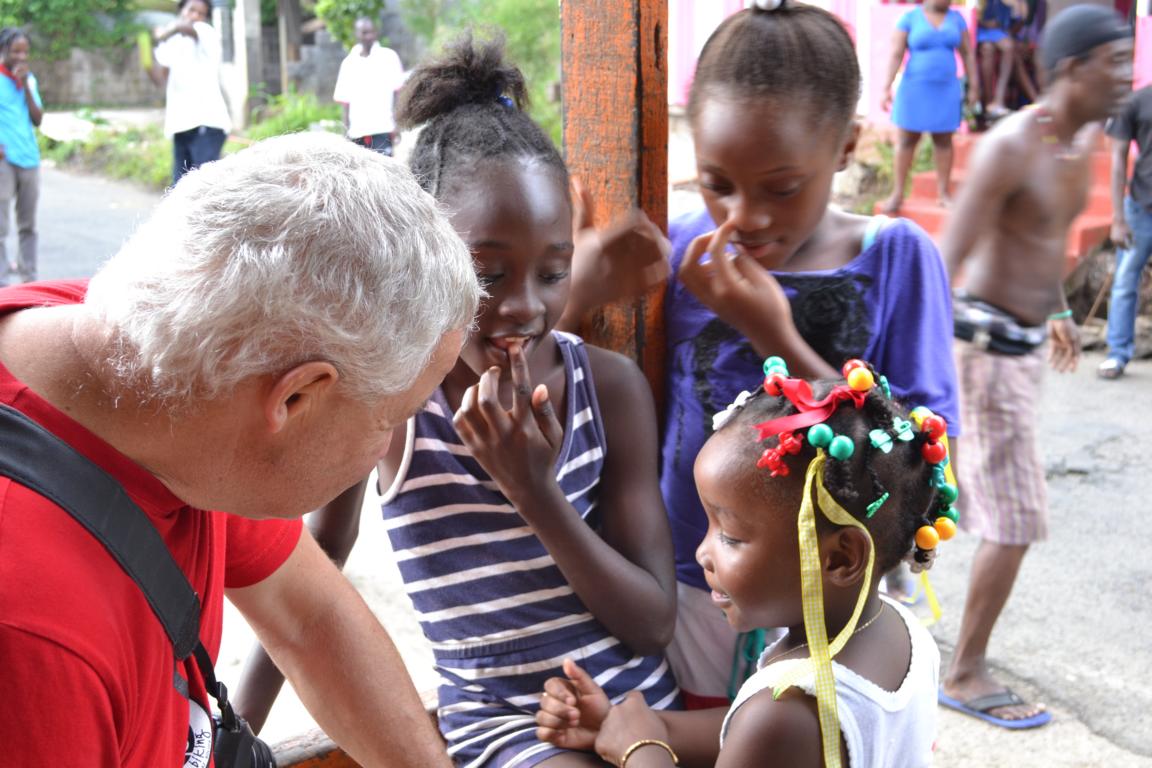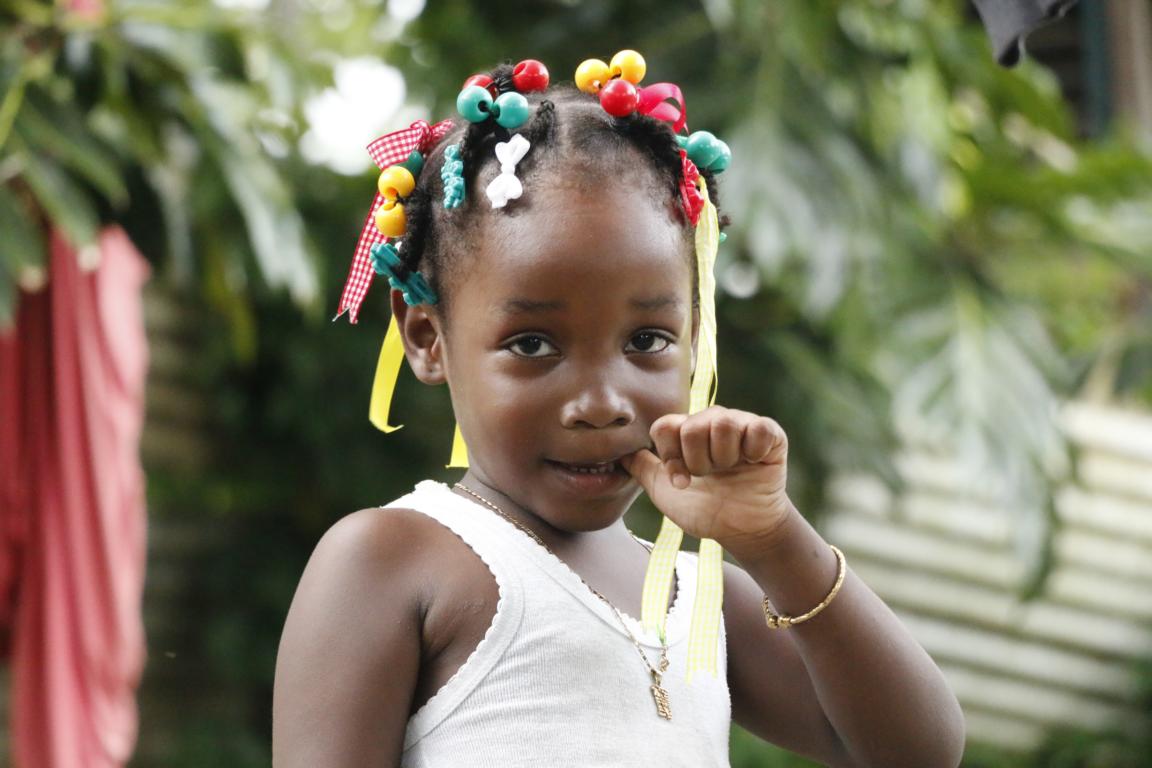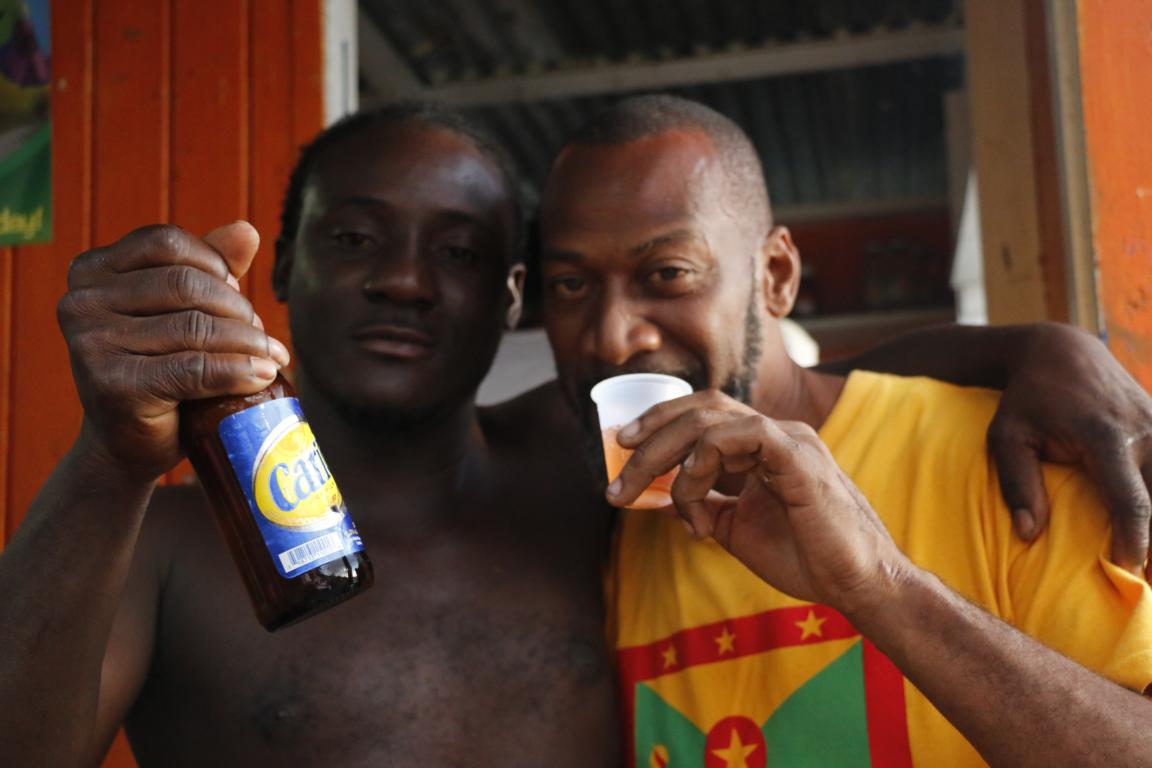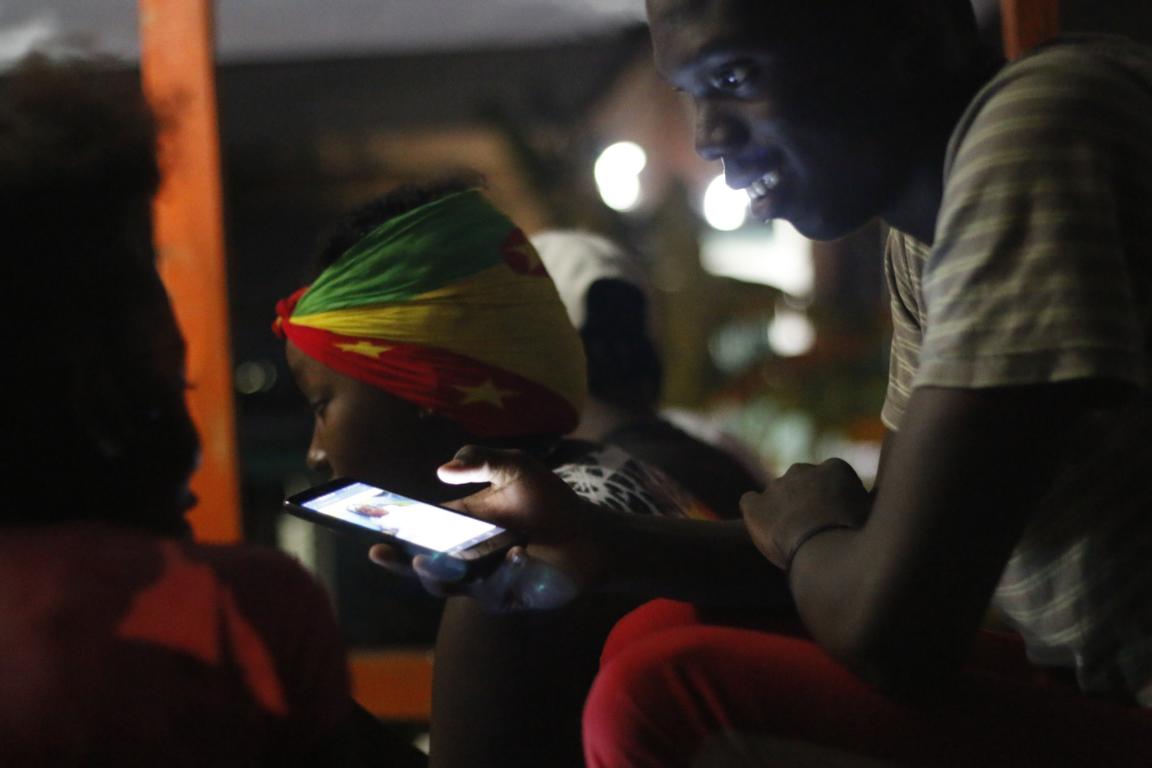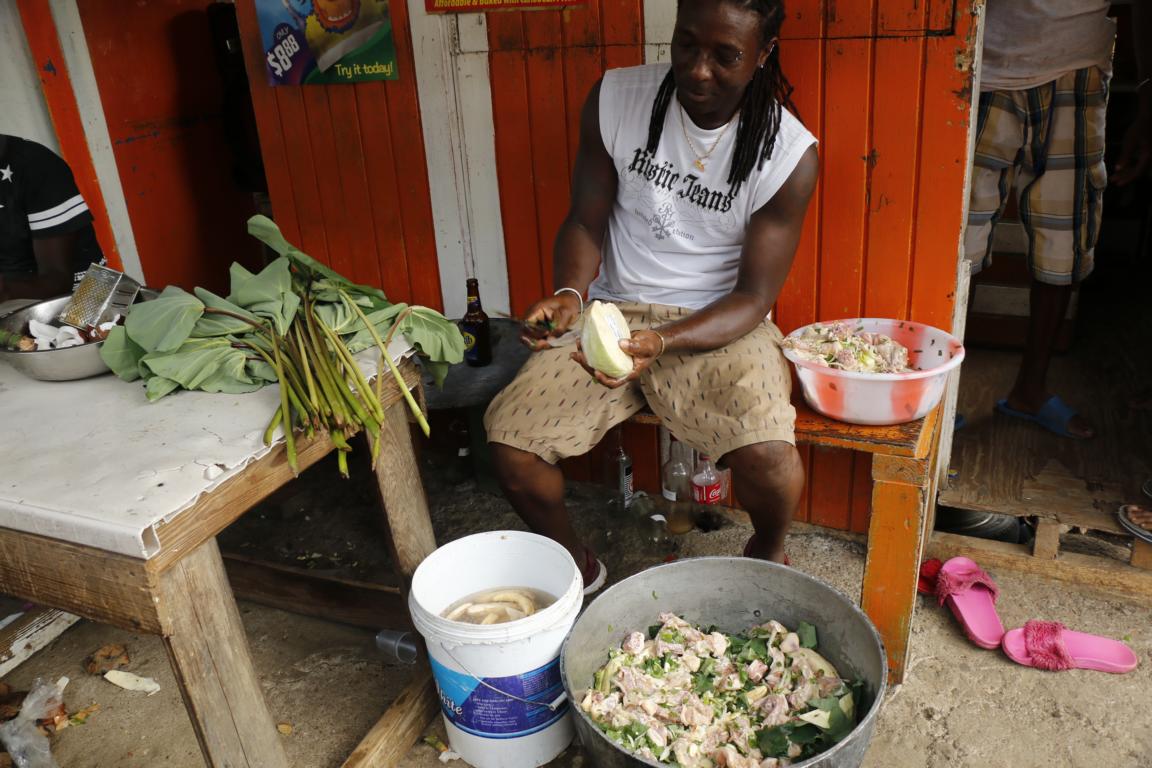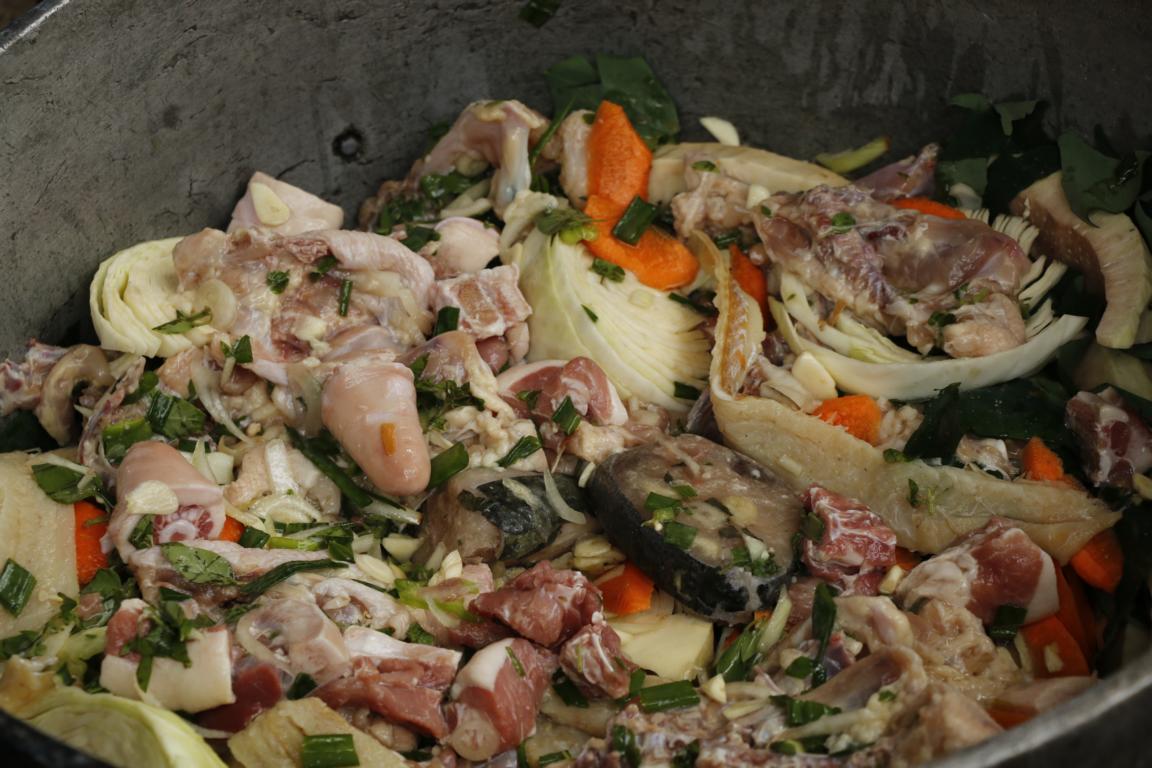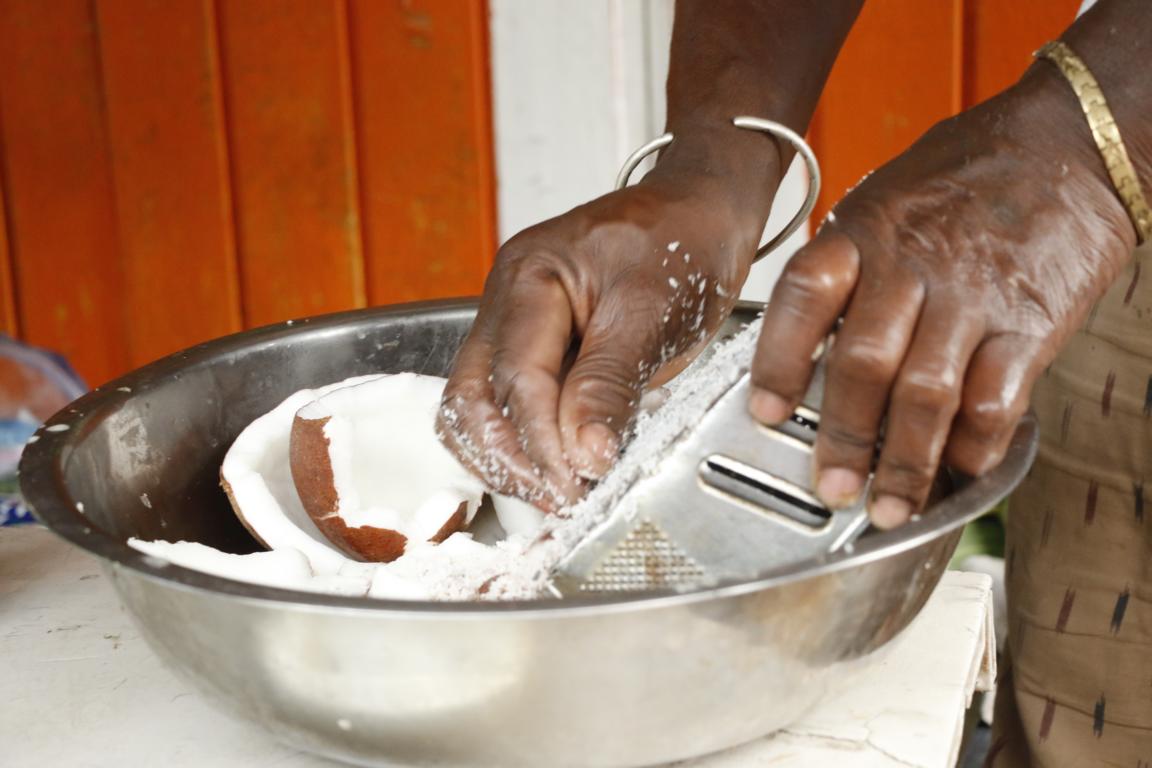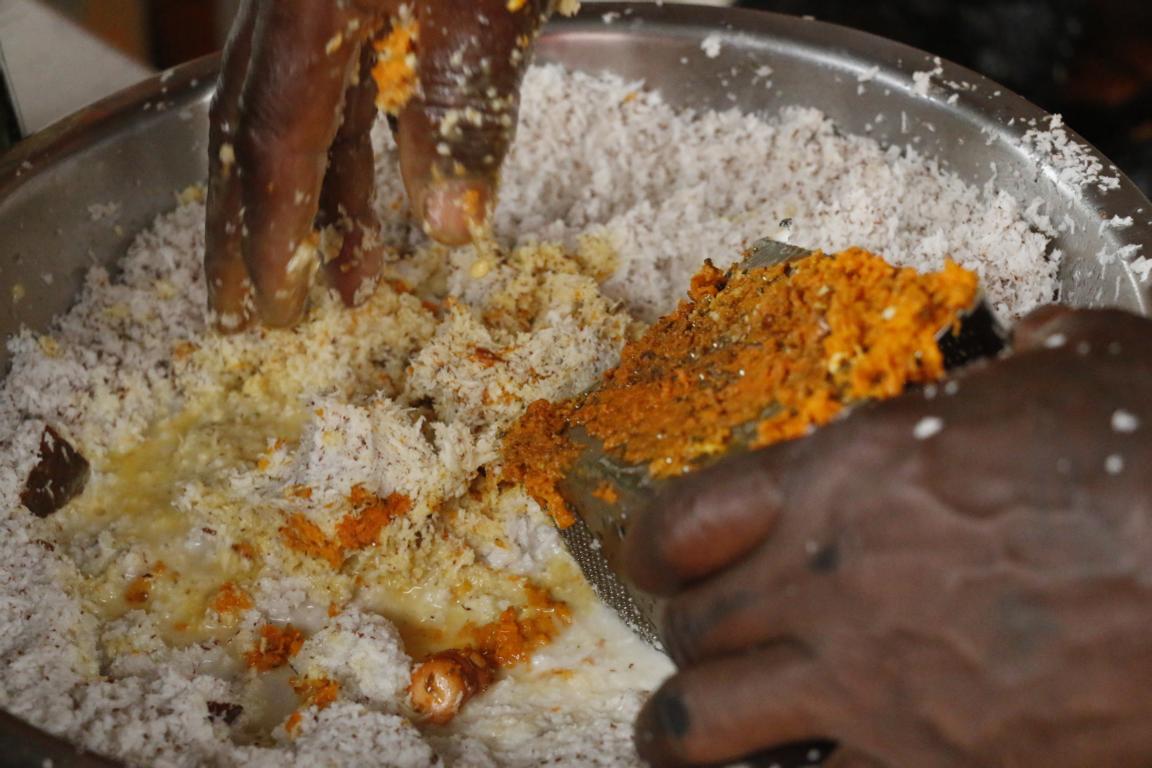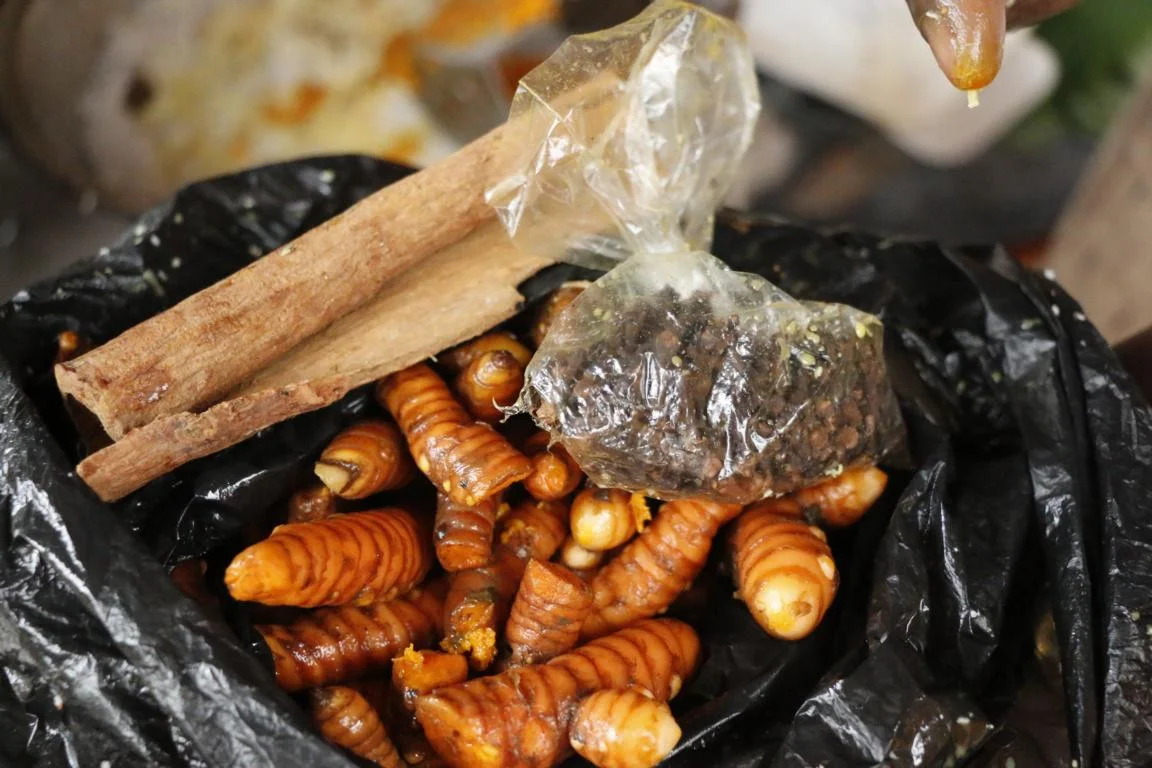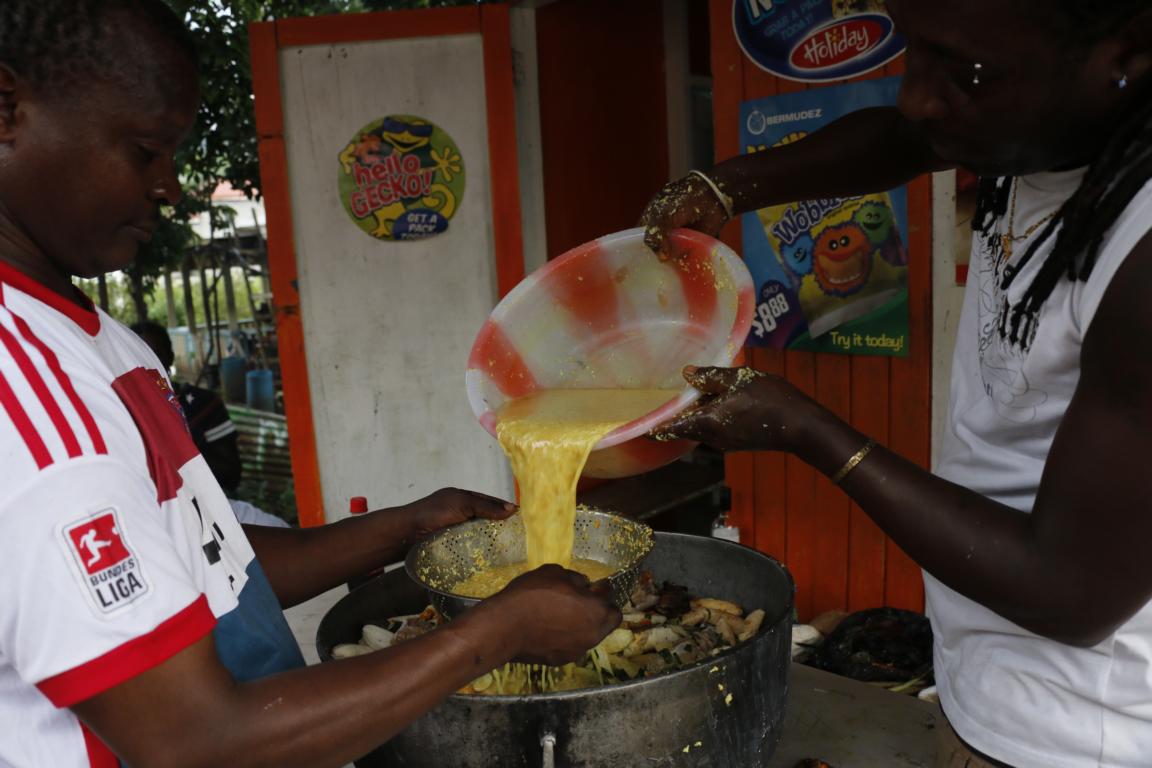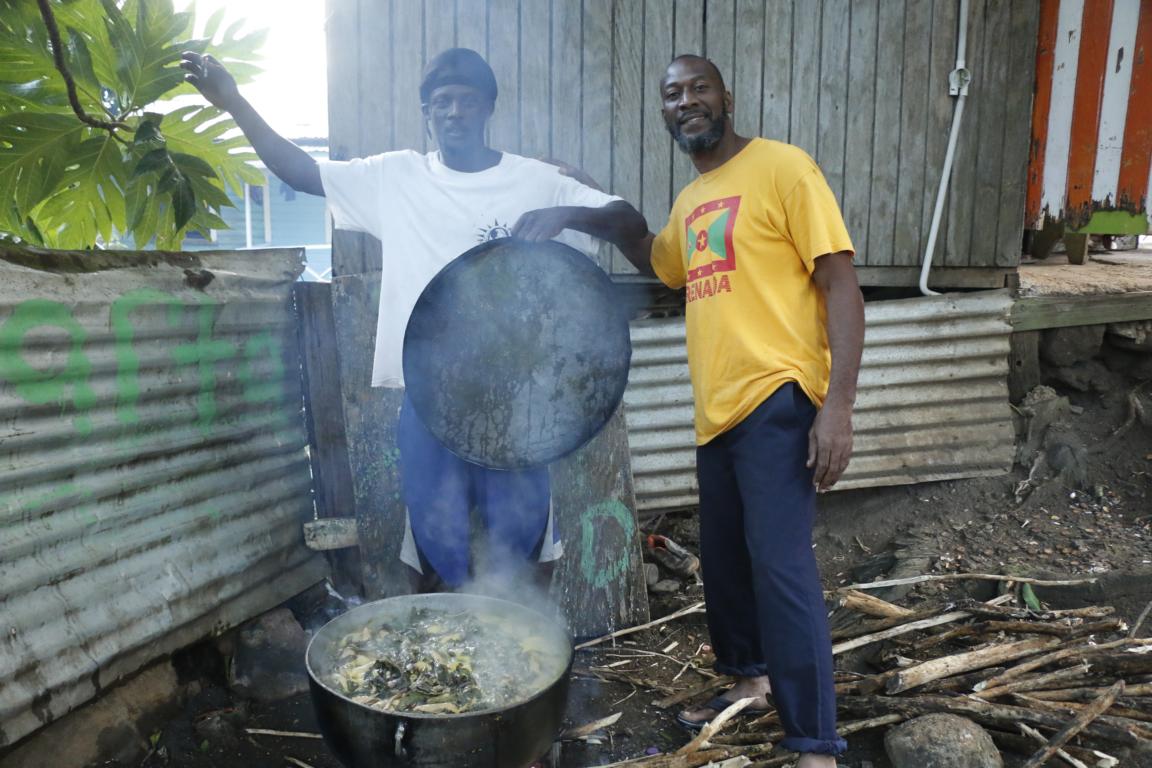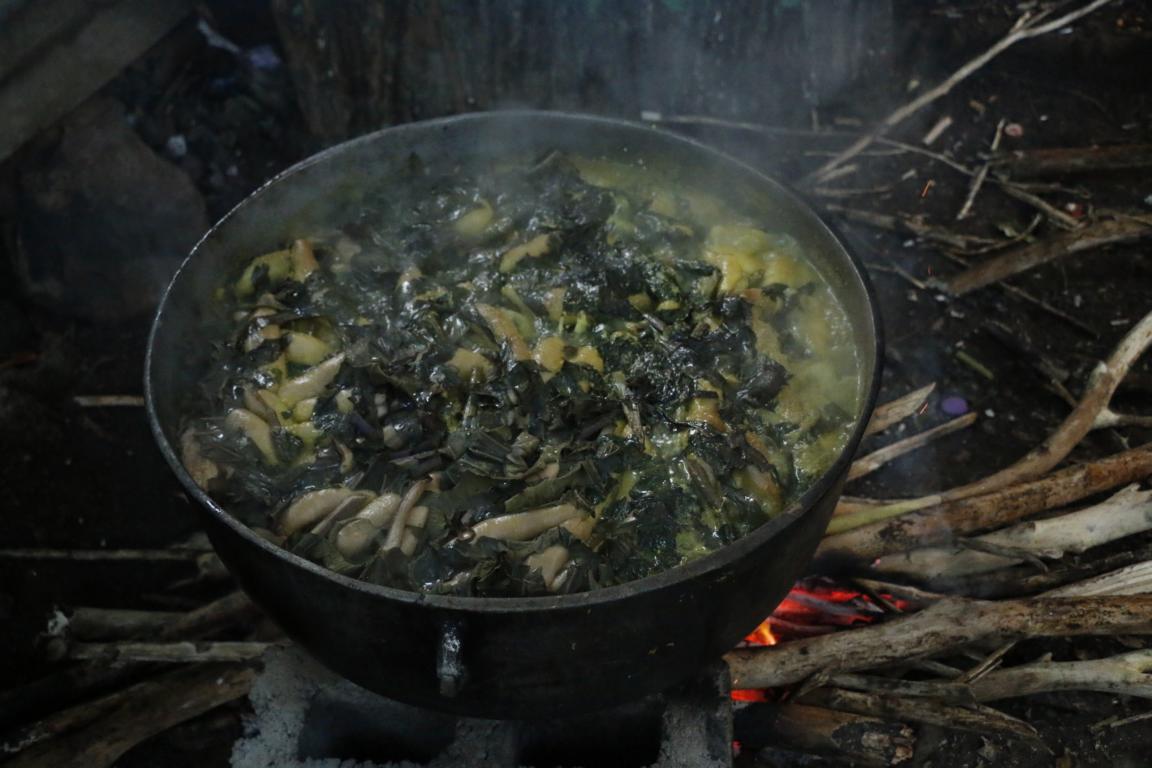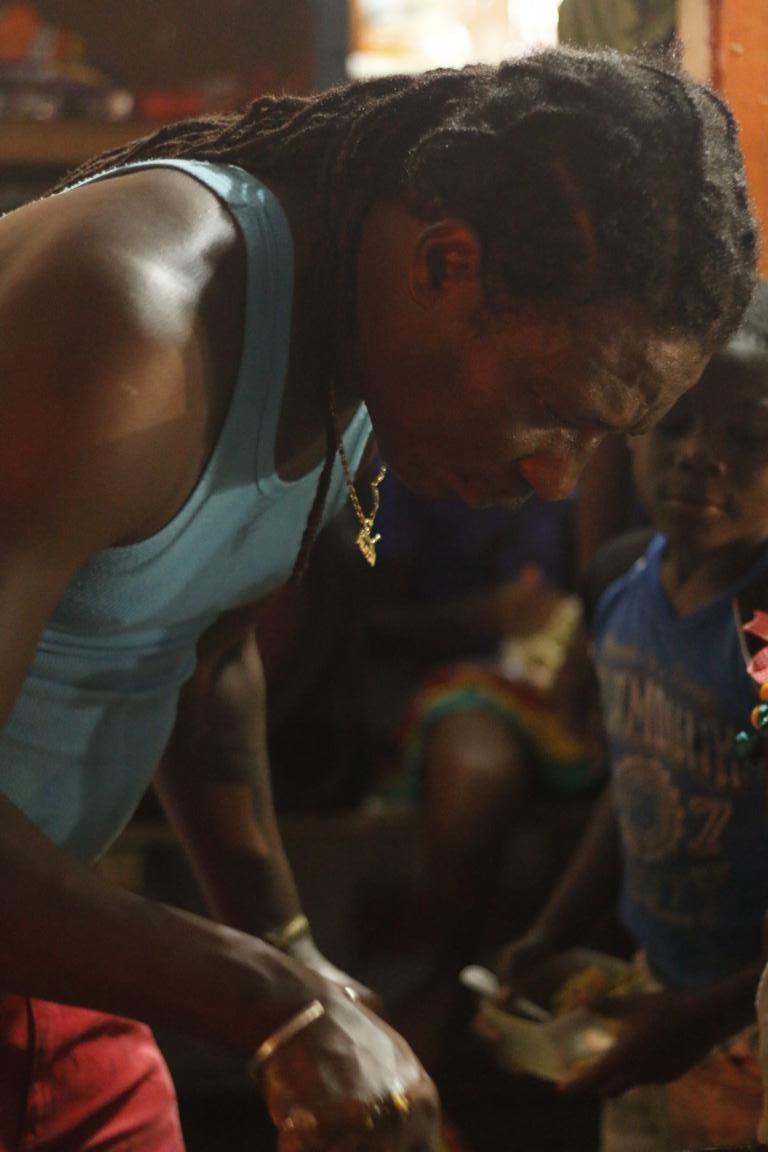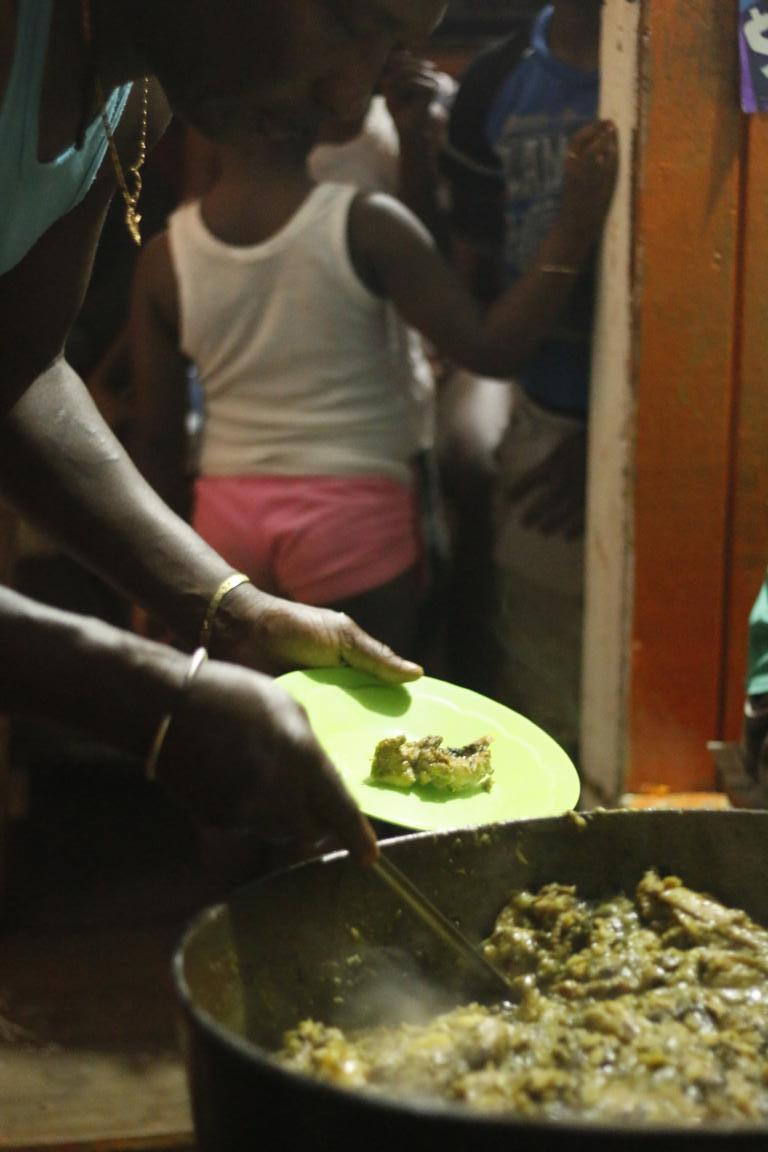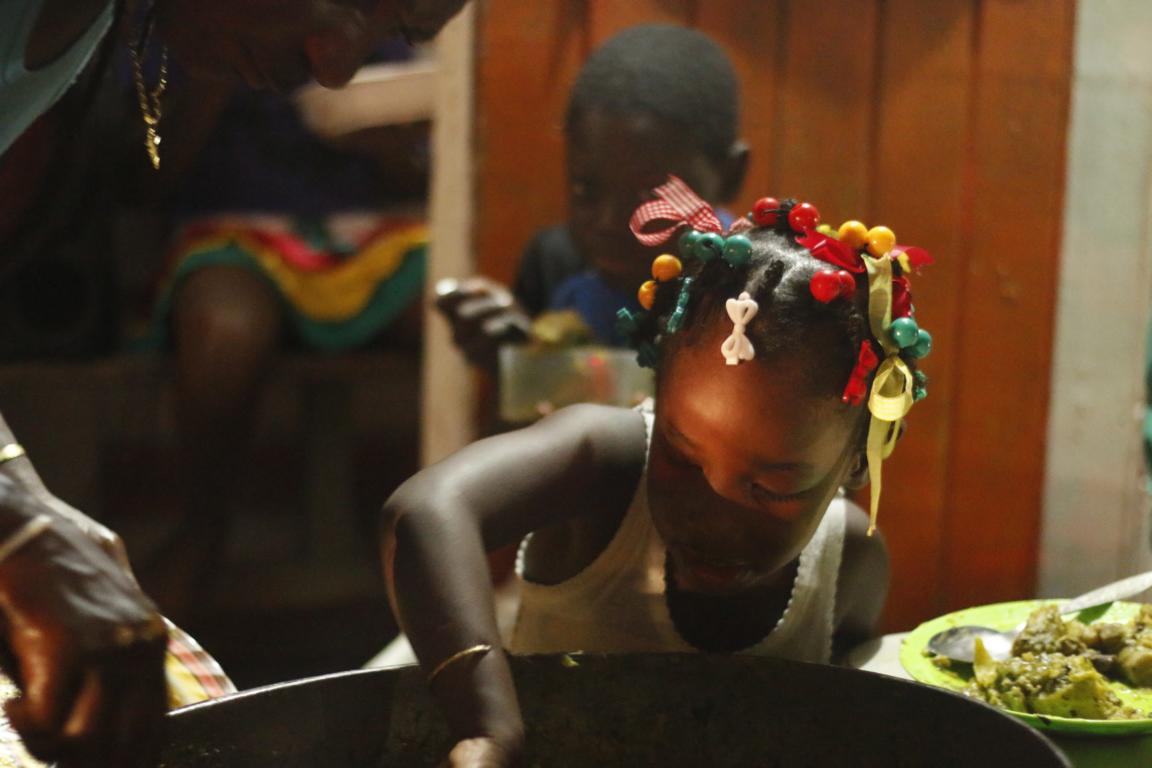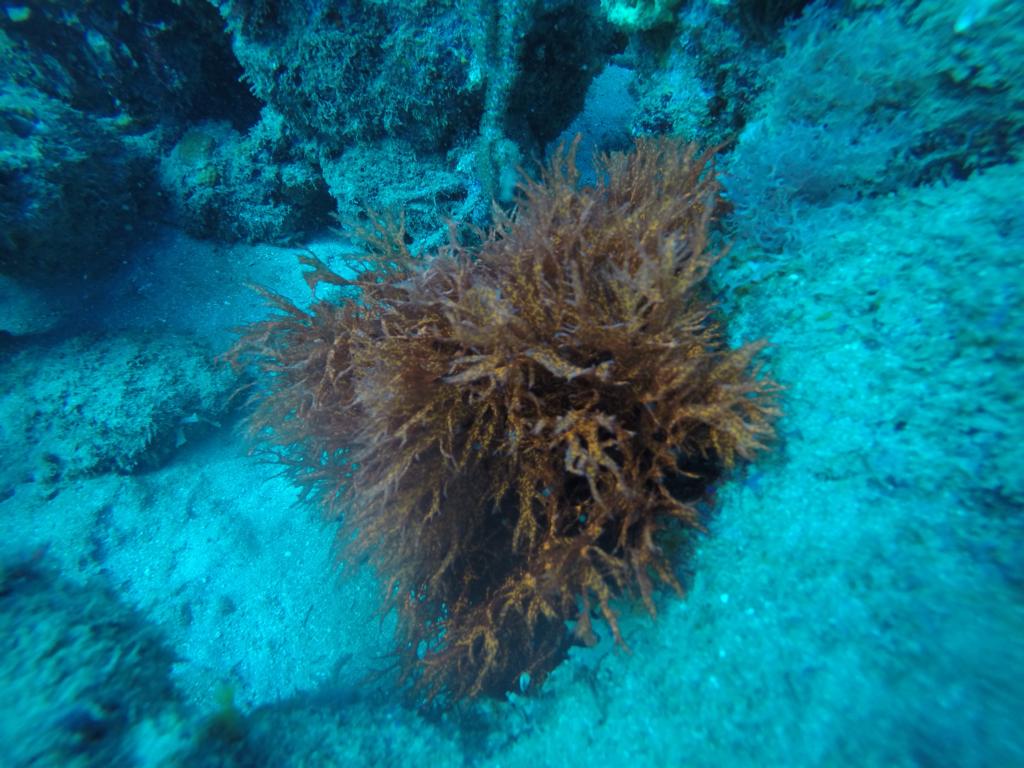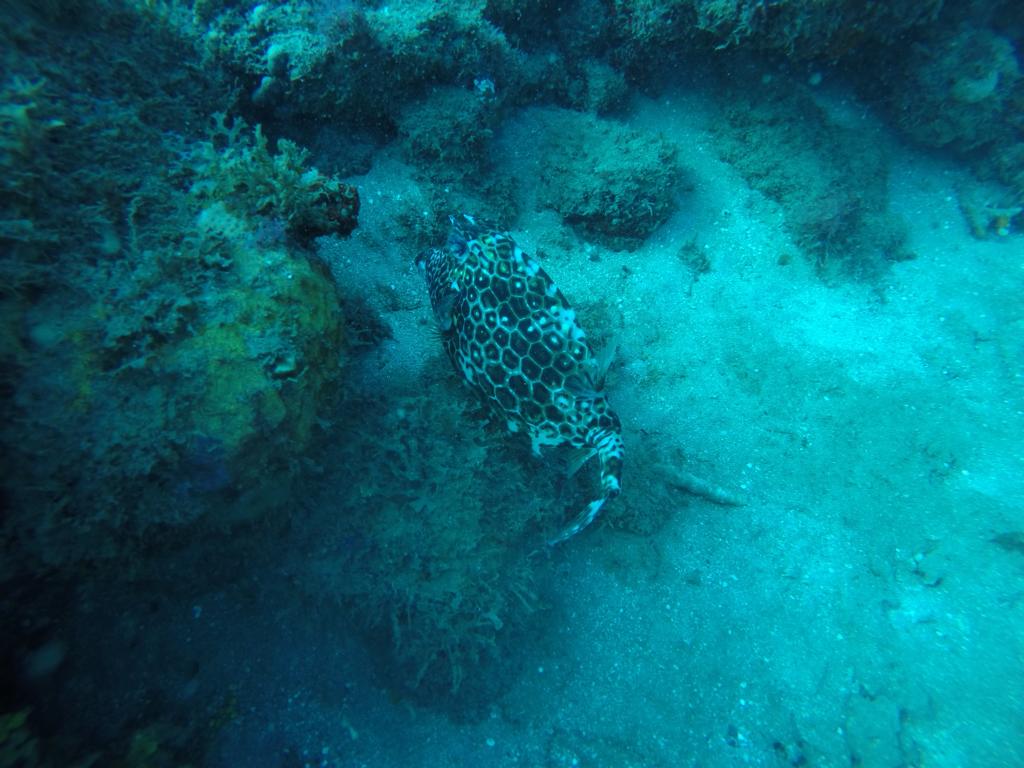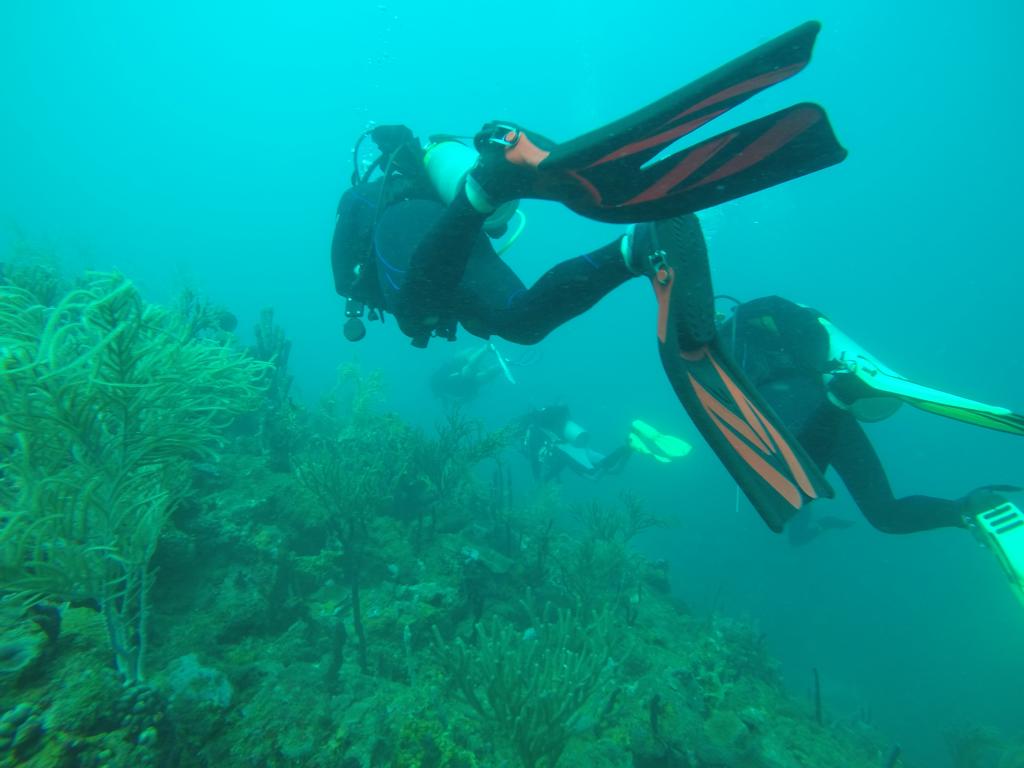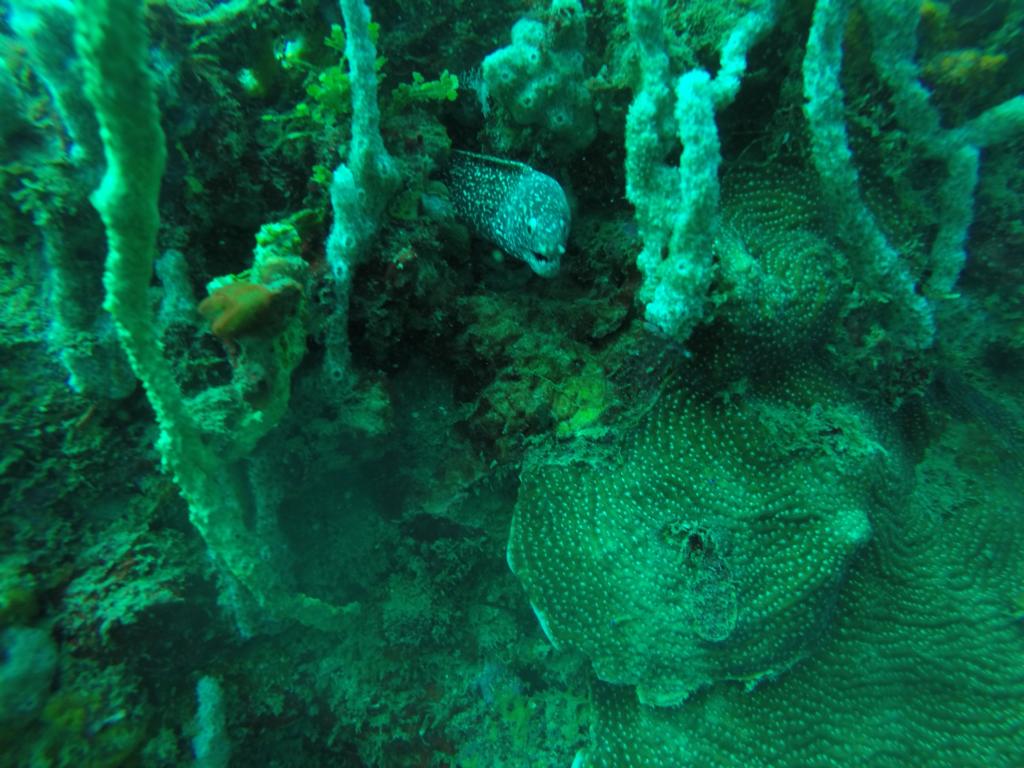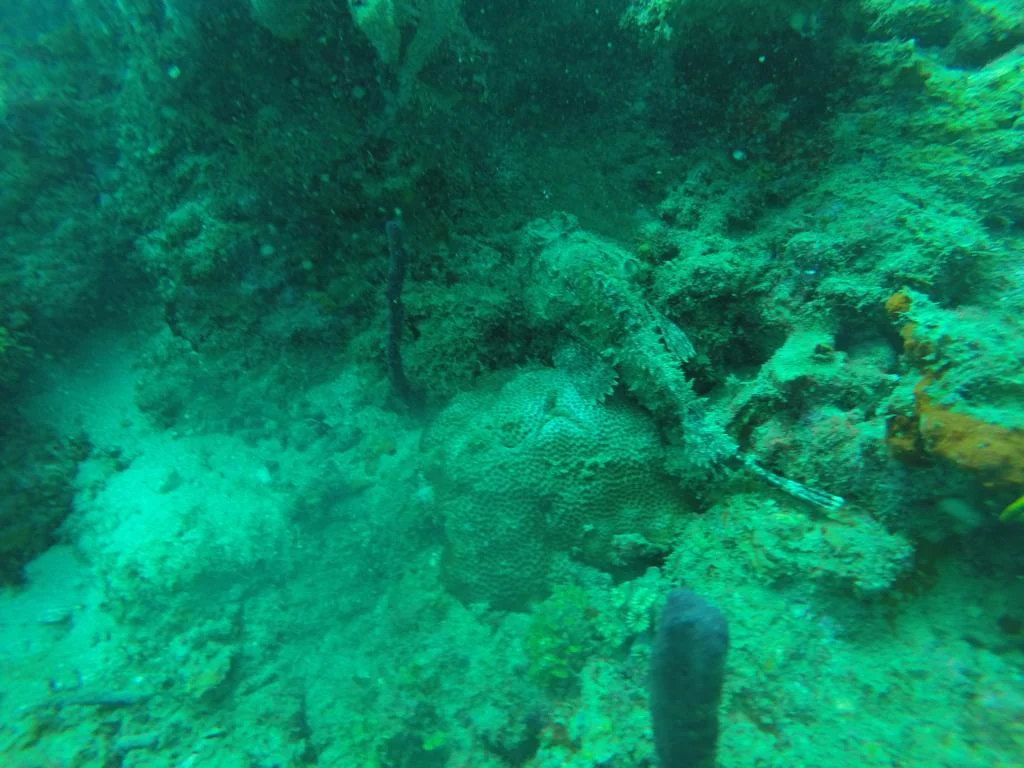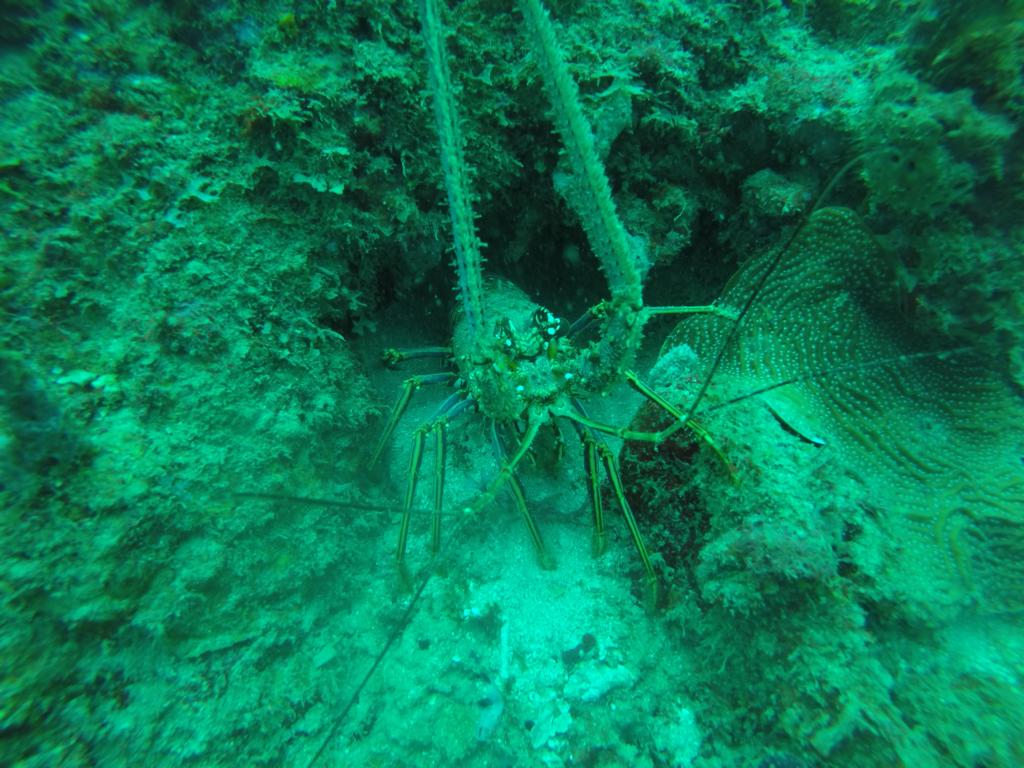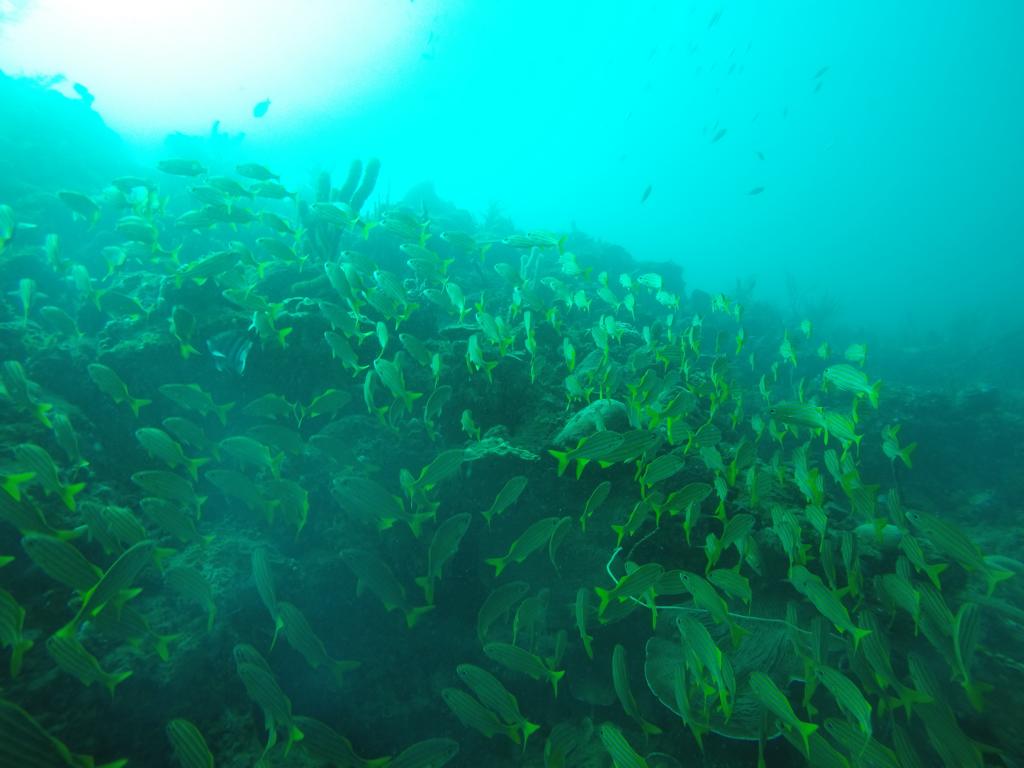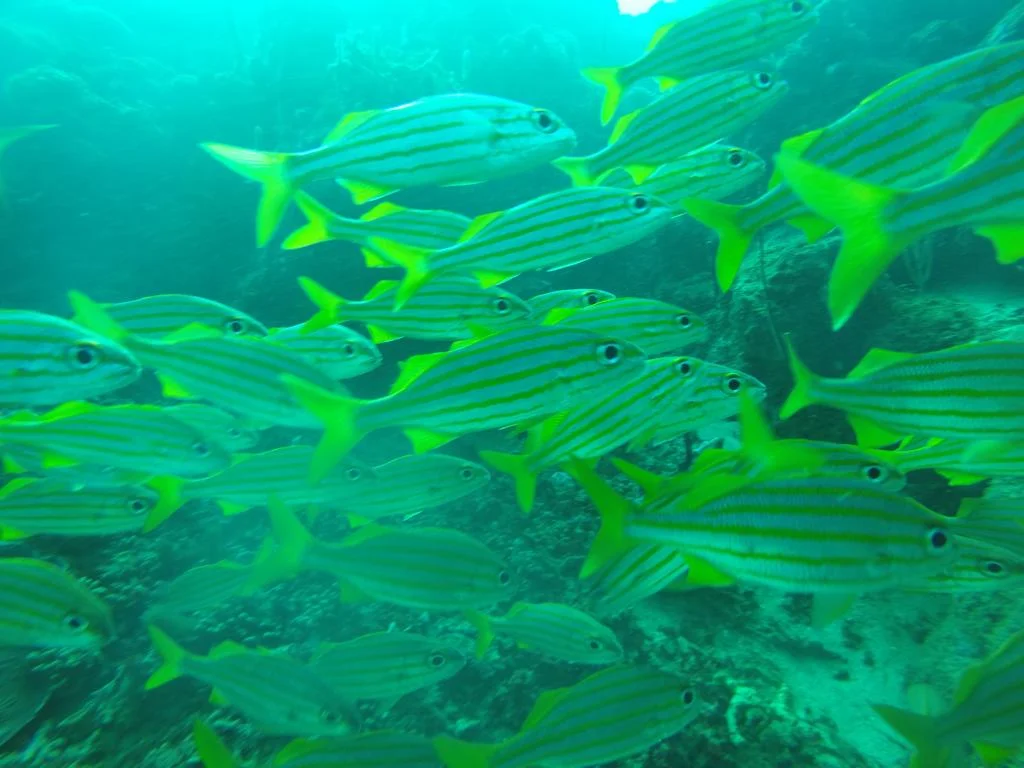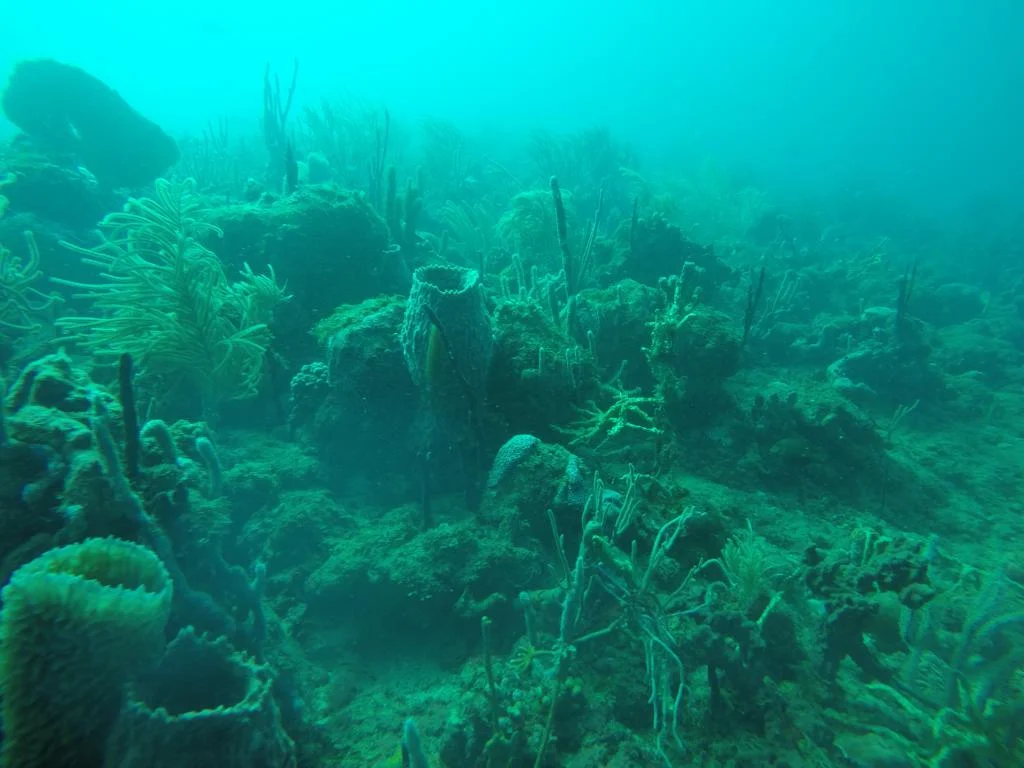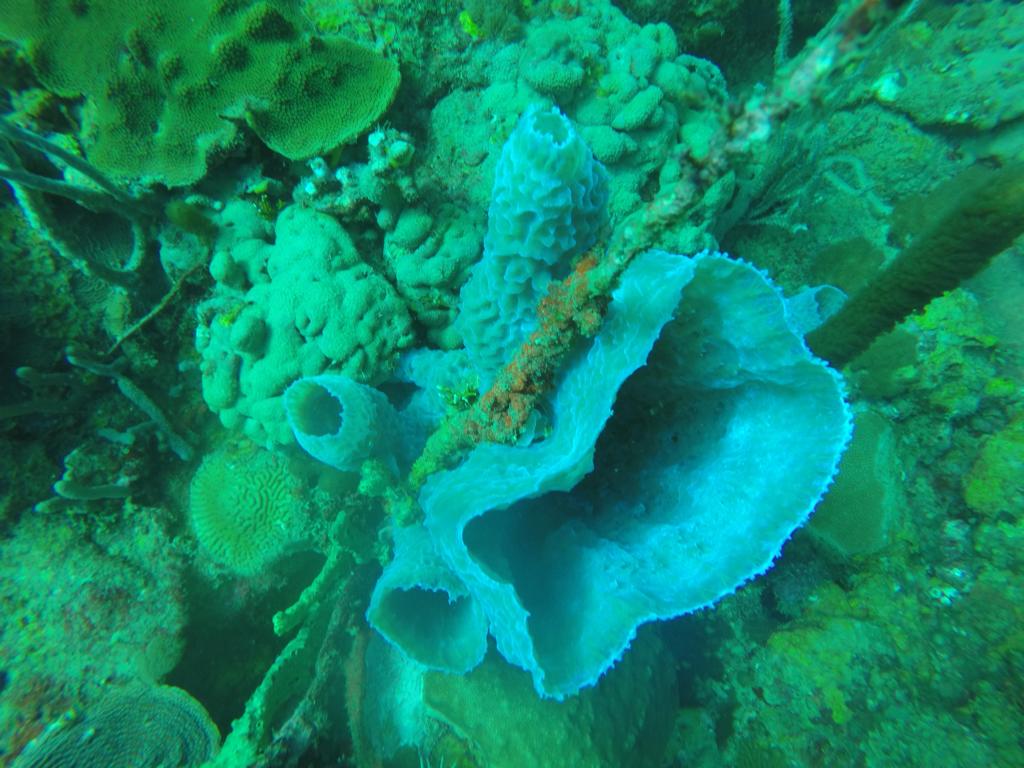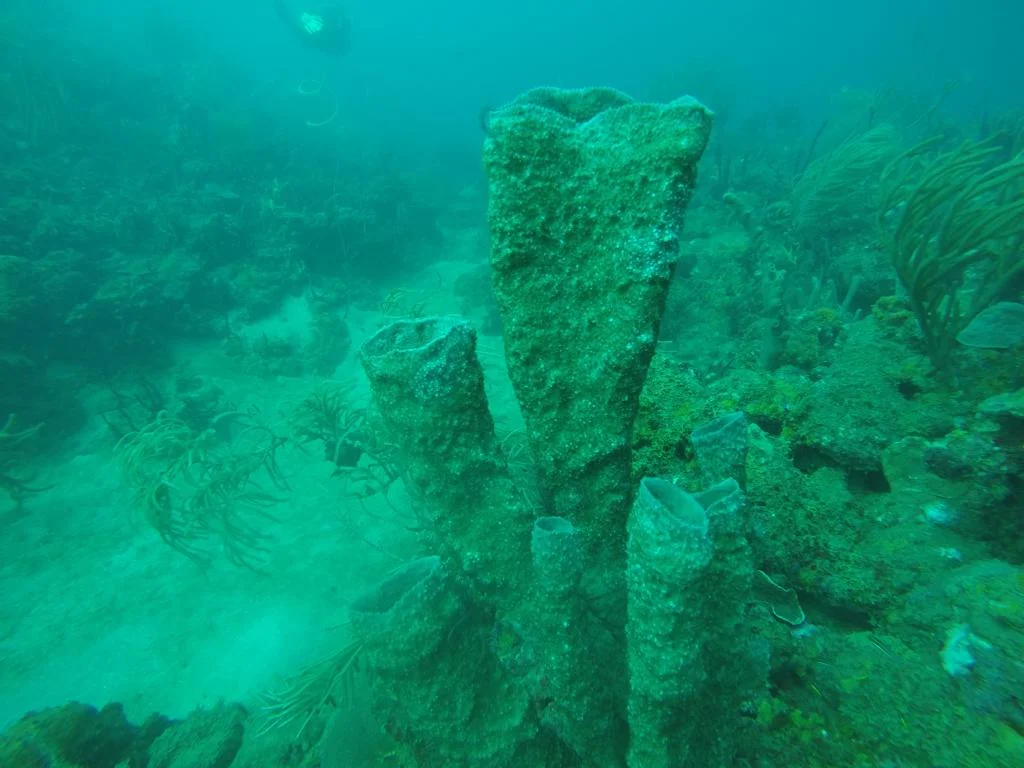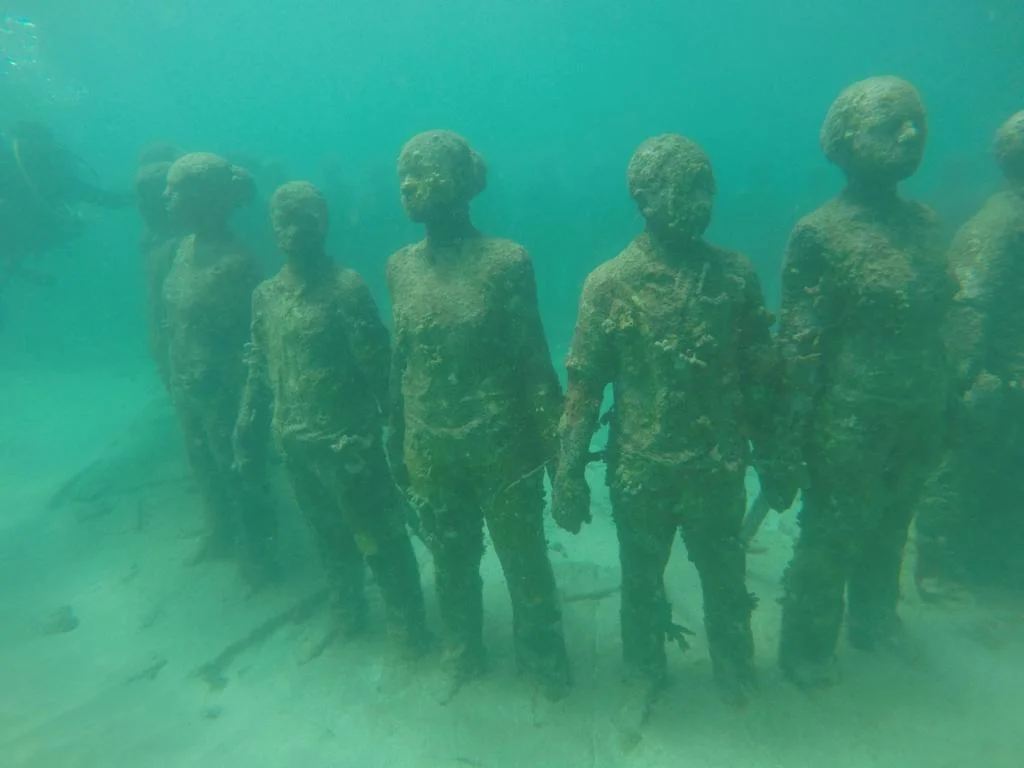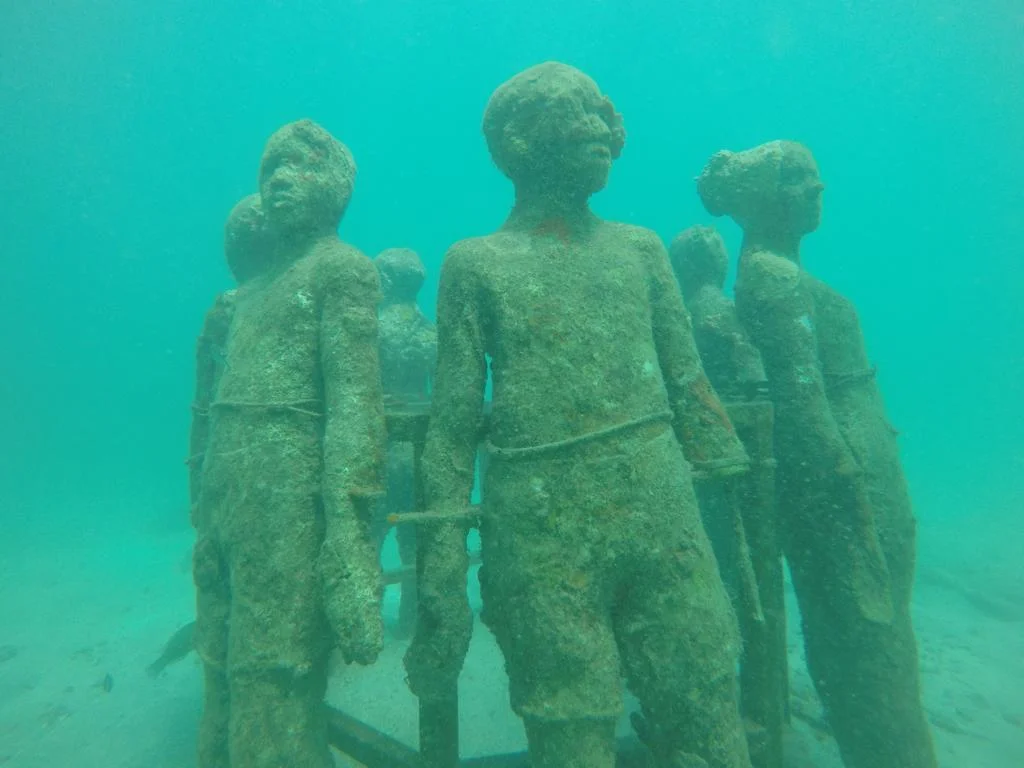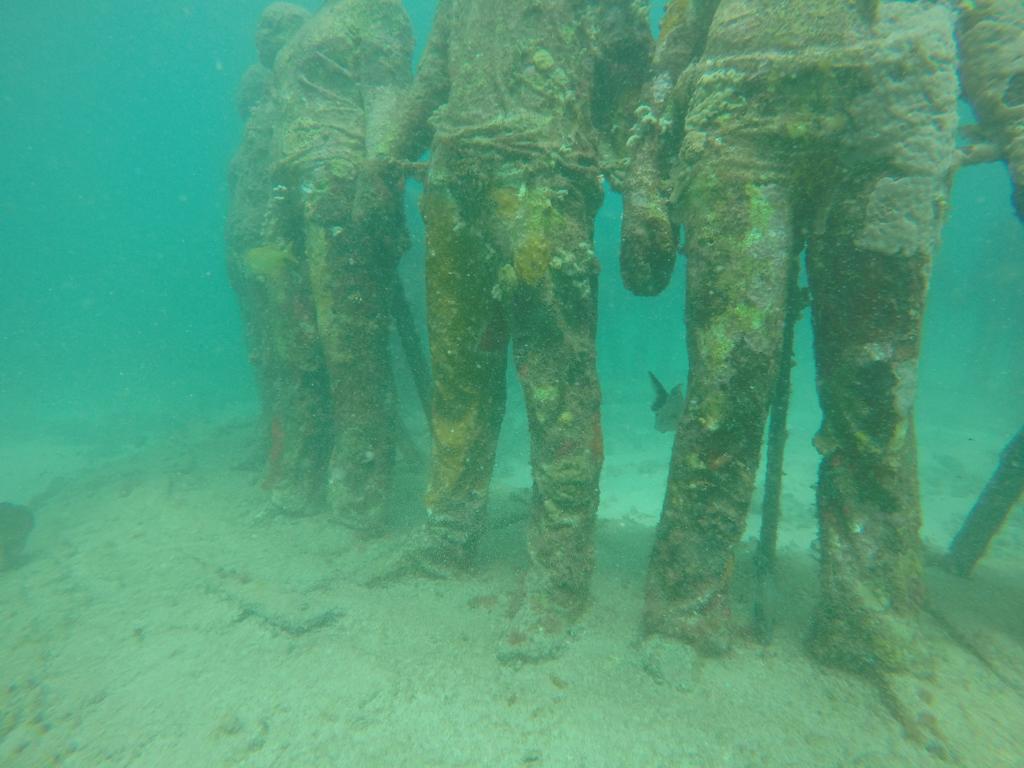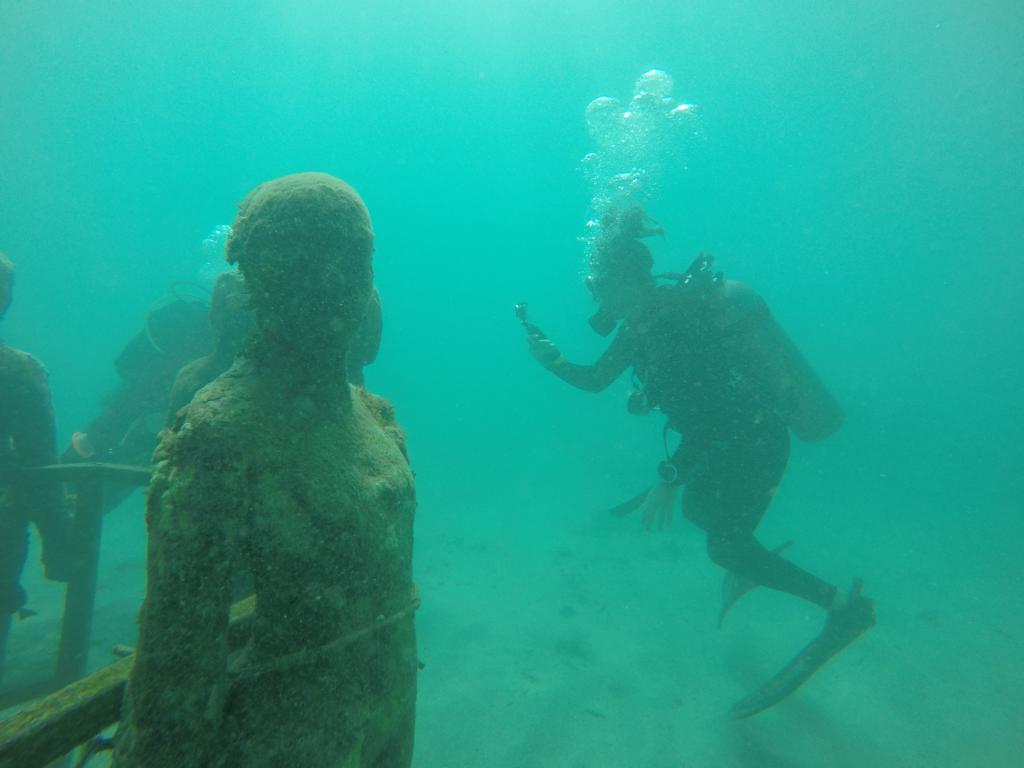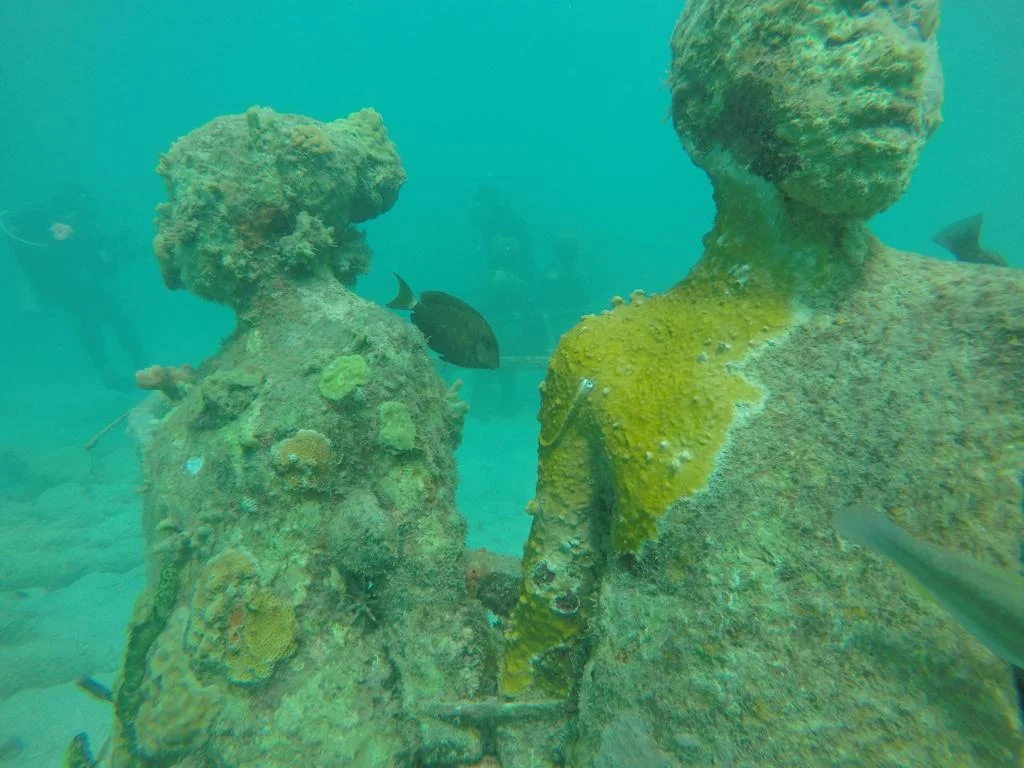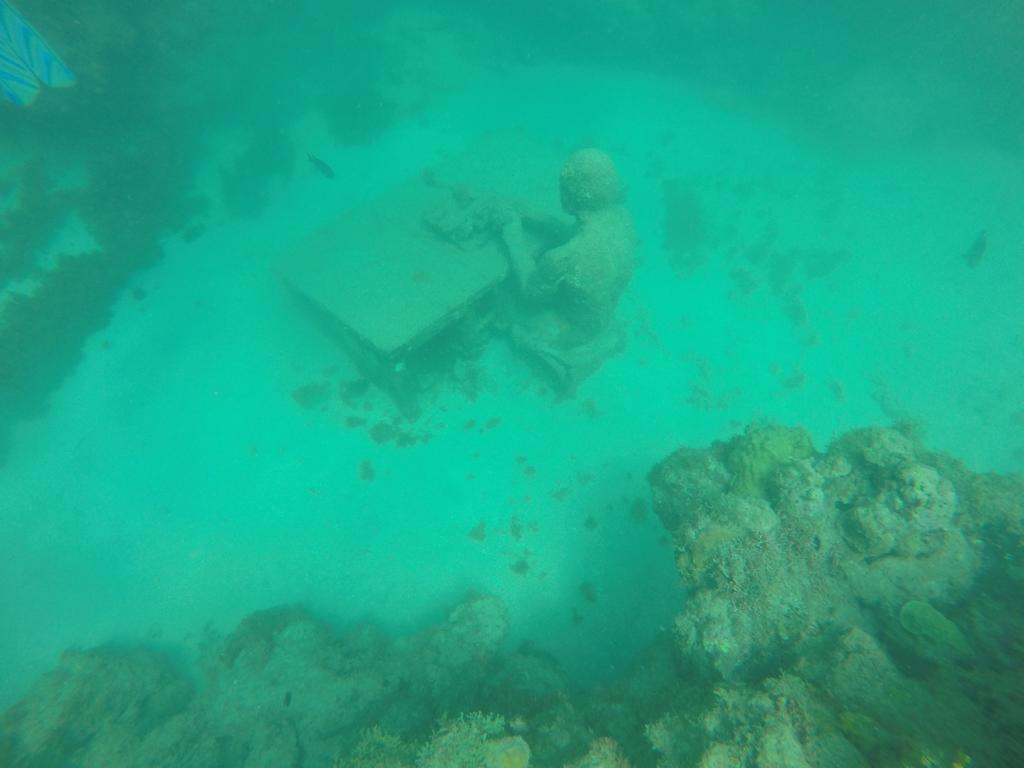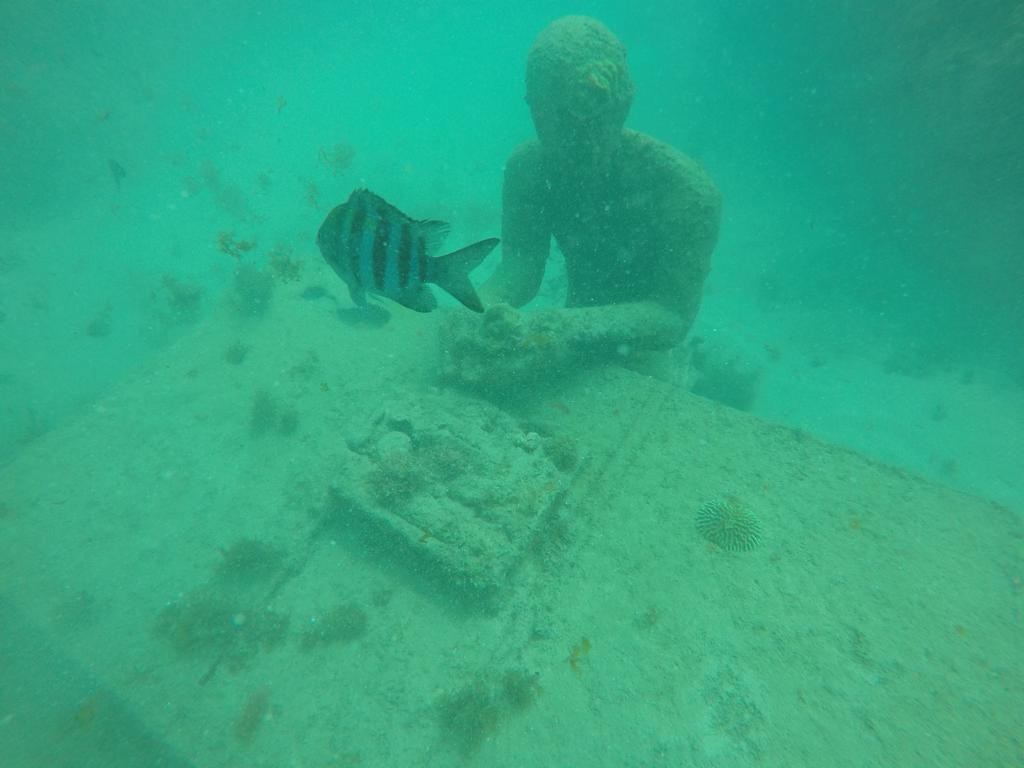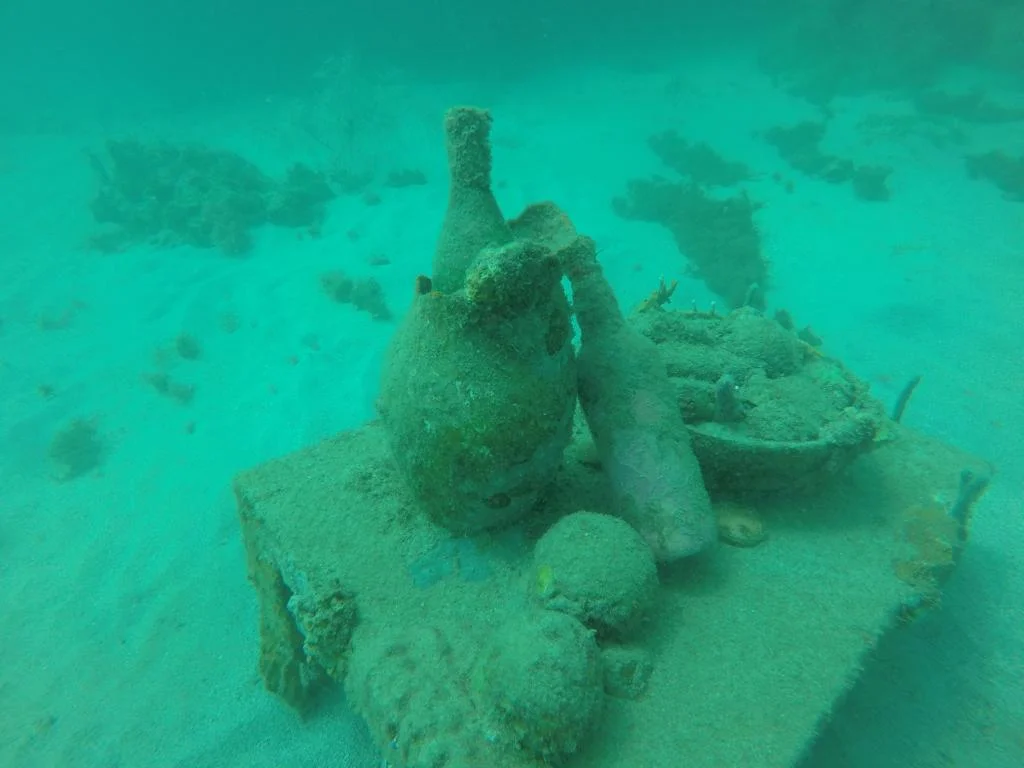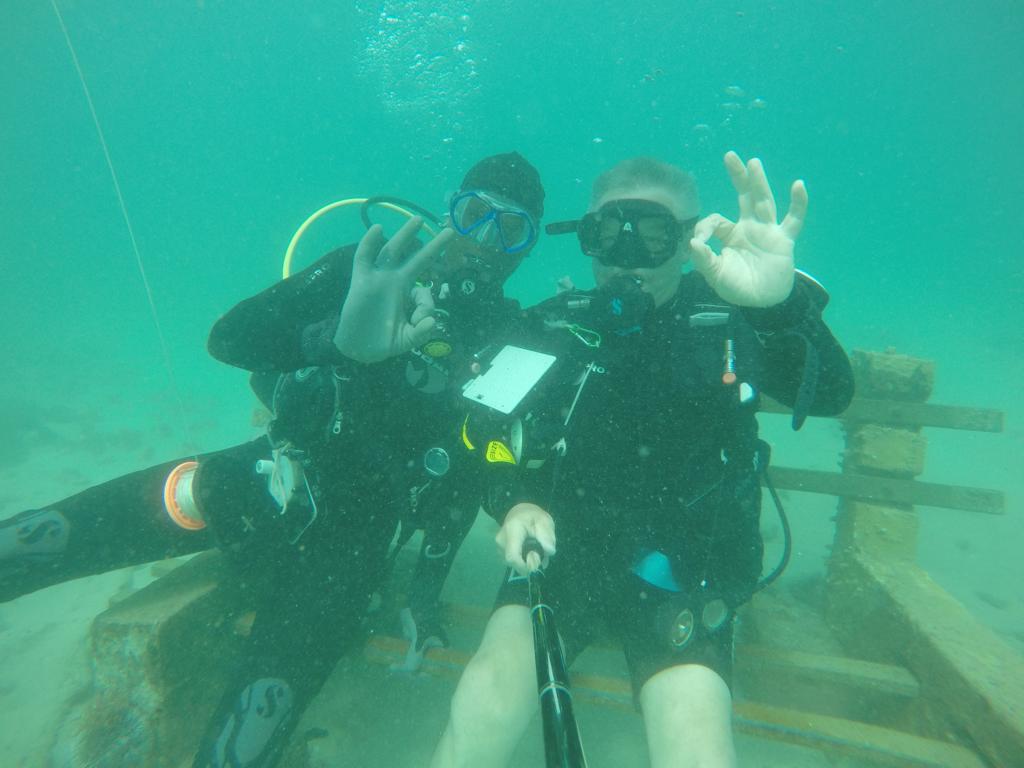Grenada - Feb 2018
Grenada is a small island and sovereign state in the south-east Caribbean Sea. It was created by volcanic eruption approx. 2 million years ago. Some 110.000 inhabitants live on a territory of 348.5 km2.
The capital St. George’s is located around the remains of an old crater. This natural harbor for many years was of key interest for France and the United Kingdom.
Statistically Grenada only seldom is hit by hurricanes. However, Hurricane Ivan in 2004 damaged some 90% of the houses. Part of the damage is still not repaired.
Due to its strategic importance St. George’s had been protected by several forts built first by the French and later by the British.
Grenada has first been settled by the Arawaks and the Caribs. Columbus sighted the island in 1498 but it were the French who started to colonize the island in 1650 after defeating the native population. During this war several dozen Carib worriers decided to commit suicide and to rather jump over the cliffs instead to surrender. The place today is called Leapers Hill (close to the village Sauters). Today no indigenous communities exist as the Caribs were either killed or absorbed by the invaders during the 17th century. Some petroglyphs are the only visible remains.
After some backward and forward France eventually lost its colony Grenada to the British Empire in 1783. During the 18th and early 19th century some 90 percent of the population were slaves which were shipped to Grenada from West-Africa. Slavery finally was abolished in 1834.
A curiosity in the National Museum is a marble bath tub which was meant for Joséphine de Beauharnais, the first wife of Napoleon.
Grenada gained independence in 1974 under Prime minister Eric Gairy, who was overthrown by a coup in 1979. The new People’s Revolutionary Government, lead by Maurice Bishop, had close ties with Cuba and Nicaragua and initiated a comprehensive development plan for Grenada based on a one-party rule. In the wake of an internal power struggle moderate PM Maurice Bishop was killed on 19 Oct 1983 by more hardline party rivals.
This killing was the pretext for the US-led invasion am 25 October 1983 which ended the socialist project in Grenada. The United Nations General Assembly condemned the attack as "a flagrant violation of international law".
A key argument in the US propaganda prior to the invasions was that Grenada with help provided by the Soviet Union was constructing a new airport which would allegedly serve as a supply base for Soviet expansion in the Caribbean. See pics of the old insufficient and the newly built airport.
I had the luck and the pleasure during my stay in Grenada to become friend with Mr. Simeon Cornwall a film maker and adviser to the National Museum in St. George’s. Simeon offered to travelled with me three days across Grenada showing many interesting places outside the usual tourist routes. He also functioned as a door opener to meet local communities.
Grenada has a large number of fantastic beaches. However, swimmers need to be watchful as in particular those beaches which are influenced by the Atlantic sea have strong under-currents which make swimming dangerous.
Tourism comprises a major factor in Grenada’s economy. The capital St. George’s is frequently visited by large cruise ships.
Every country has something extraordinary: The one particular outstanding of Grenada are the people who are extremely friendly, open and hospitable. Wherever I passed through I have been warmly received.
Coincidently we passed by at a school sport competition. As you will see in below photos children like to pose in front of the camera.
A pupils’ steel drum band rehearsing for Independence Day, 7 February.
Grenada is also called the spice island of the Caribbean, growing e.g. cinnamon, cloves, ginger, mace and especially nutmeg.
Cacao plantations and farmers provide the raw material for a growing chocolate, cacao oil and cacao butter production.
20% of world’s nutmeg production grows in Grenada.
Hermitage is a typical example for an old plantation house. Unfortunately it is in an advanced status of decay.
Next to the plantation house is the former slave pen where slaves where held for punishment under inhuman circumstances.
Part of the sugar cane production are used to produce rum. River Antoine Estate still uses water power to run the sugar cane press and produces rum (of 75% !) in a traditional manner.
Most parts of the island’s interior are covered by tense forest. Frequent but short rainfalls provide an abundance of water which produces narrow valleys and scenic waterfalls.
Cricket is one of Grenada’s top sports. A small road serves as improvised cricket field. For me – as you may see in the picture - it was the first time in my life that I held a cricket bat in my hand.
Life in a small rural community in the interior of the island.
“Oil Down” (actually there is very little oil involved) is Grenada’s national dish which will be prepared for special occasions as e.g. the Independence Day (7 February). It is a form of communal eating where a man (I was told that traditionally only men are allowed to prepar this dish) is cooking for a large group of people. Layer after layer everything which is edible (meet, fish, vegetable, fruits and at least one pig tail) are put into a large pot. At the end desiccated coconut and spices are added and the food (covered with leaves) is cooked together with dumplings for approximately two hours.
The cook, it must be him as only he knows the sequences of the layers, then carefully fills the plates of all guests making sure that everybody gets something from each layer.
Grenada offers many excellent dive sites. In addition to what you see normally there also exists an underwater sculpture park. As shown in the photos corals are taking possession of the statutes and reshape them.
